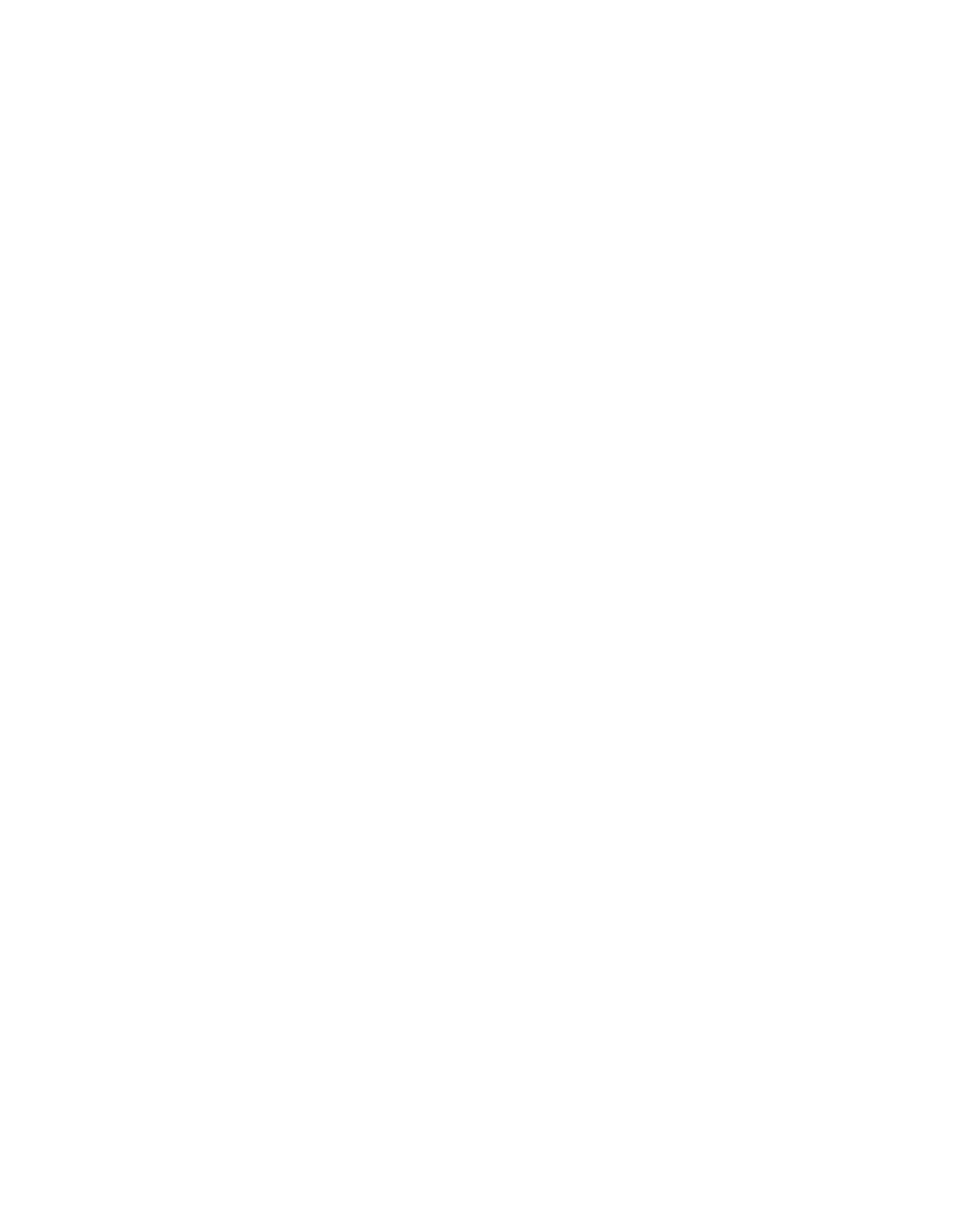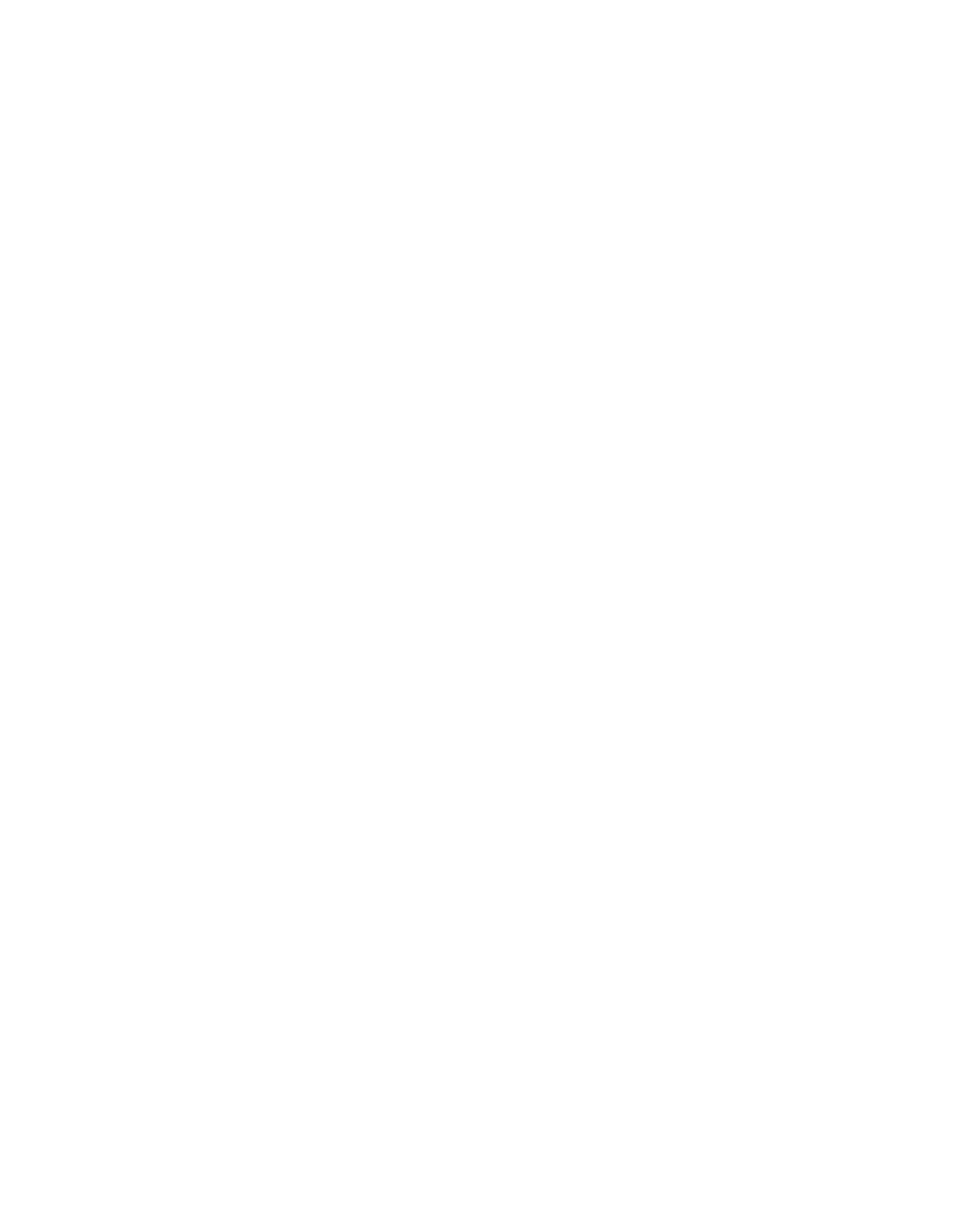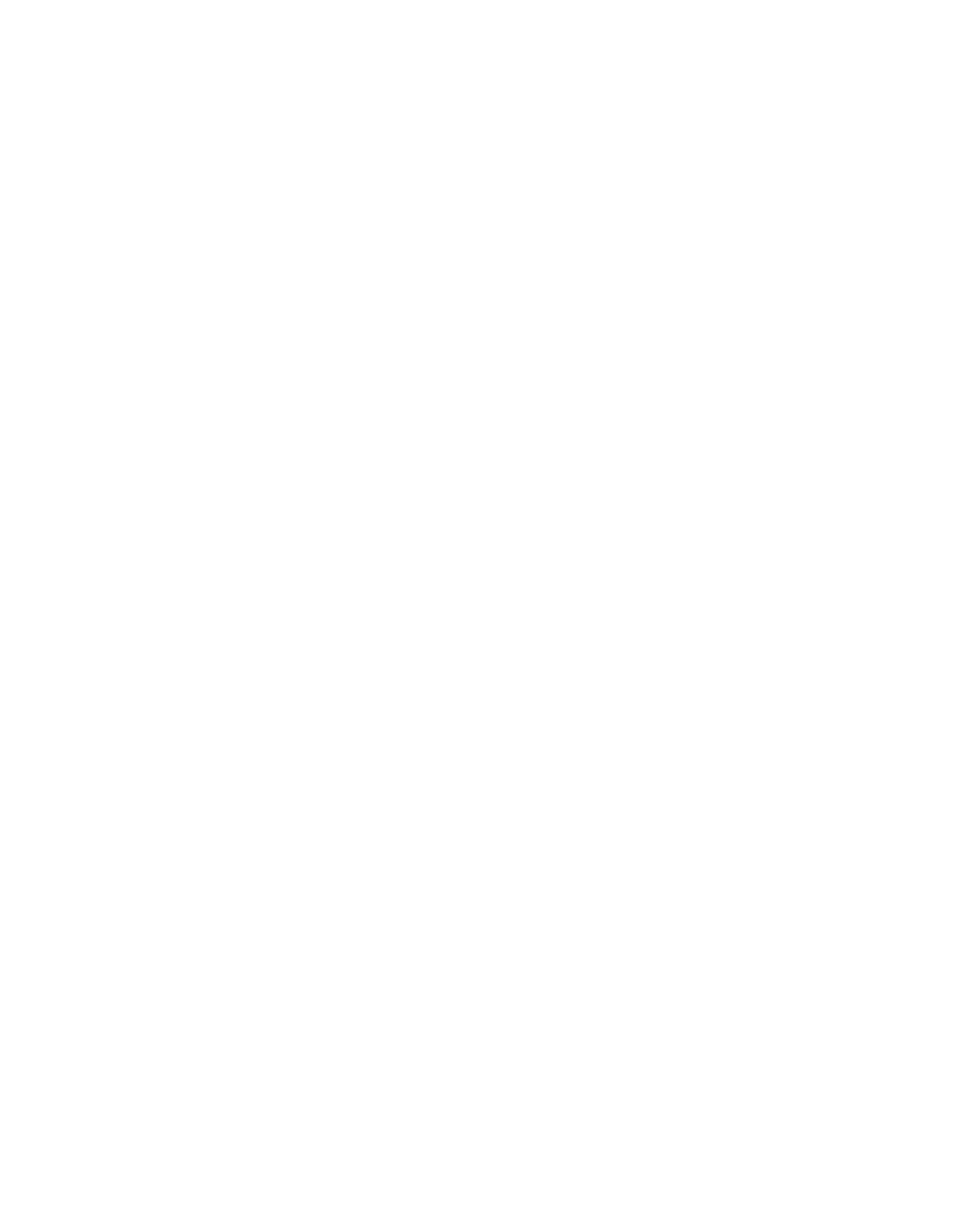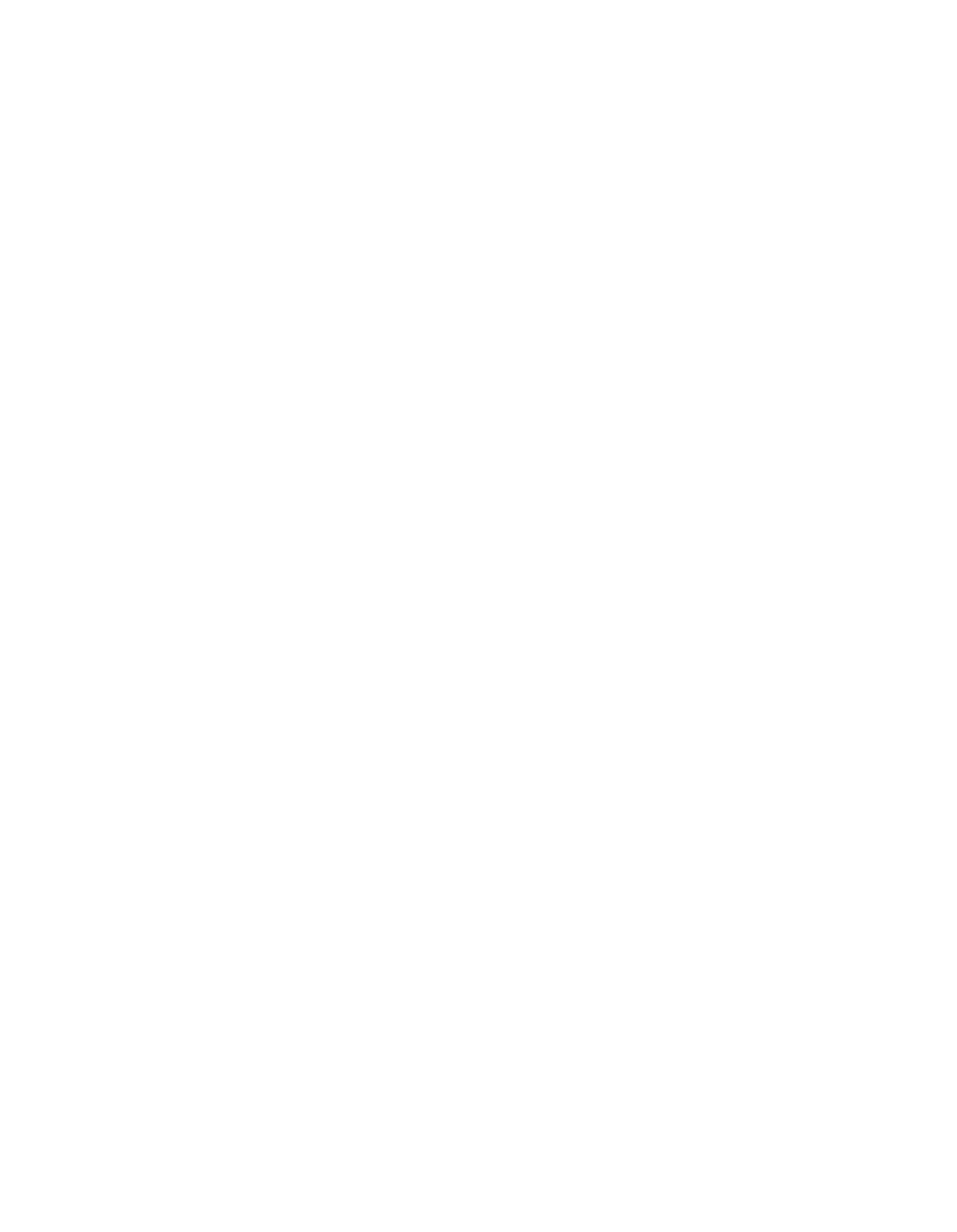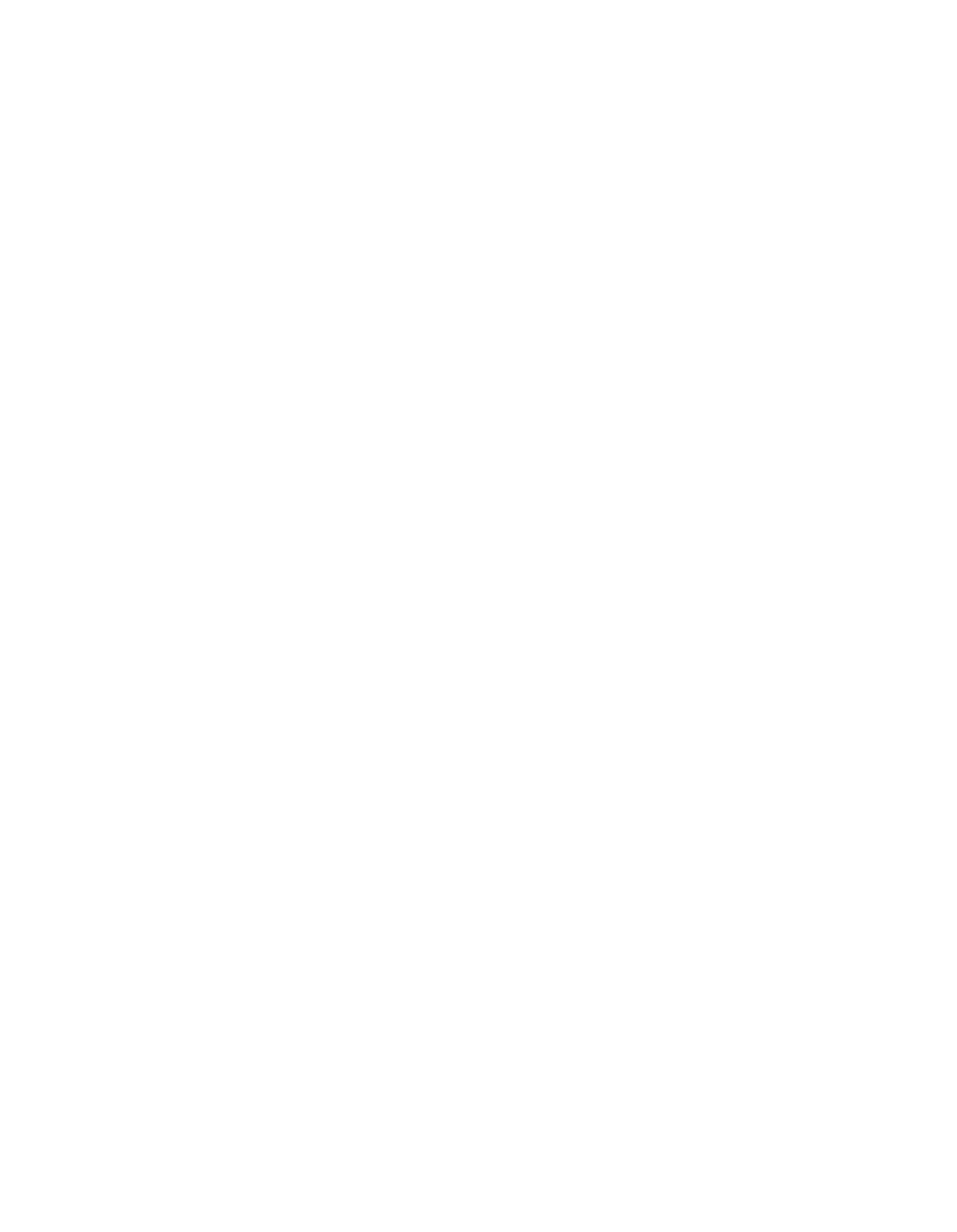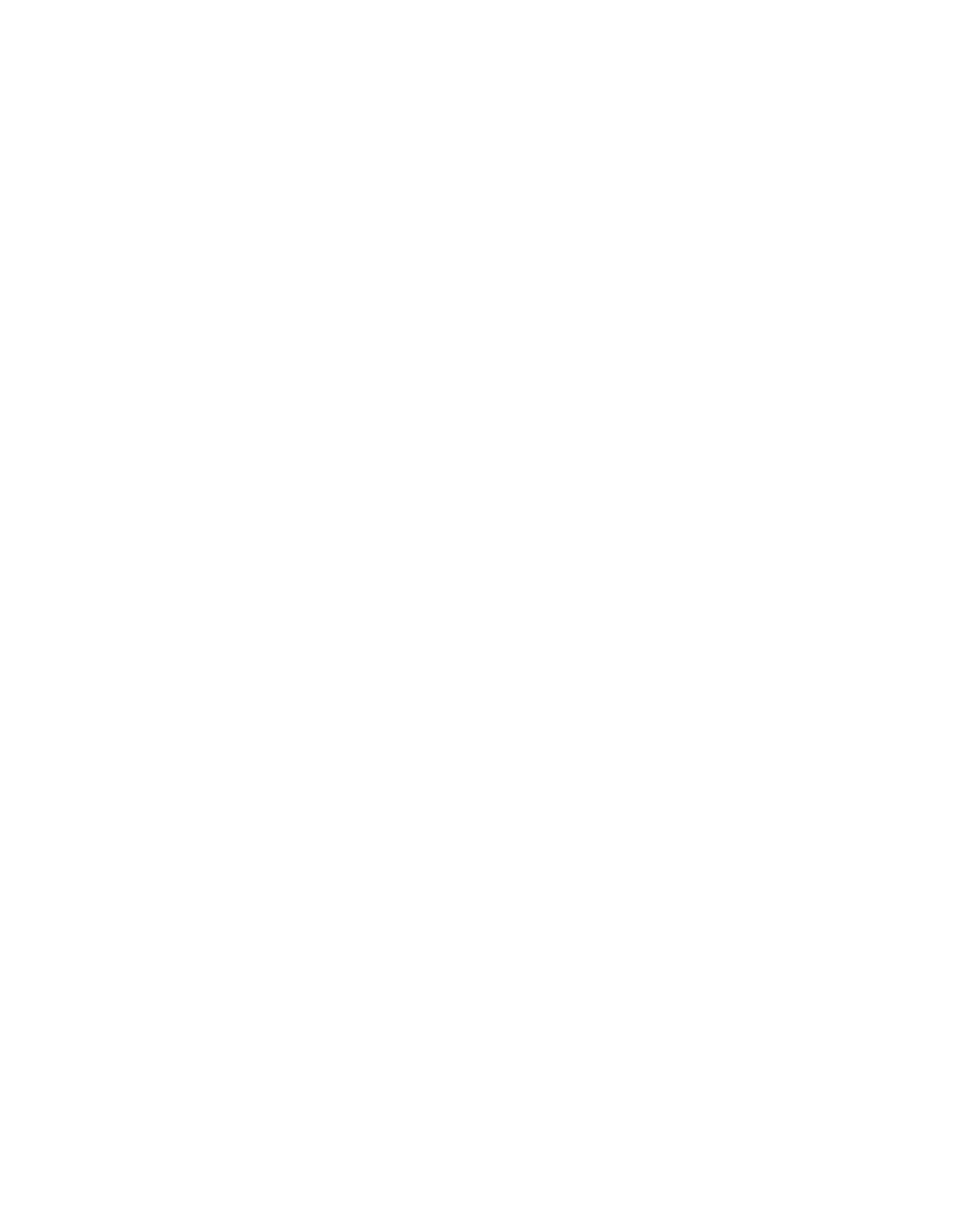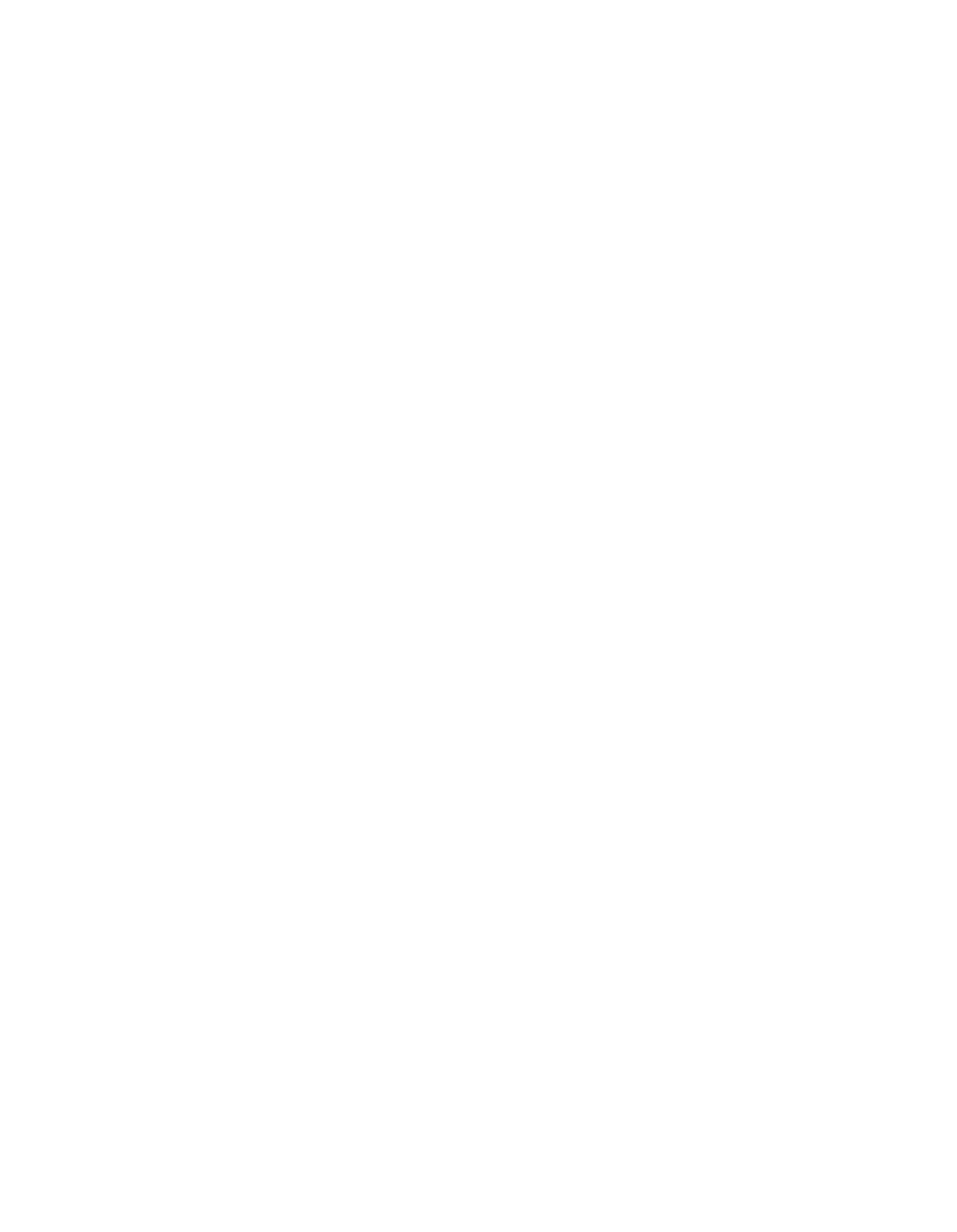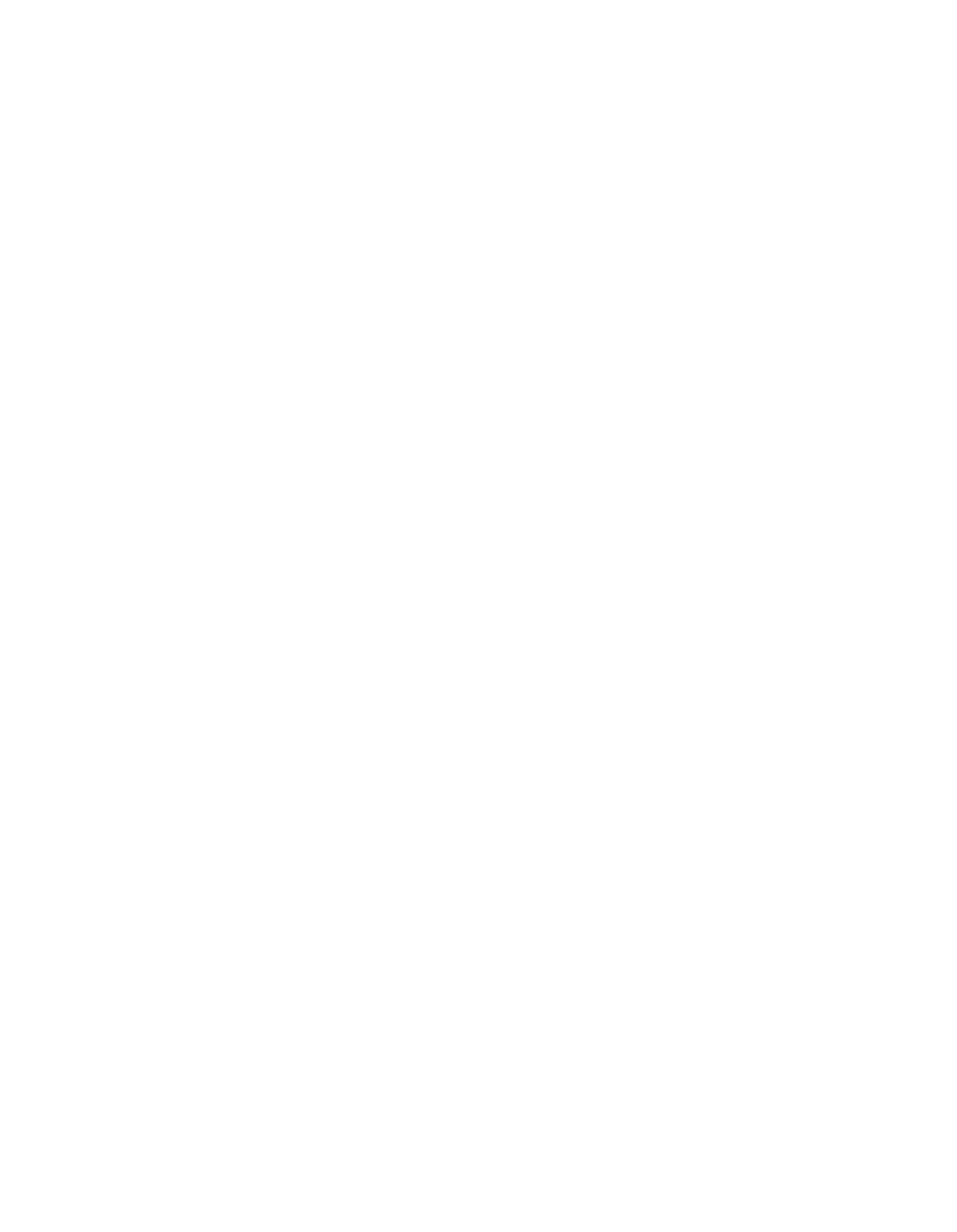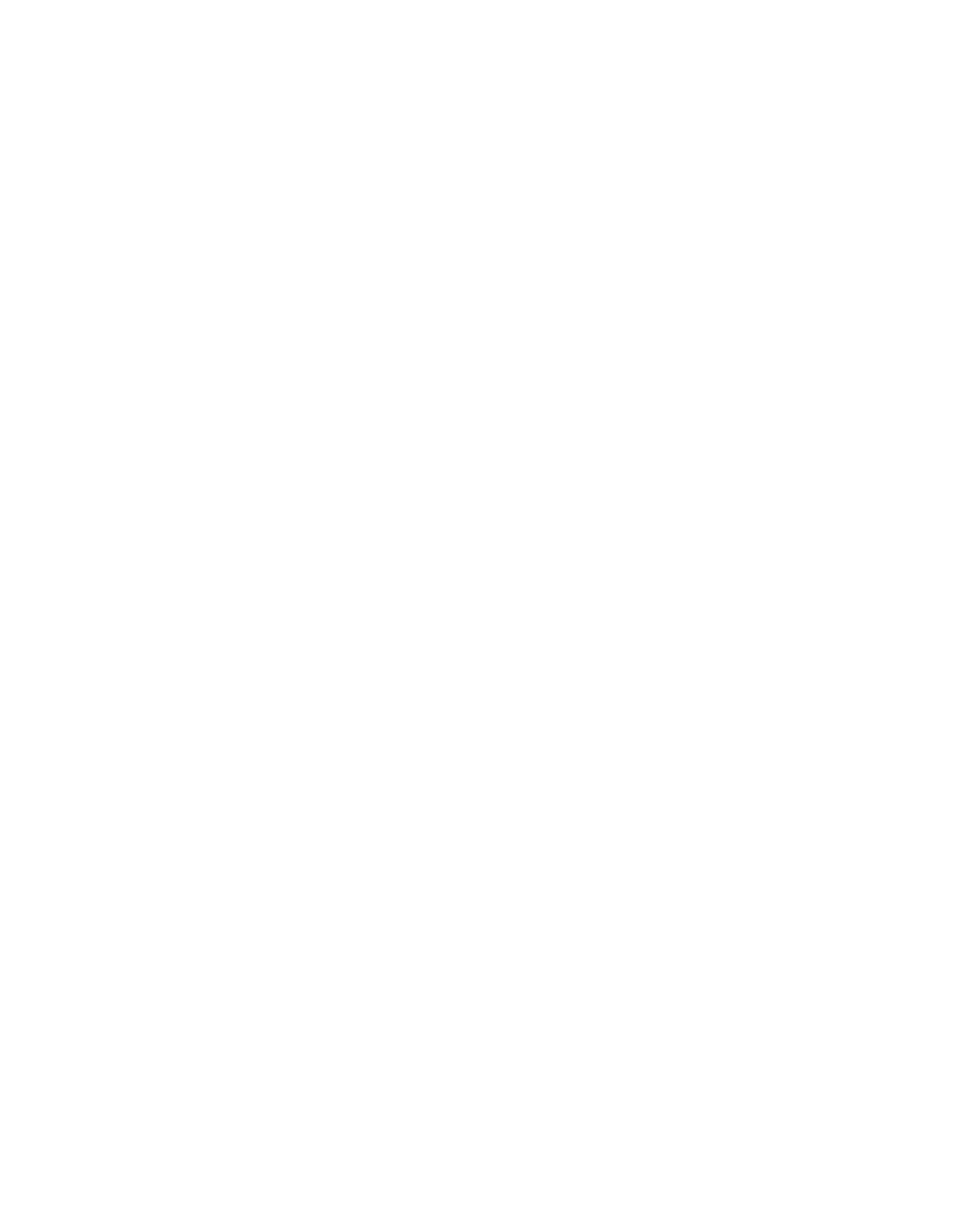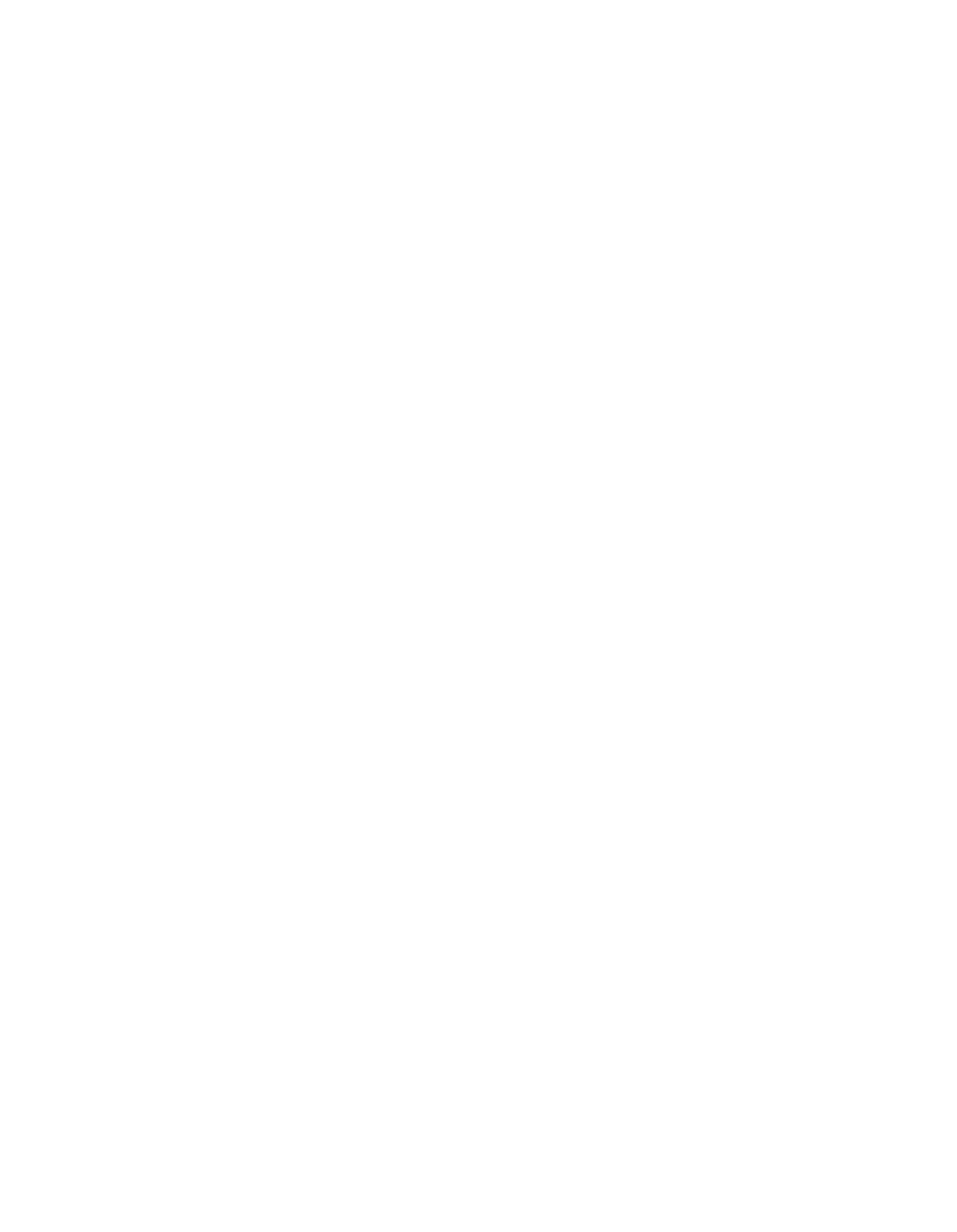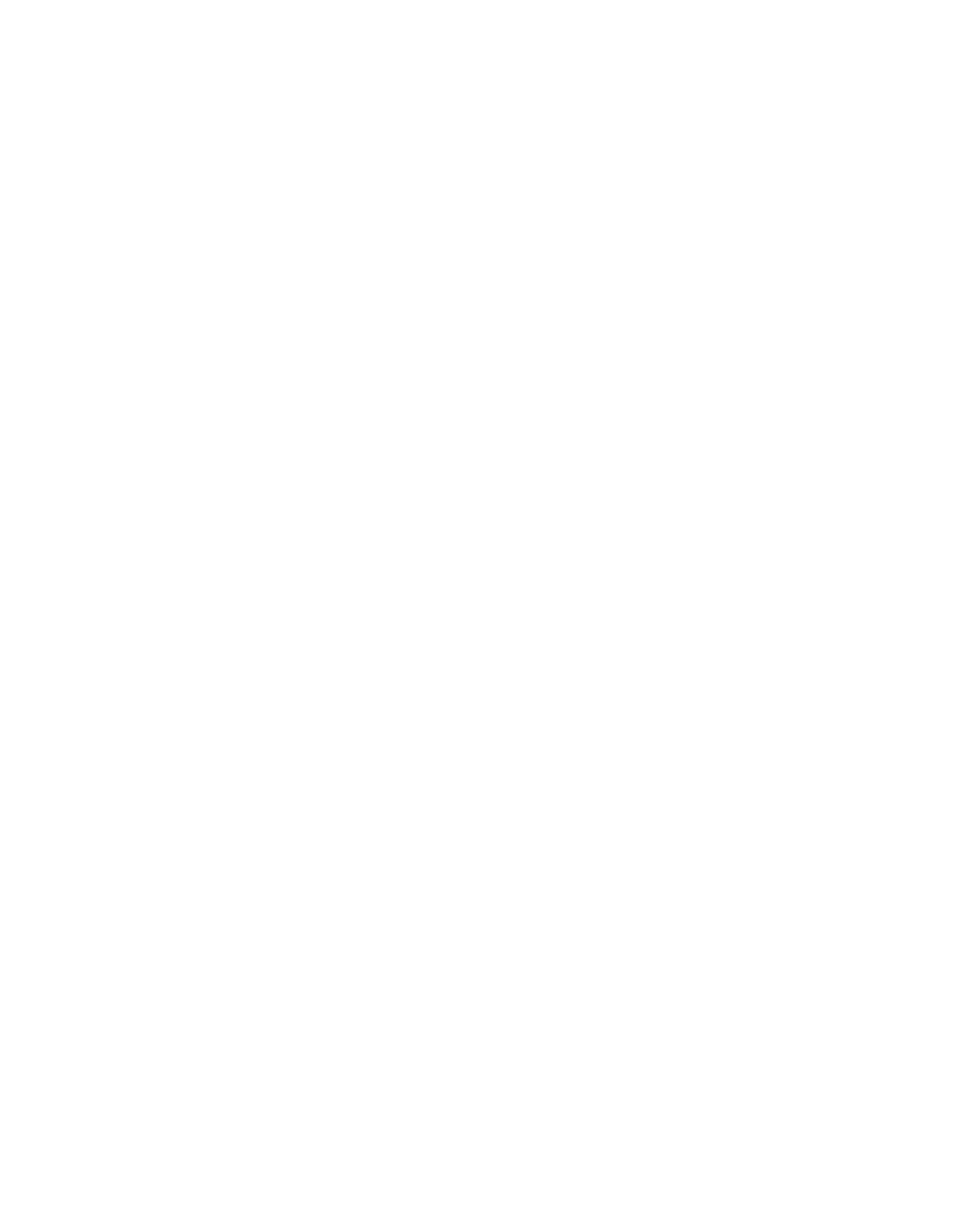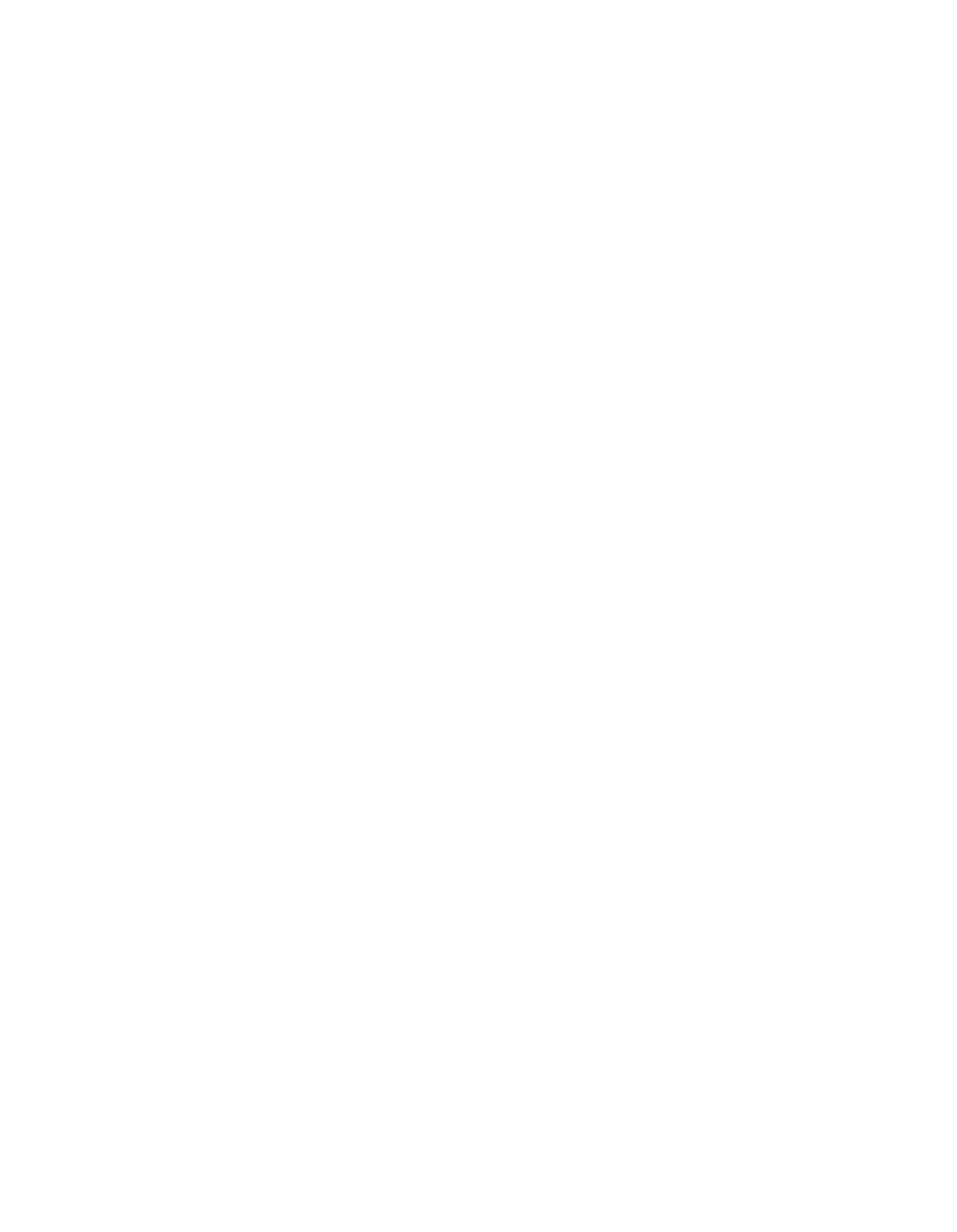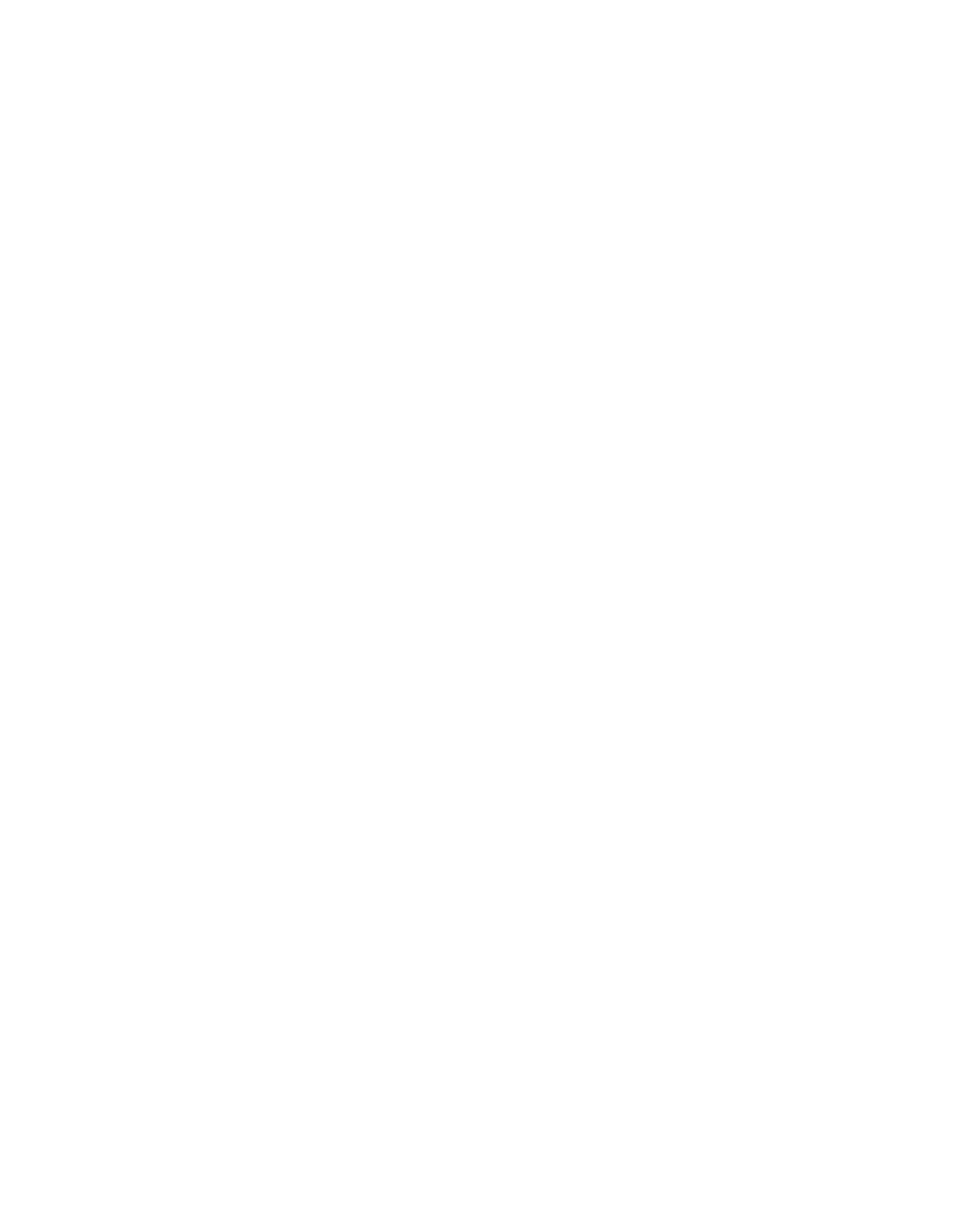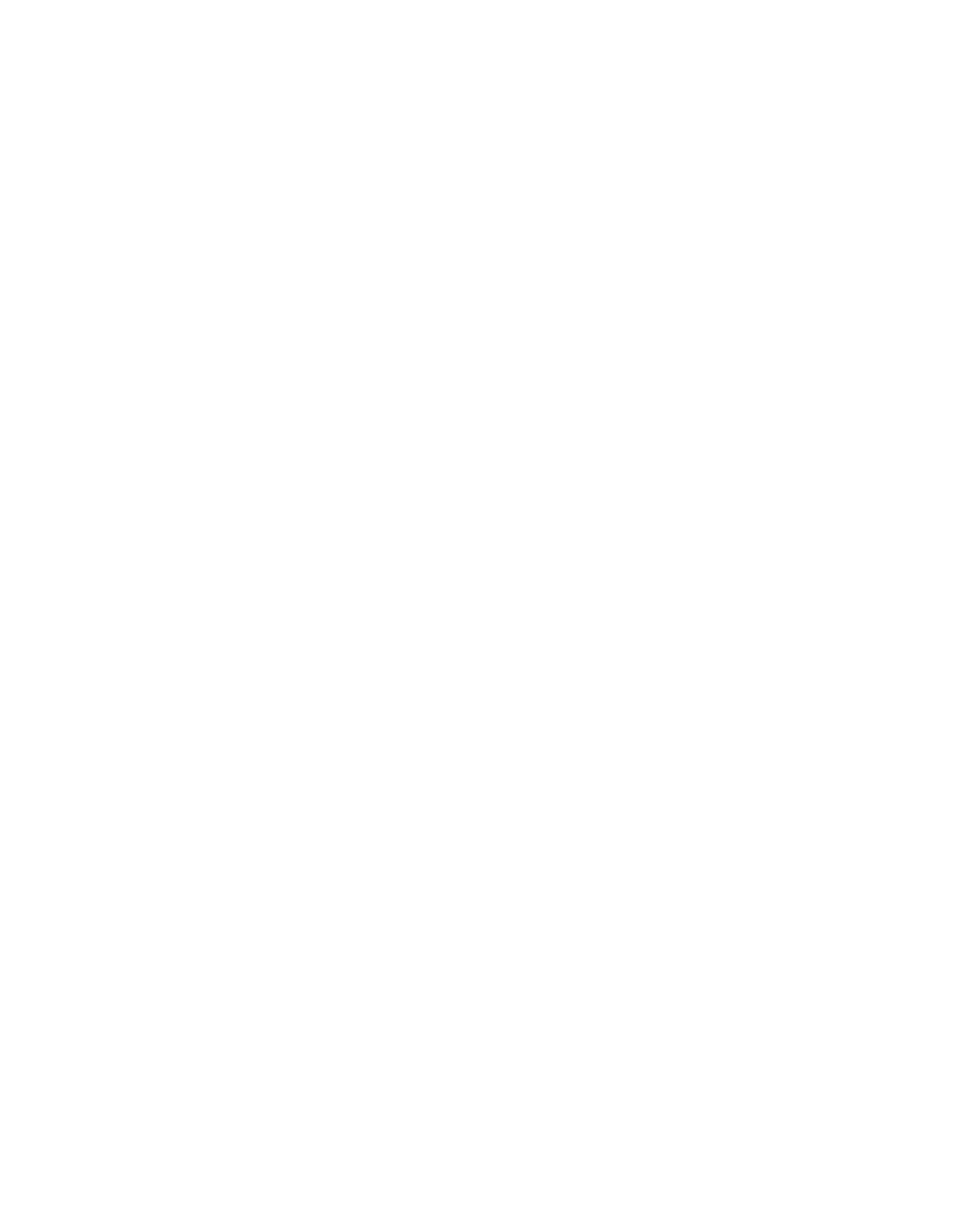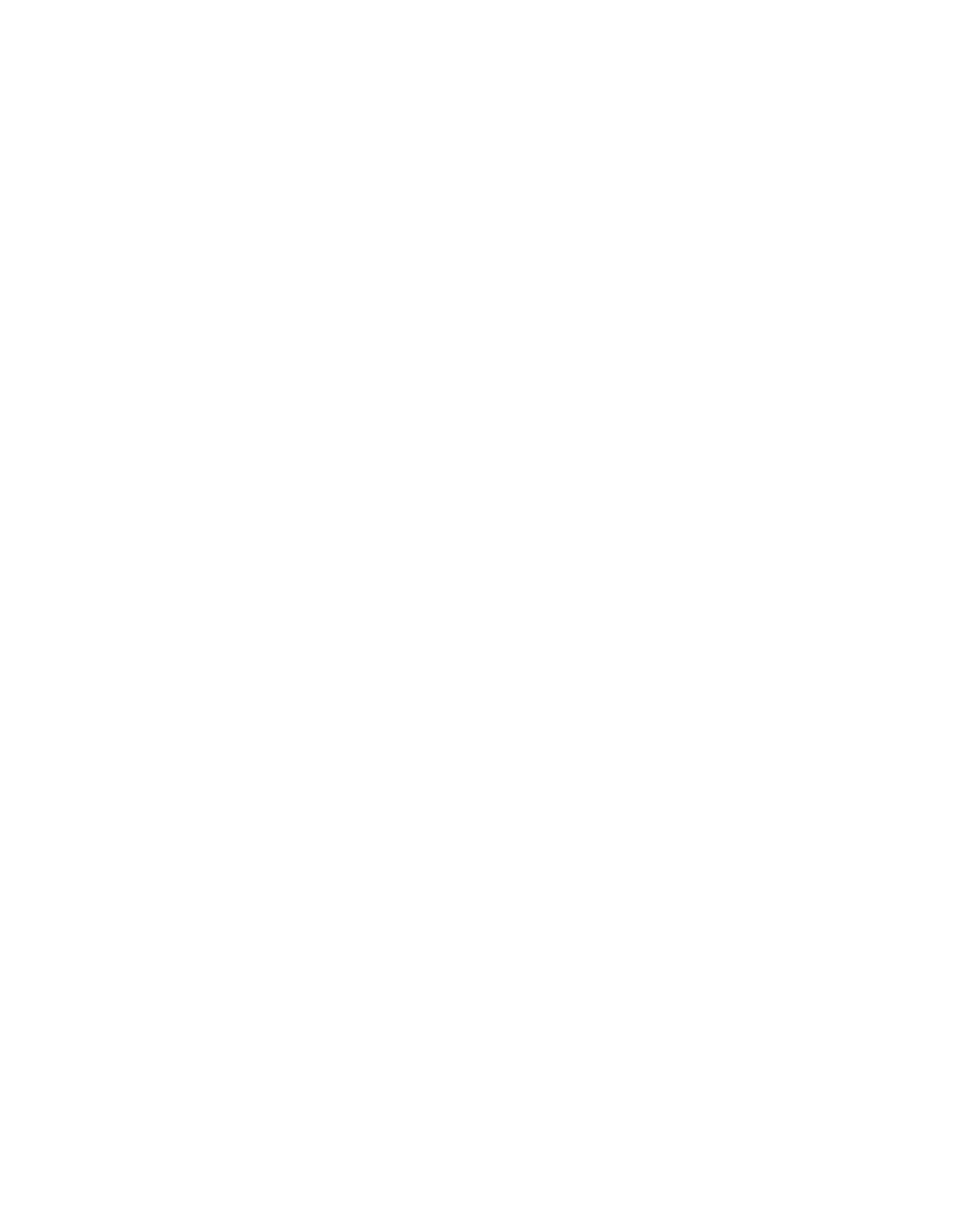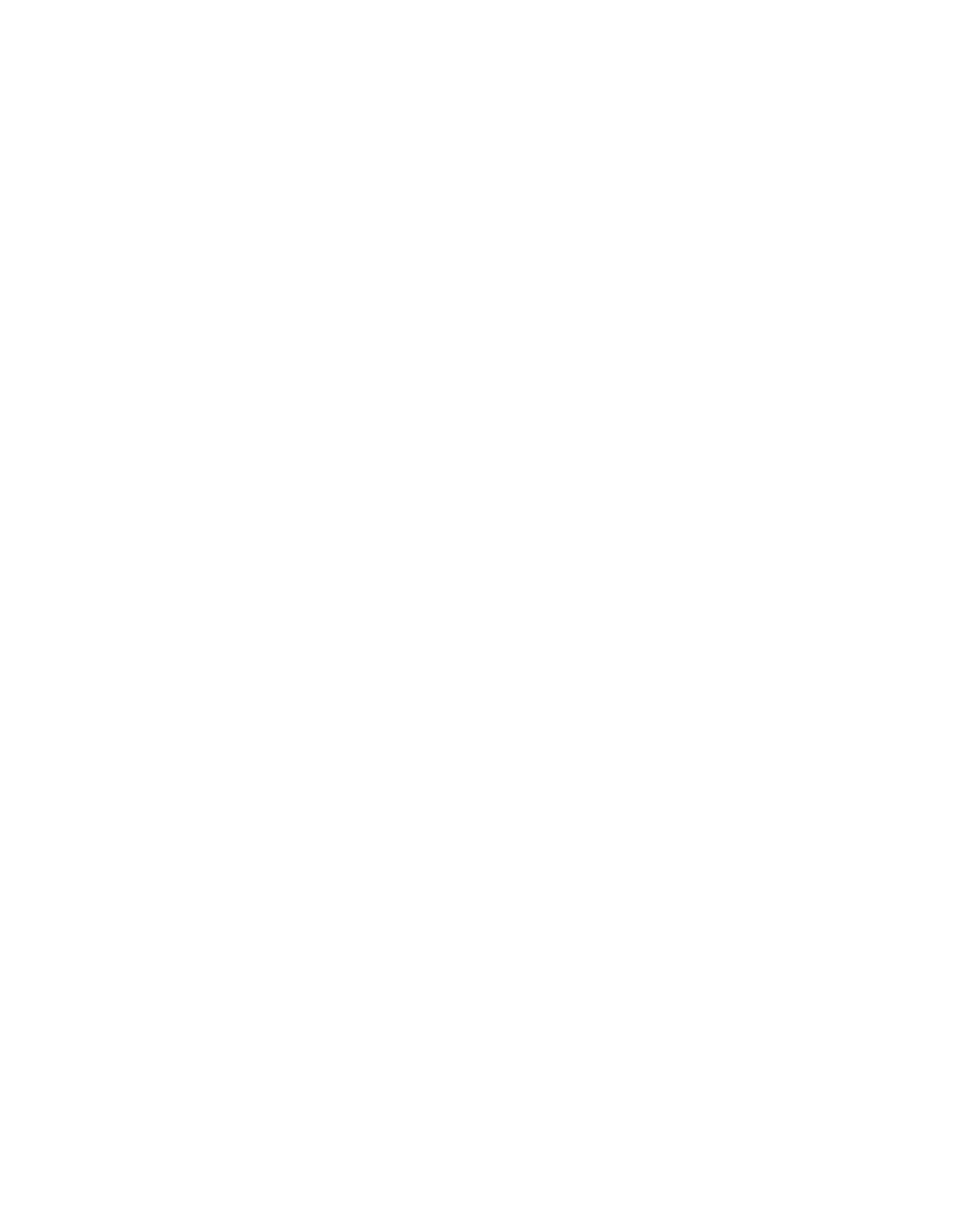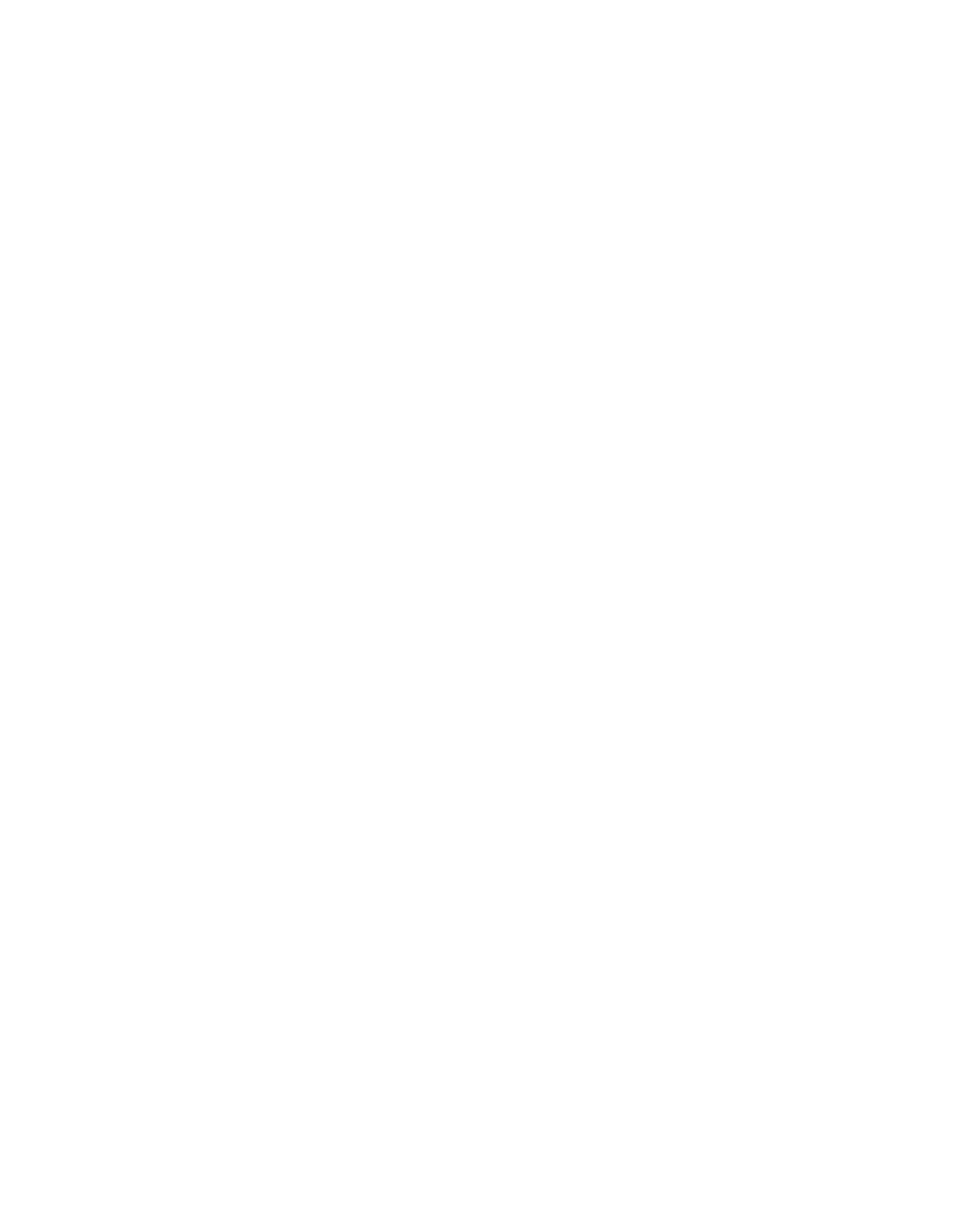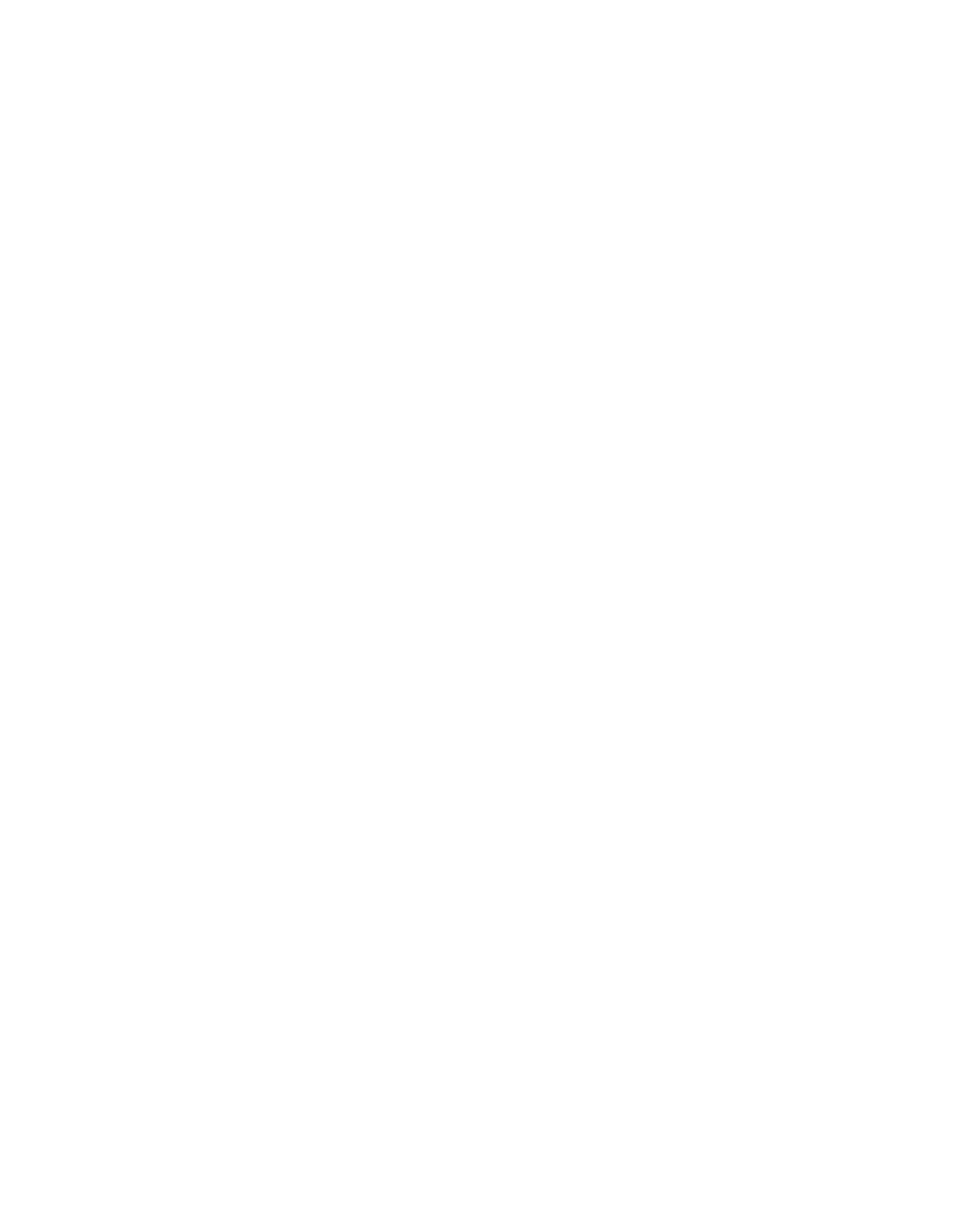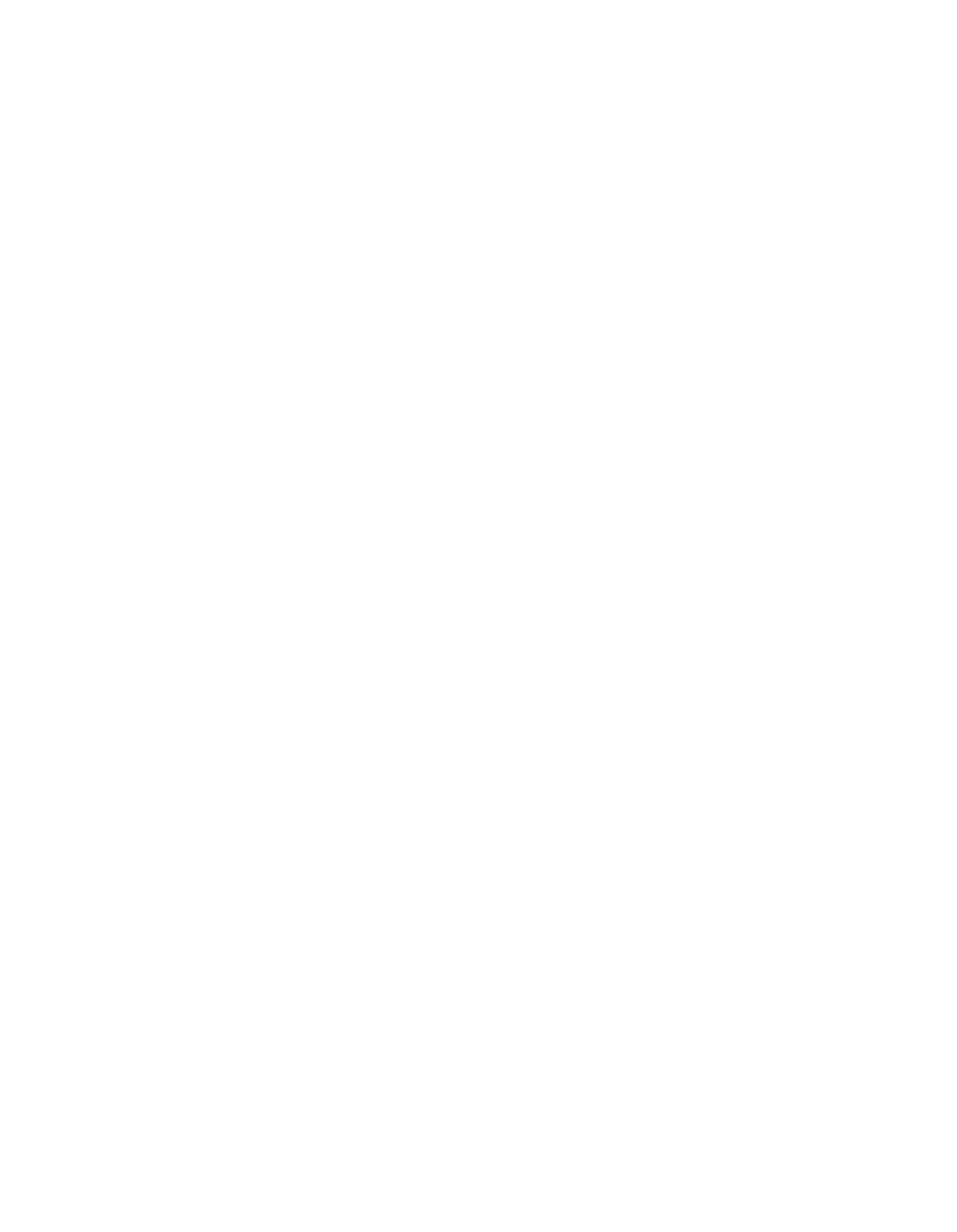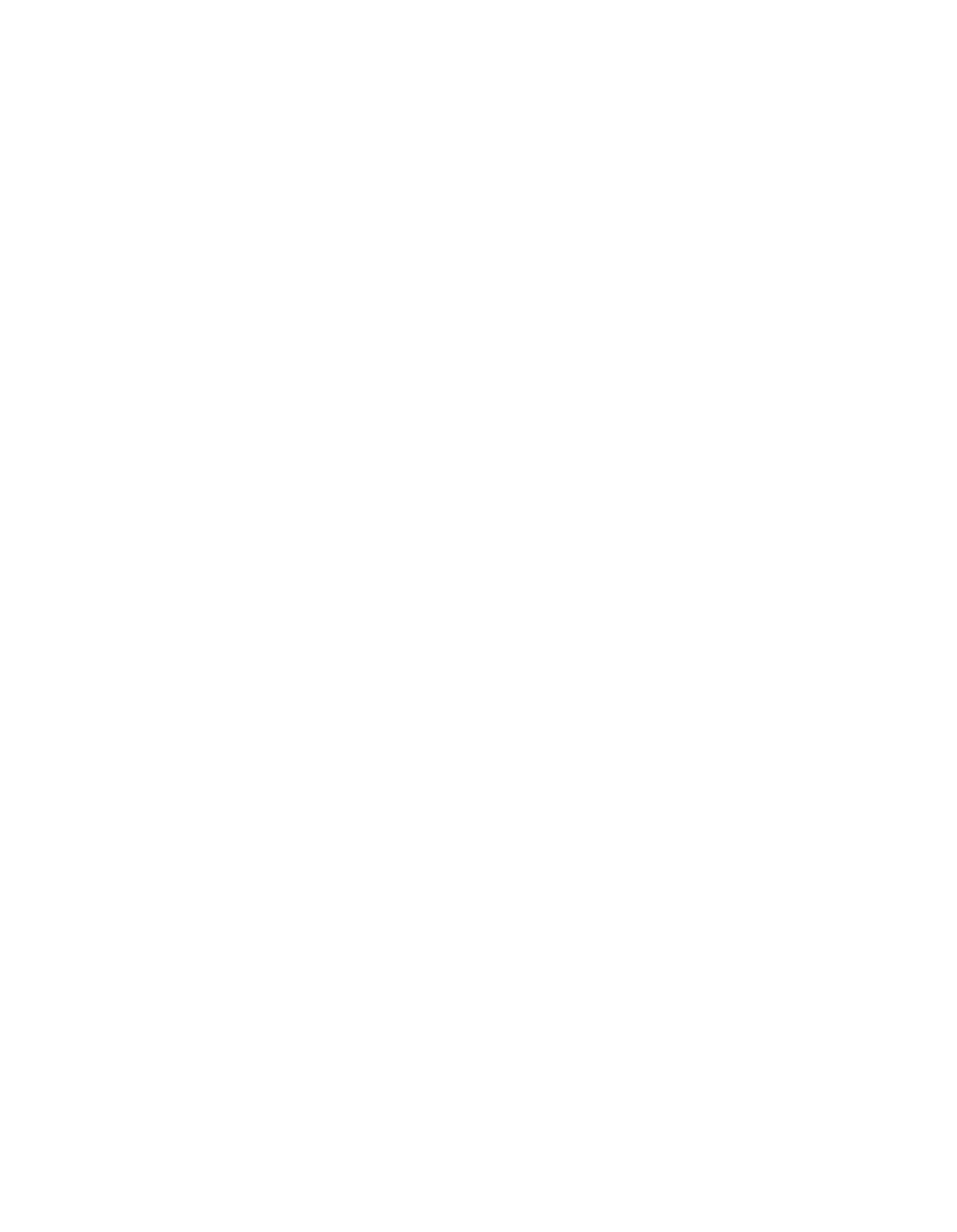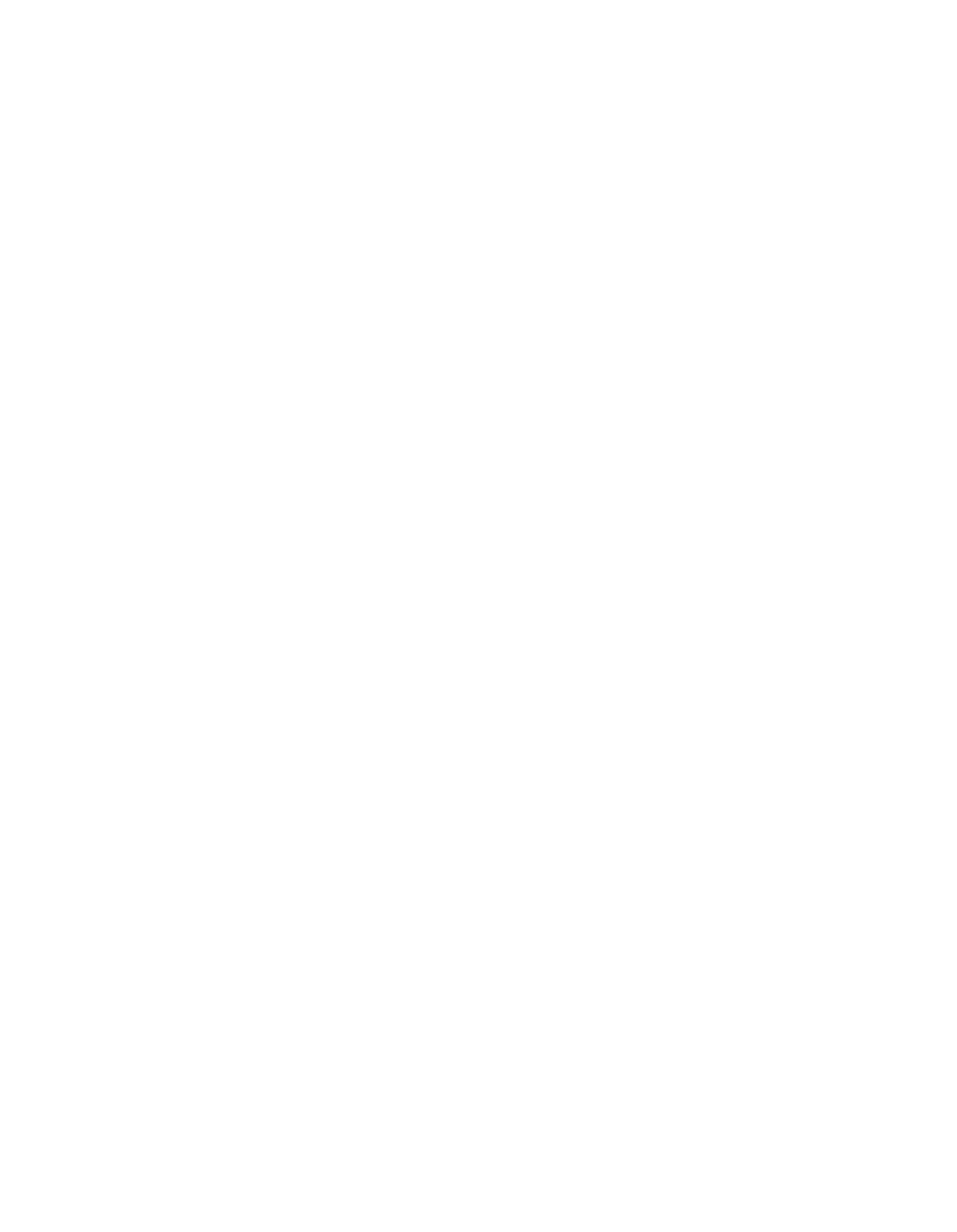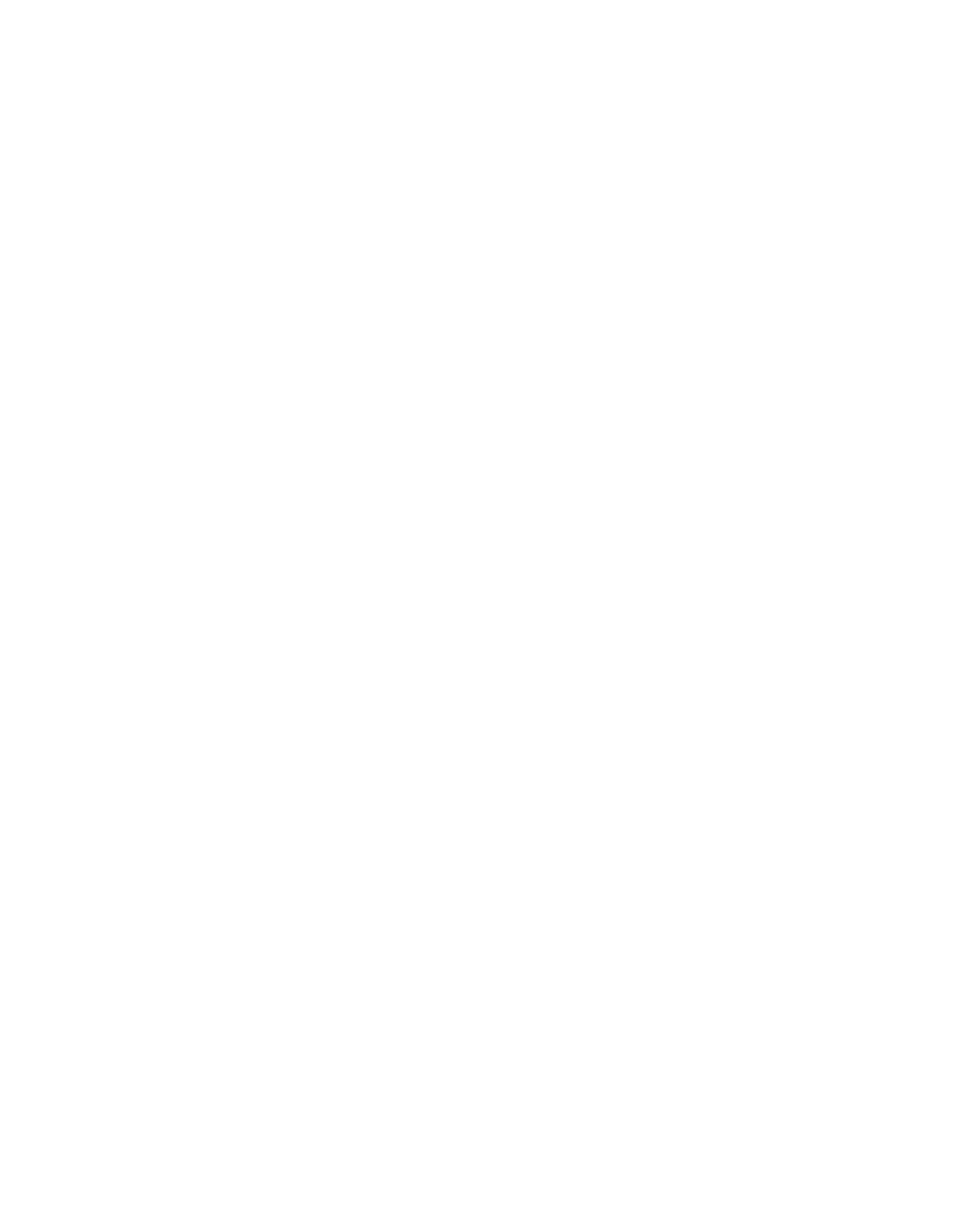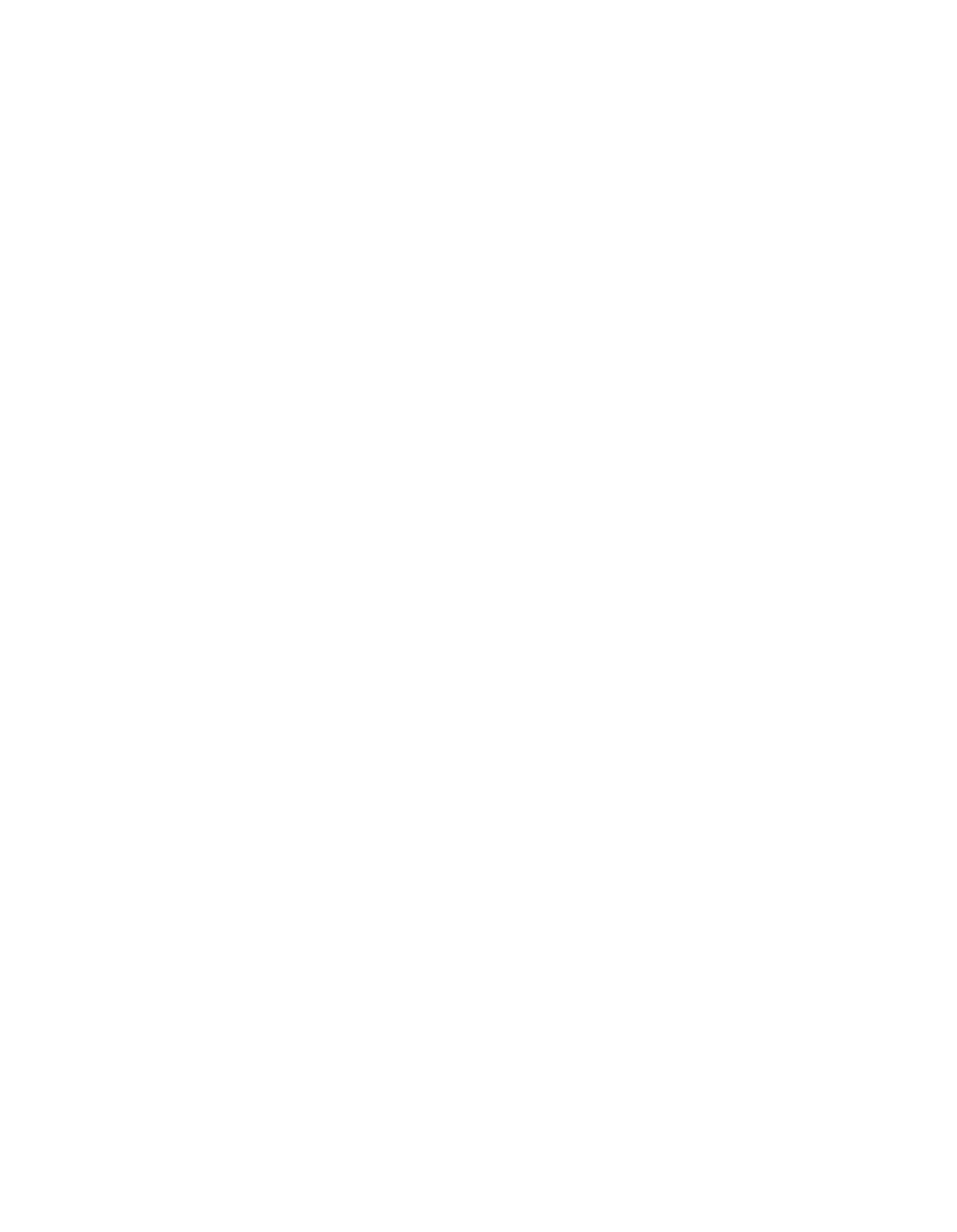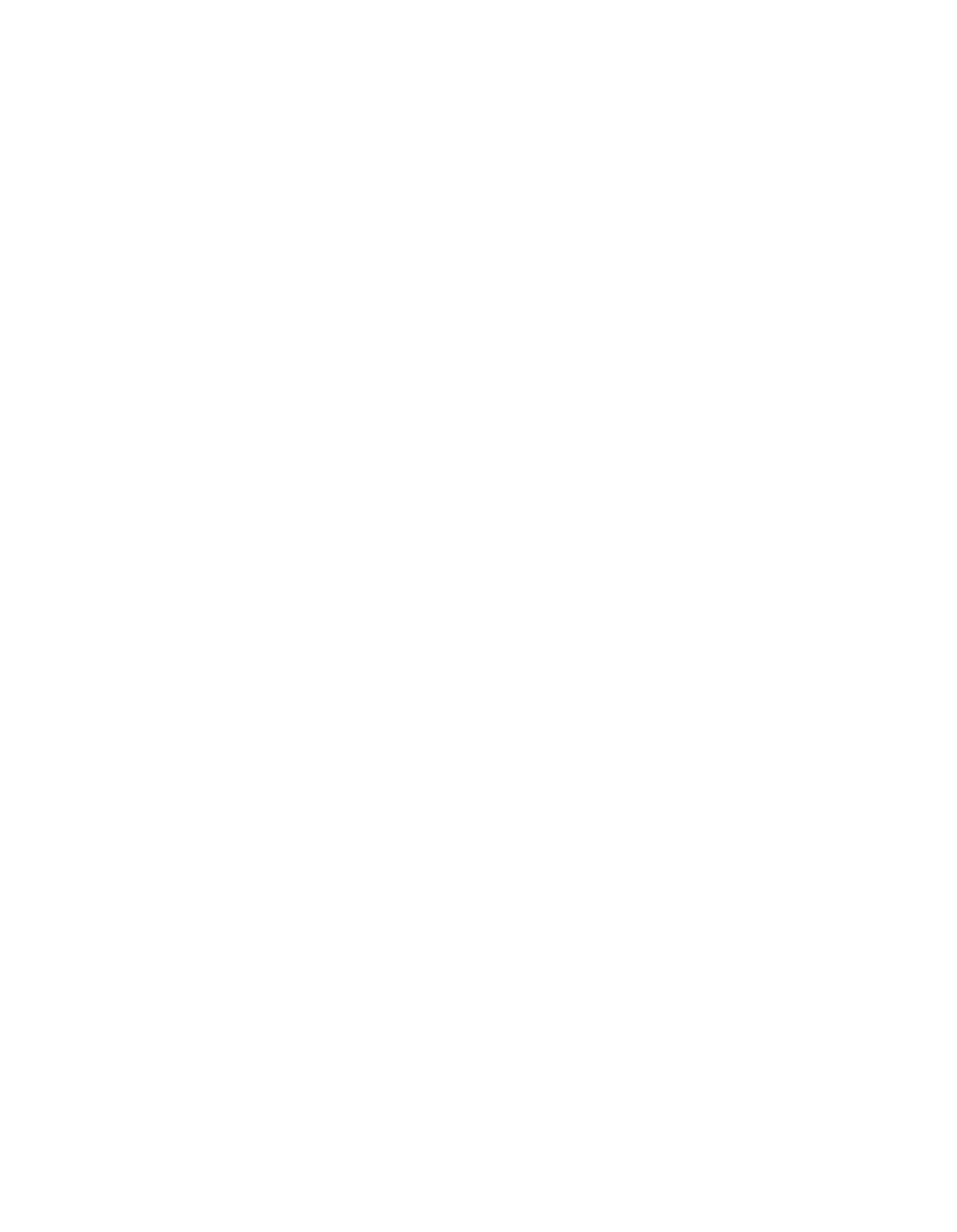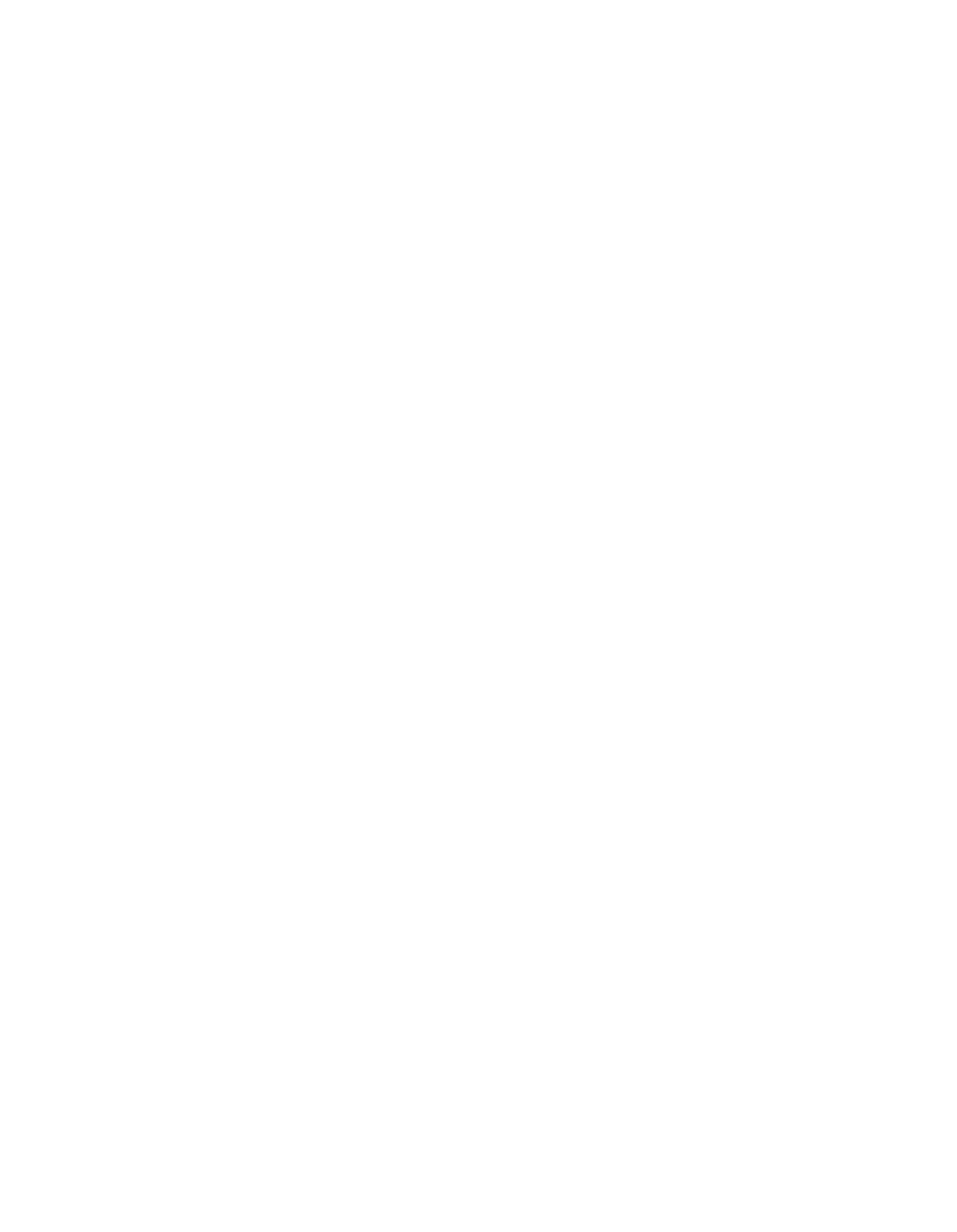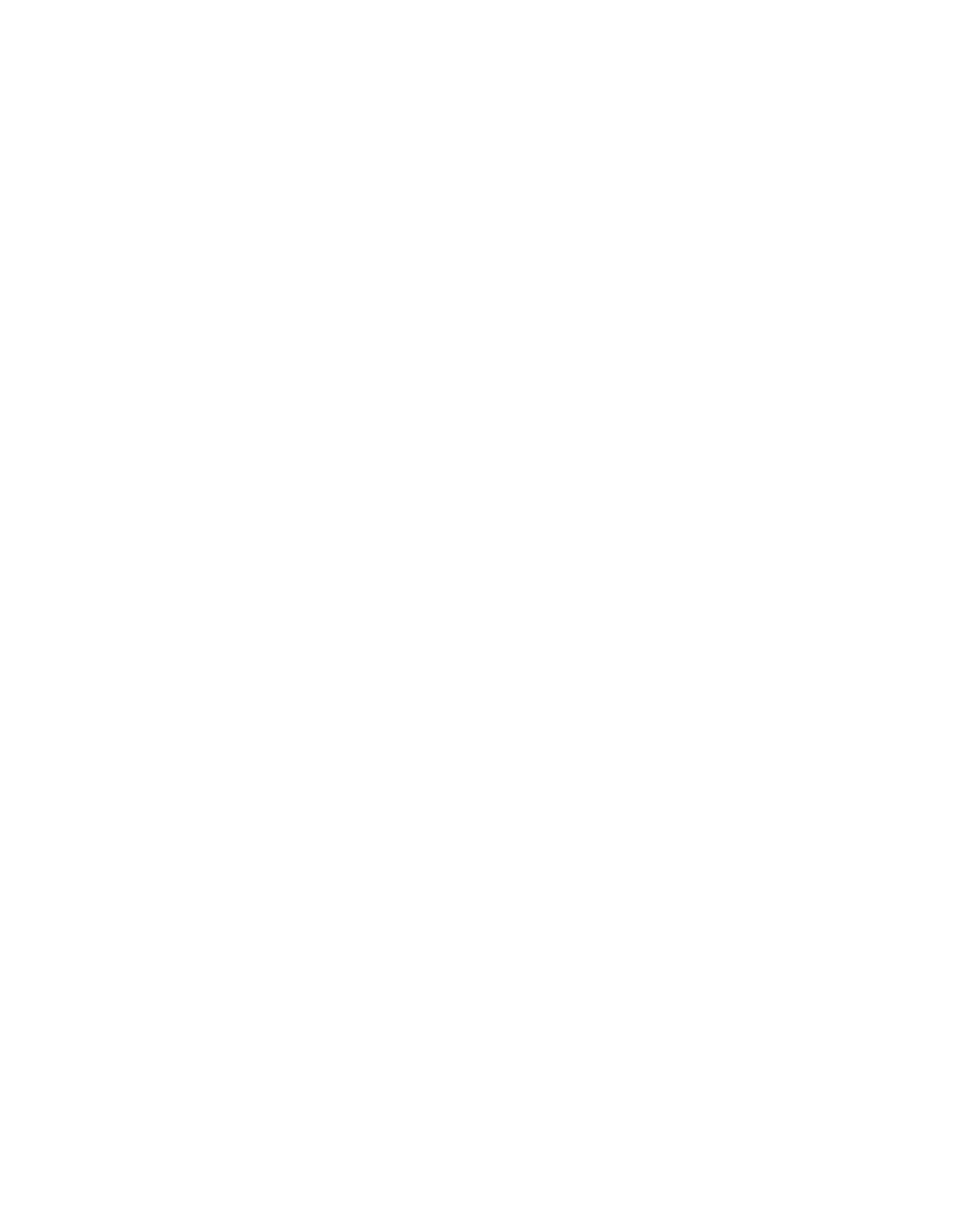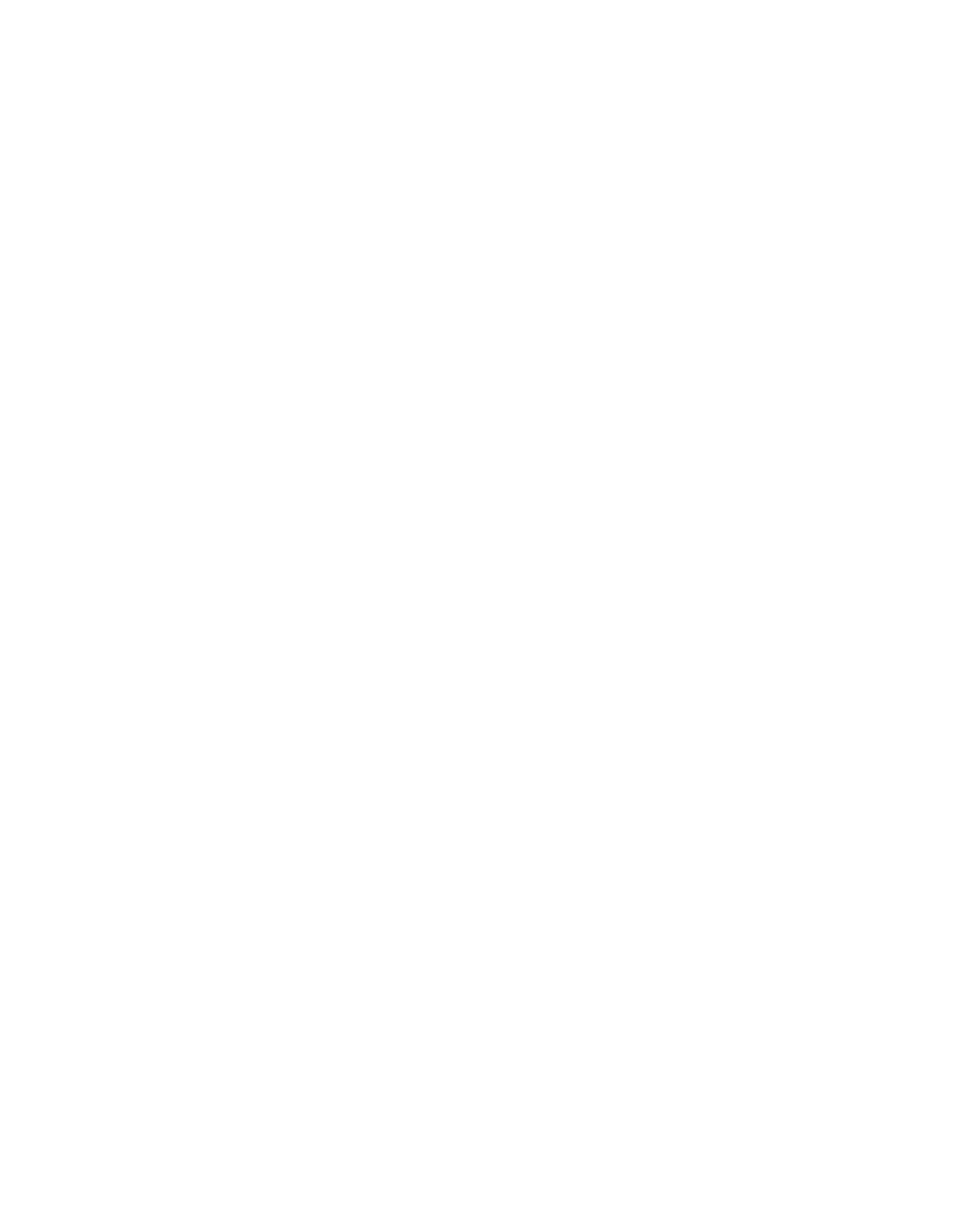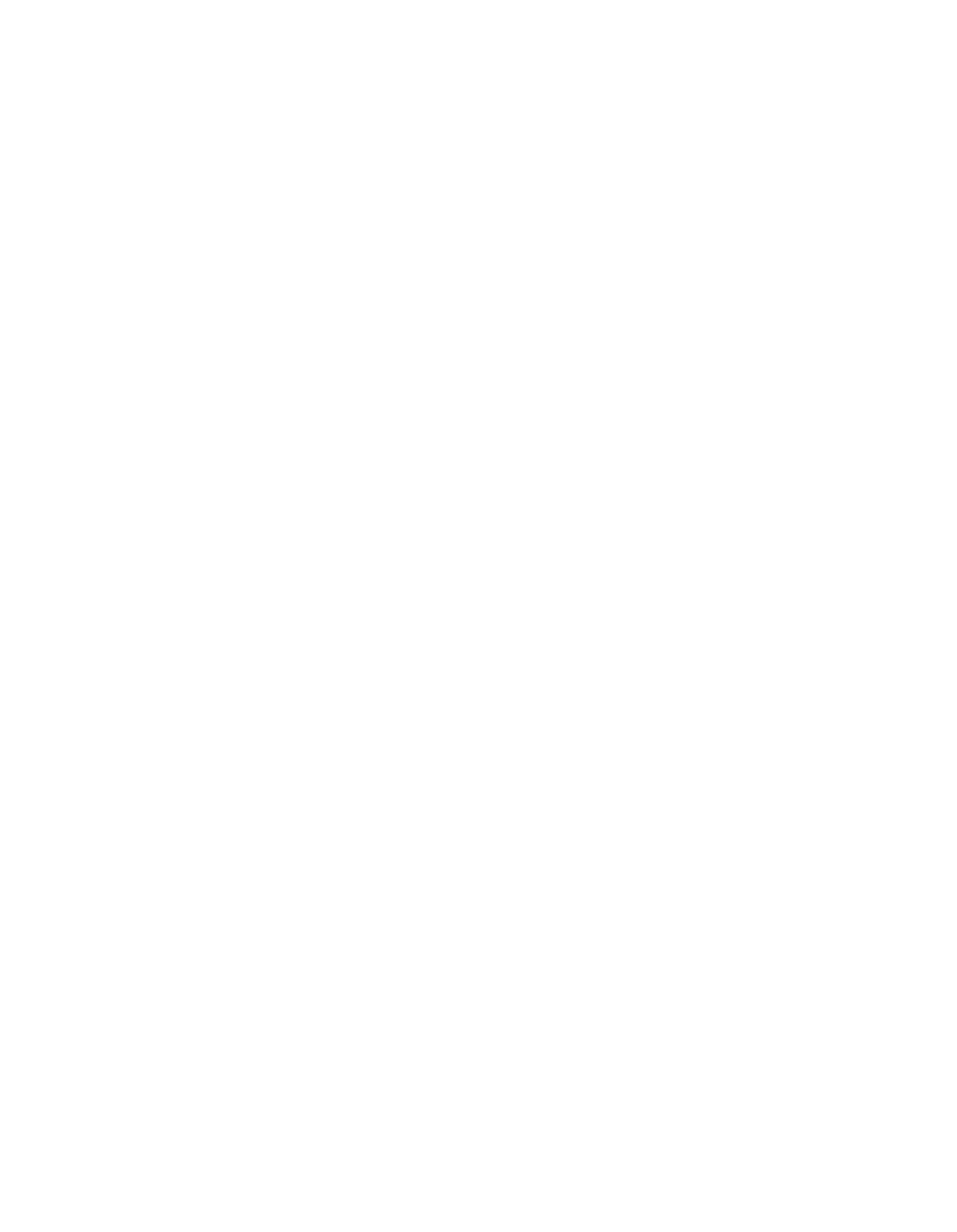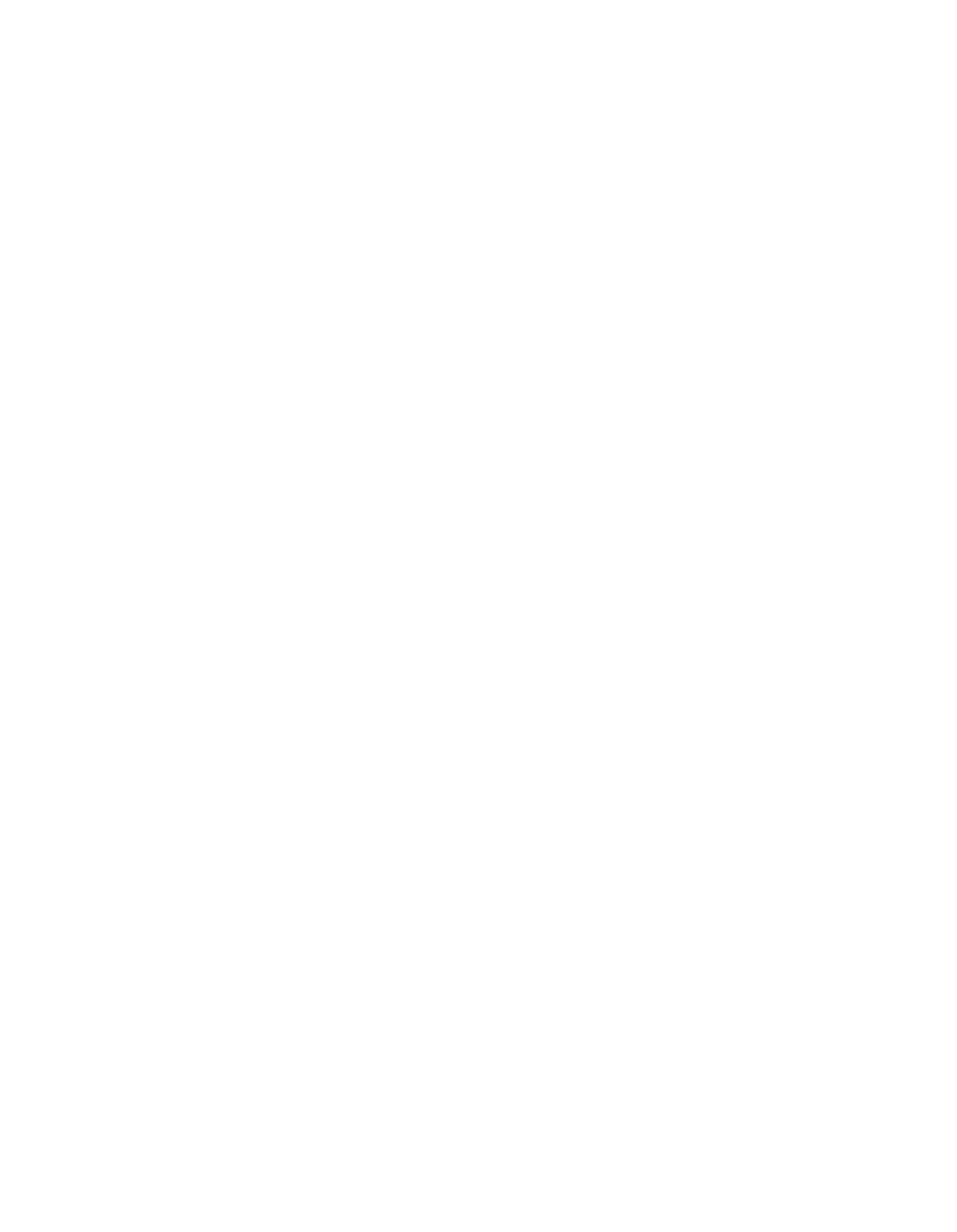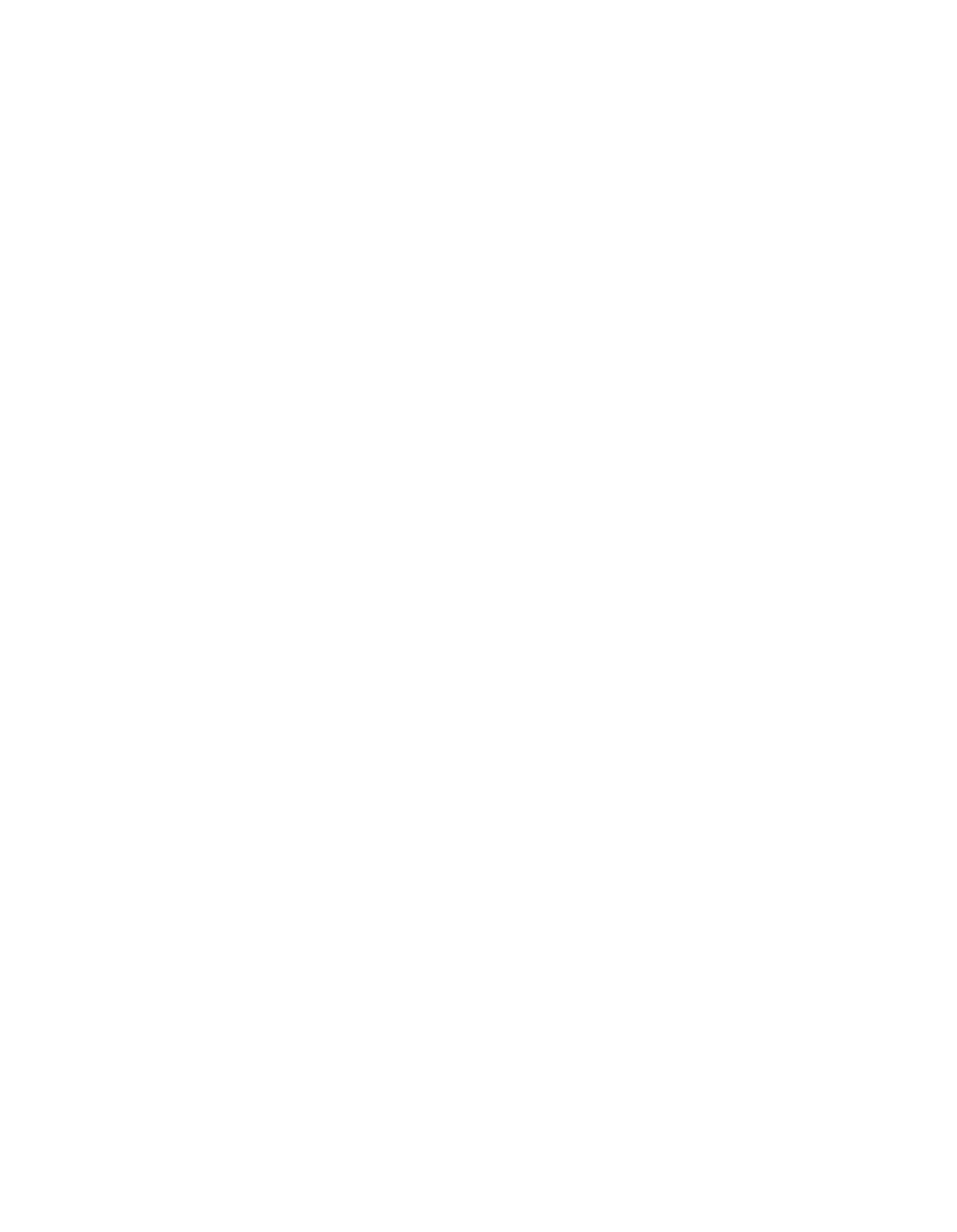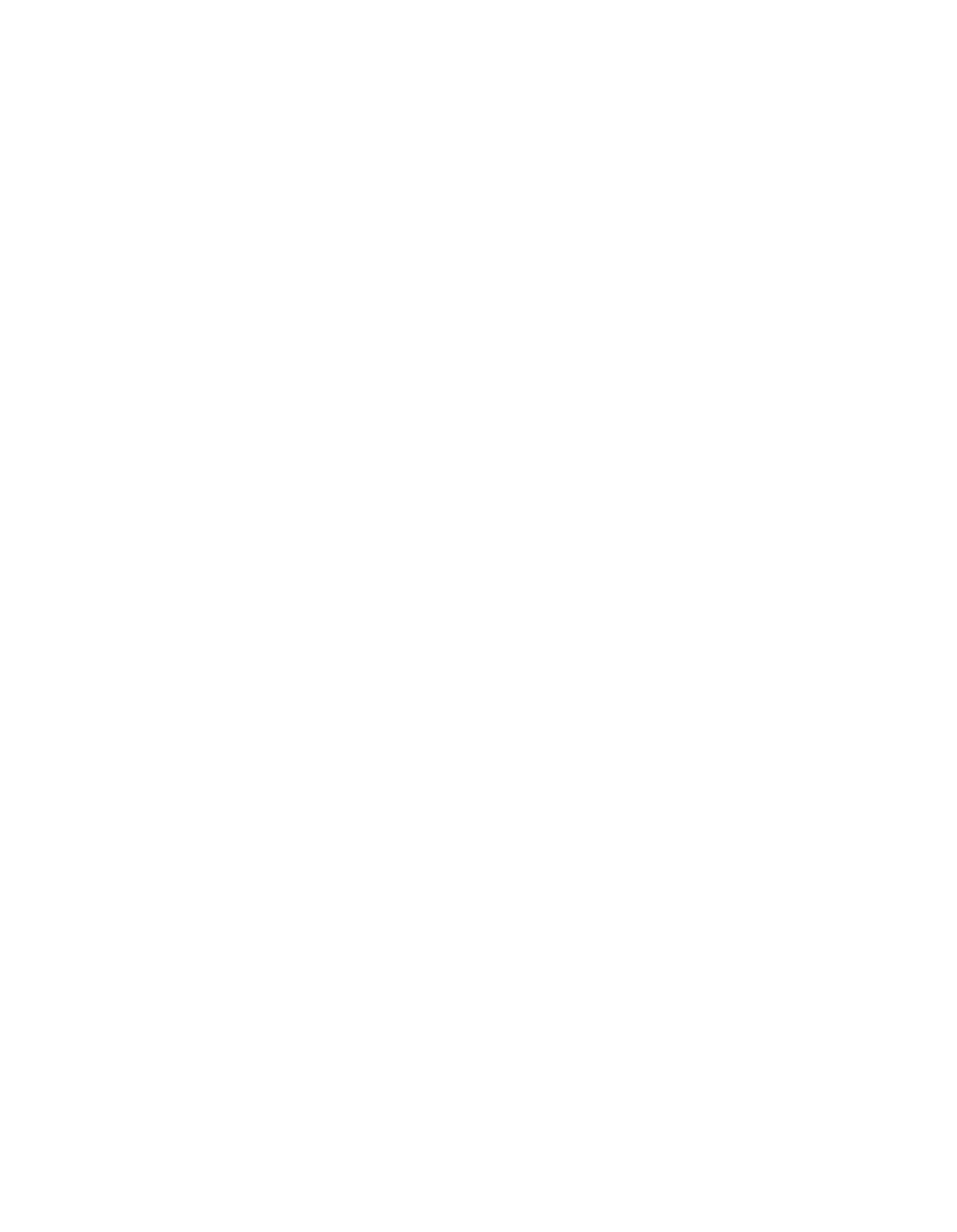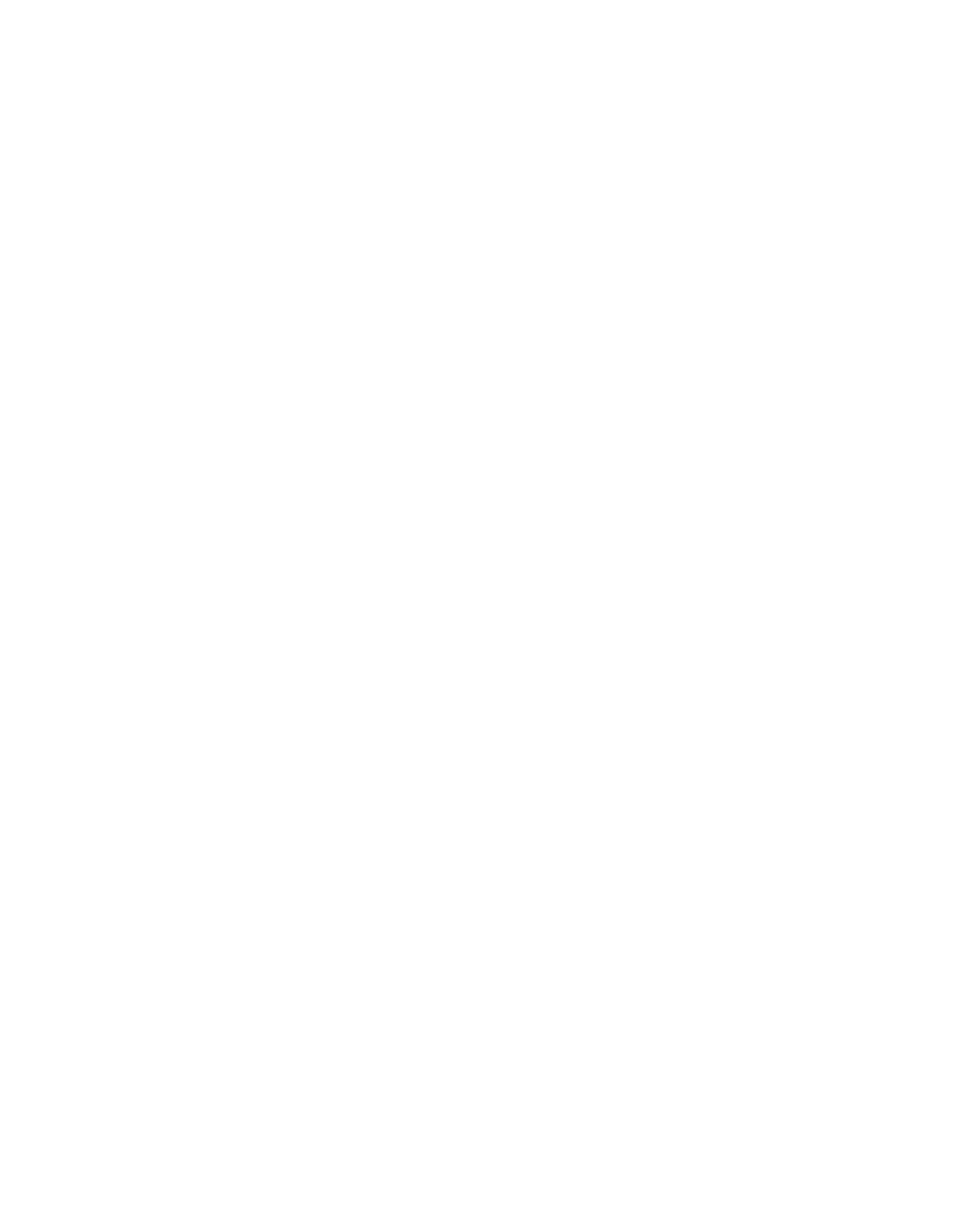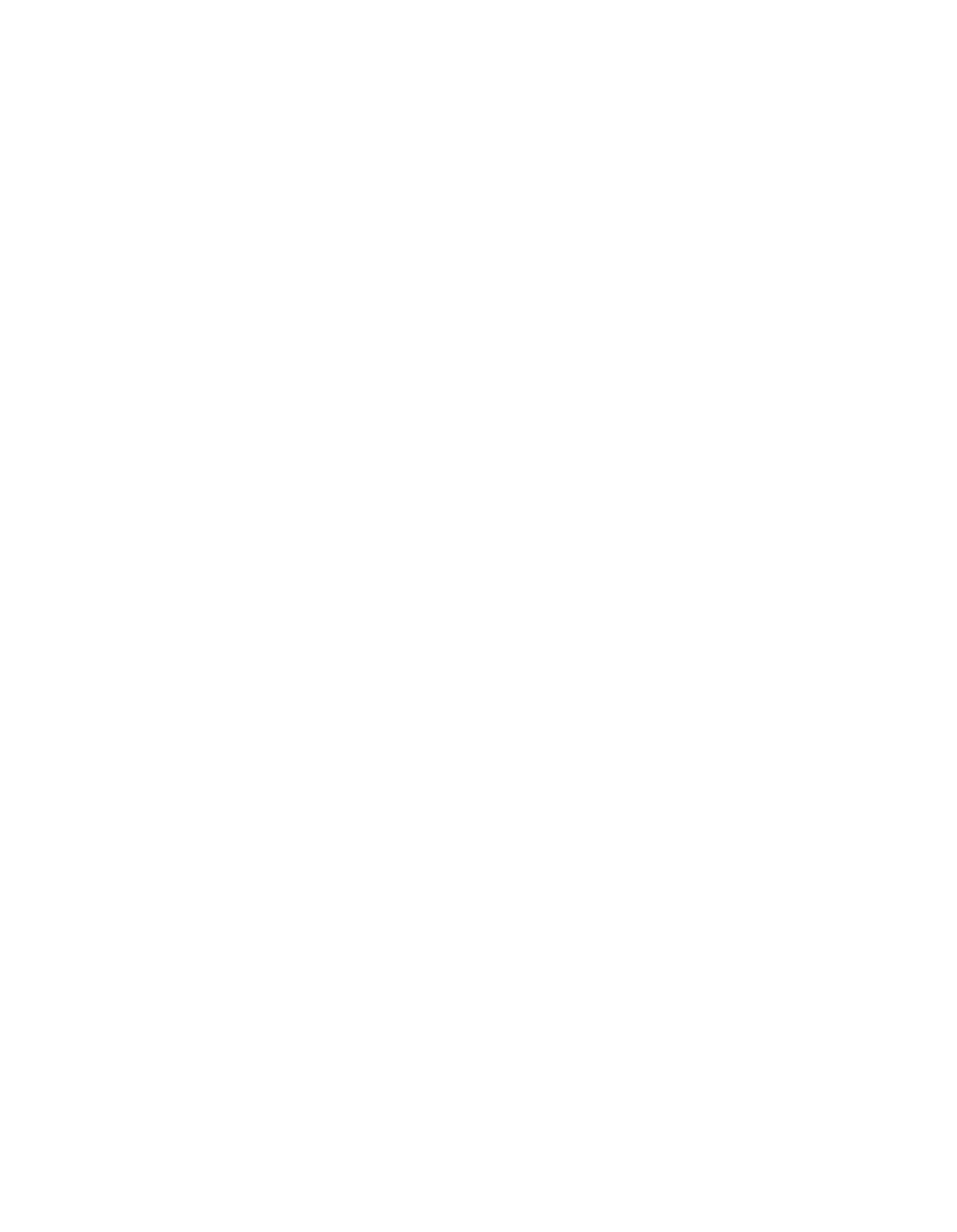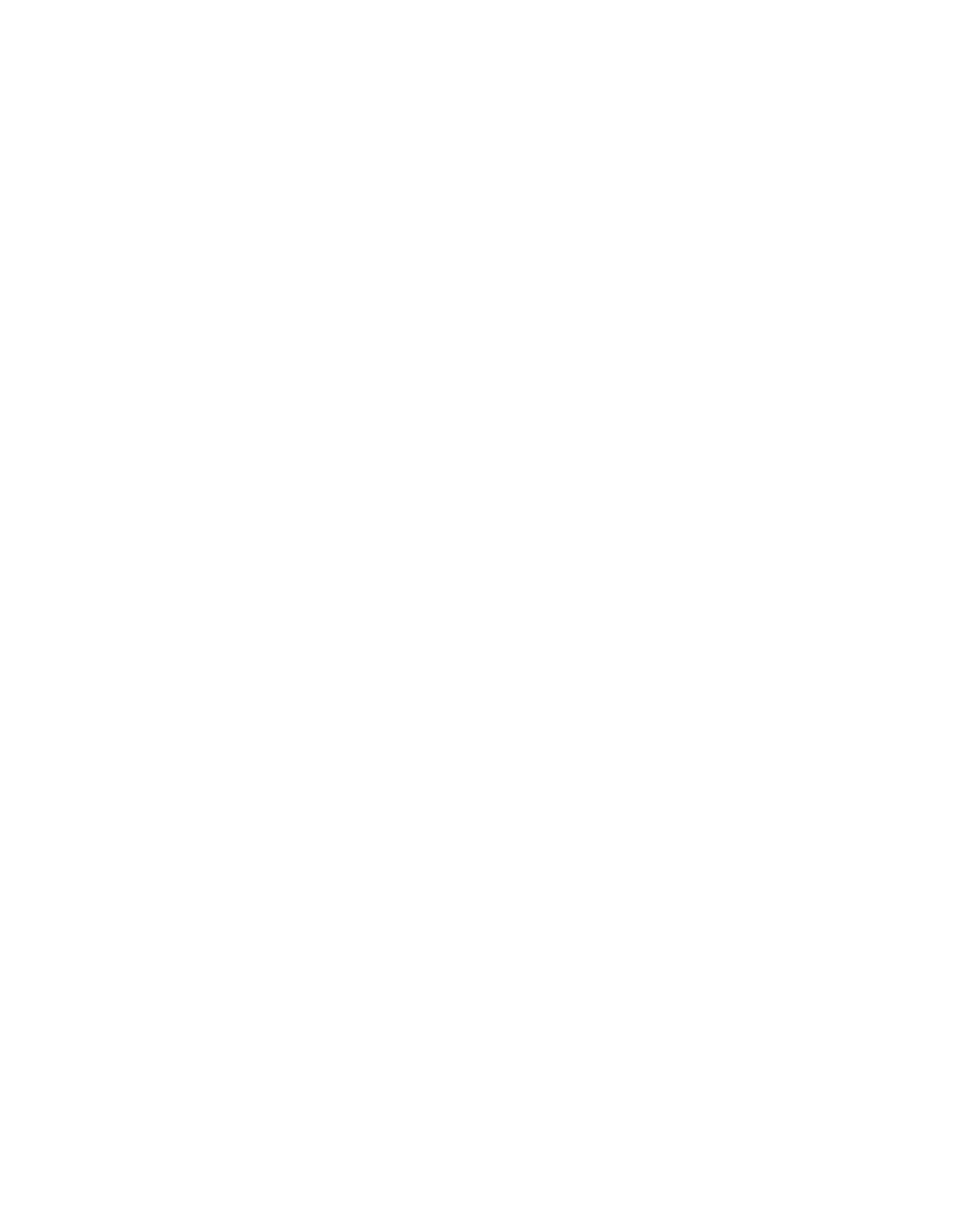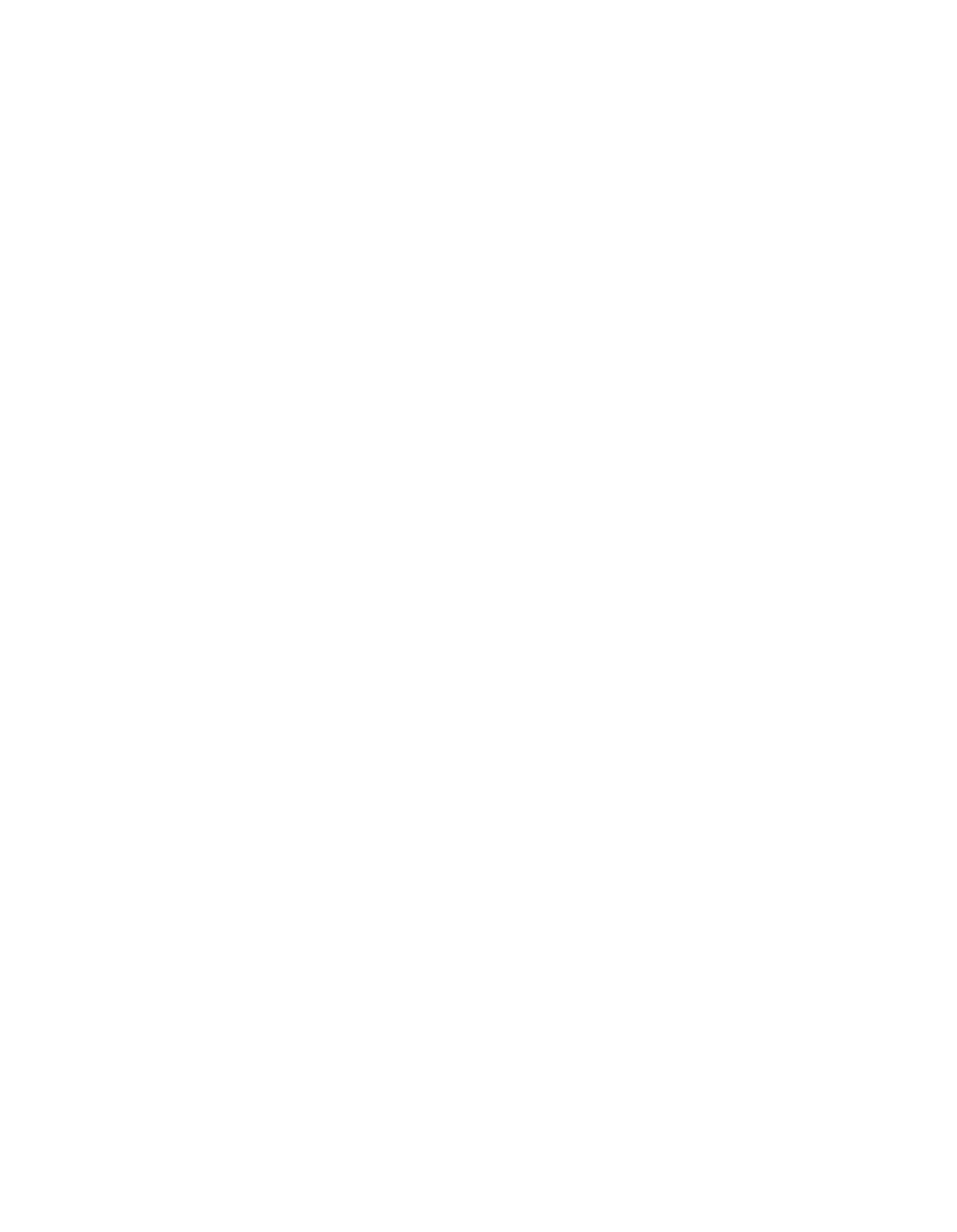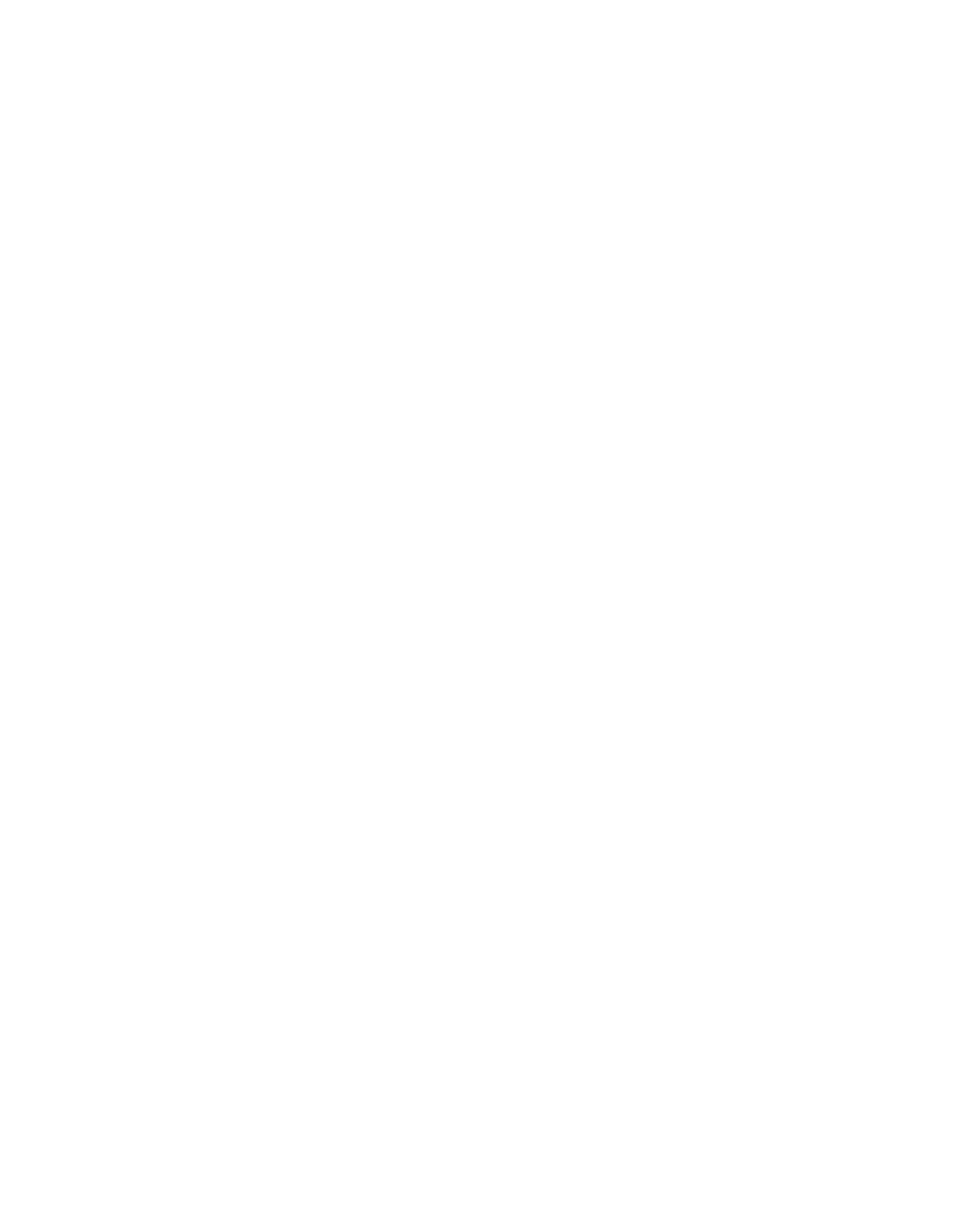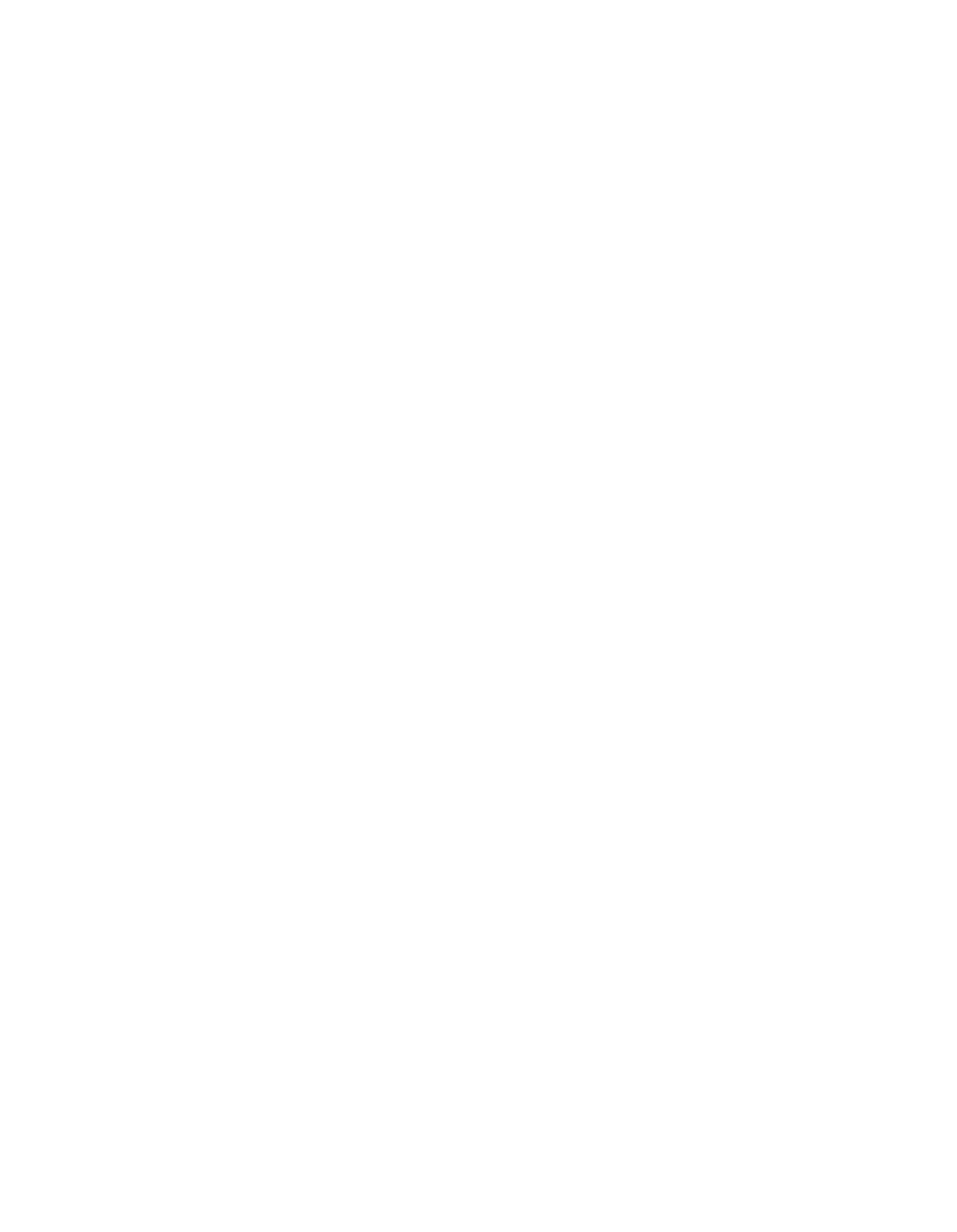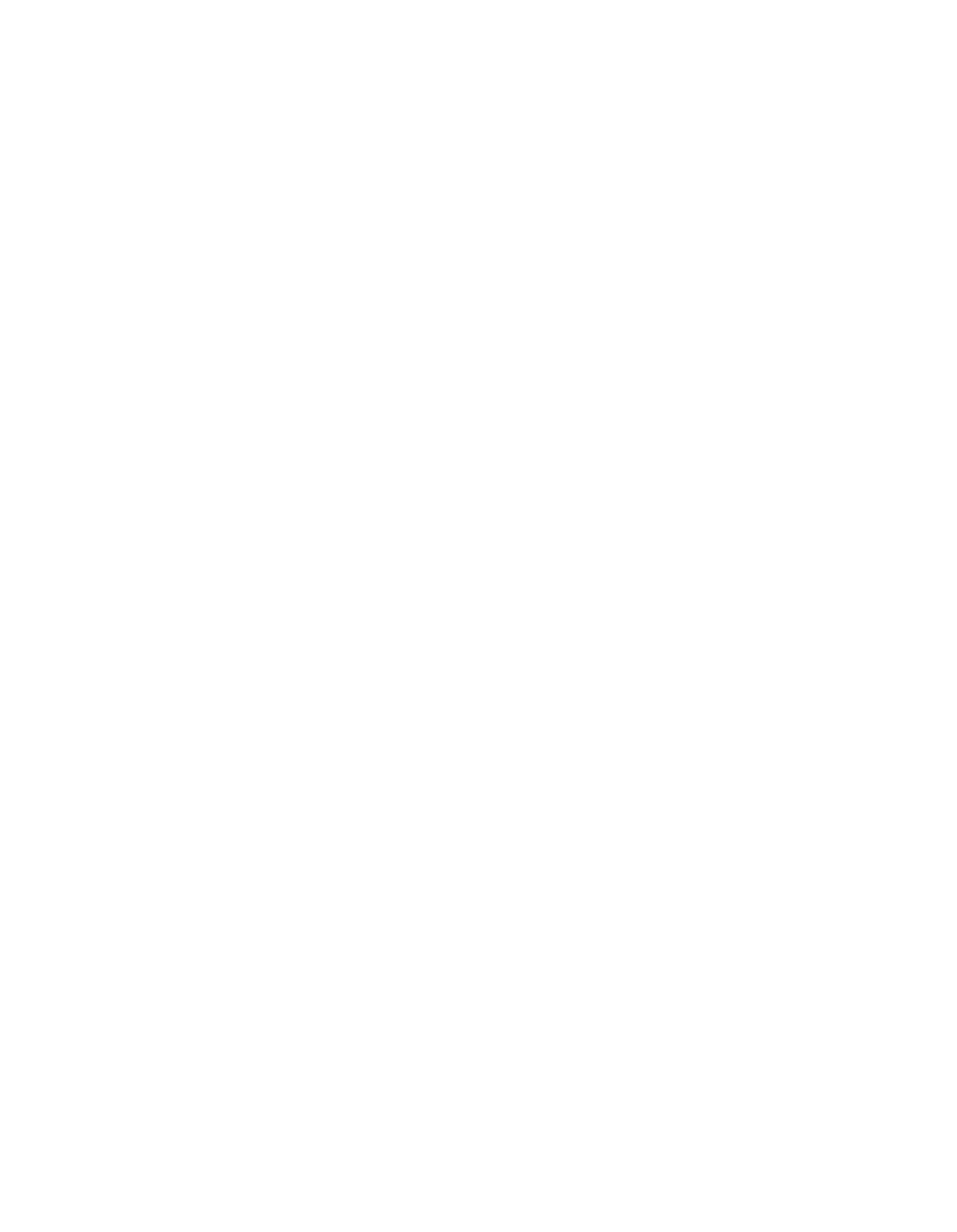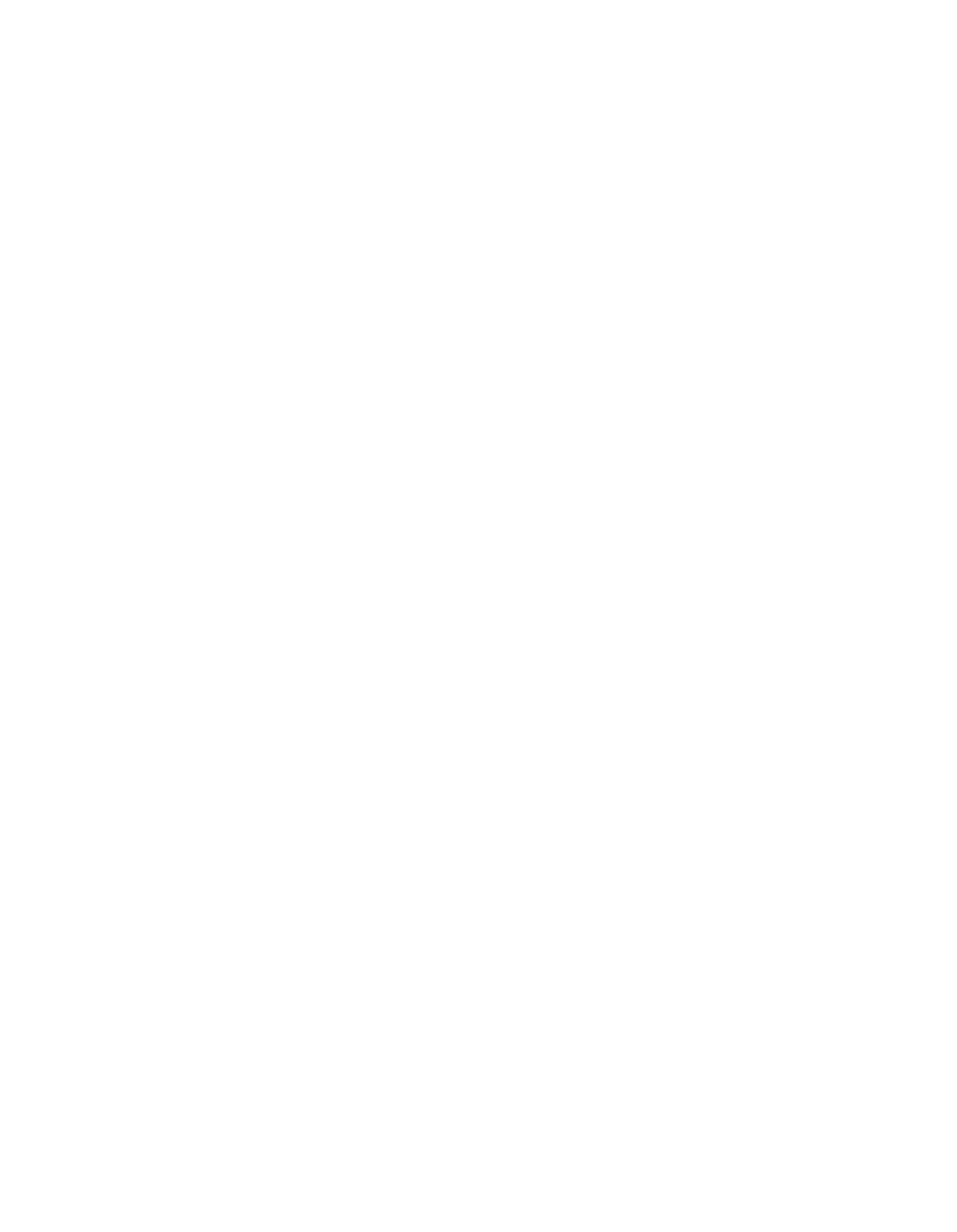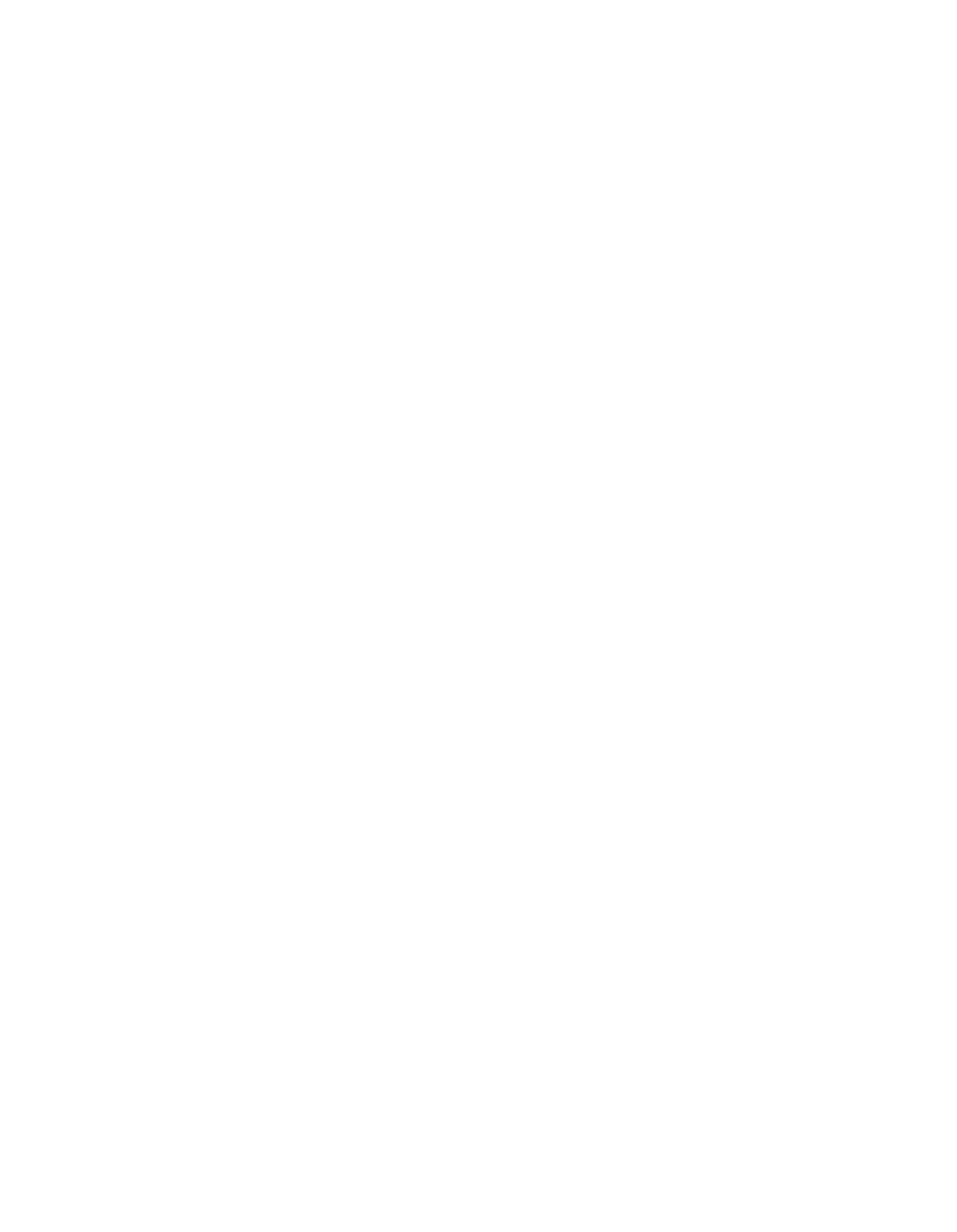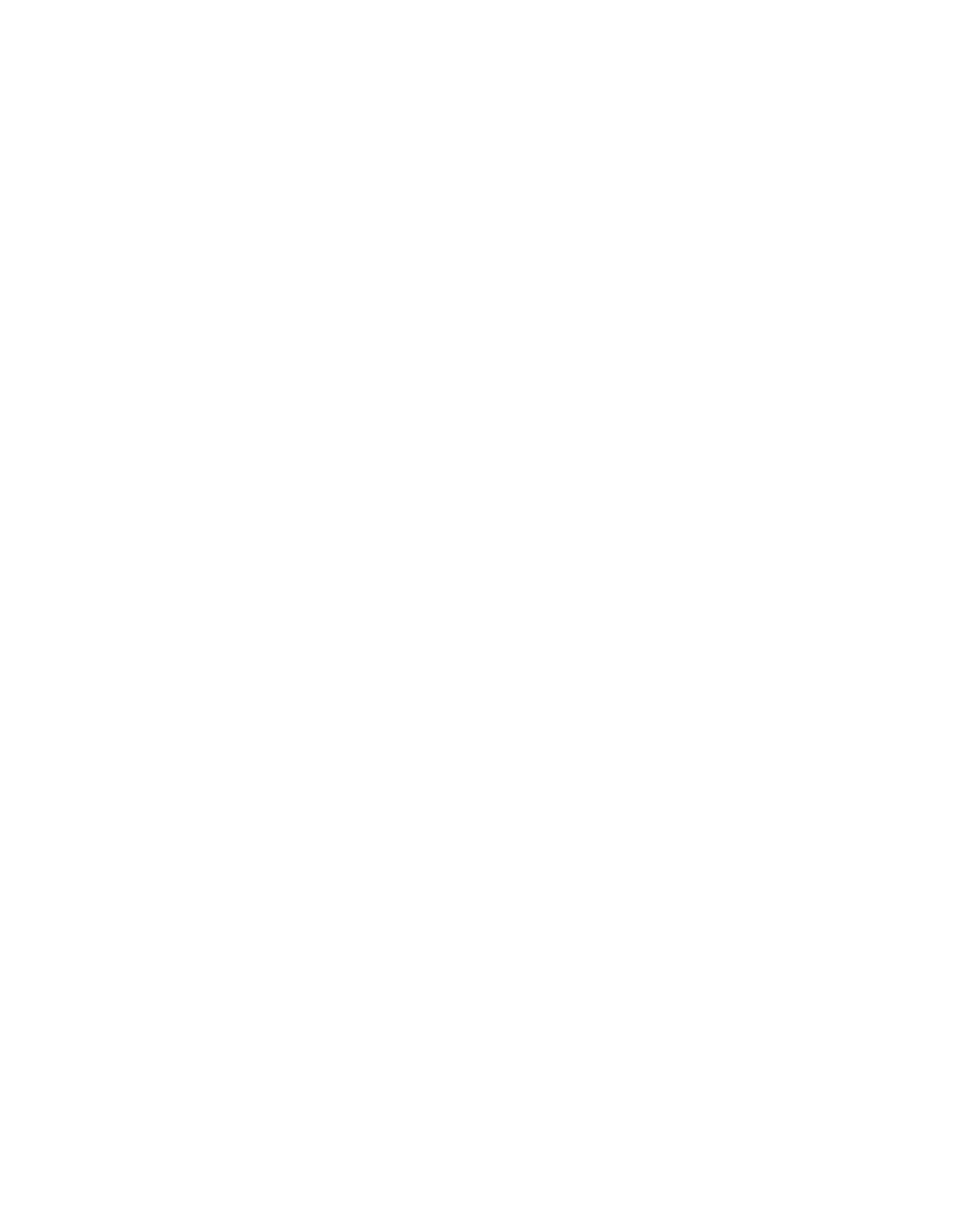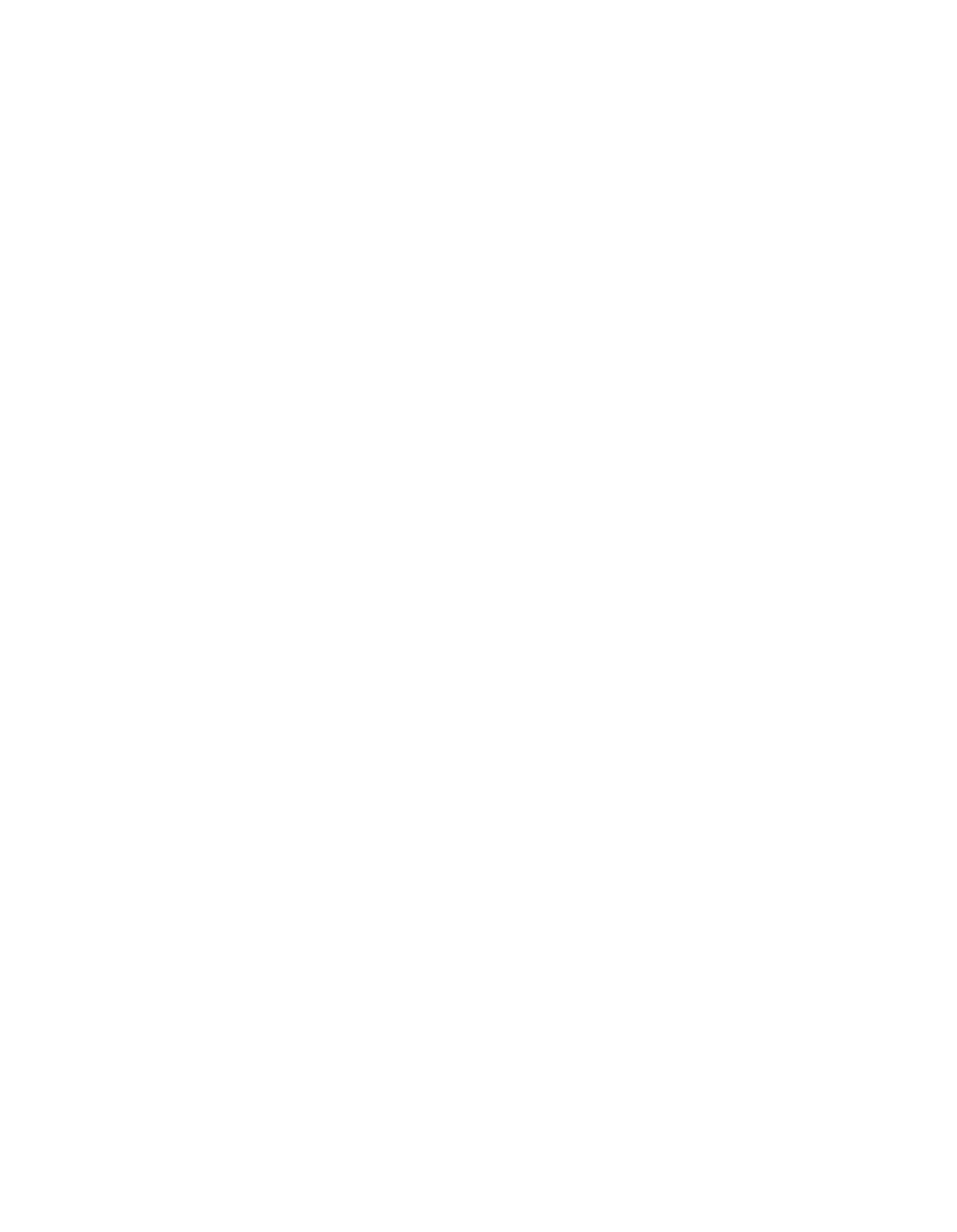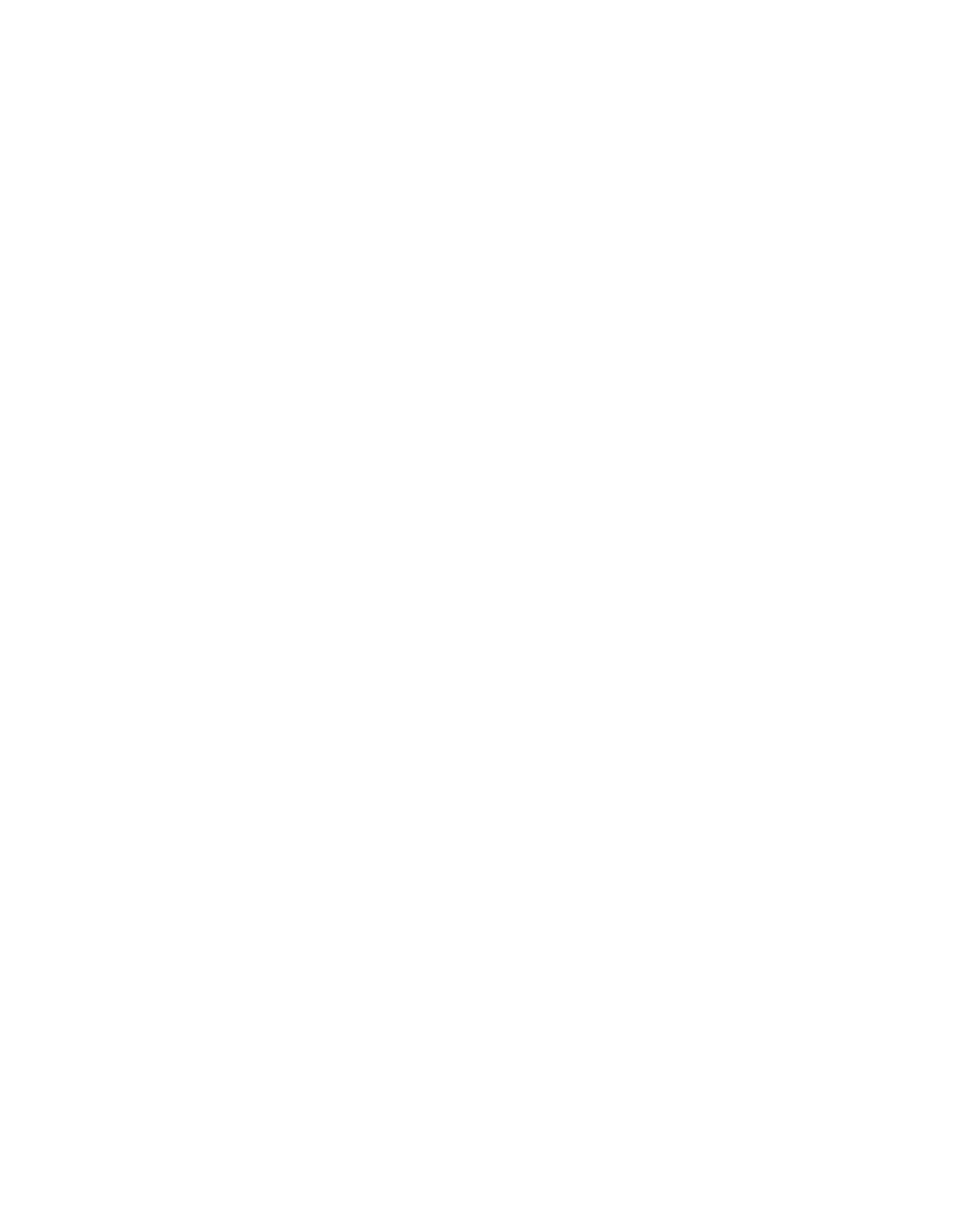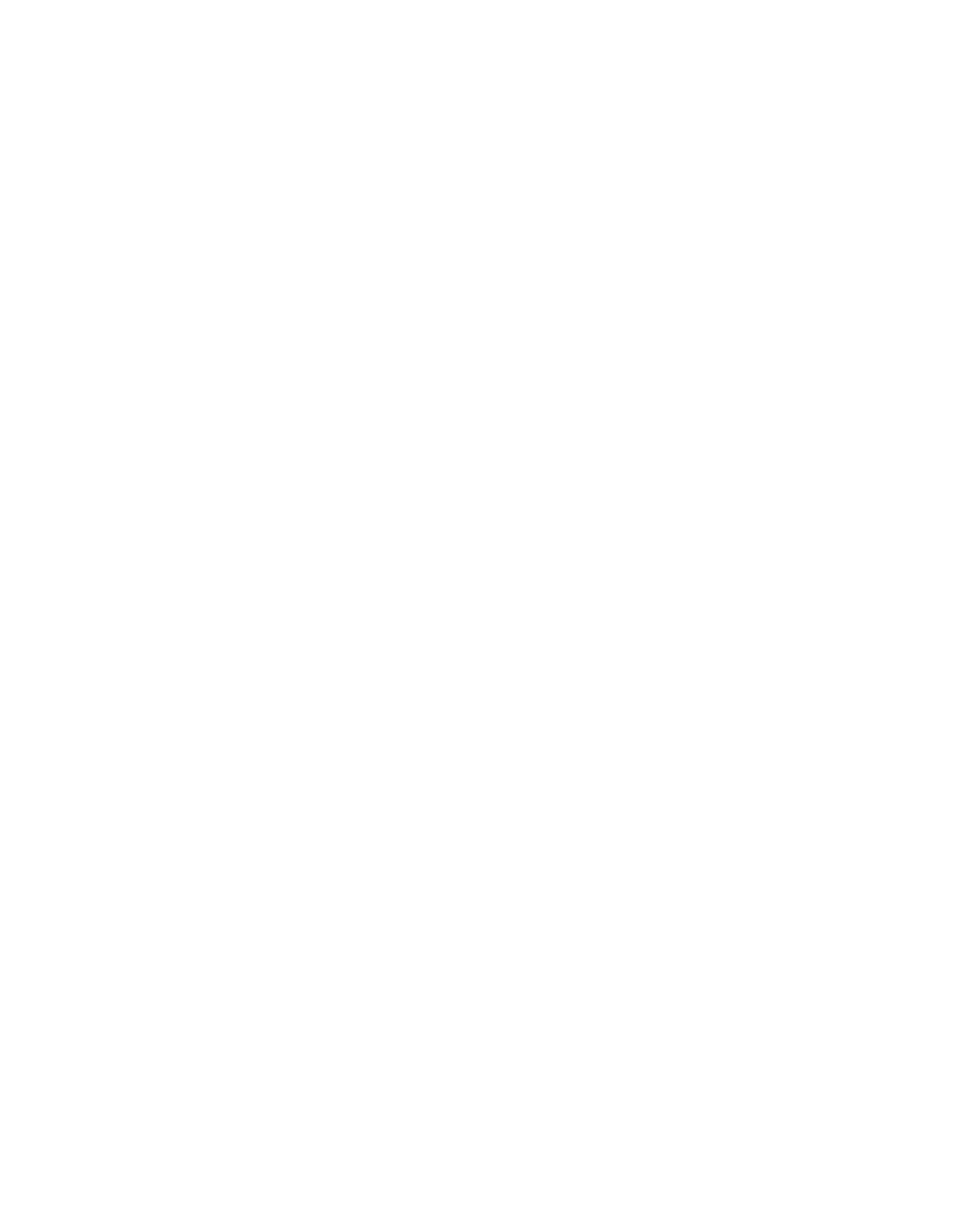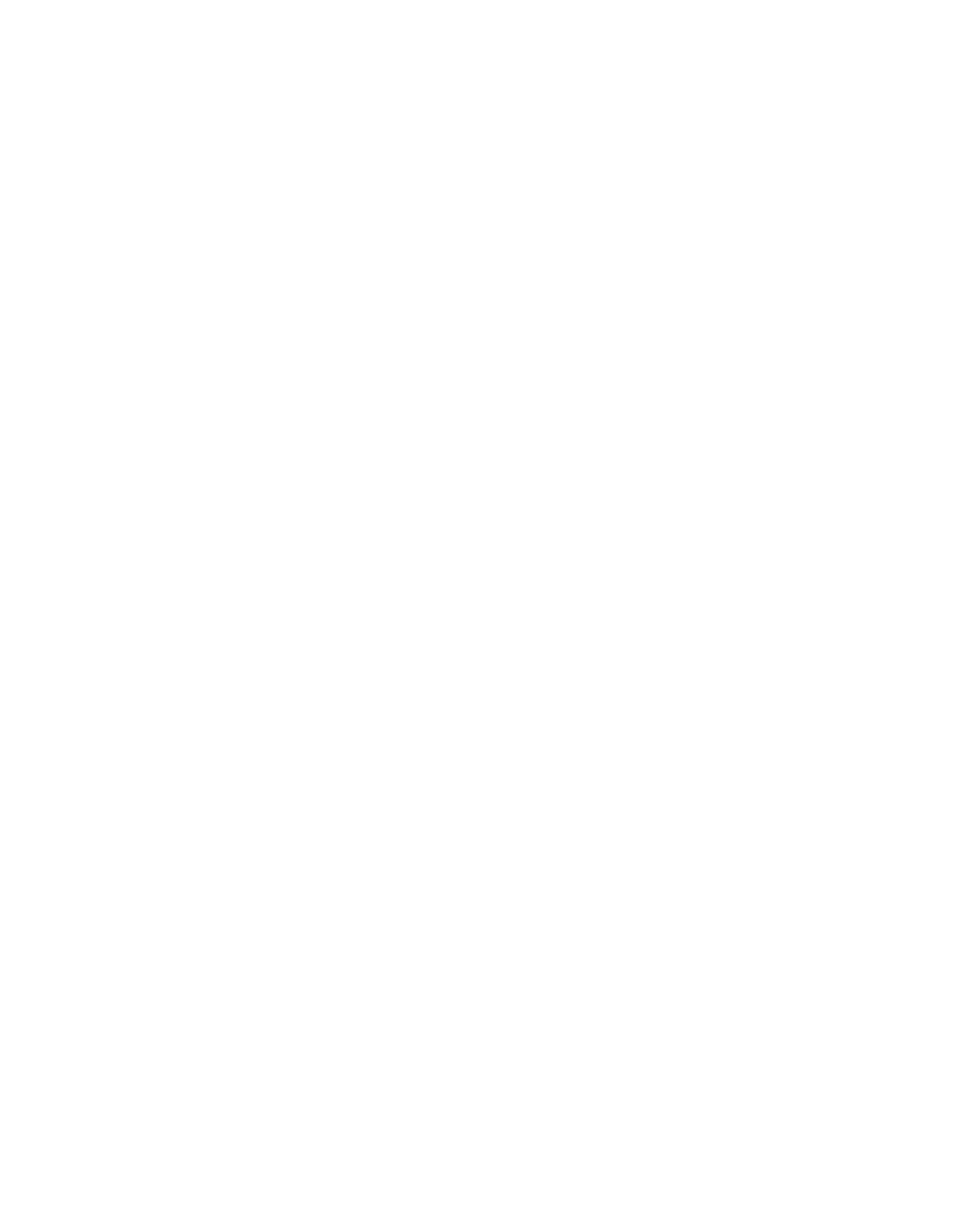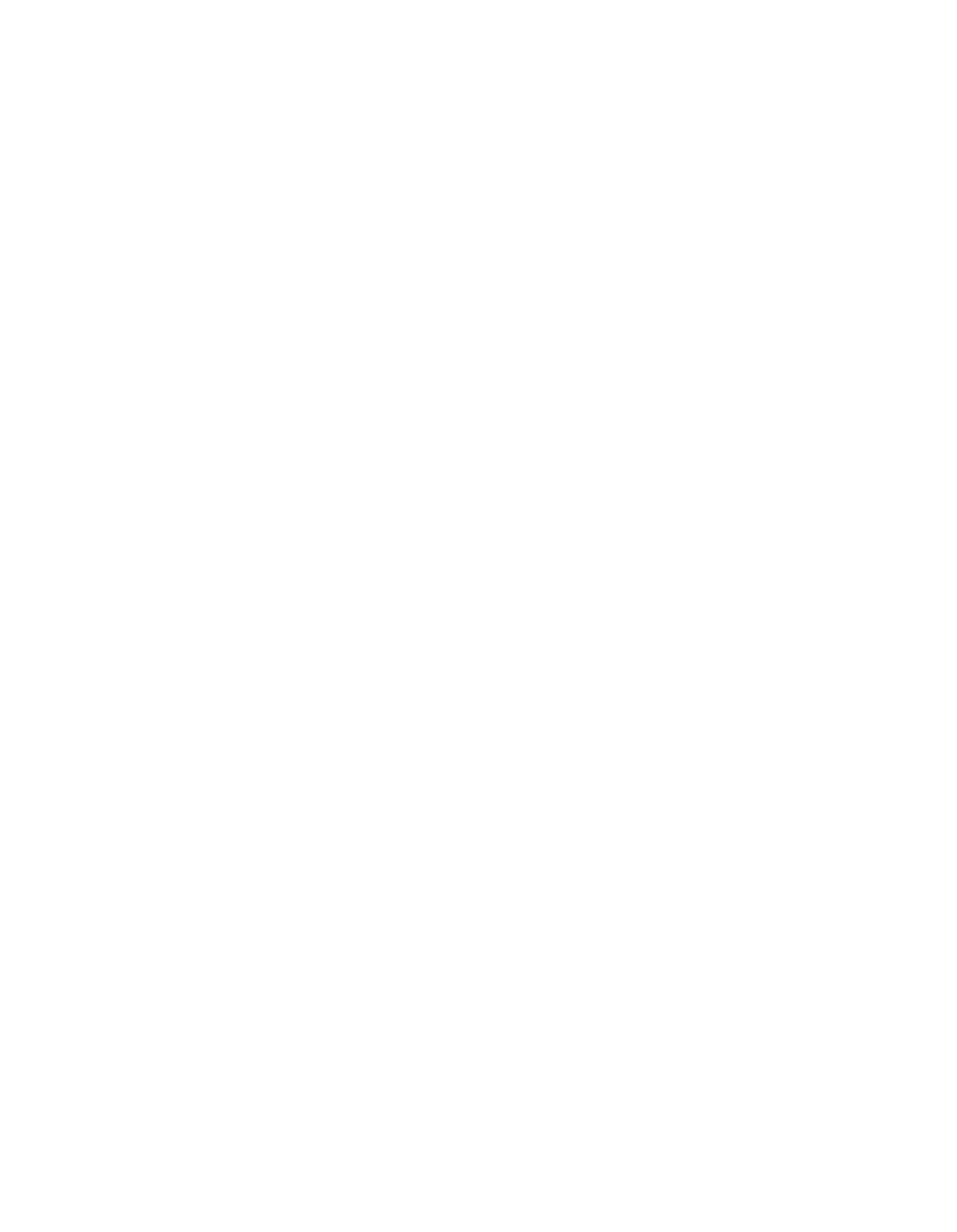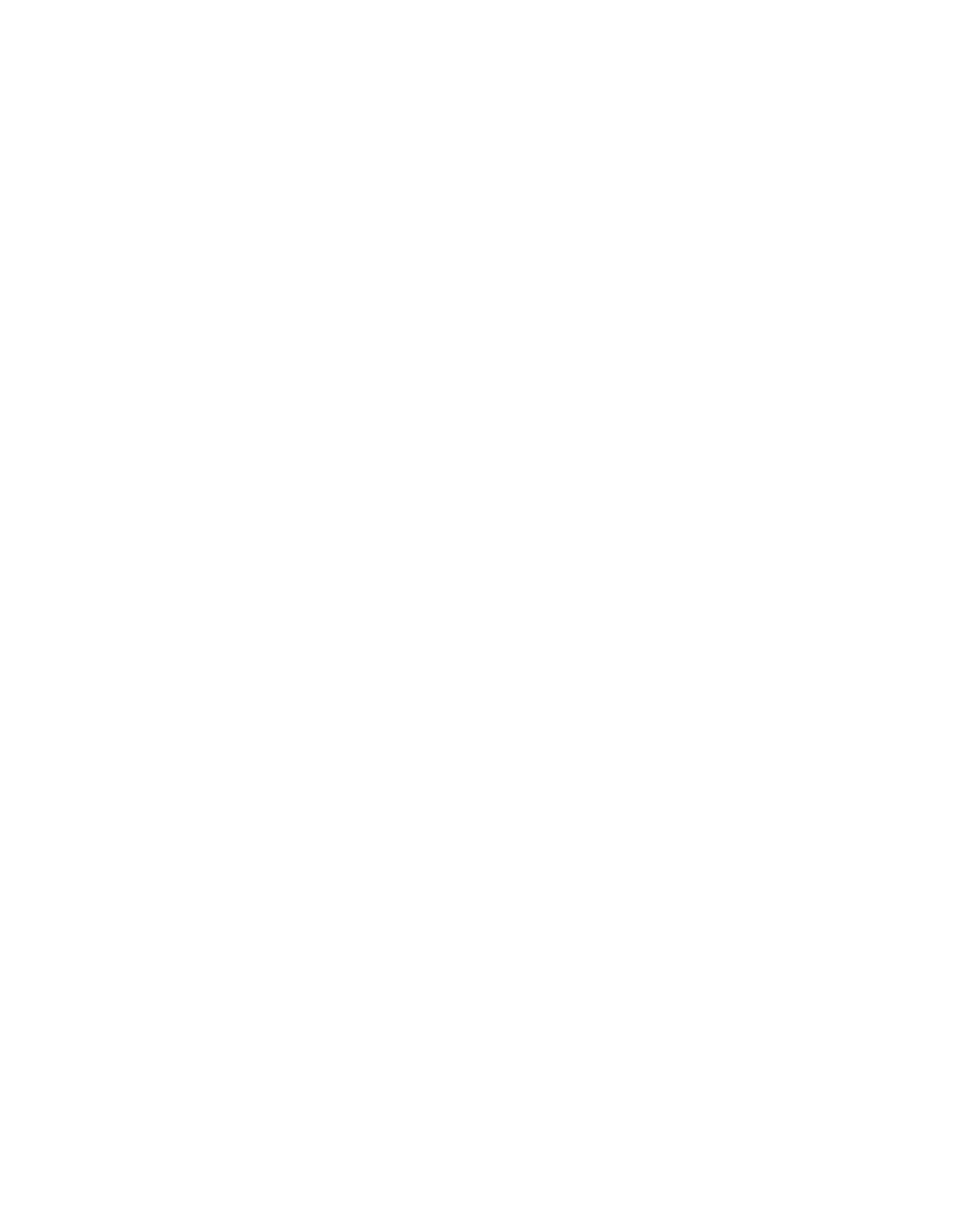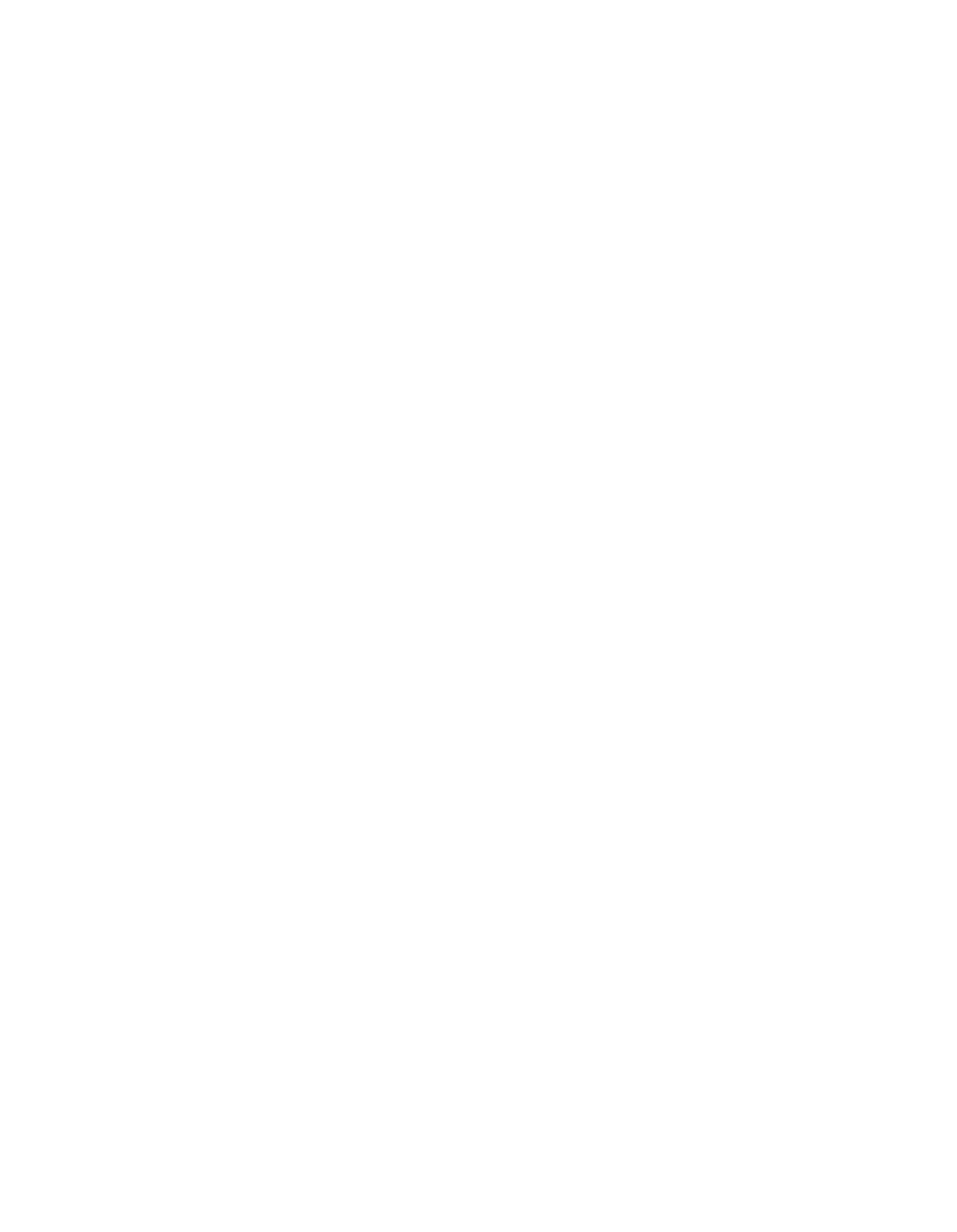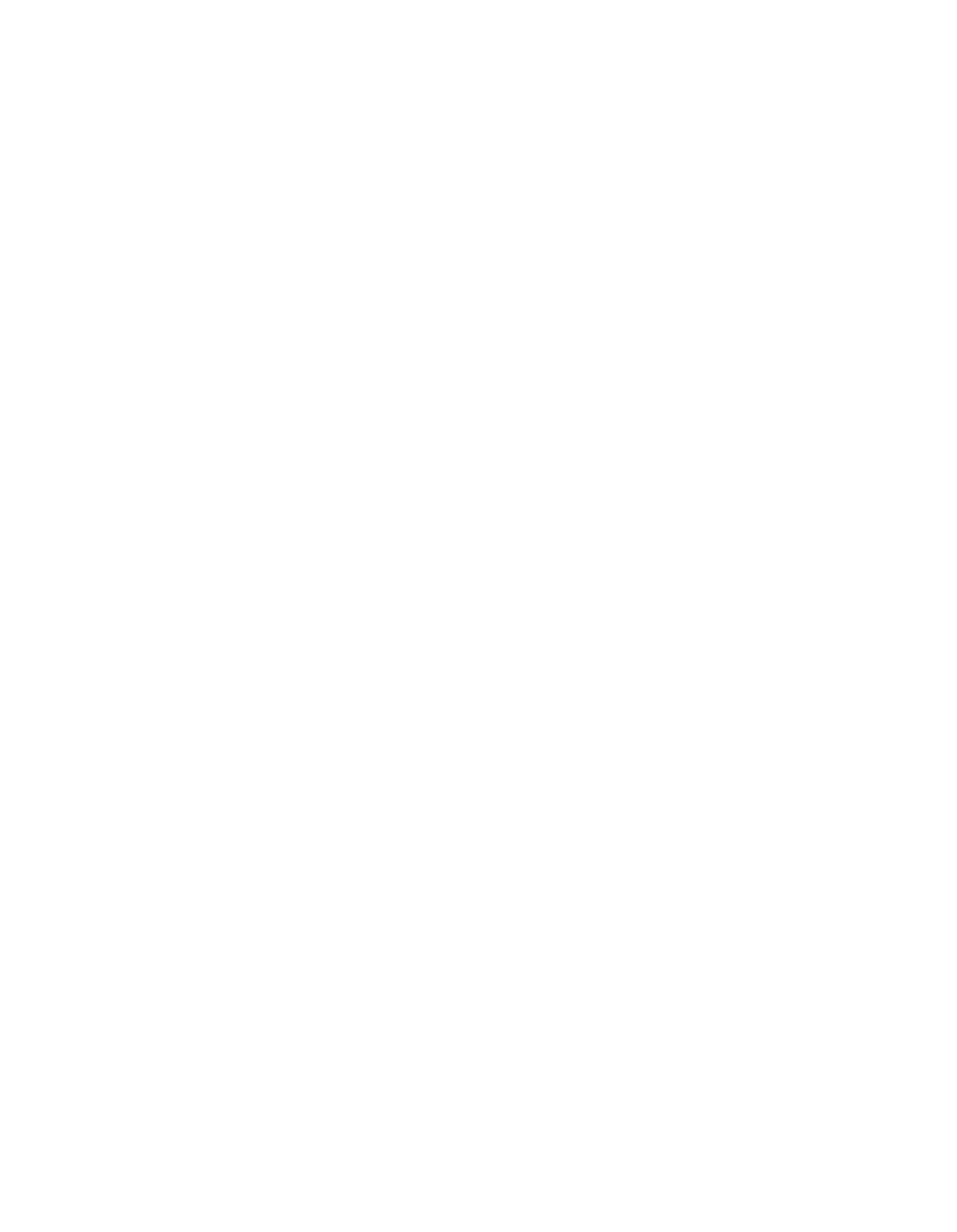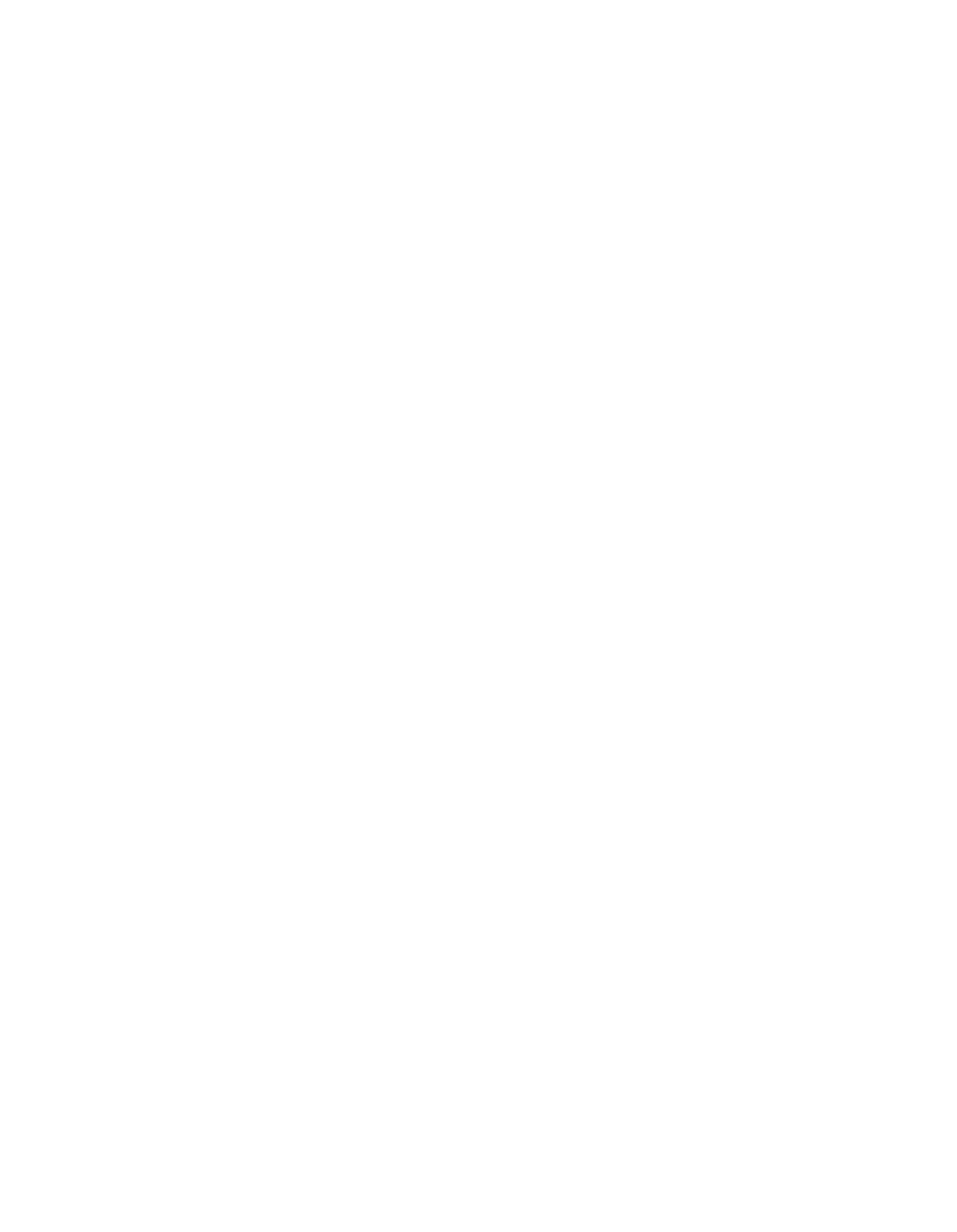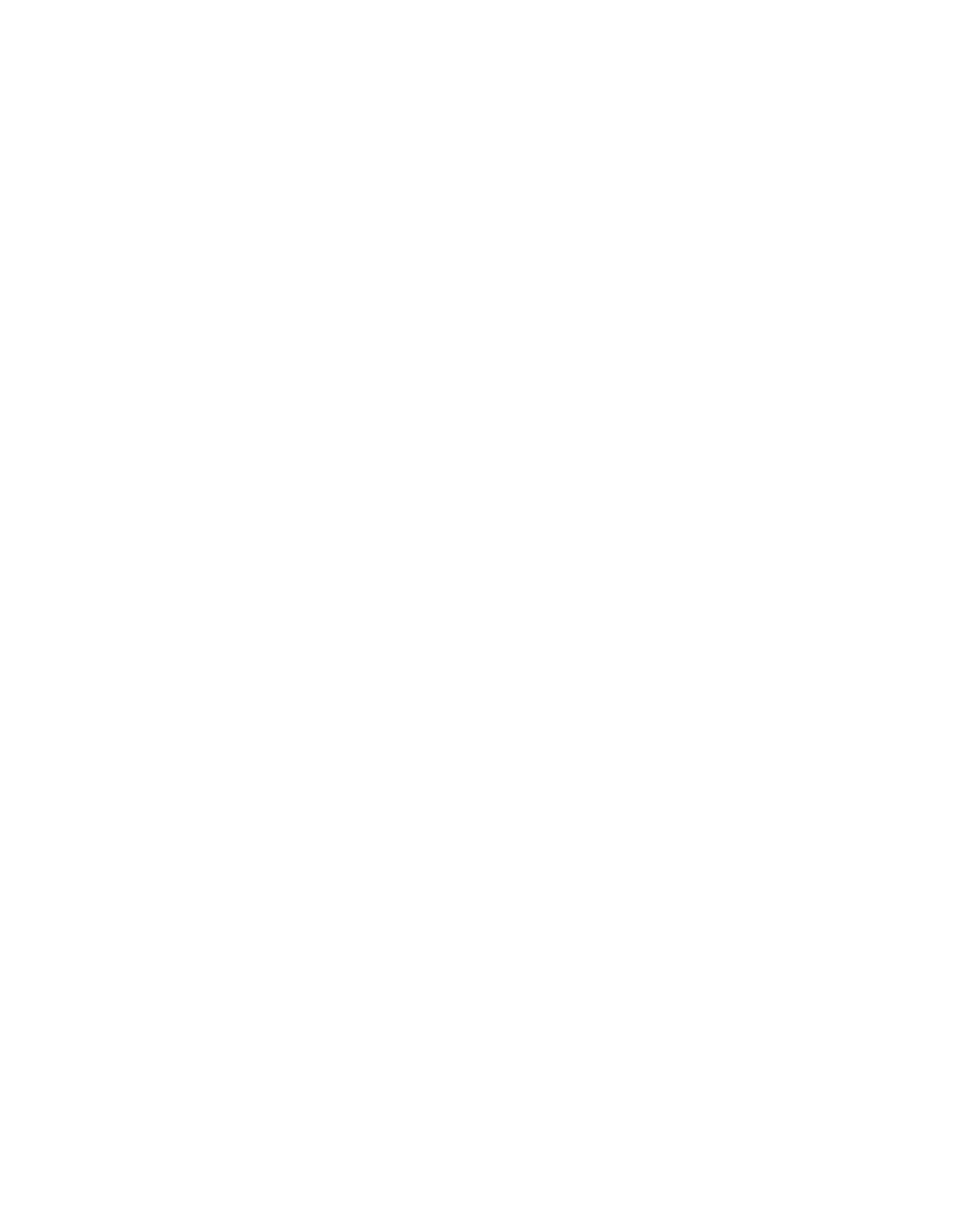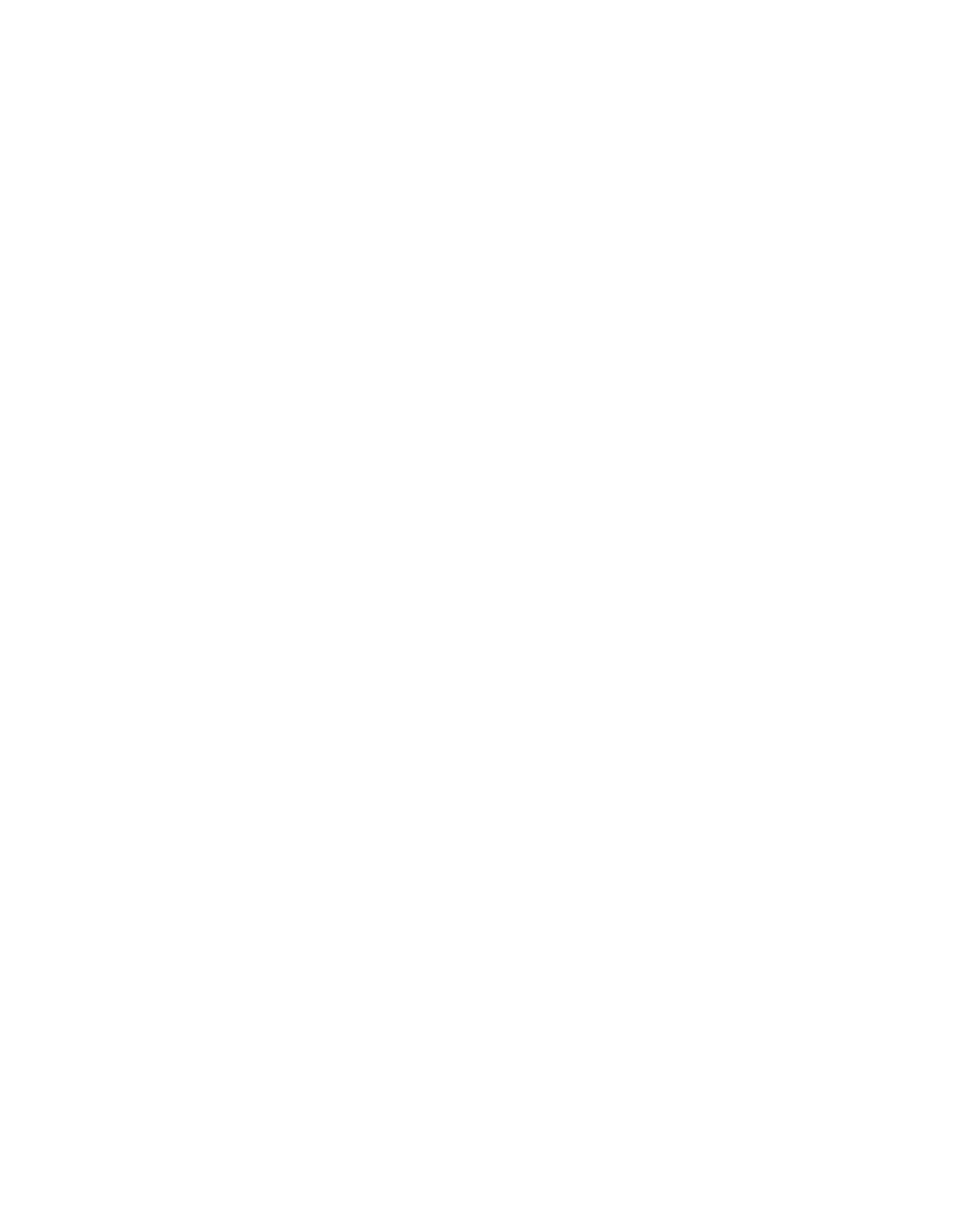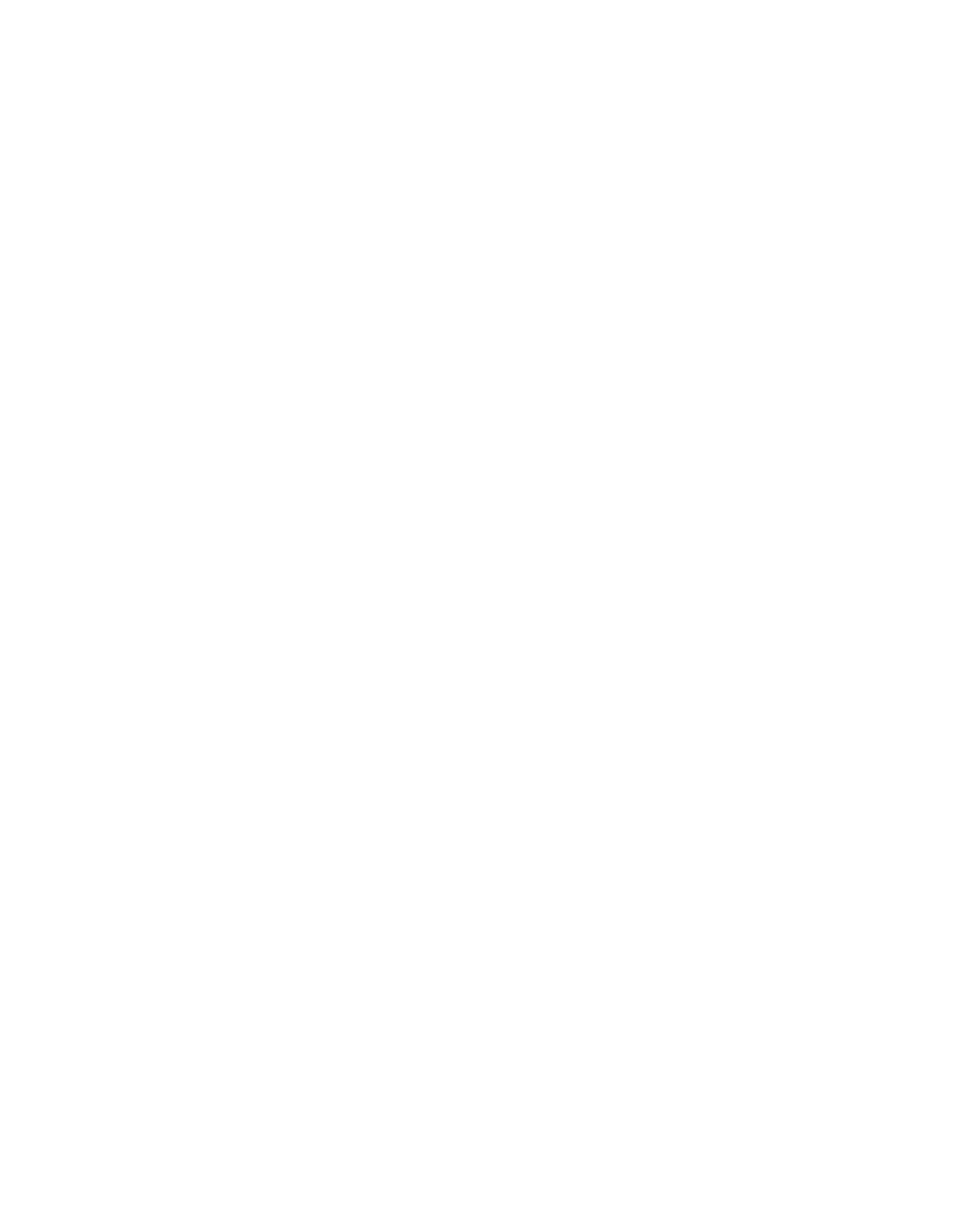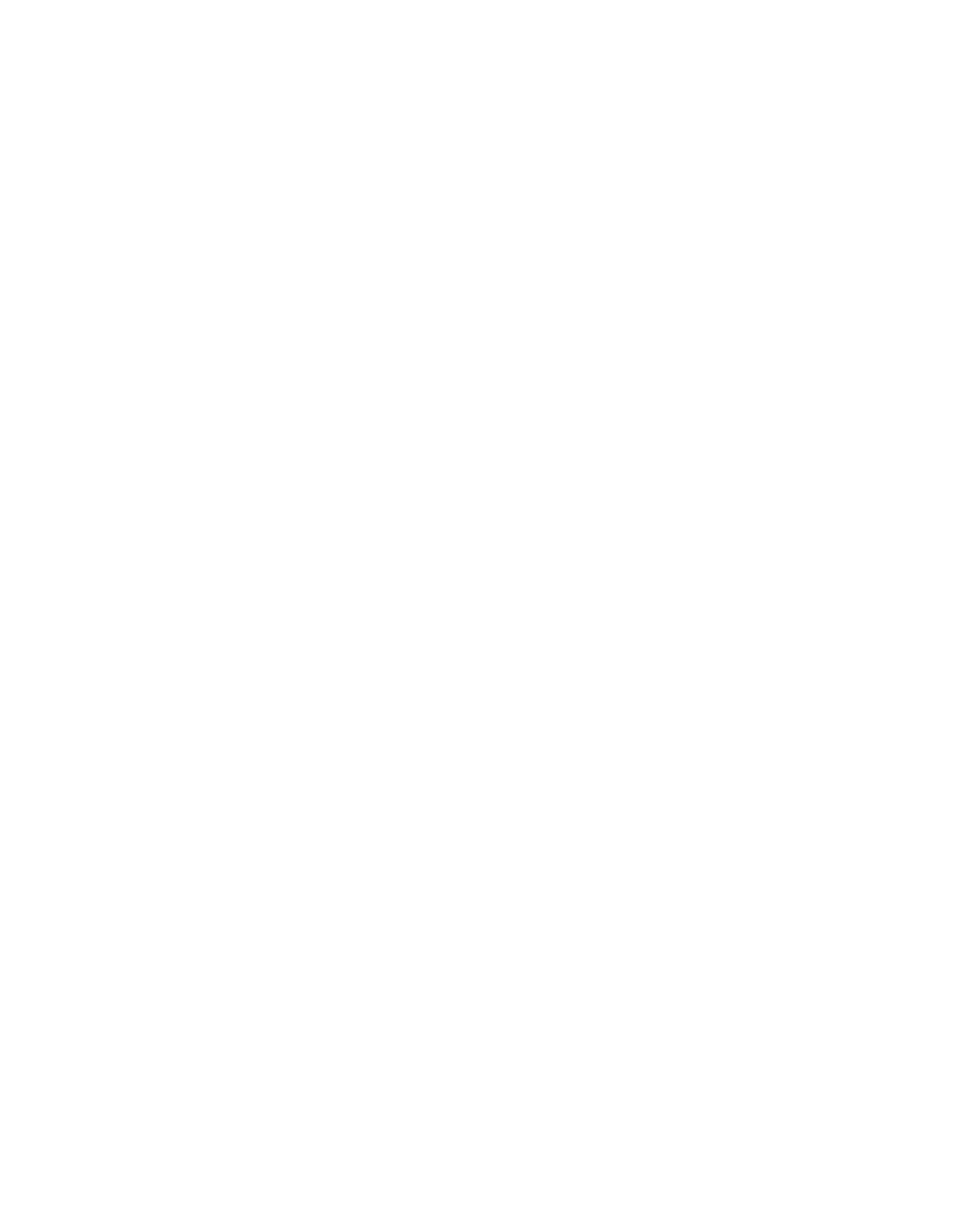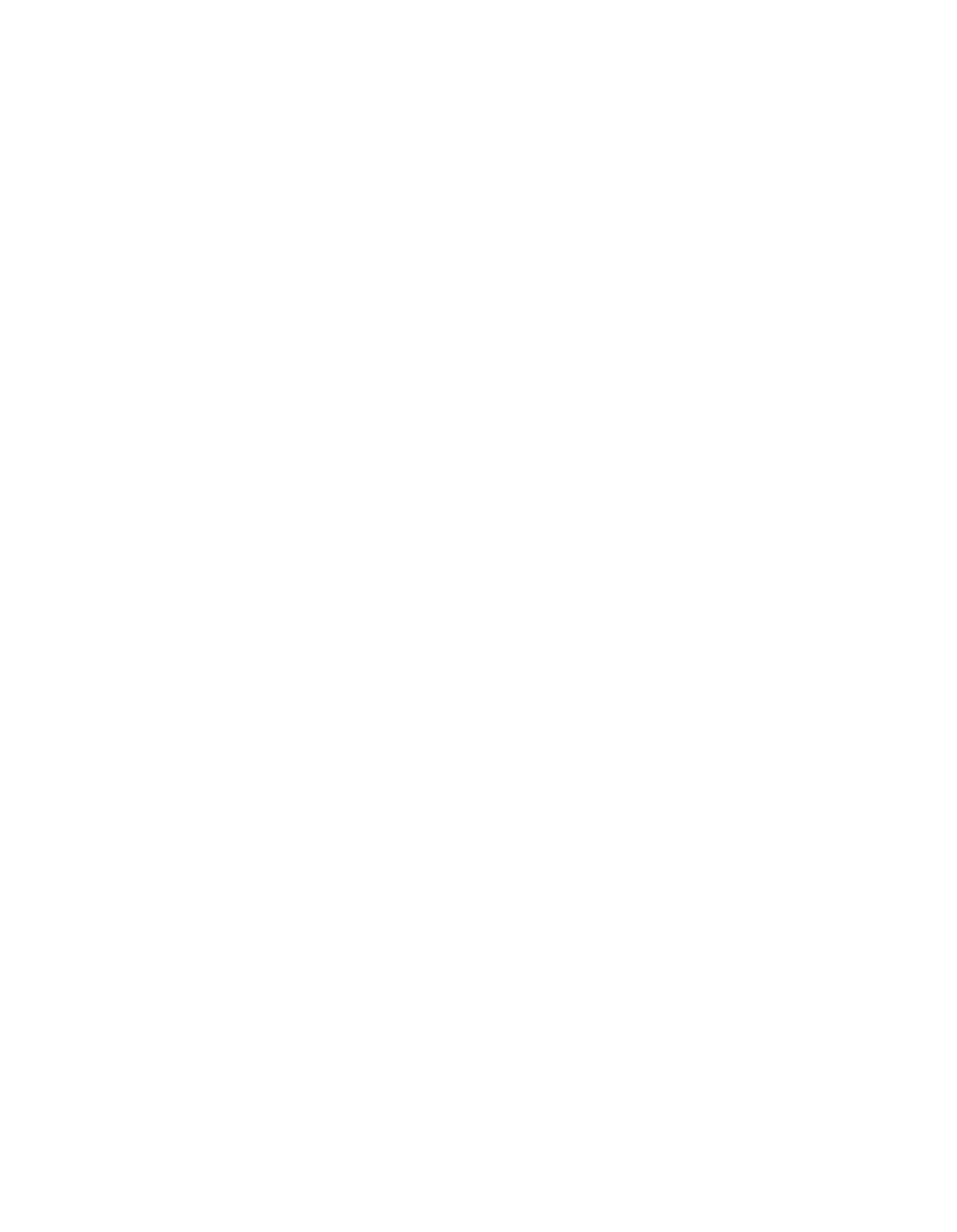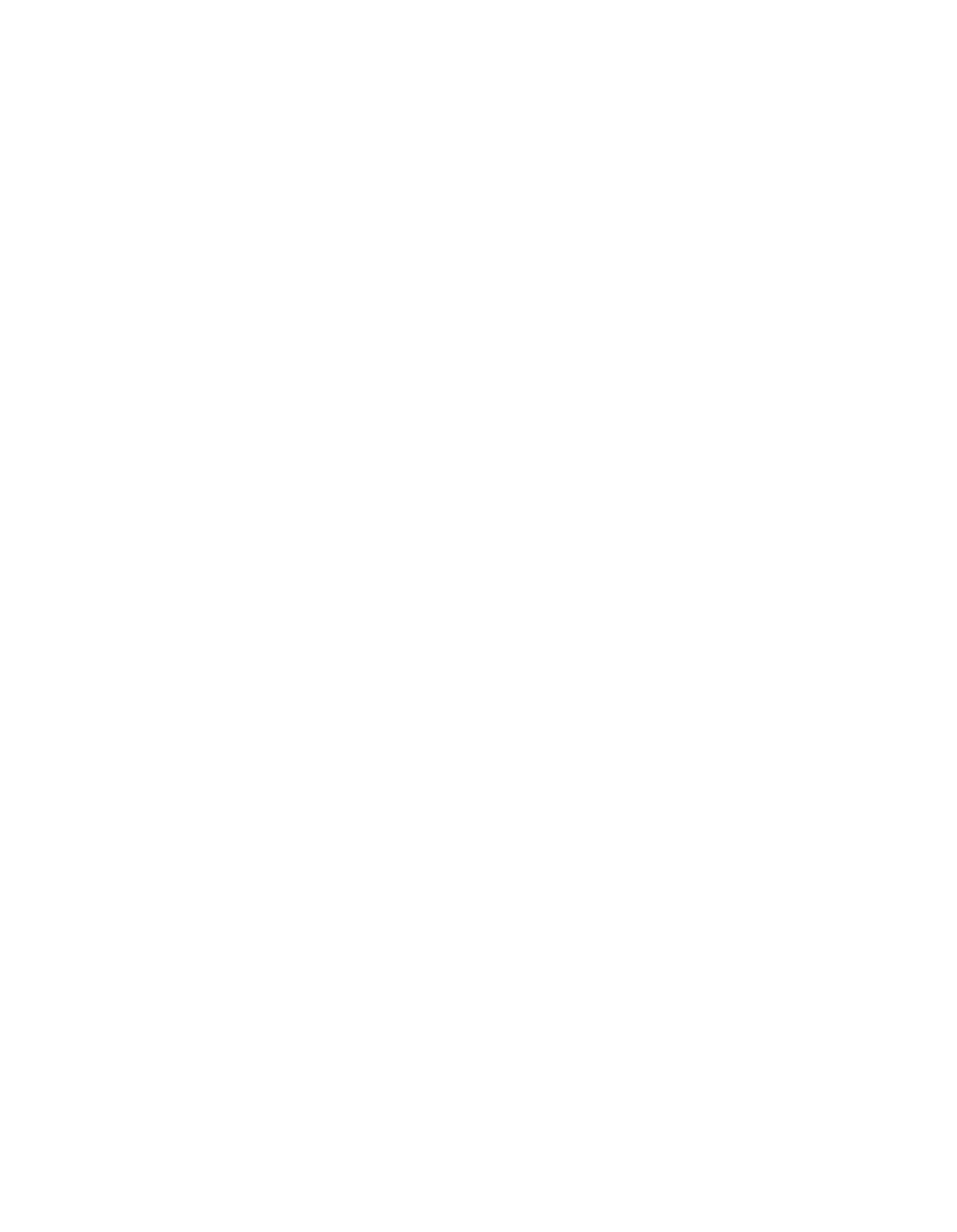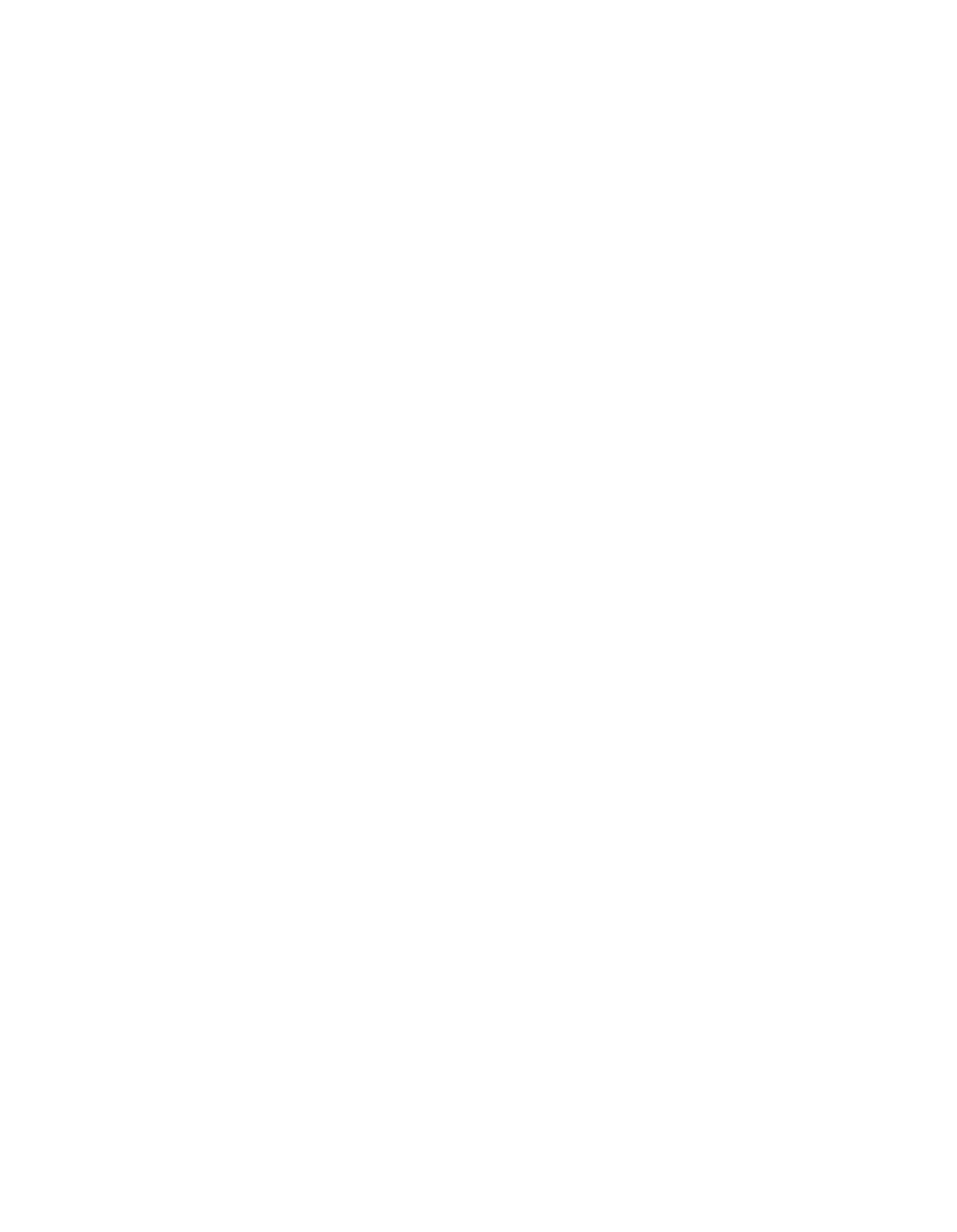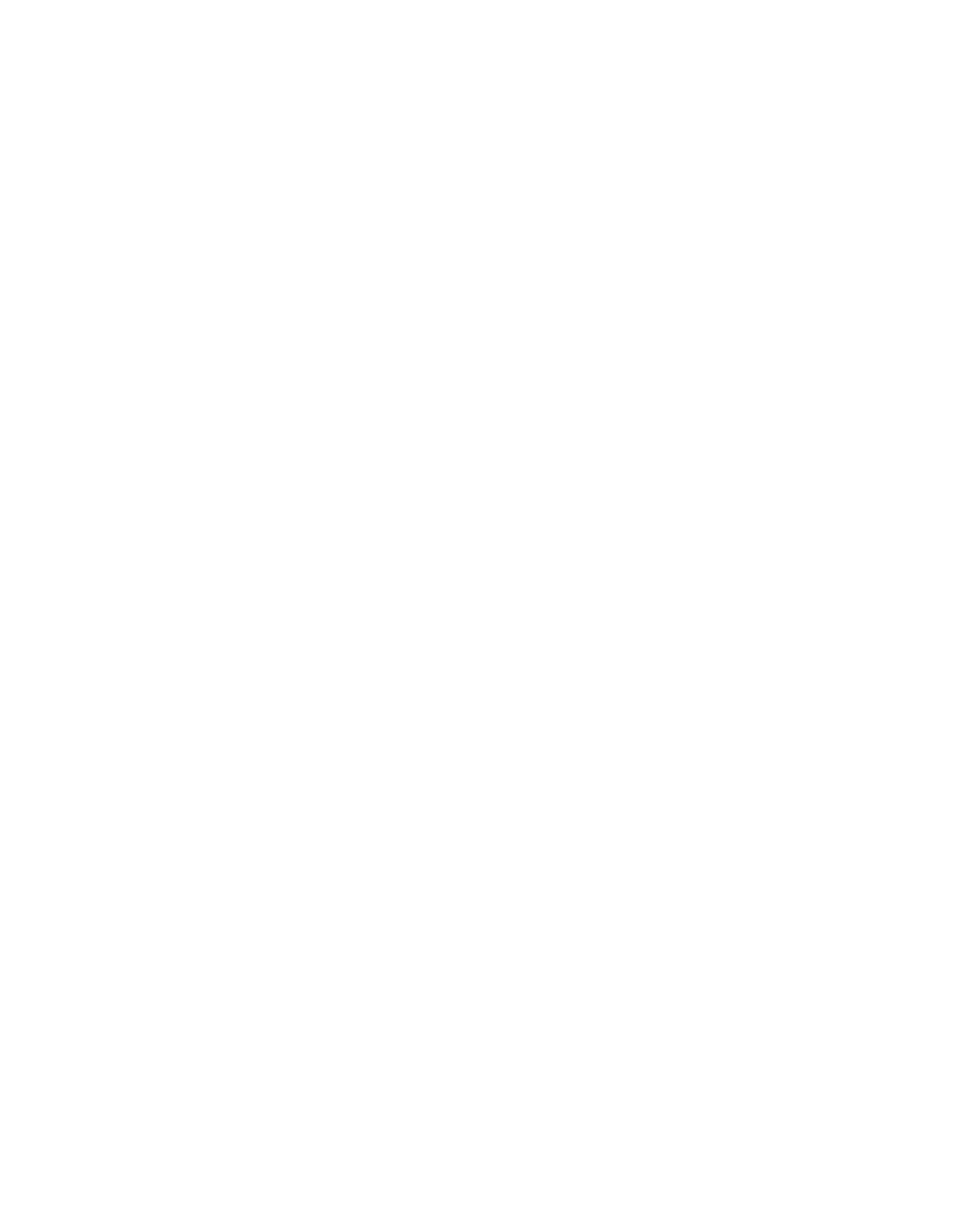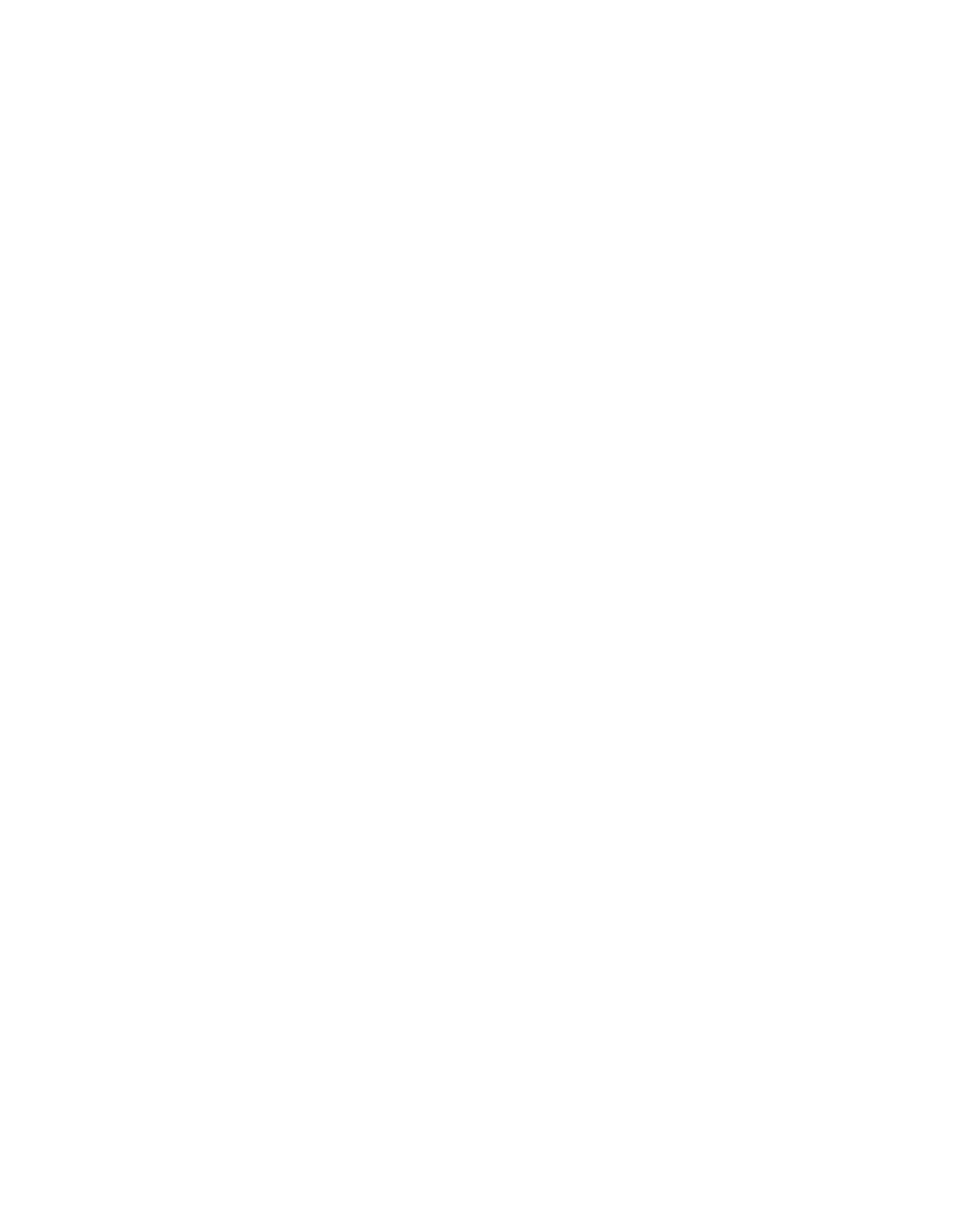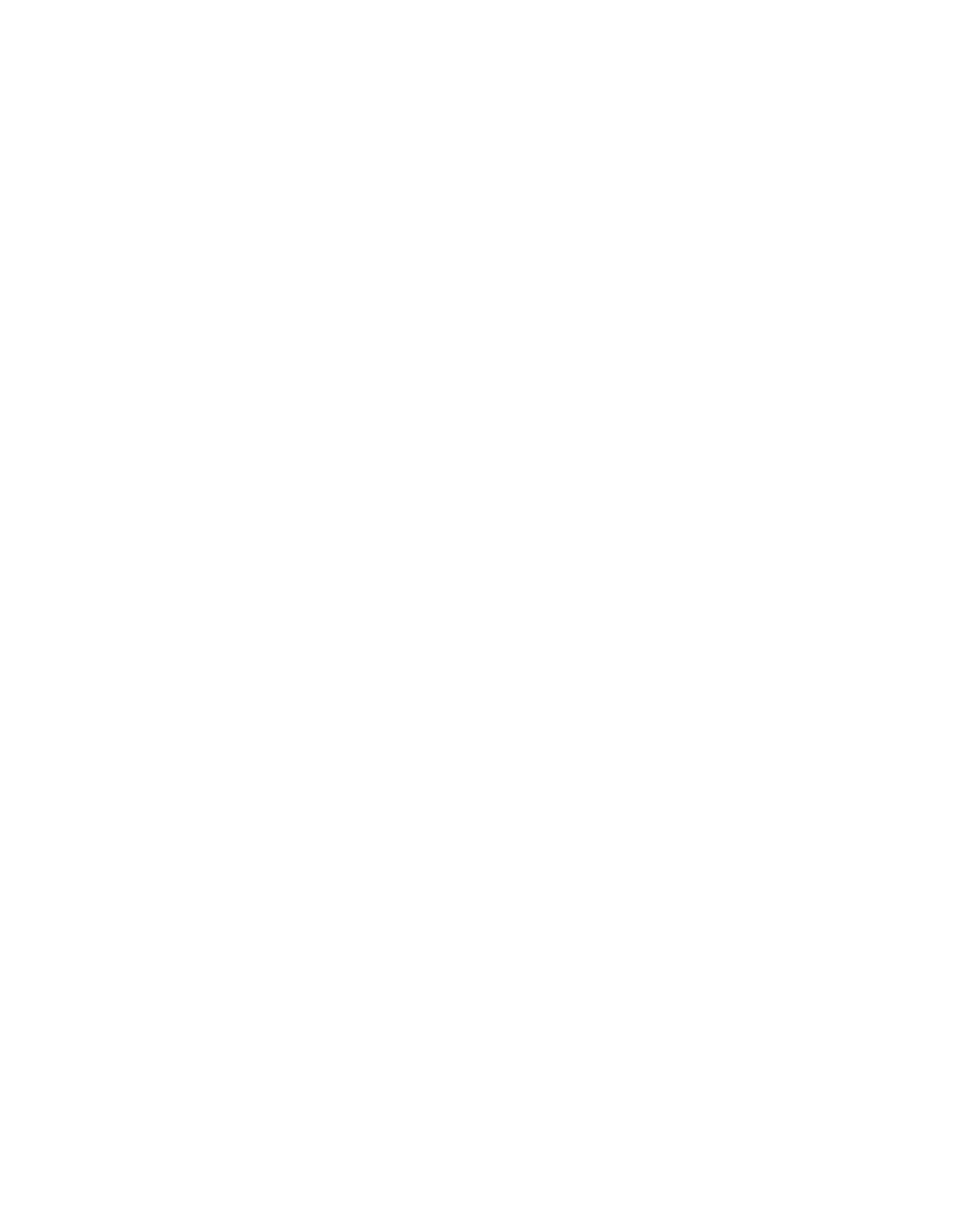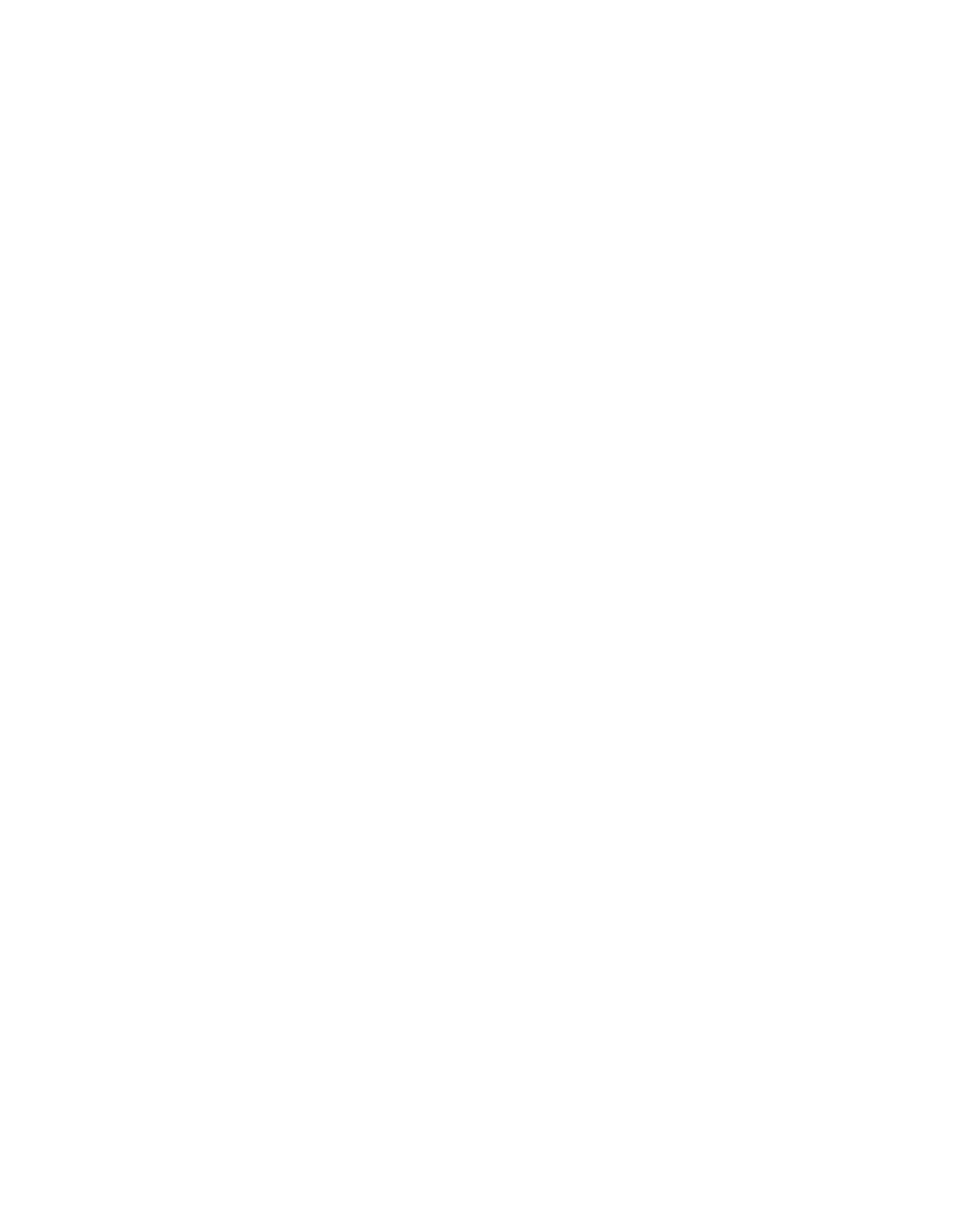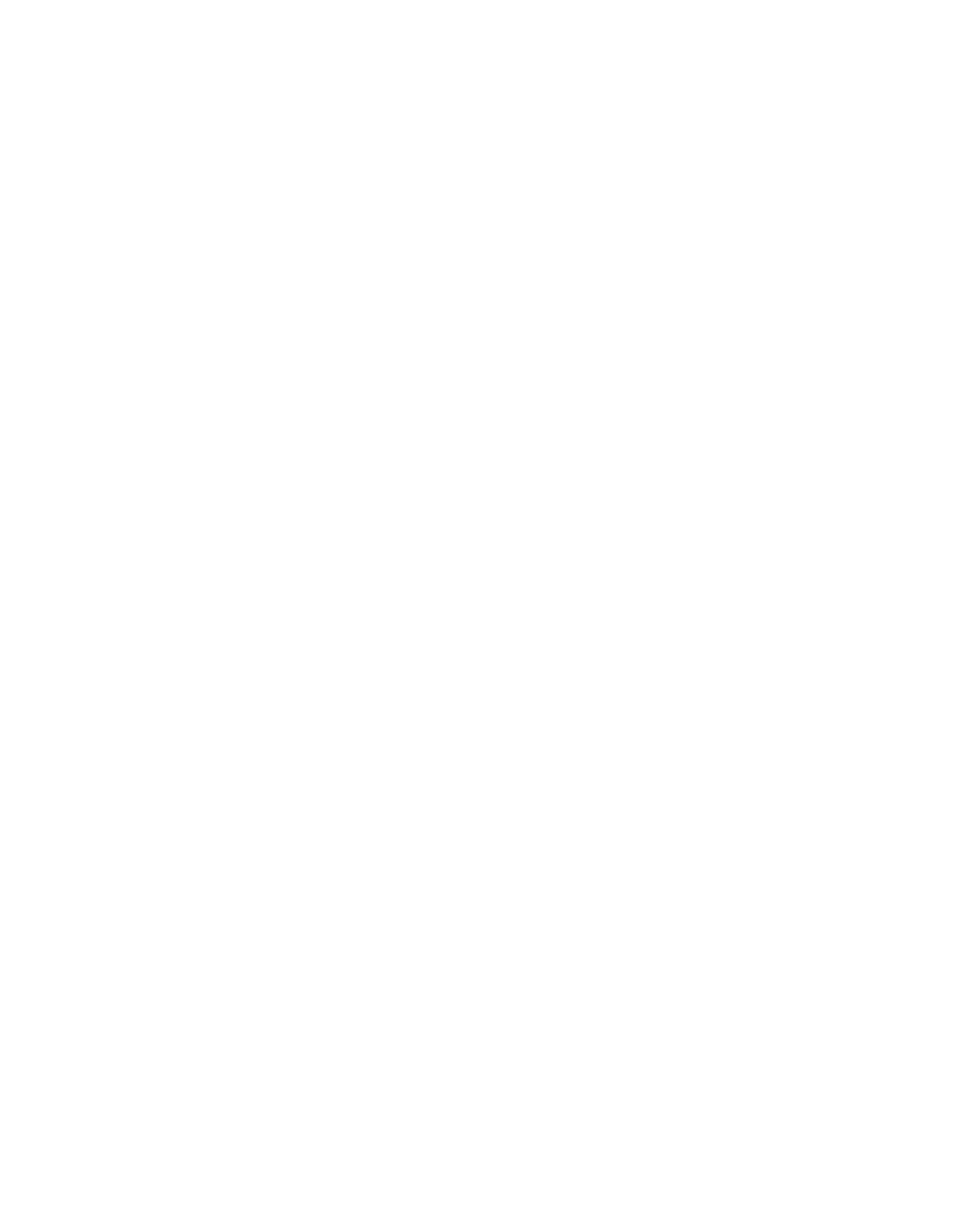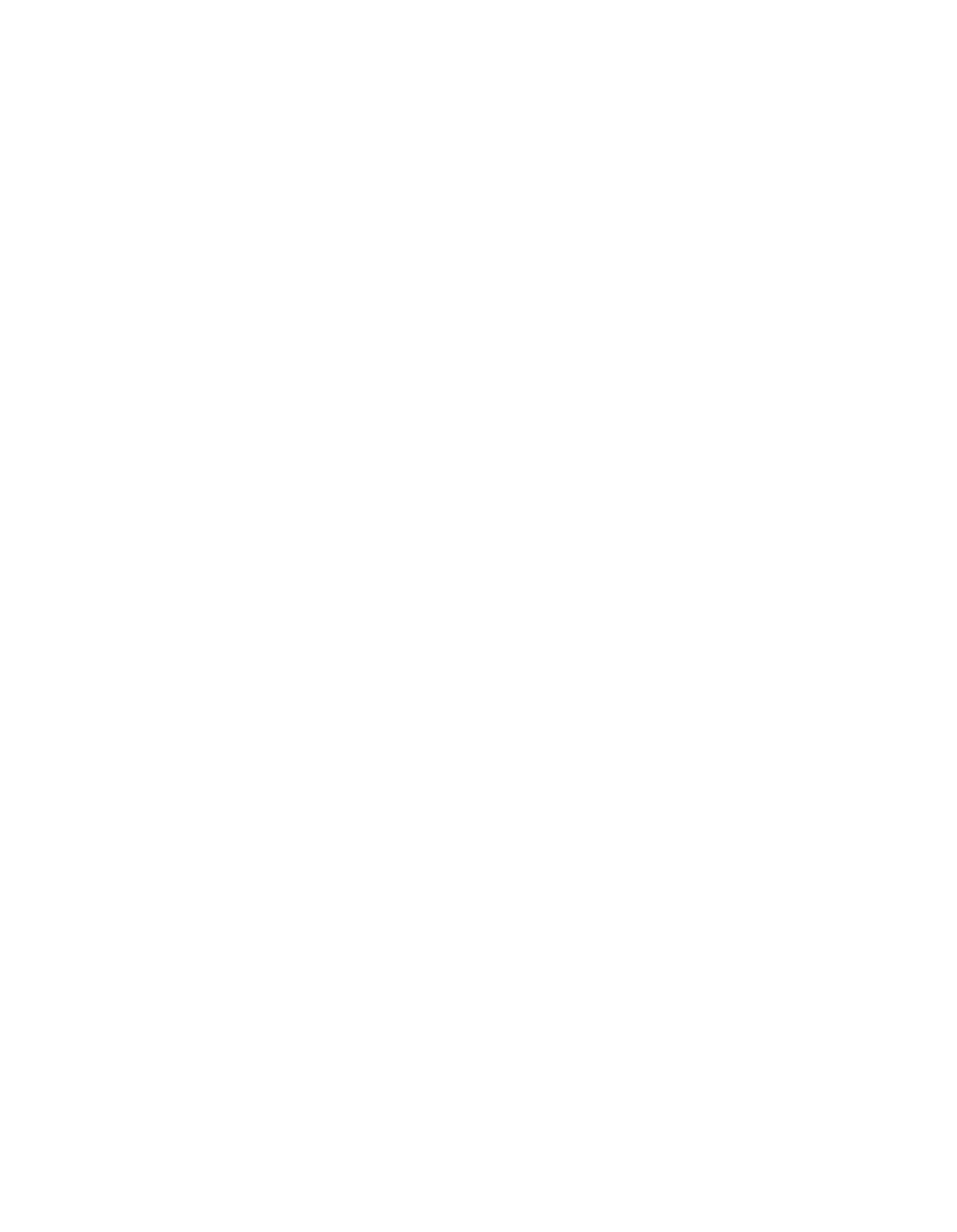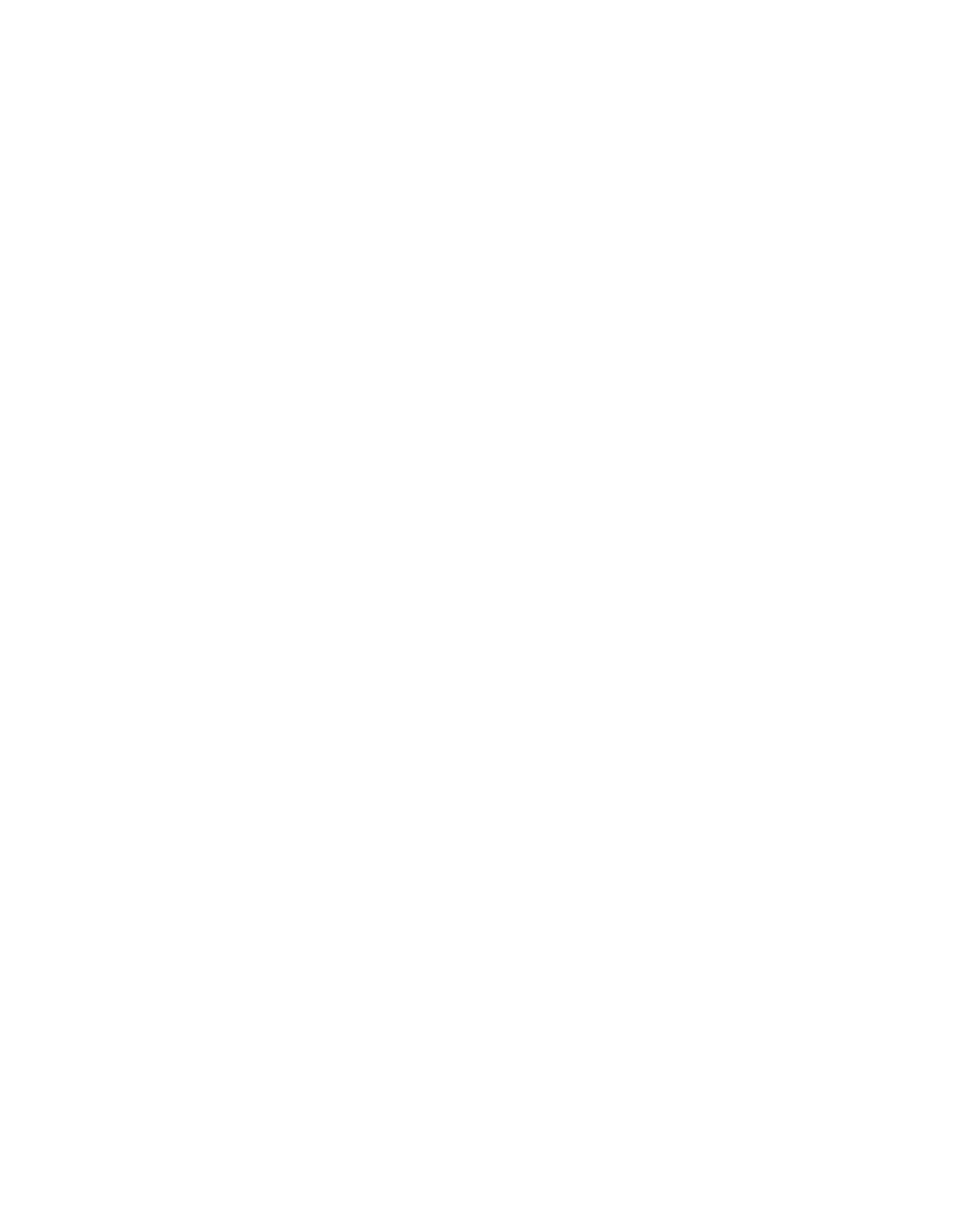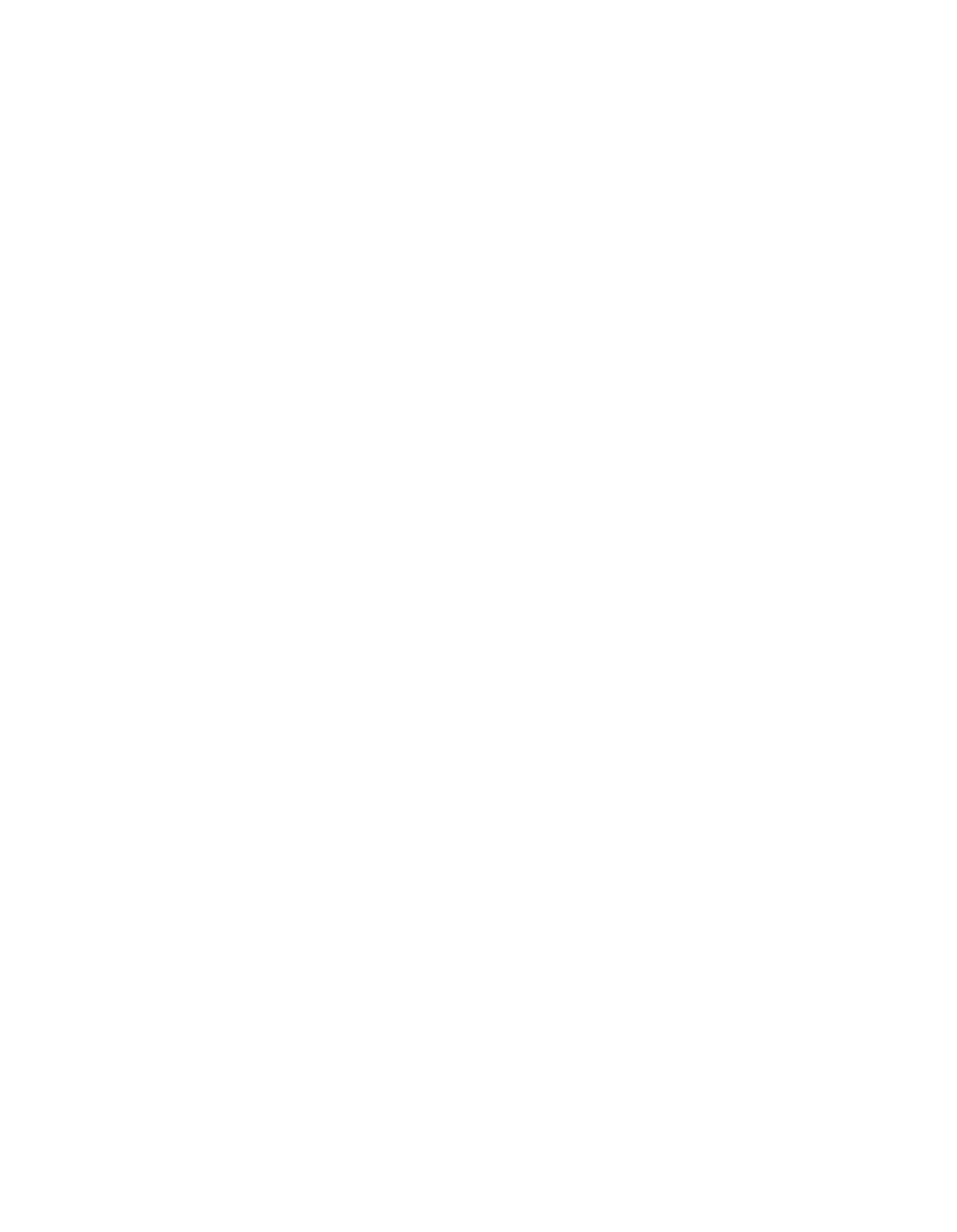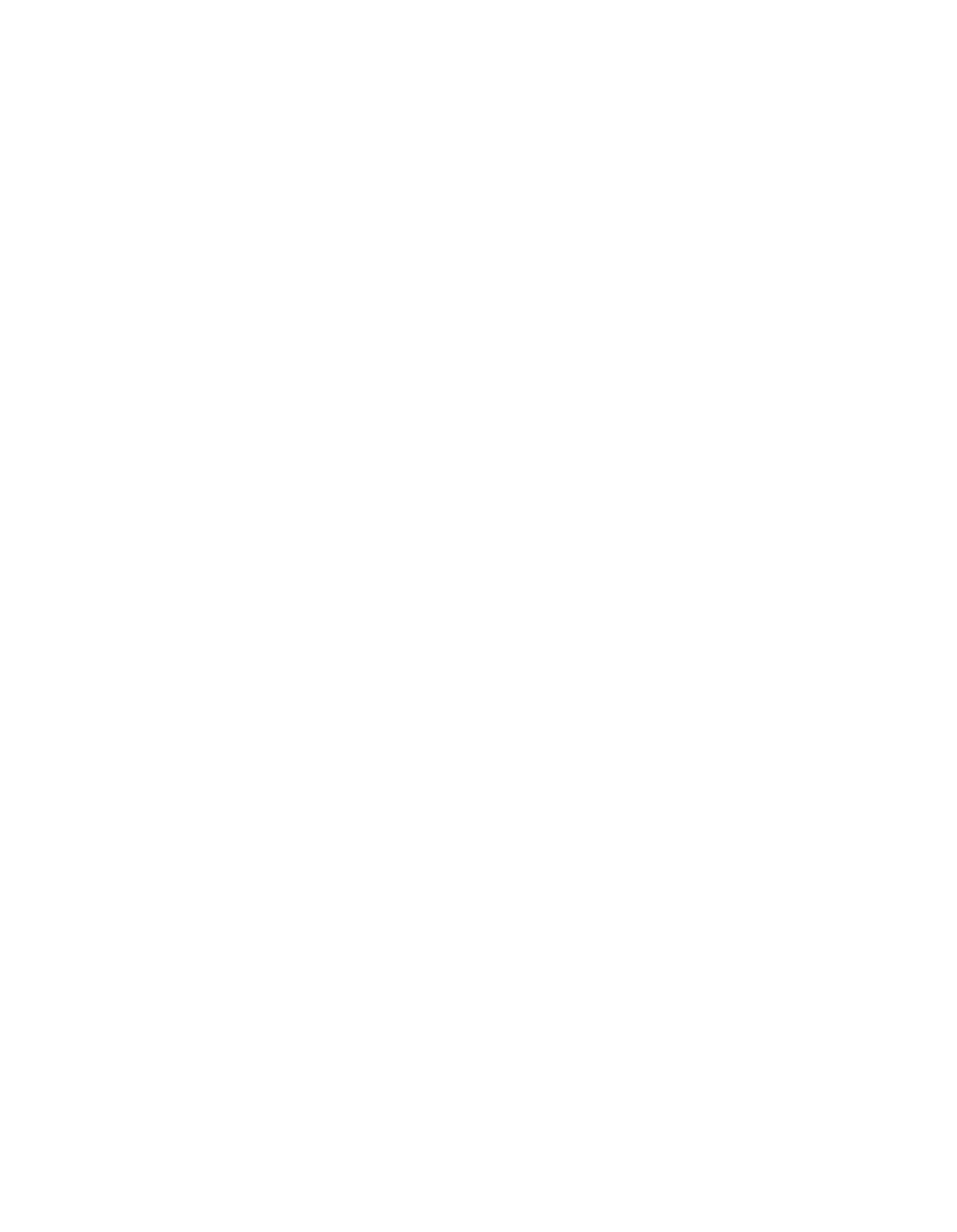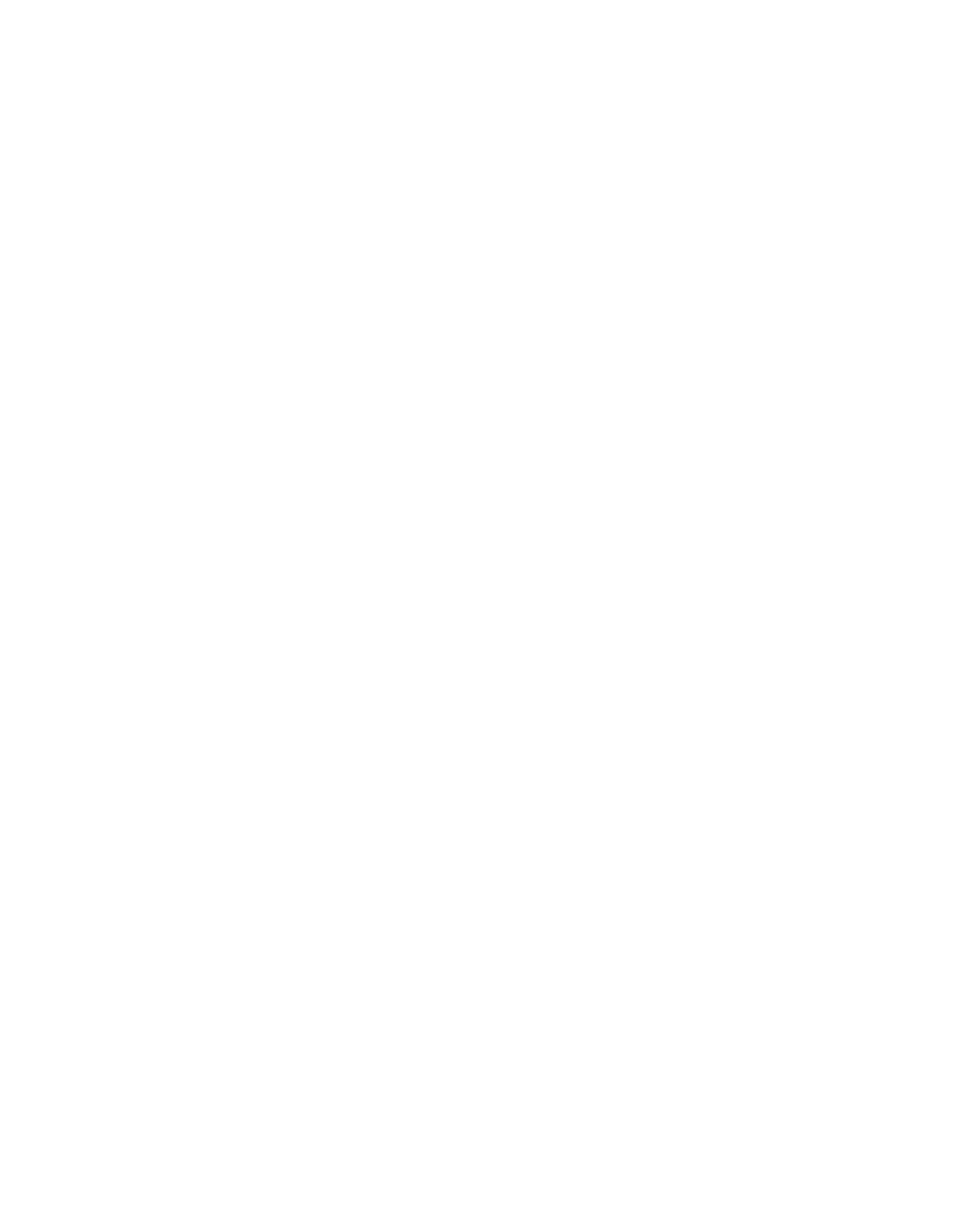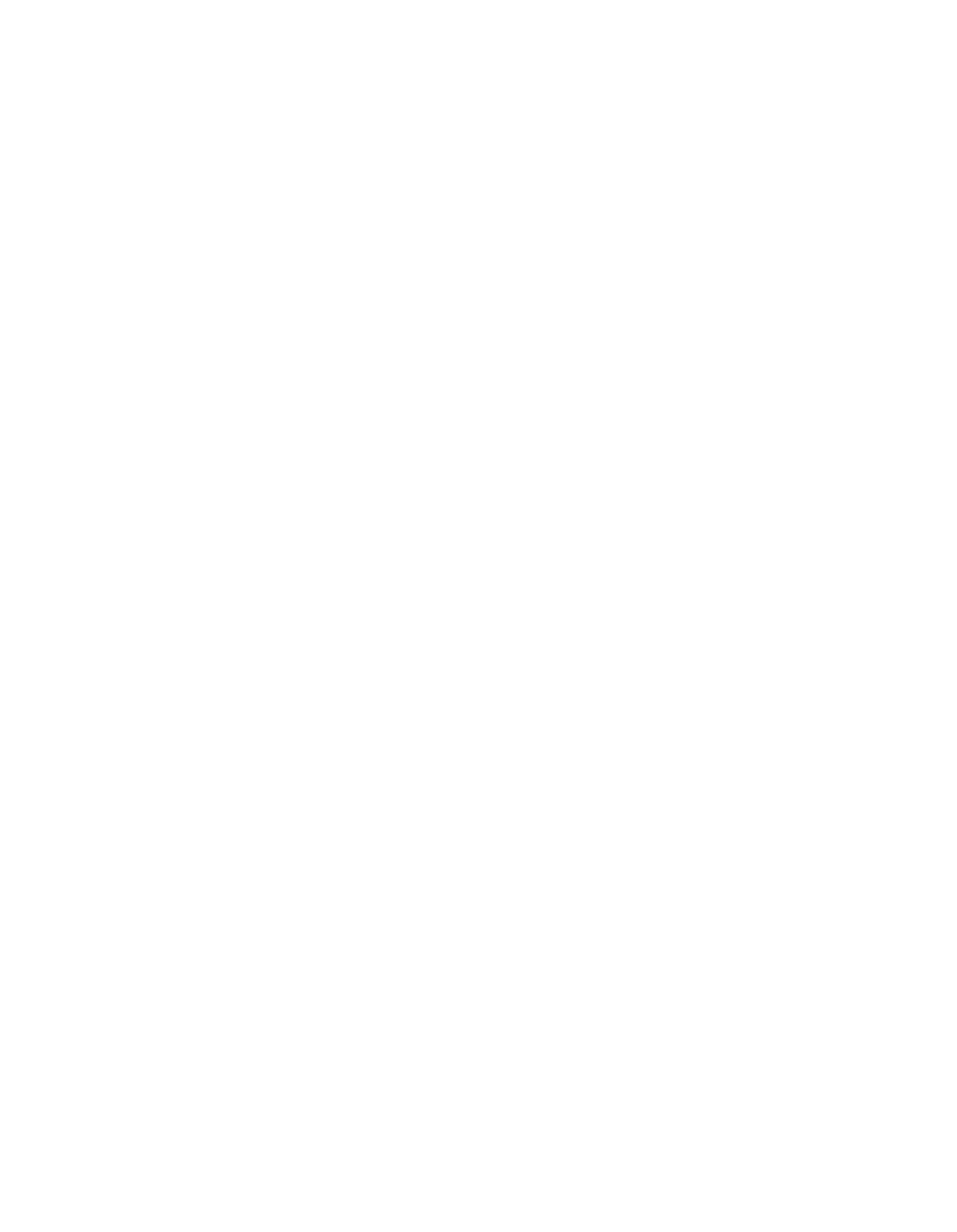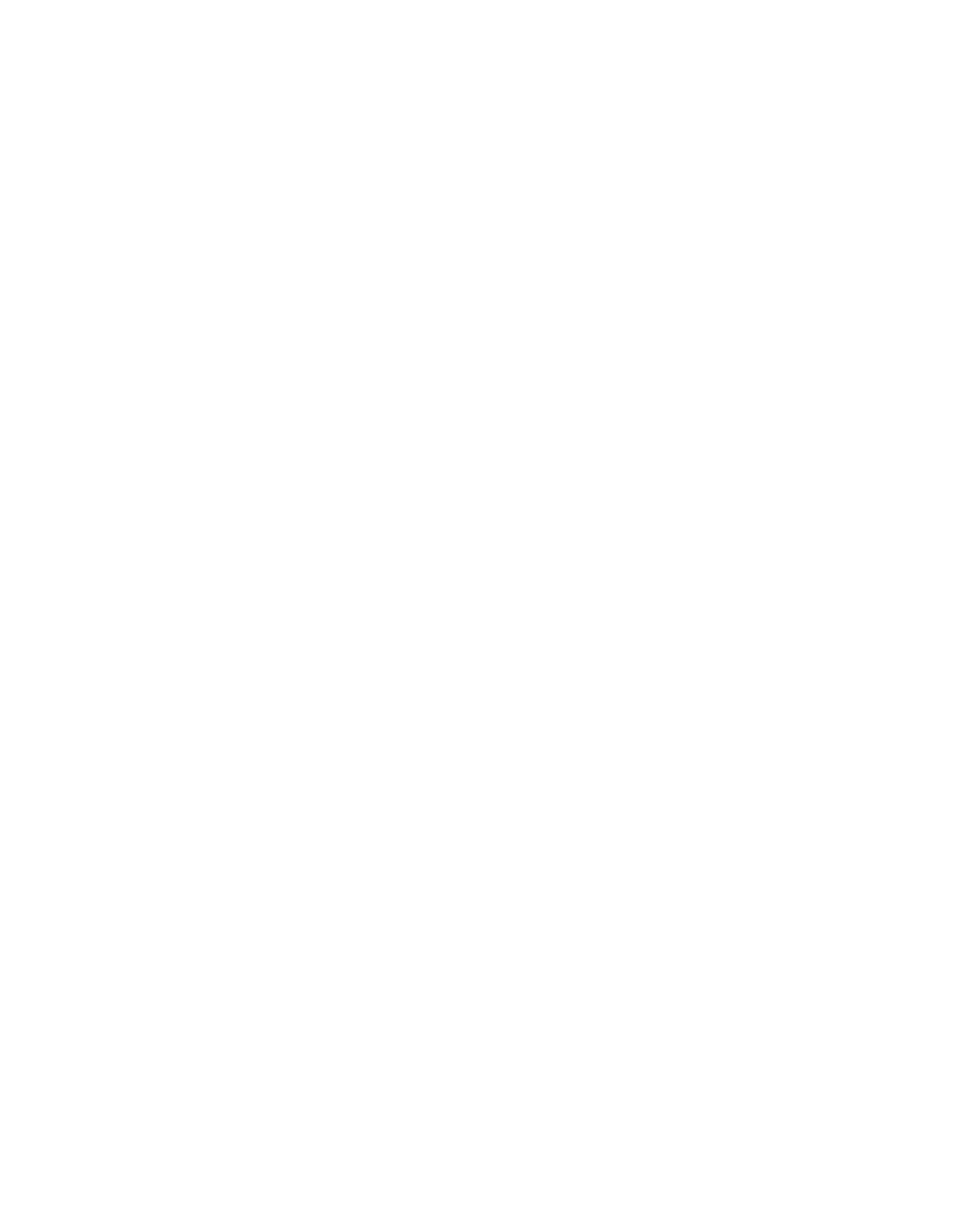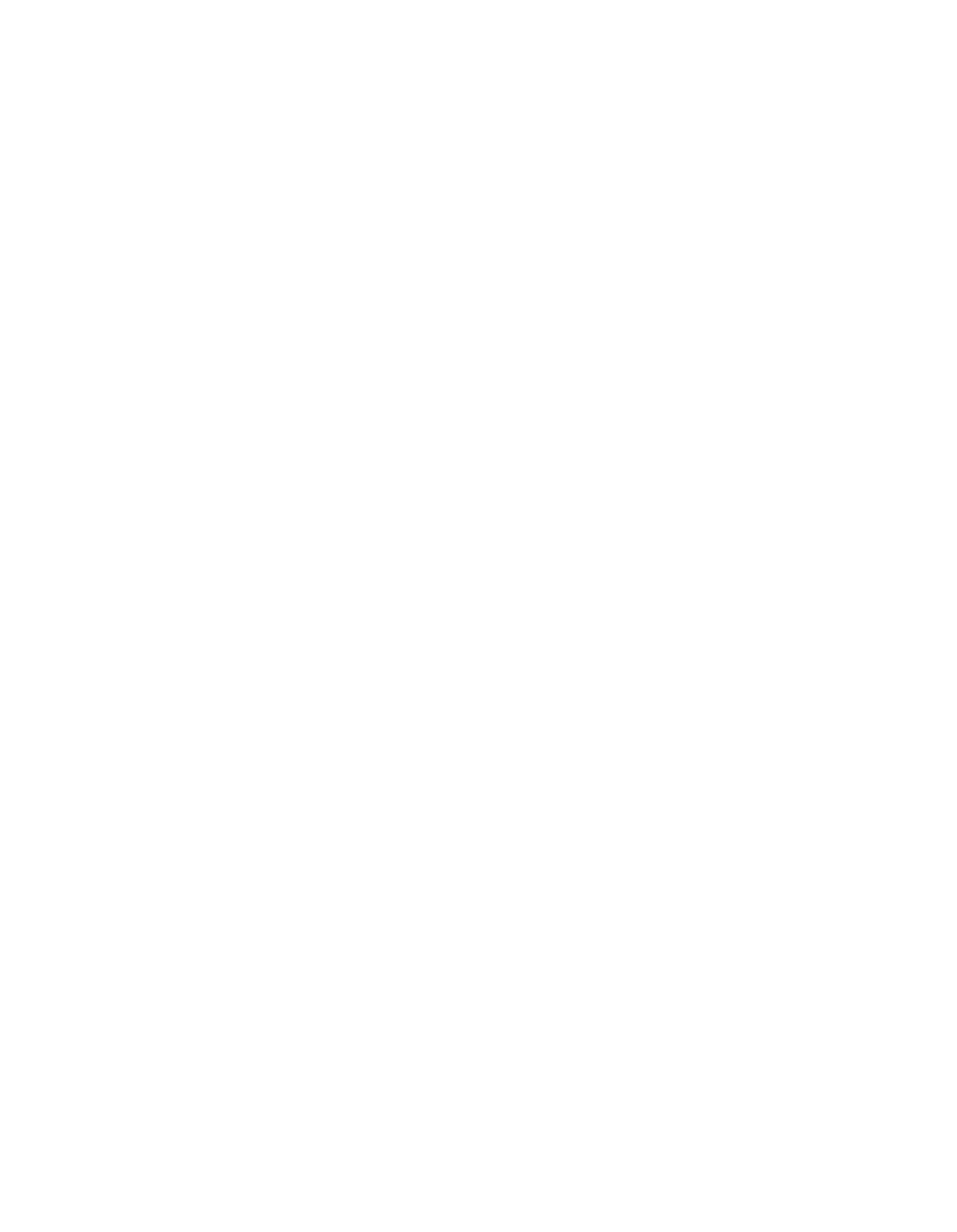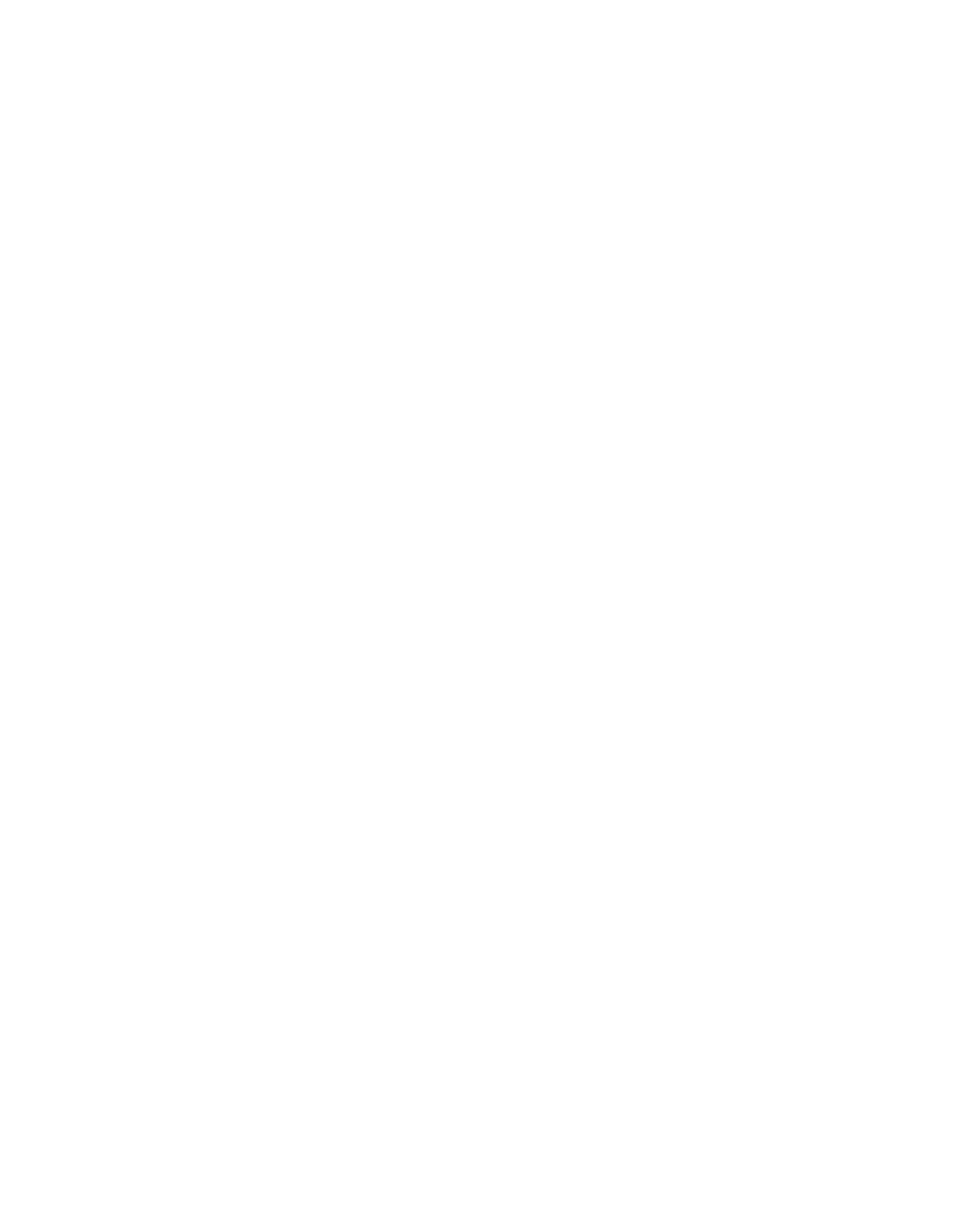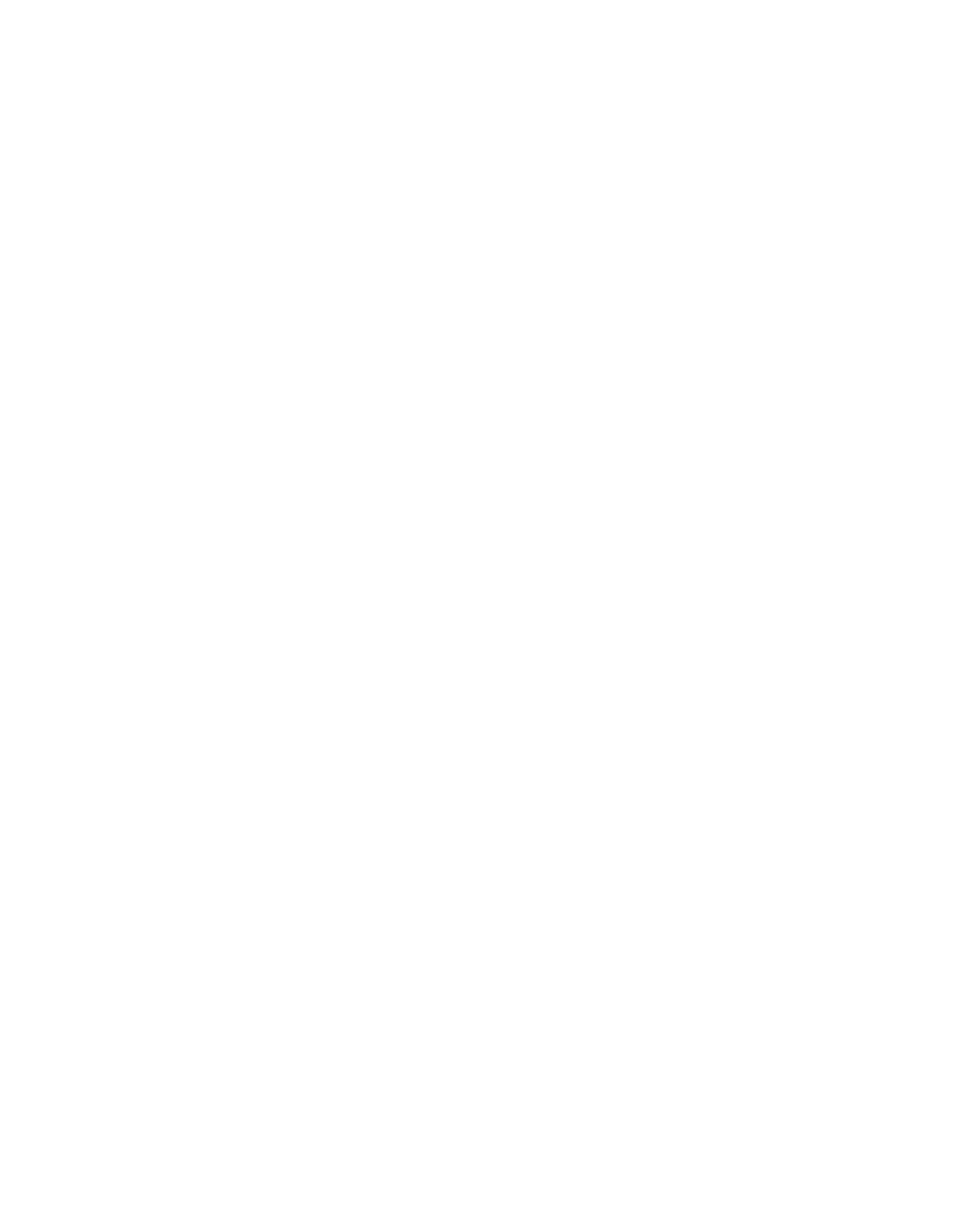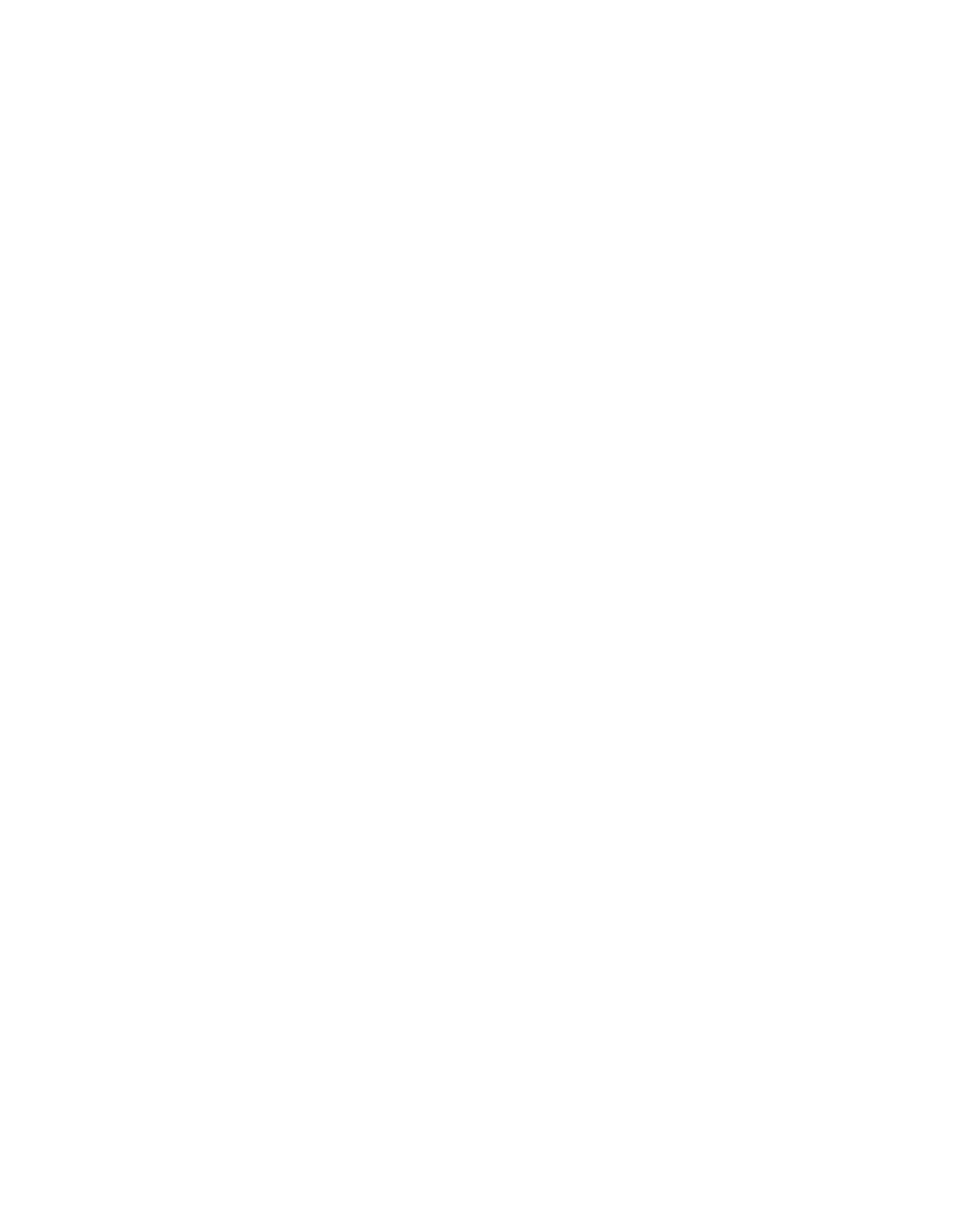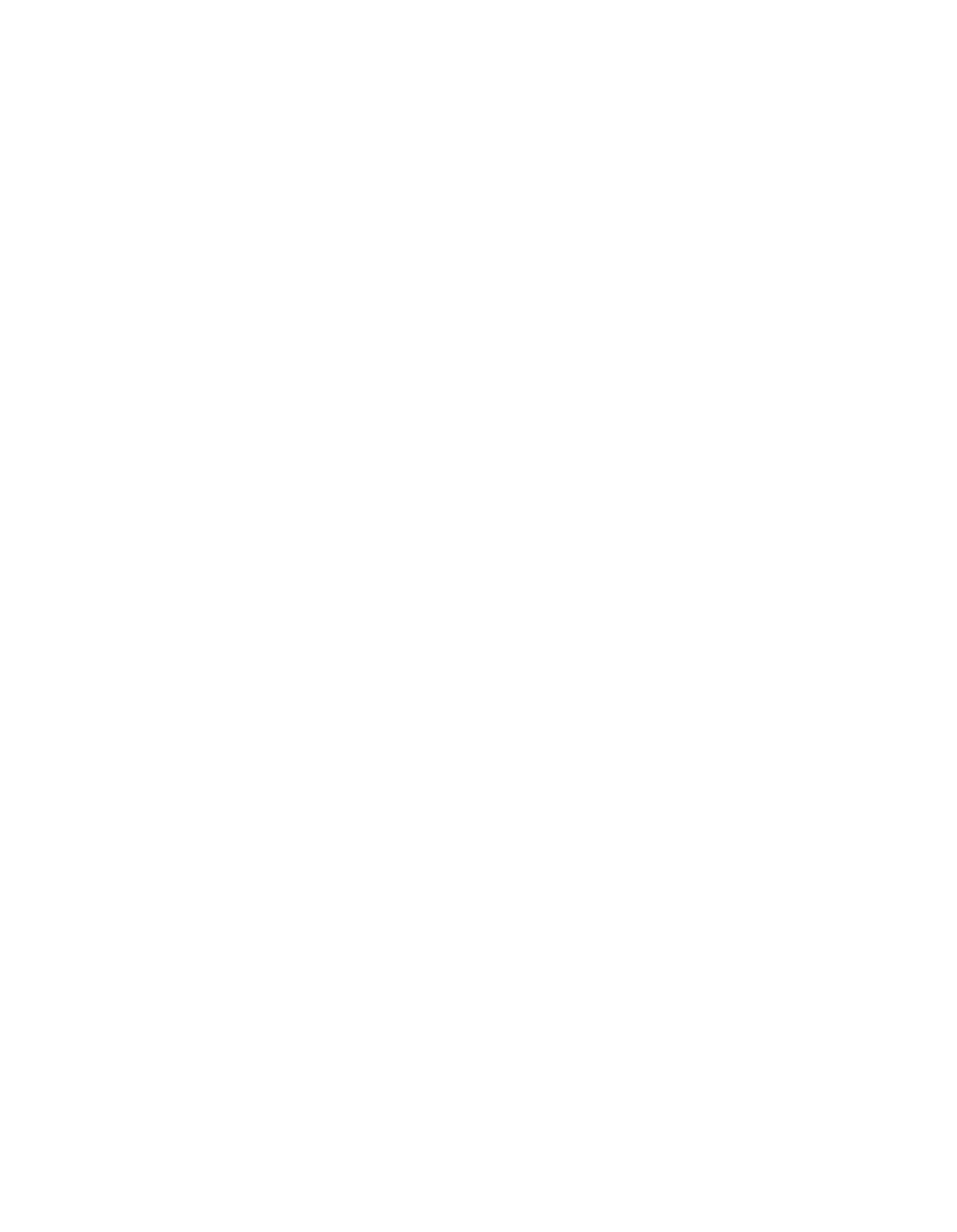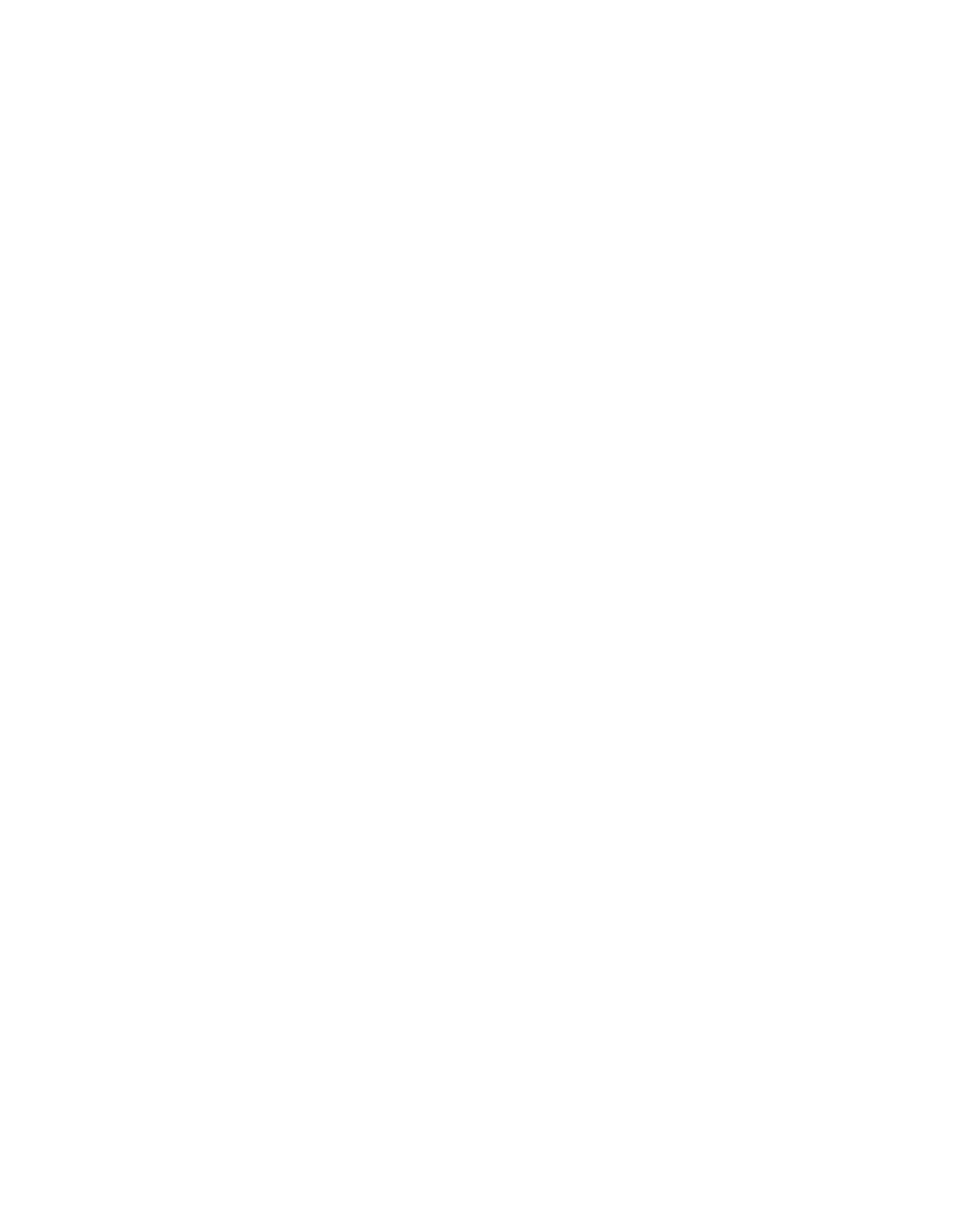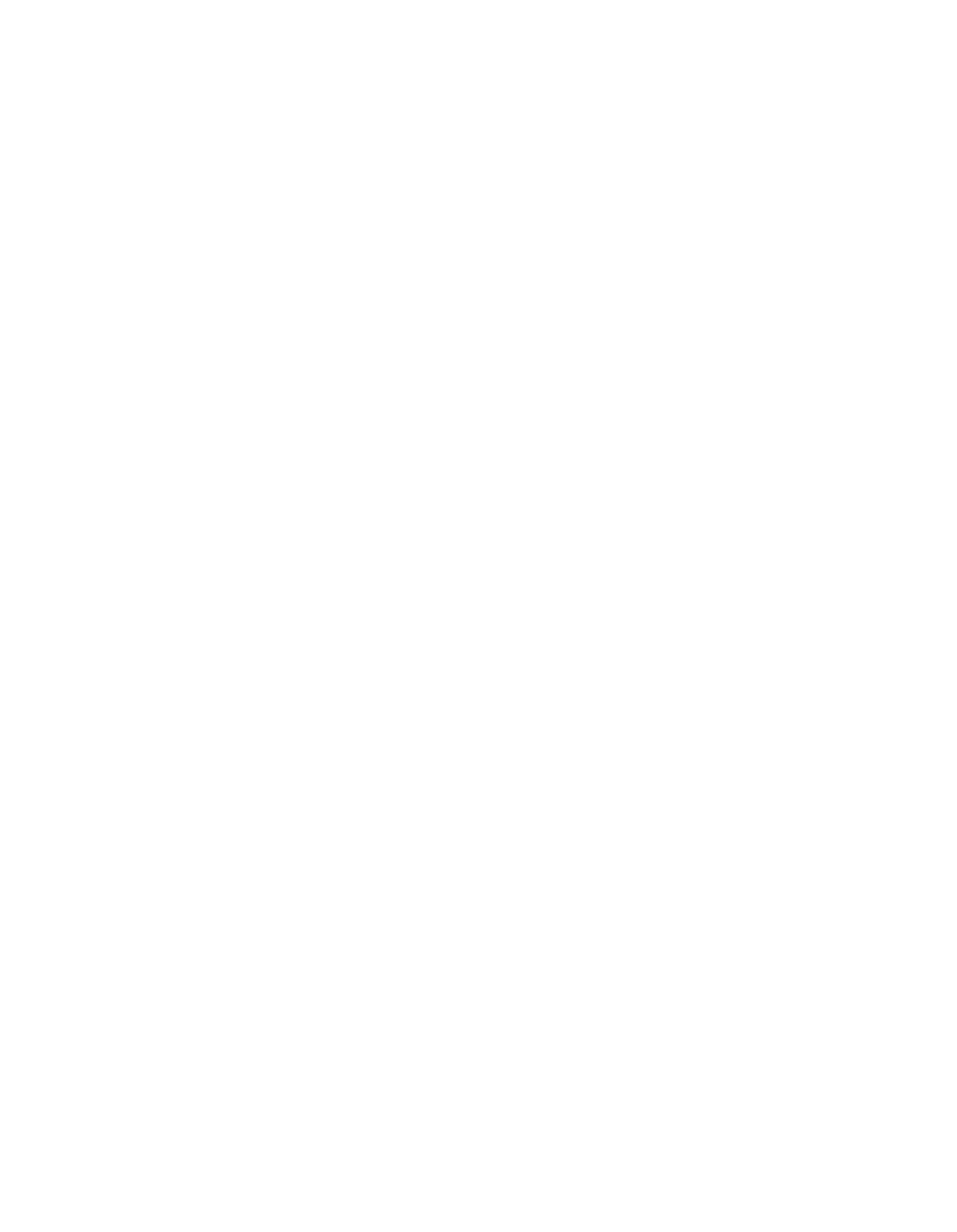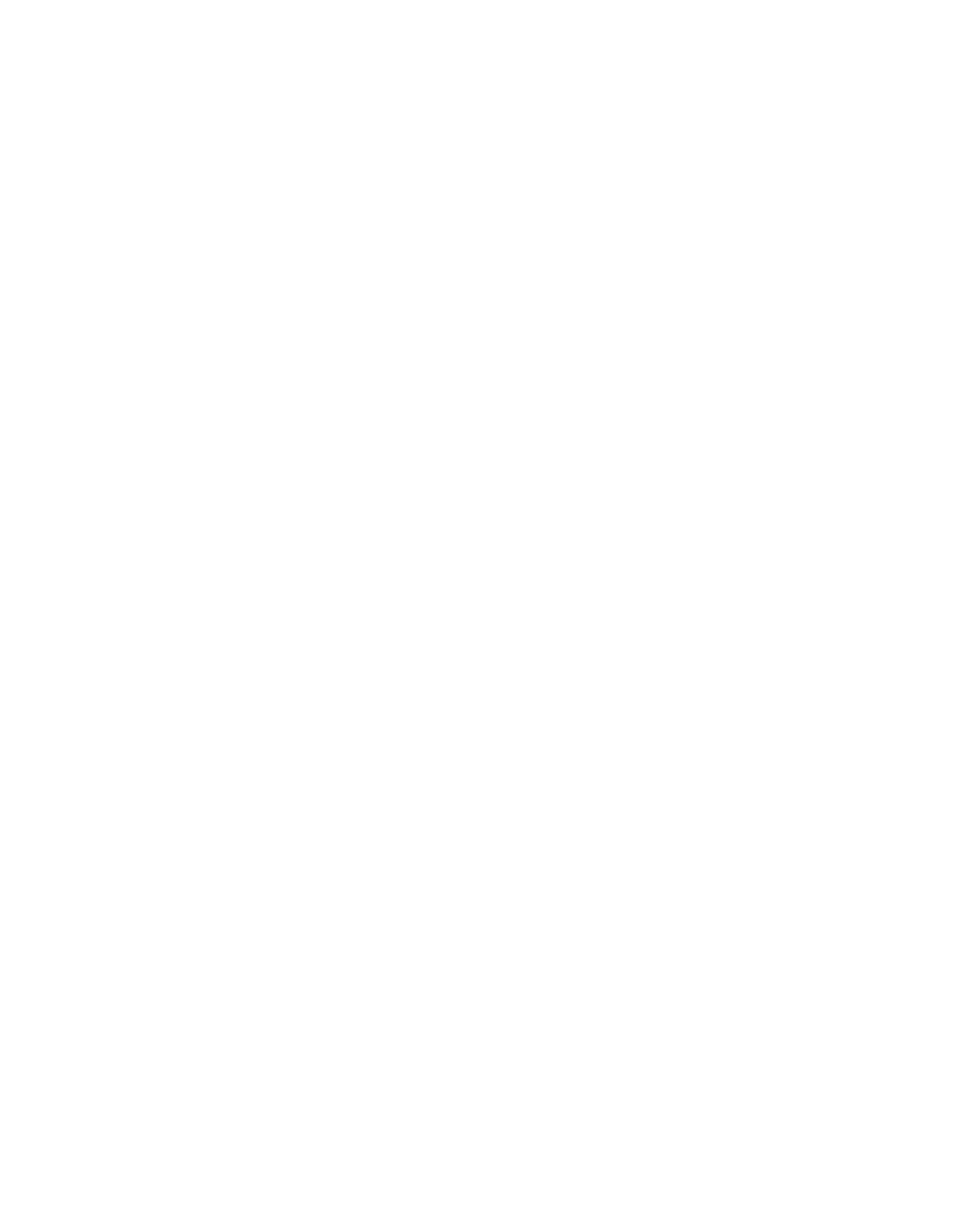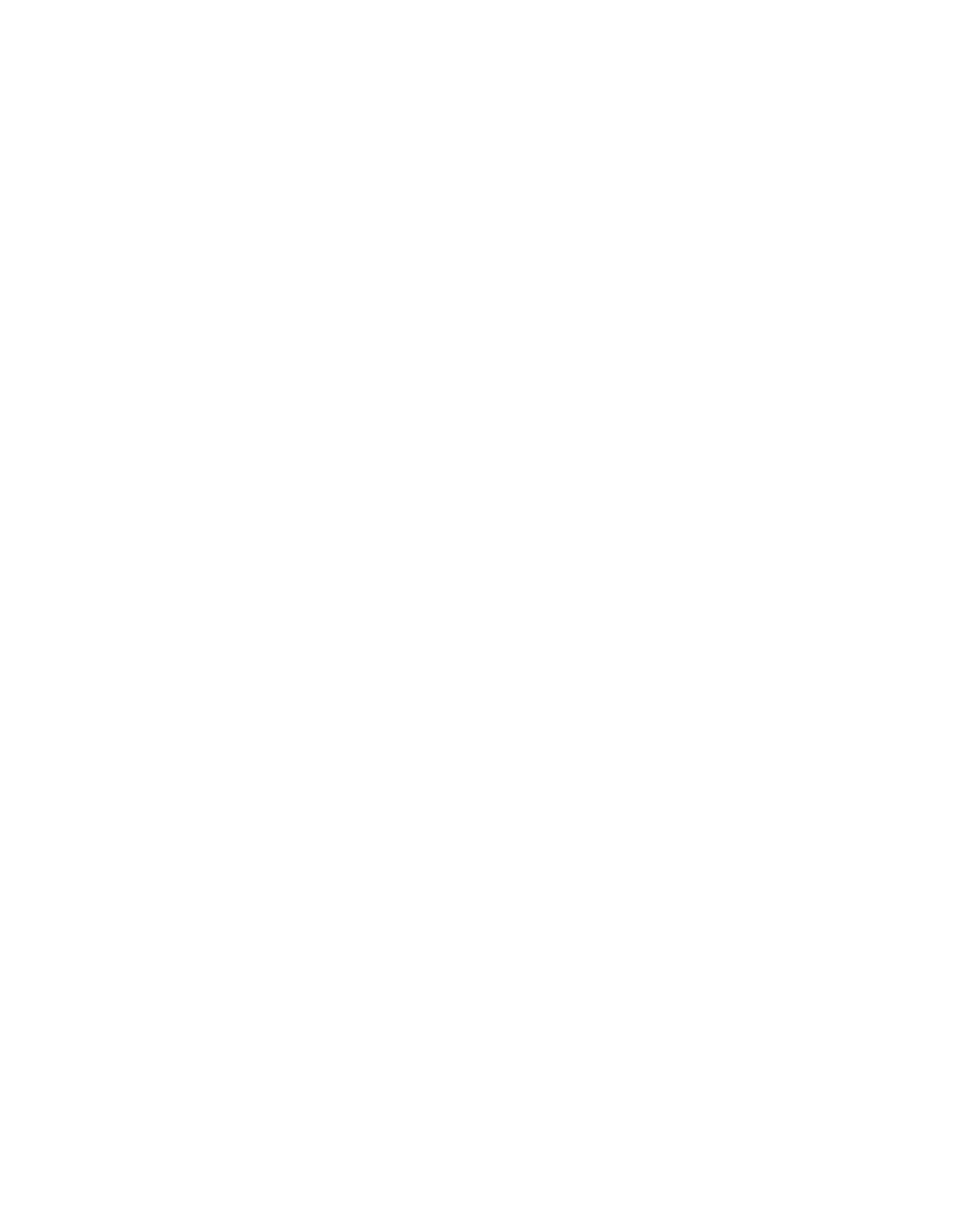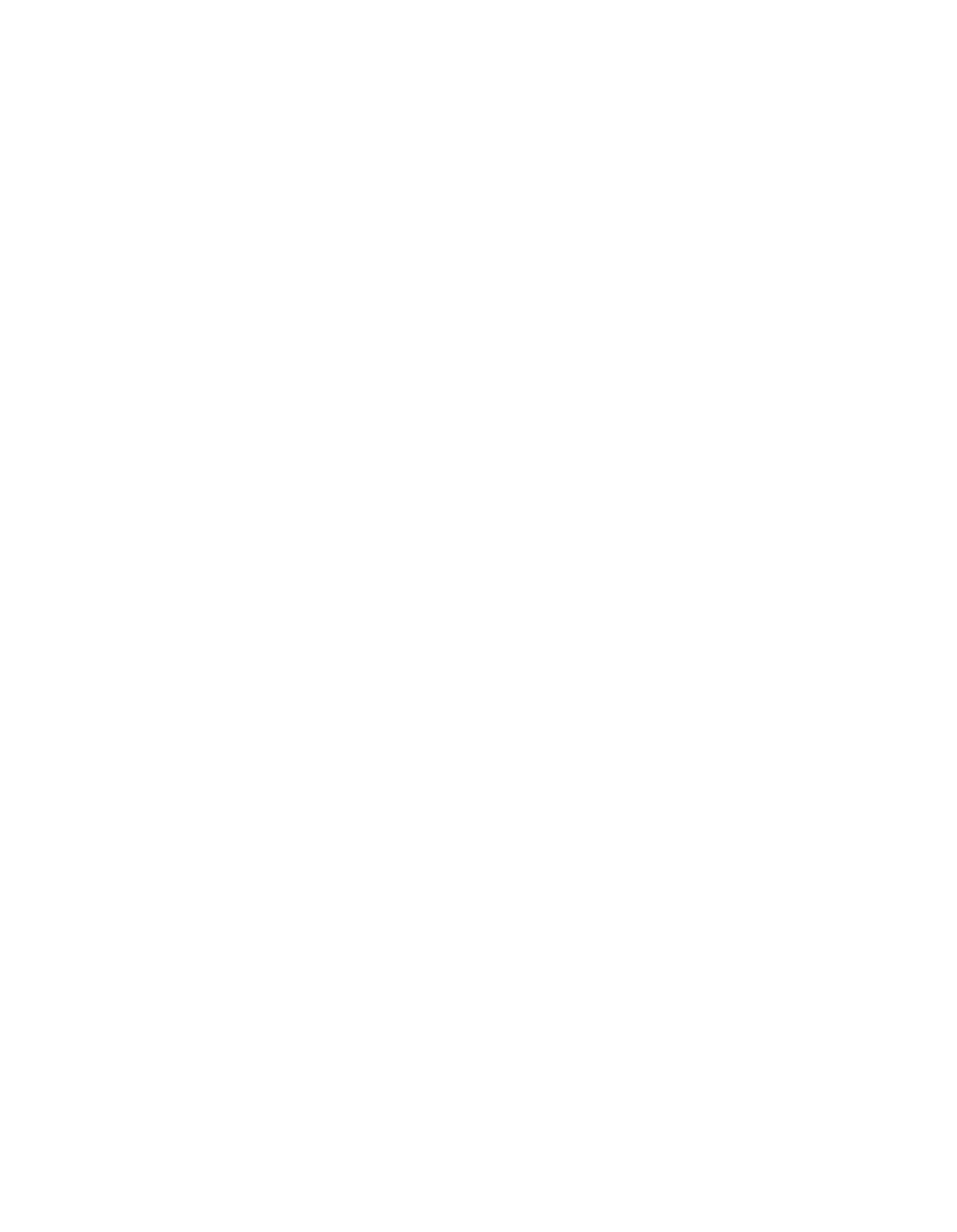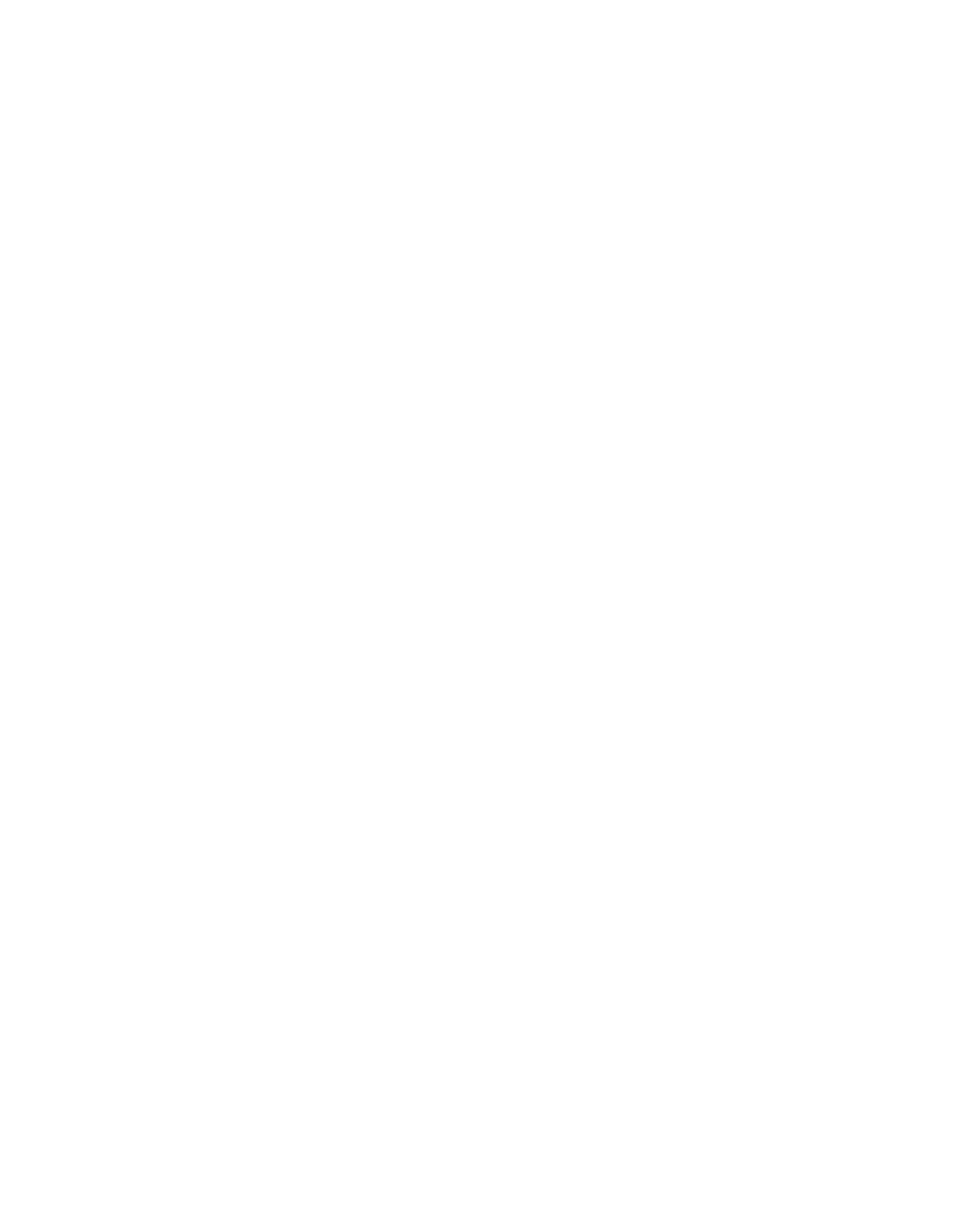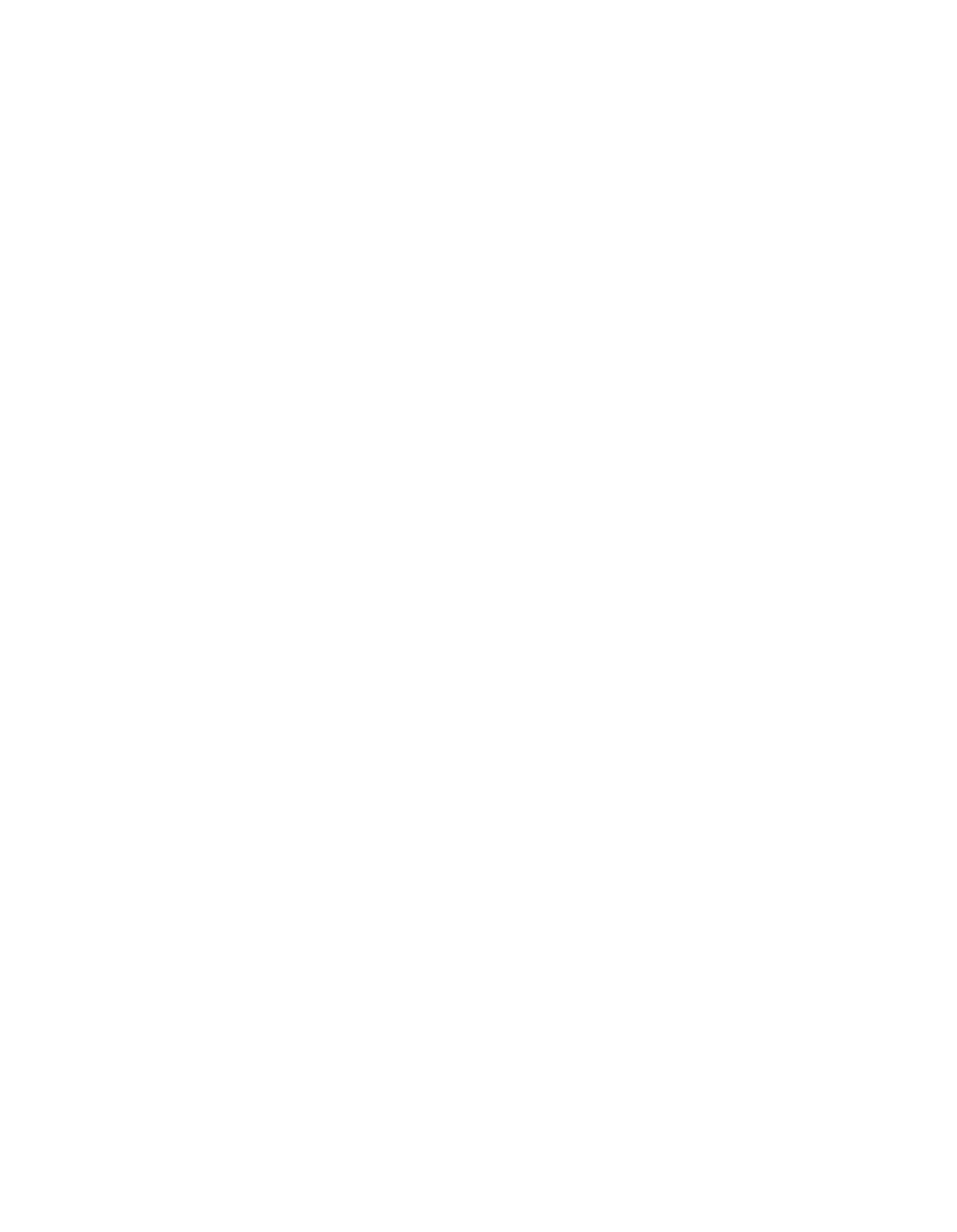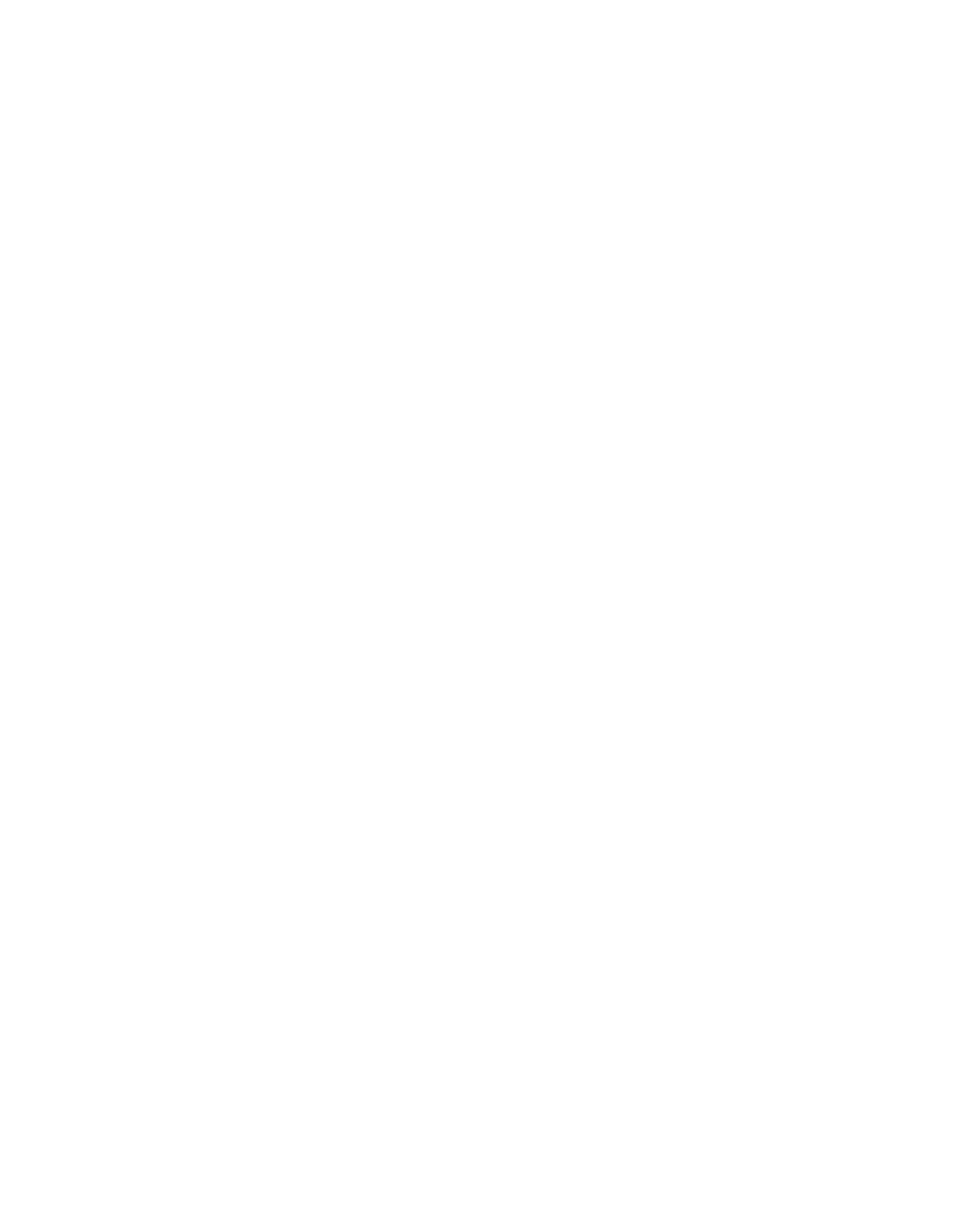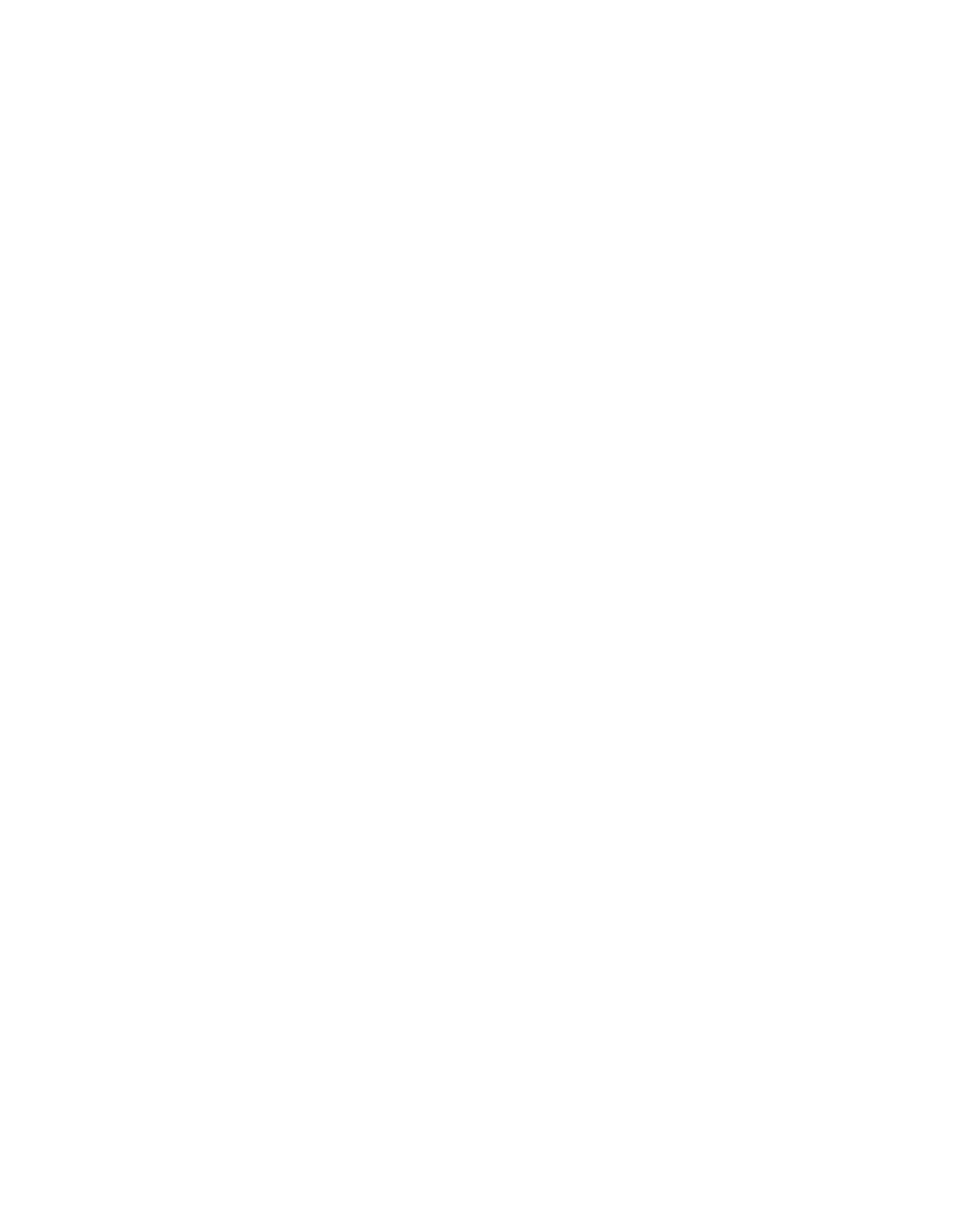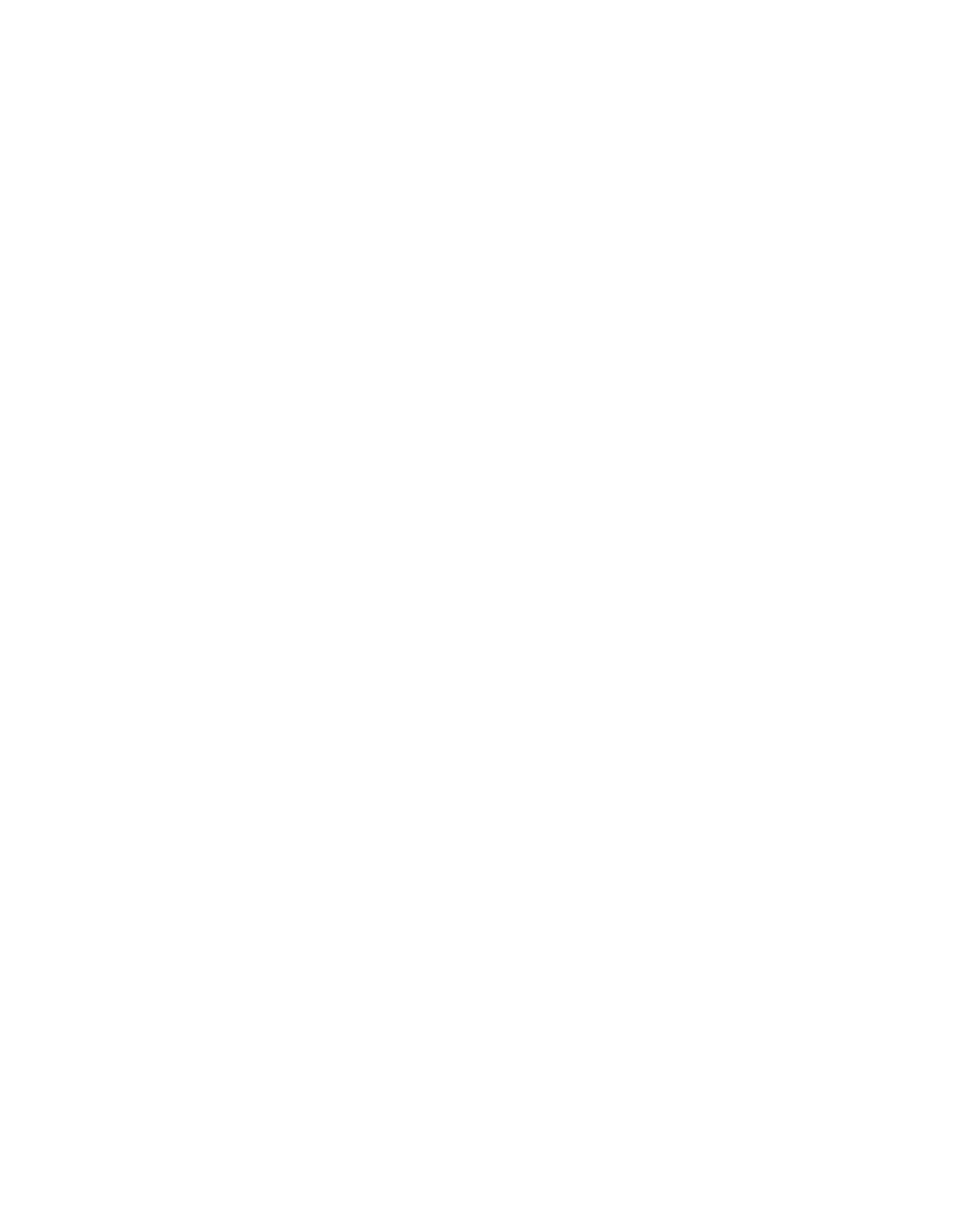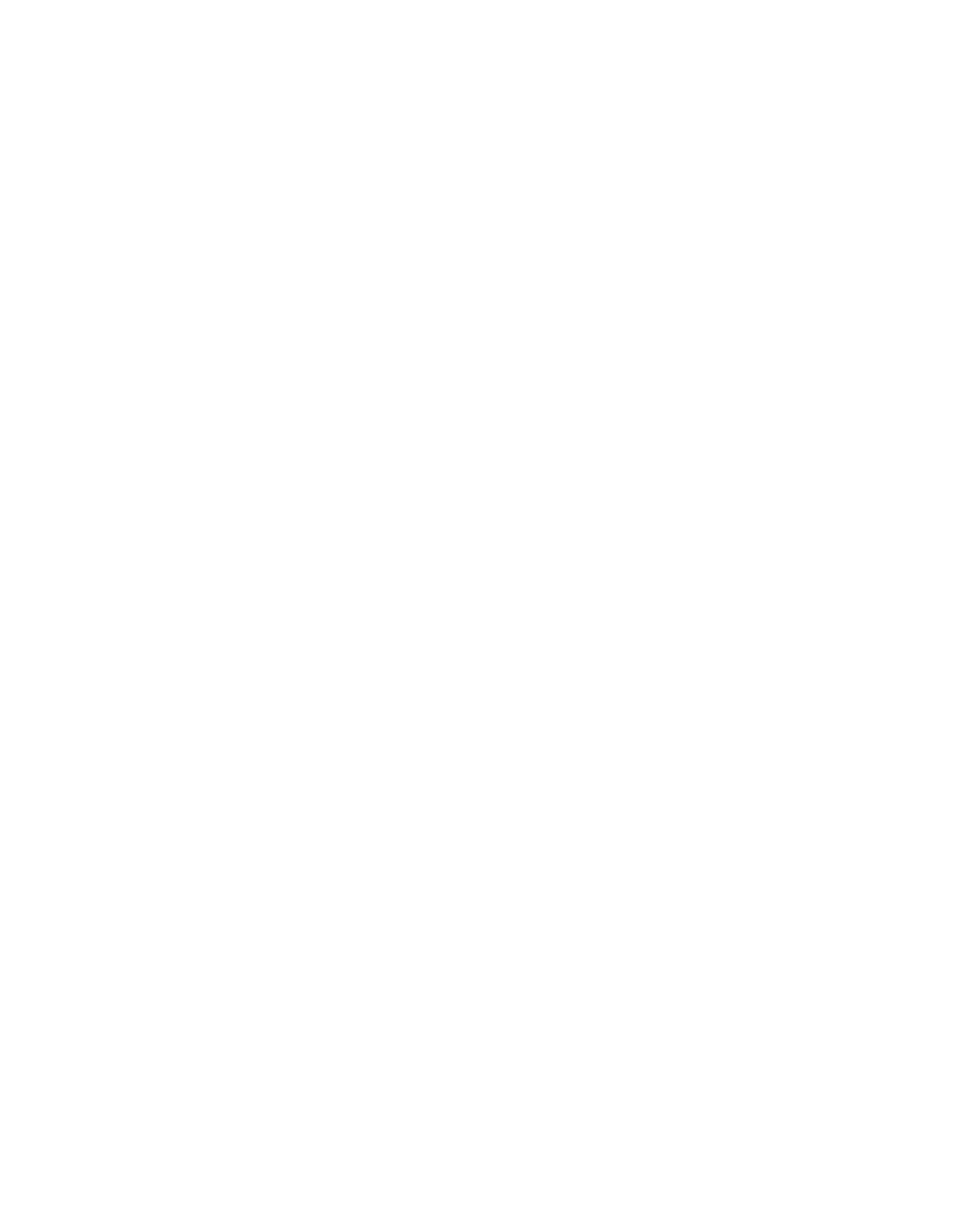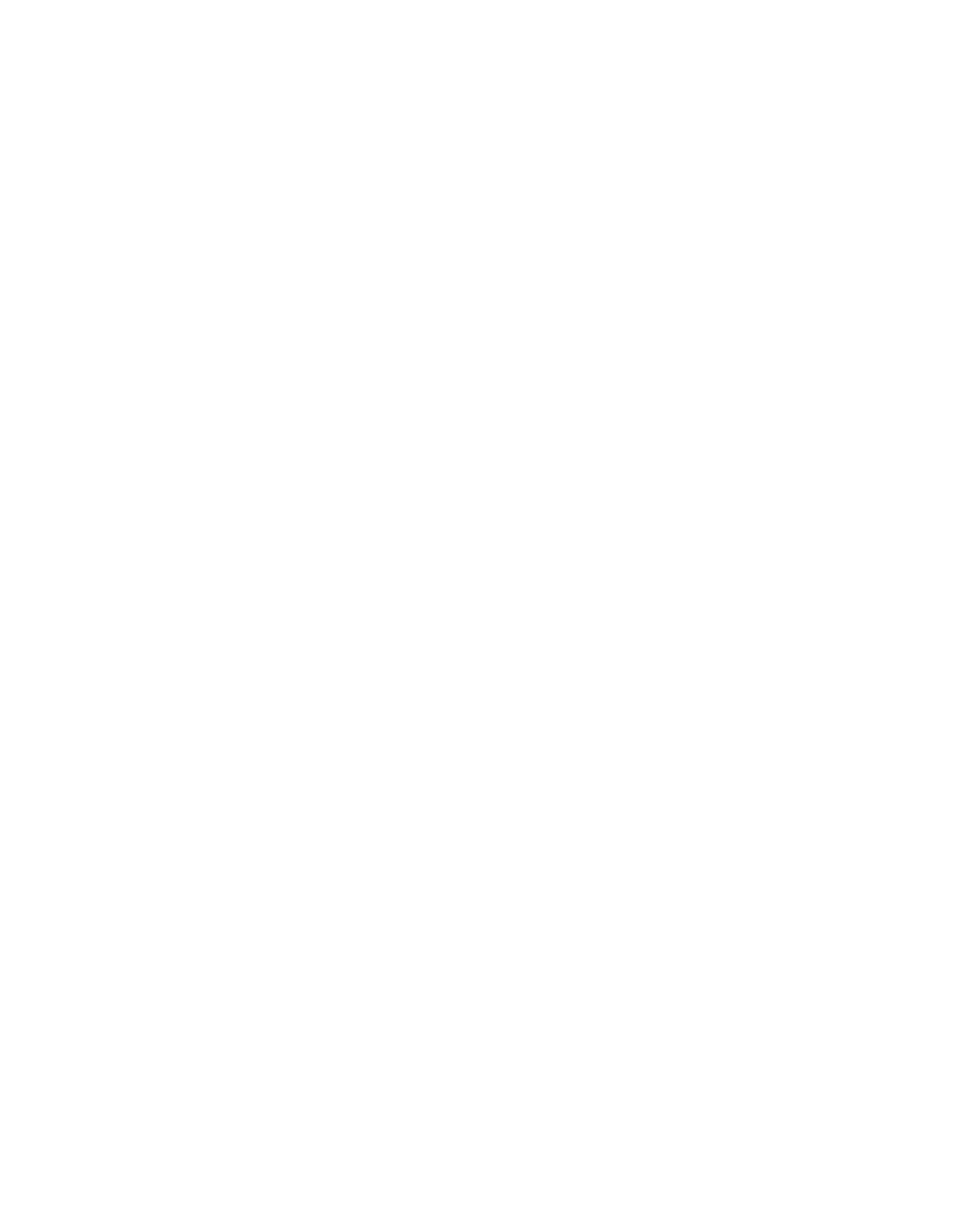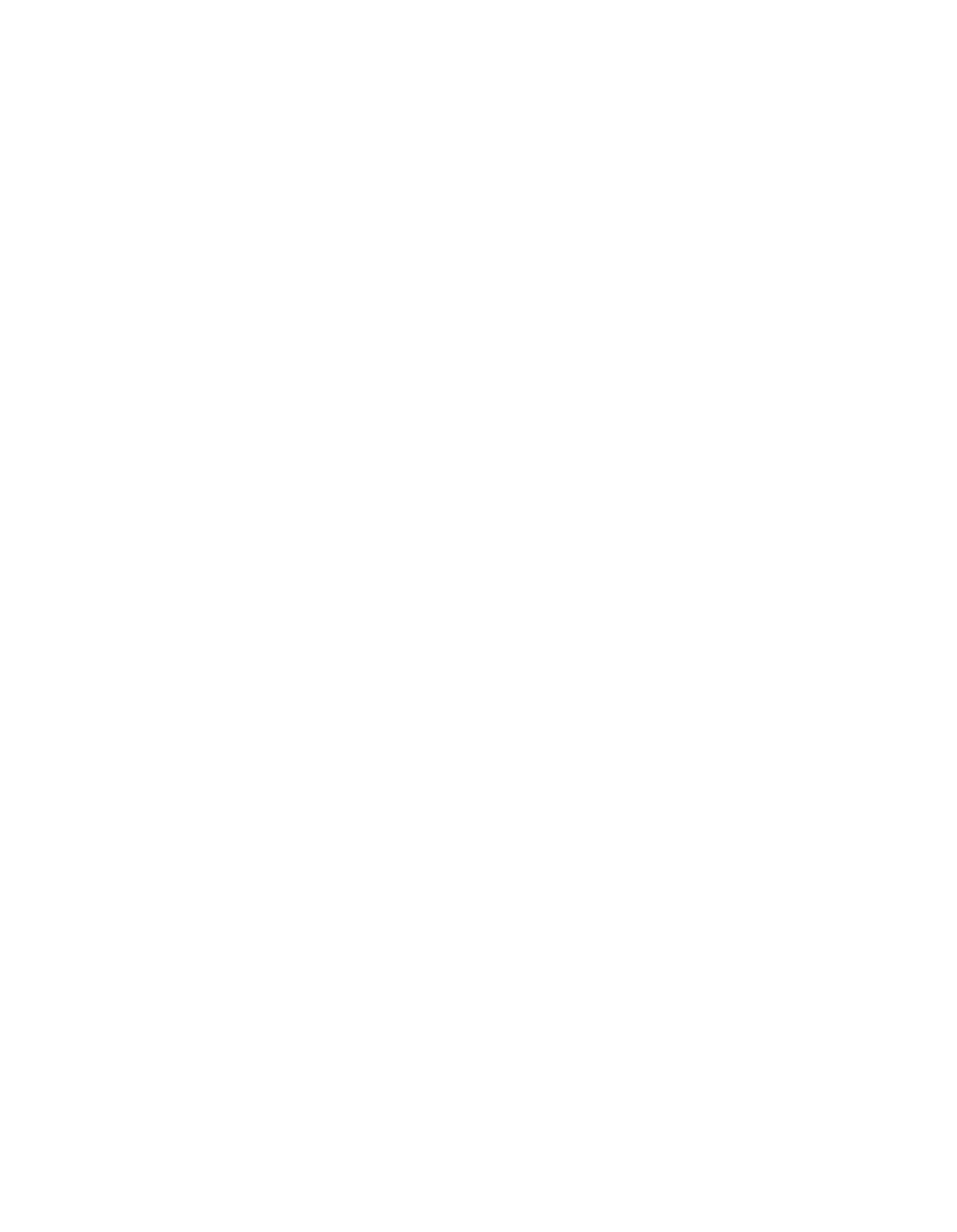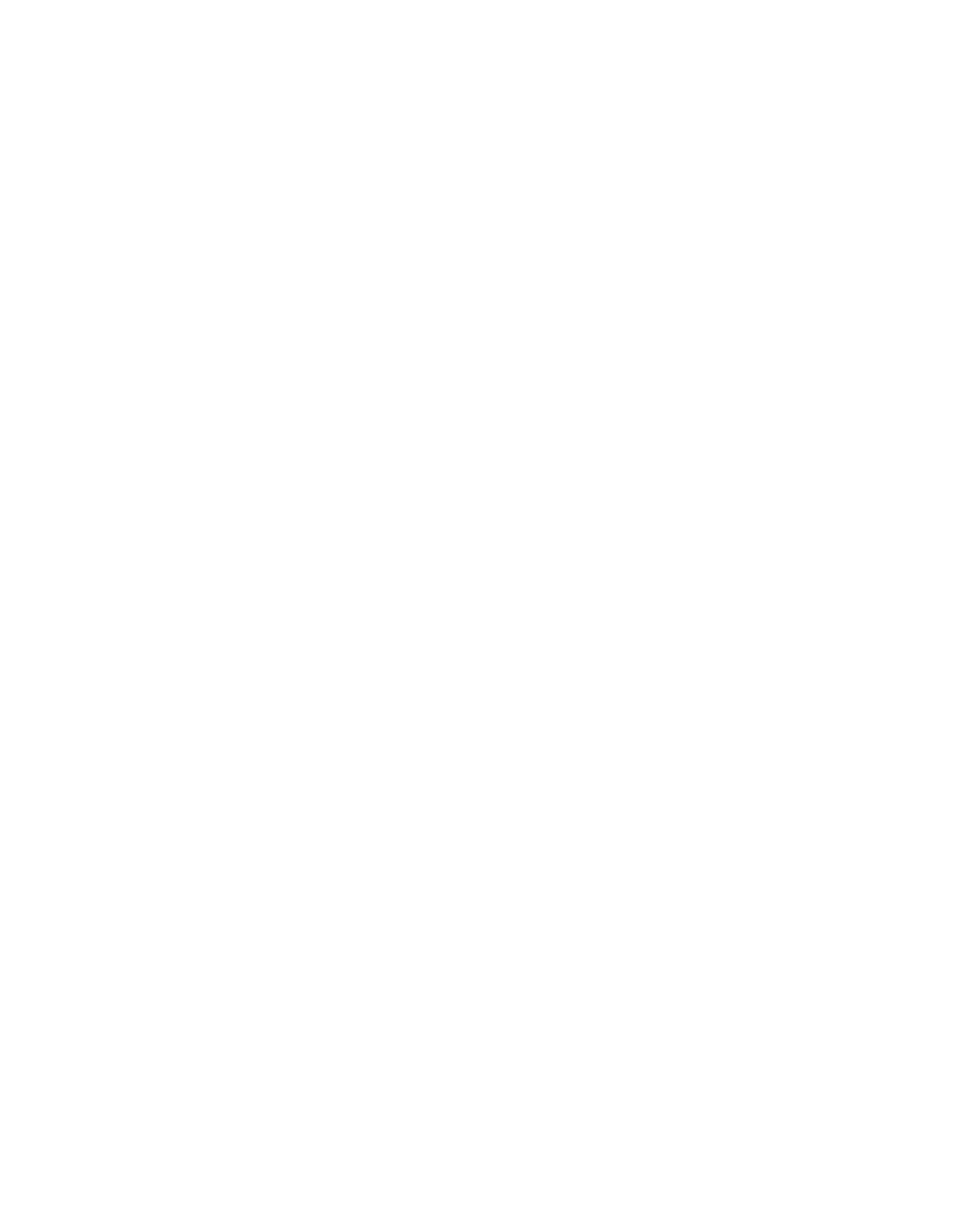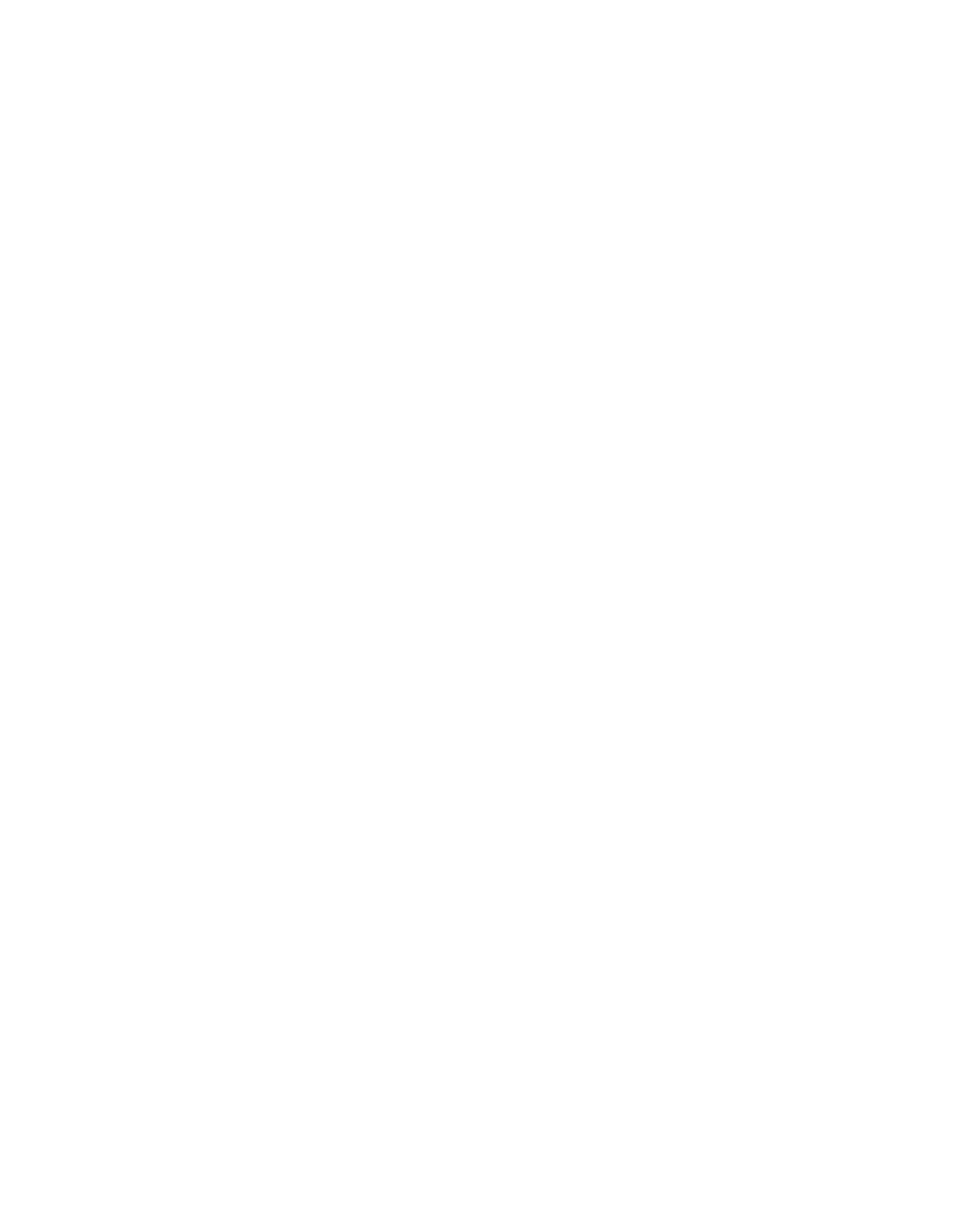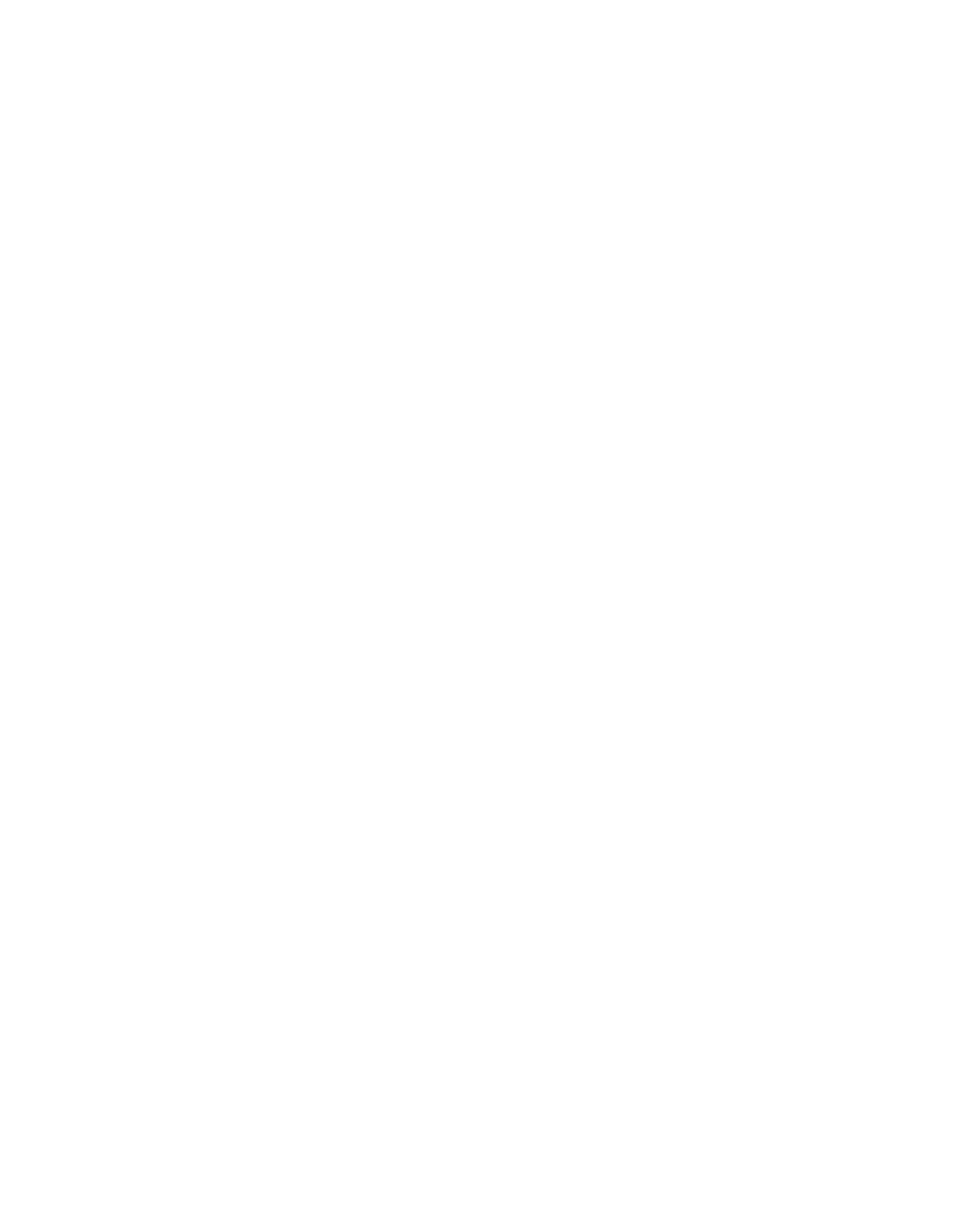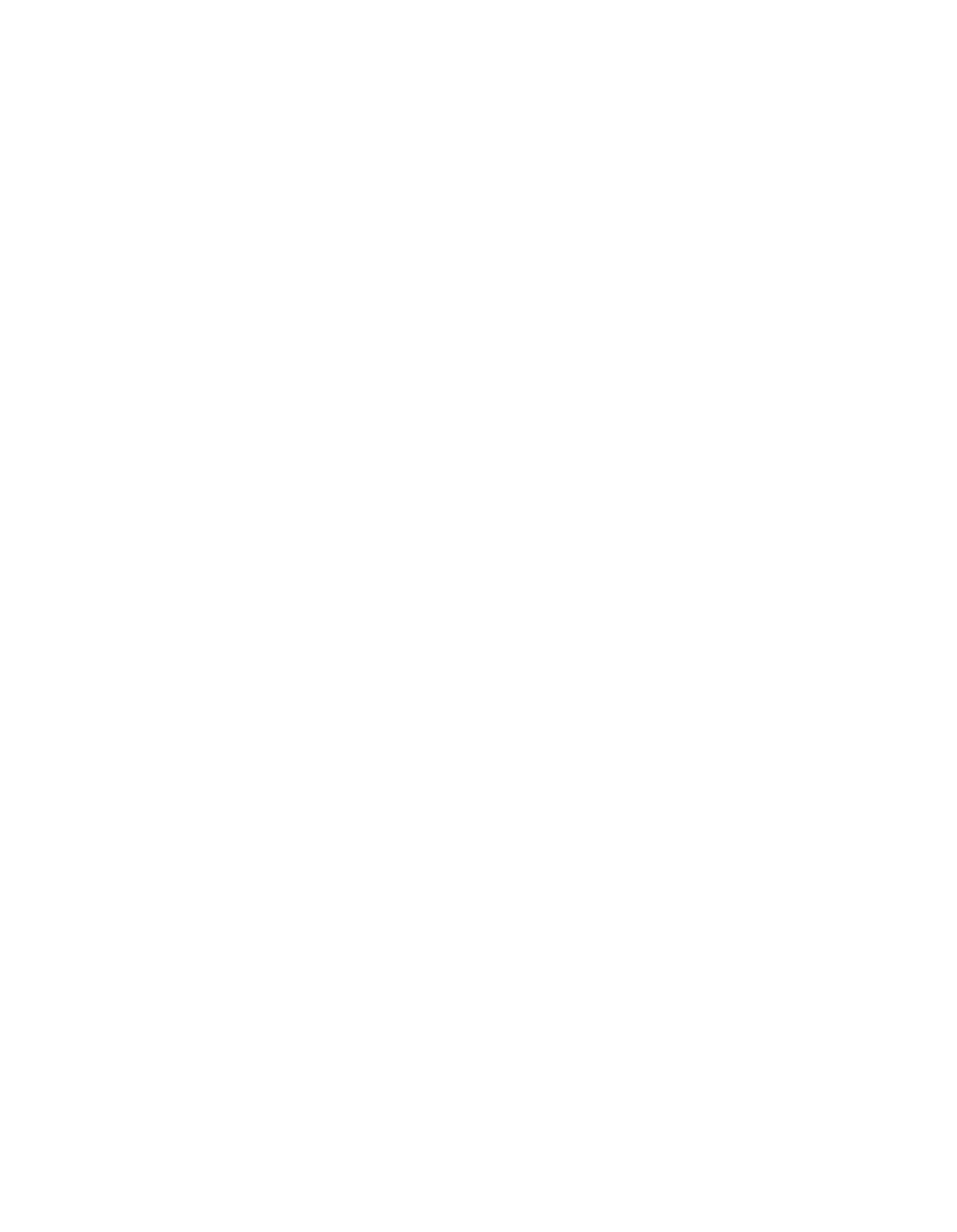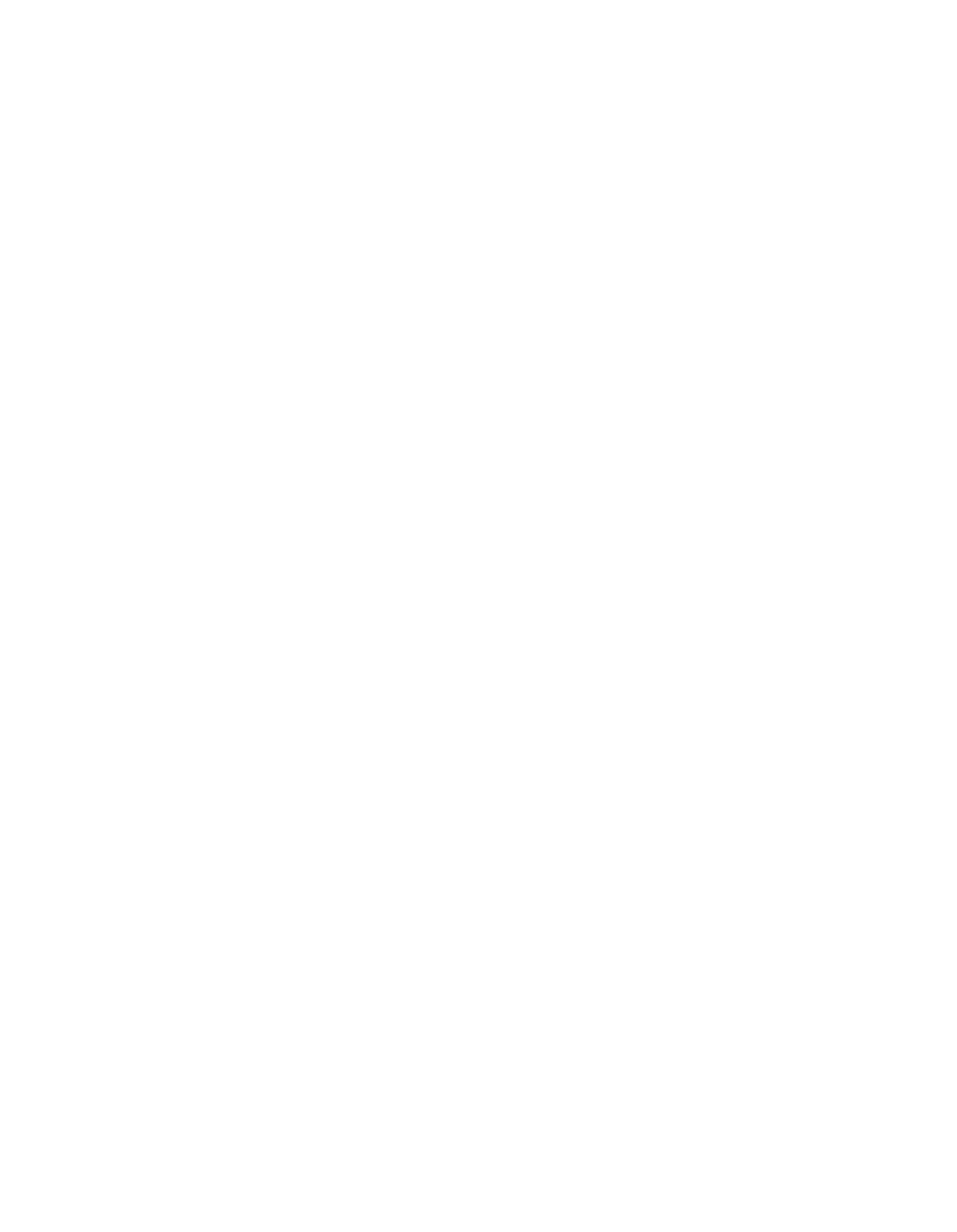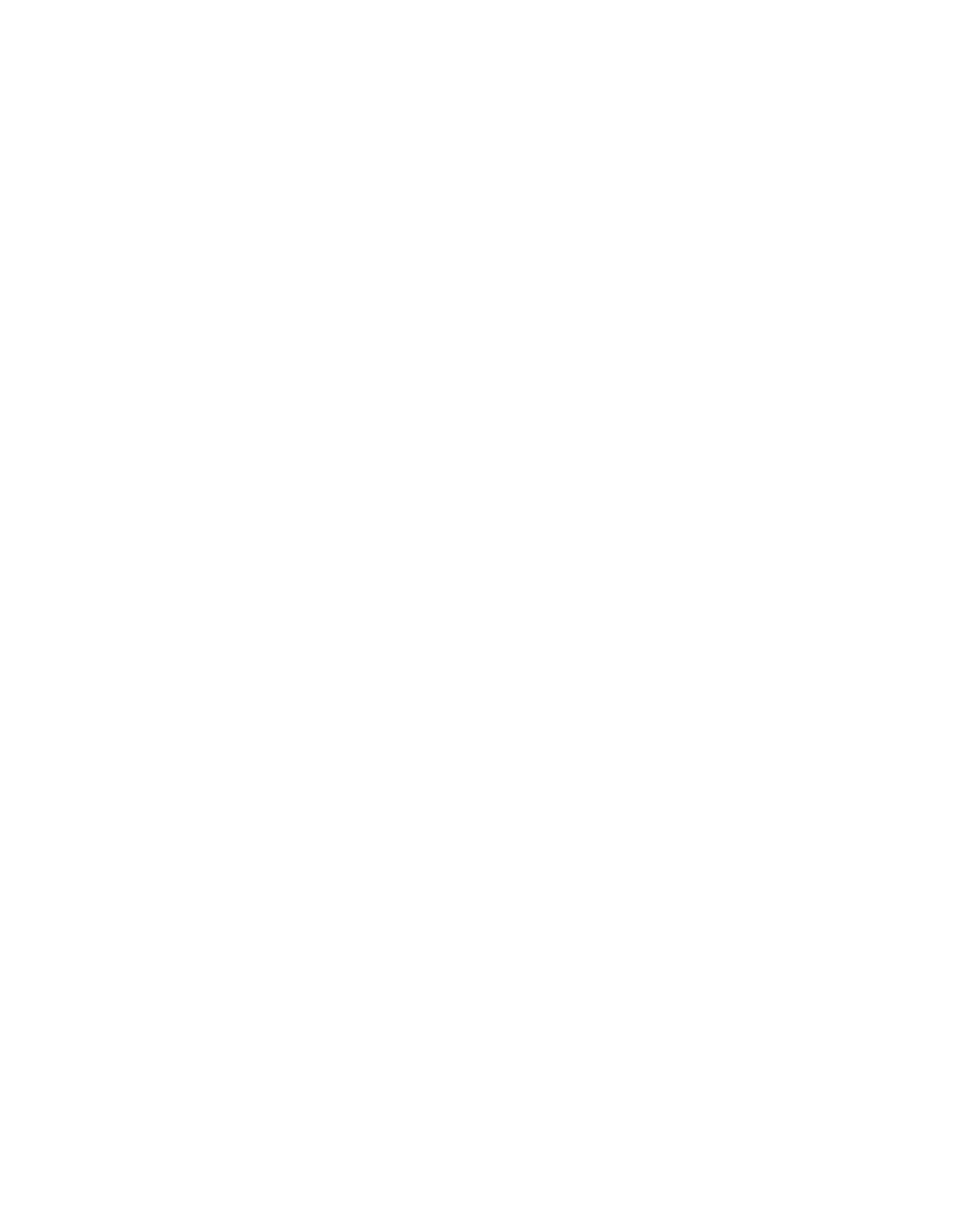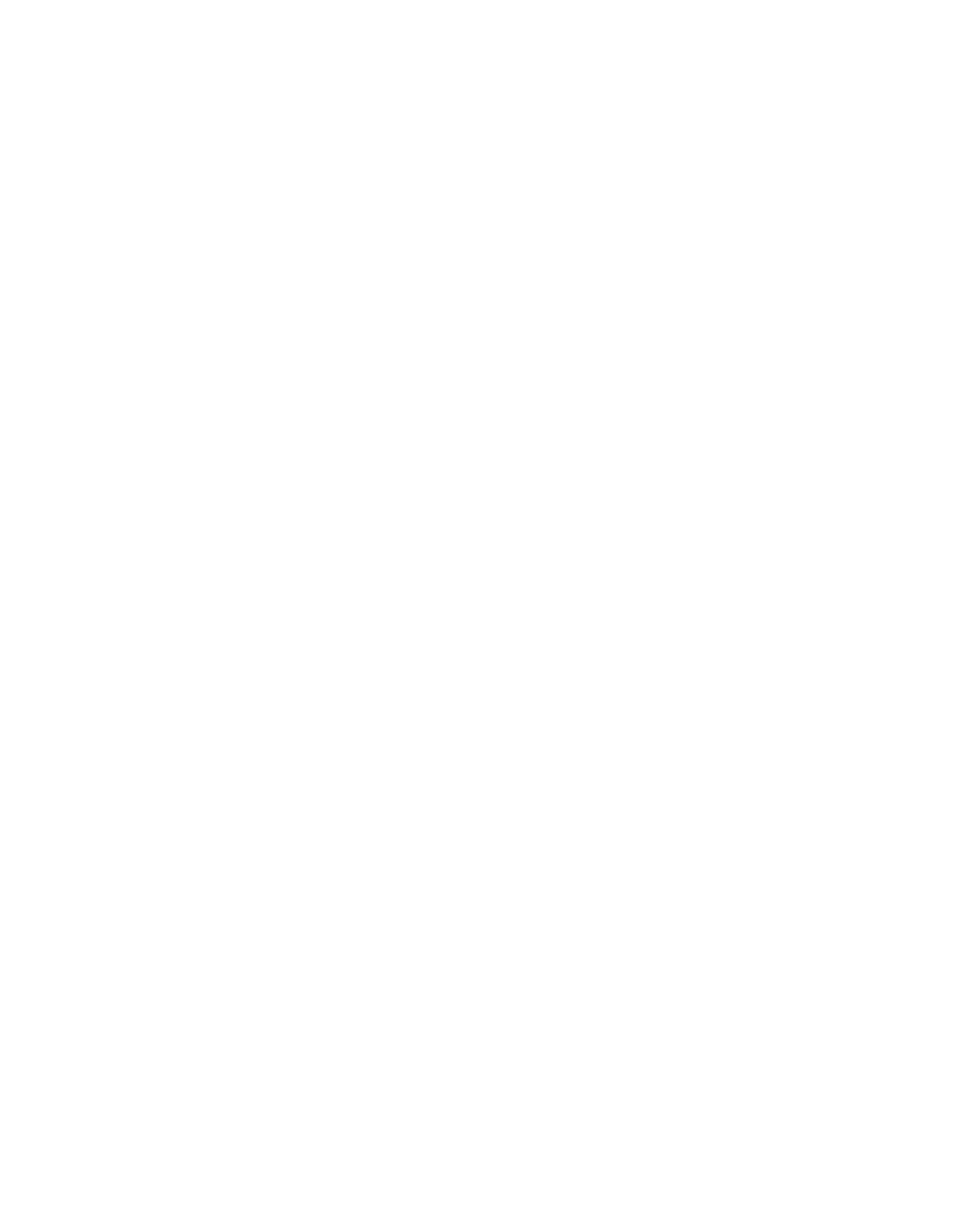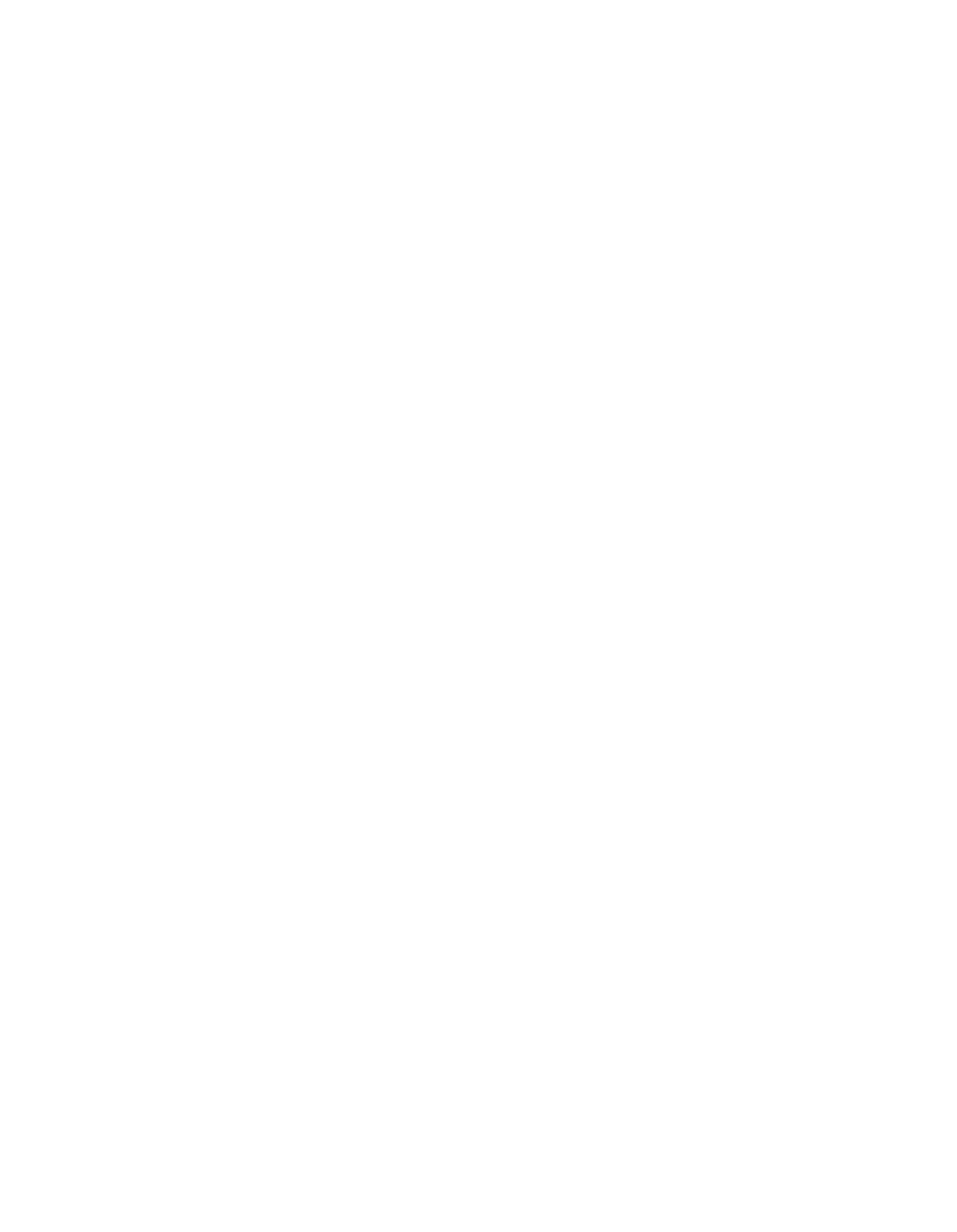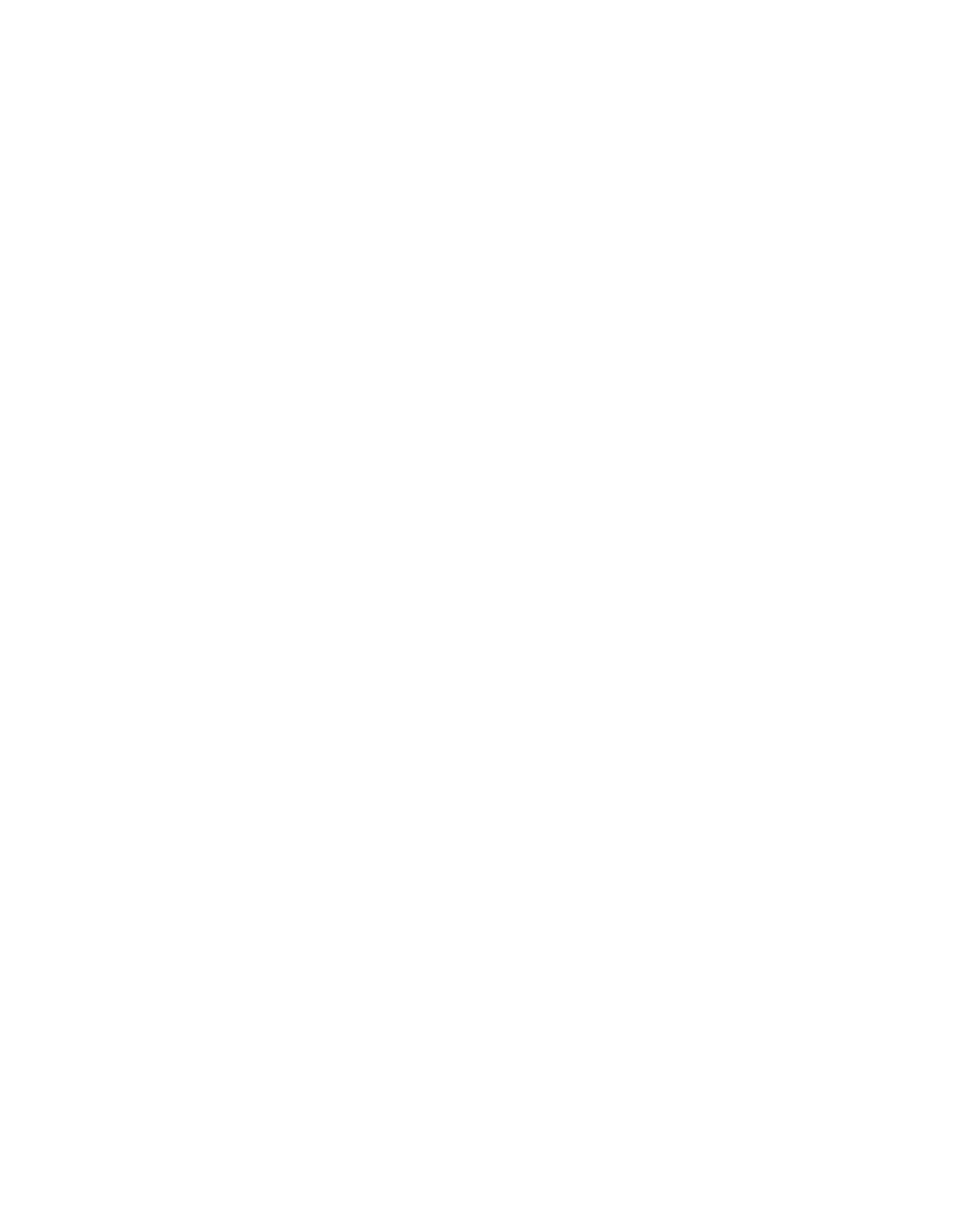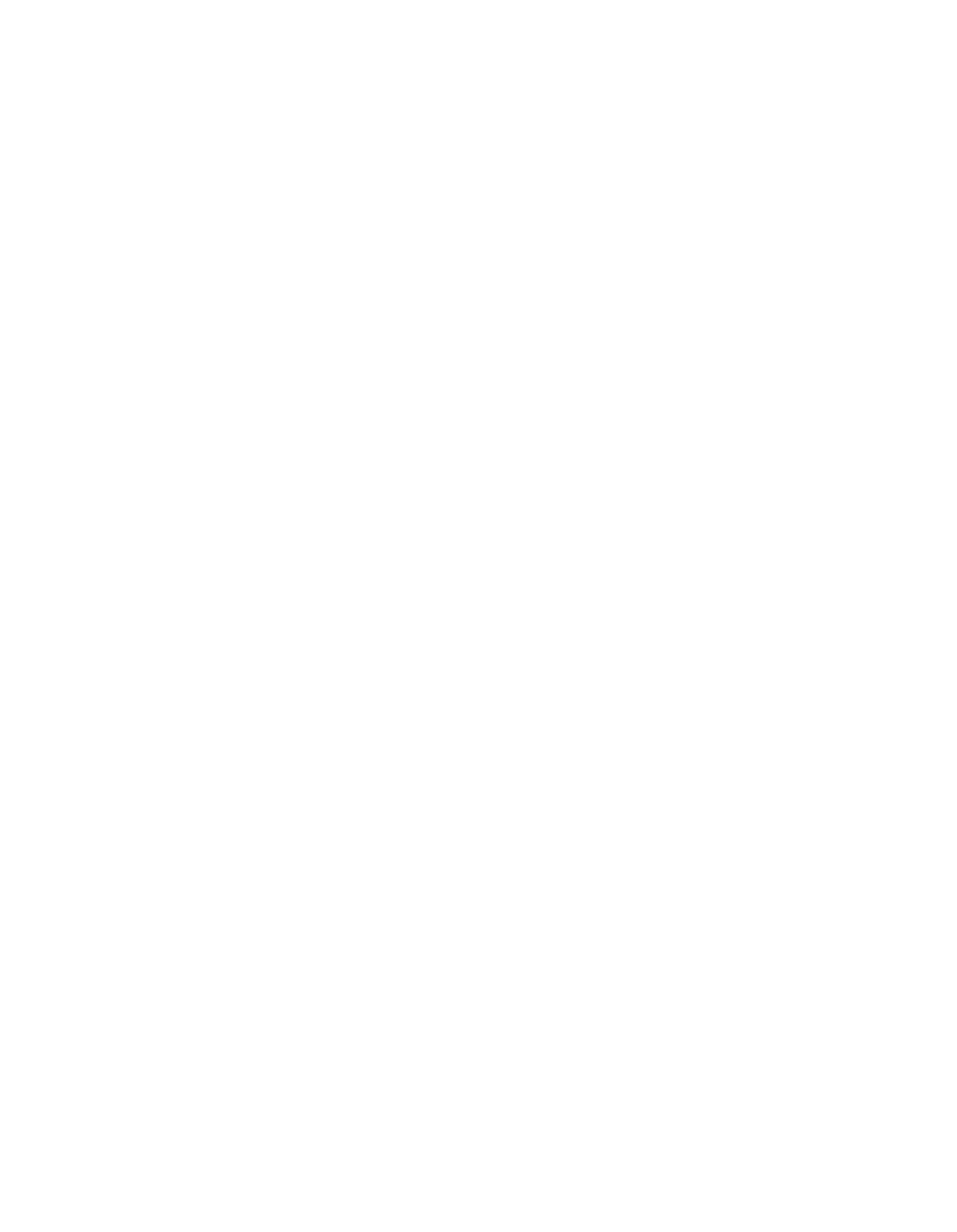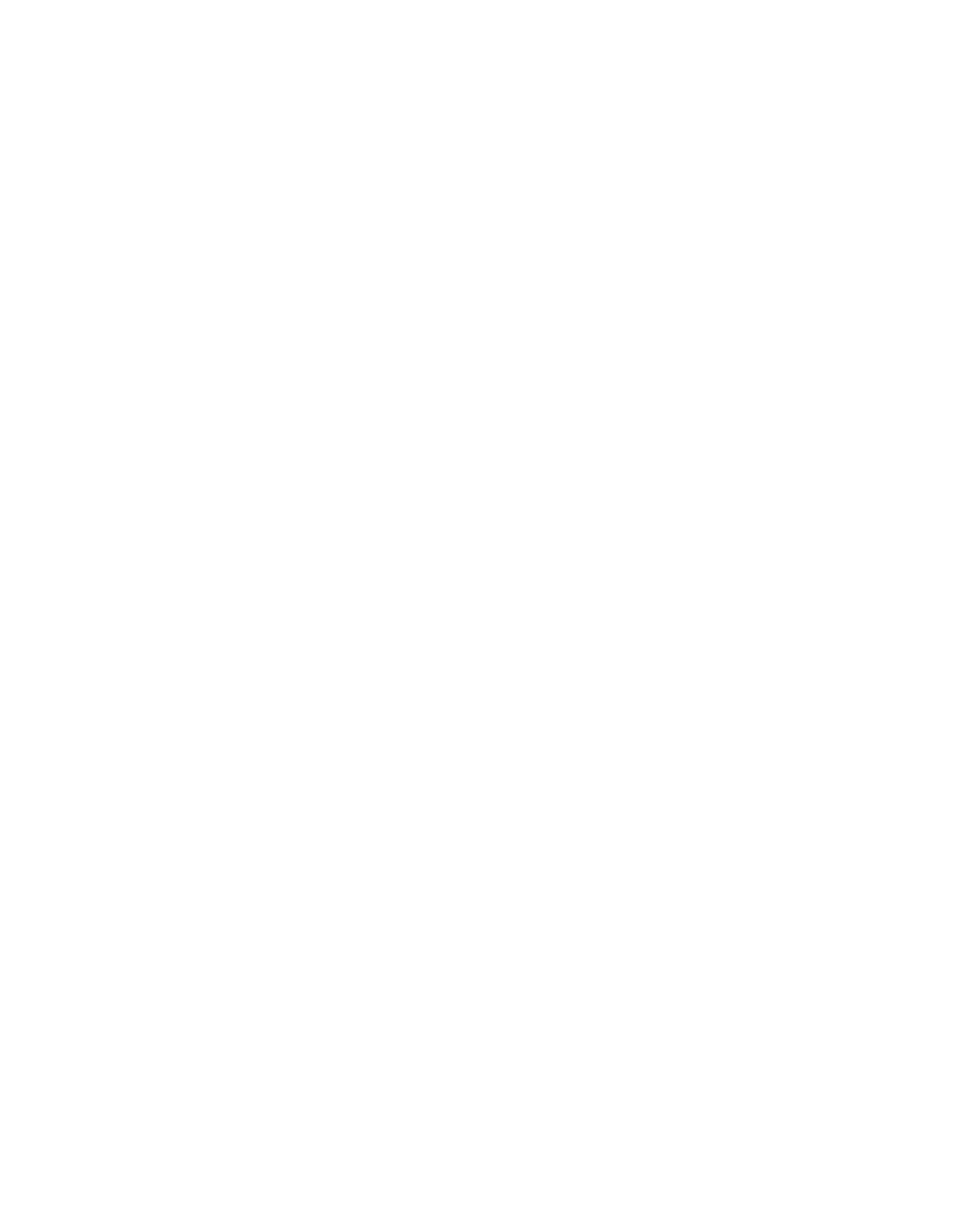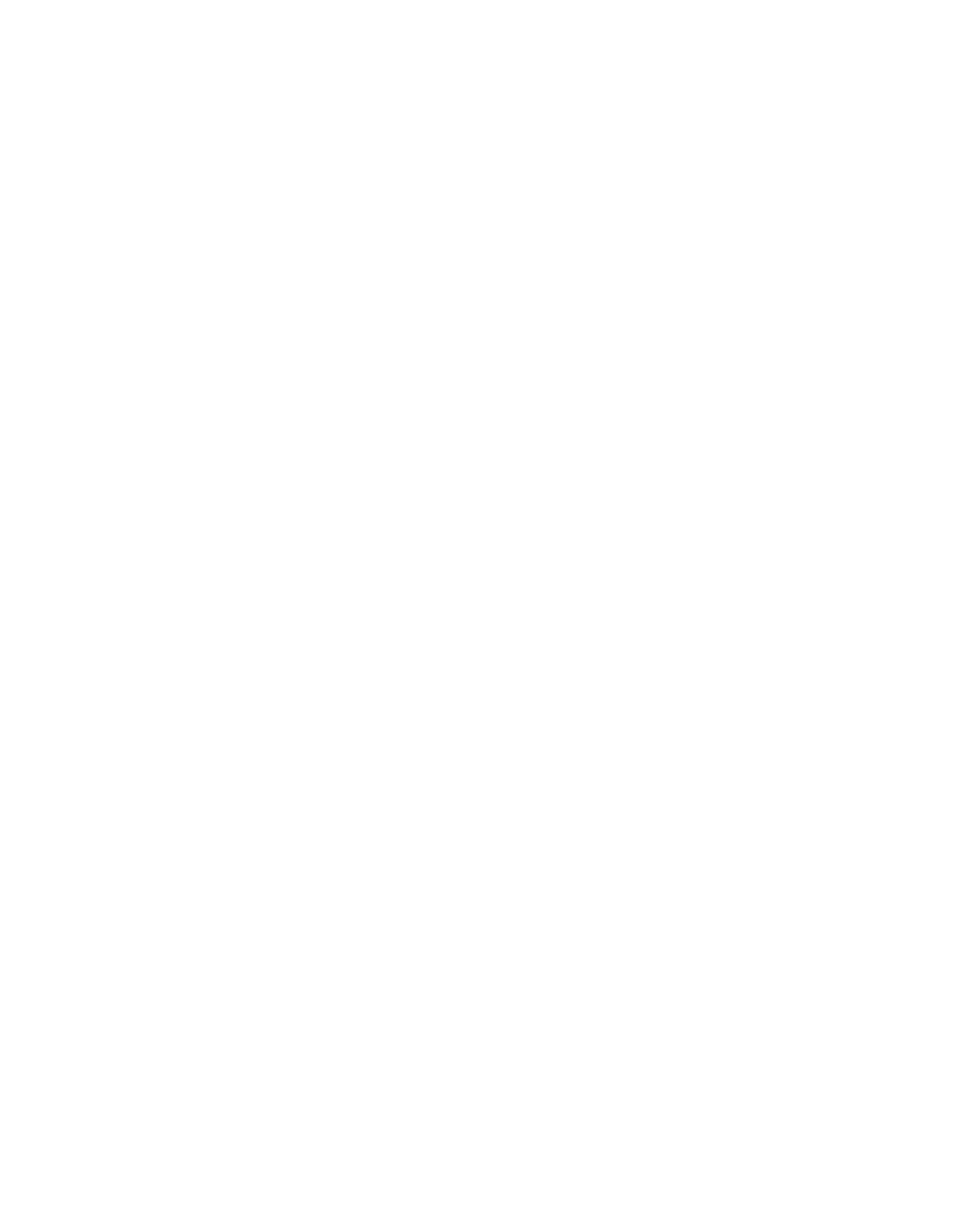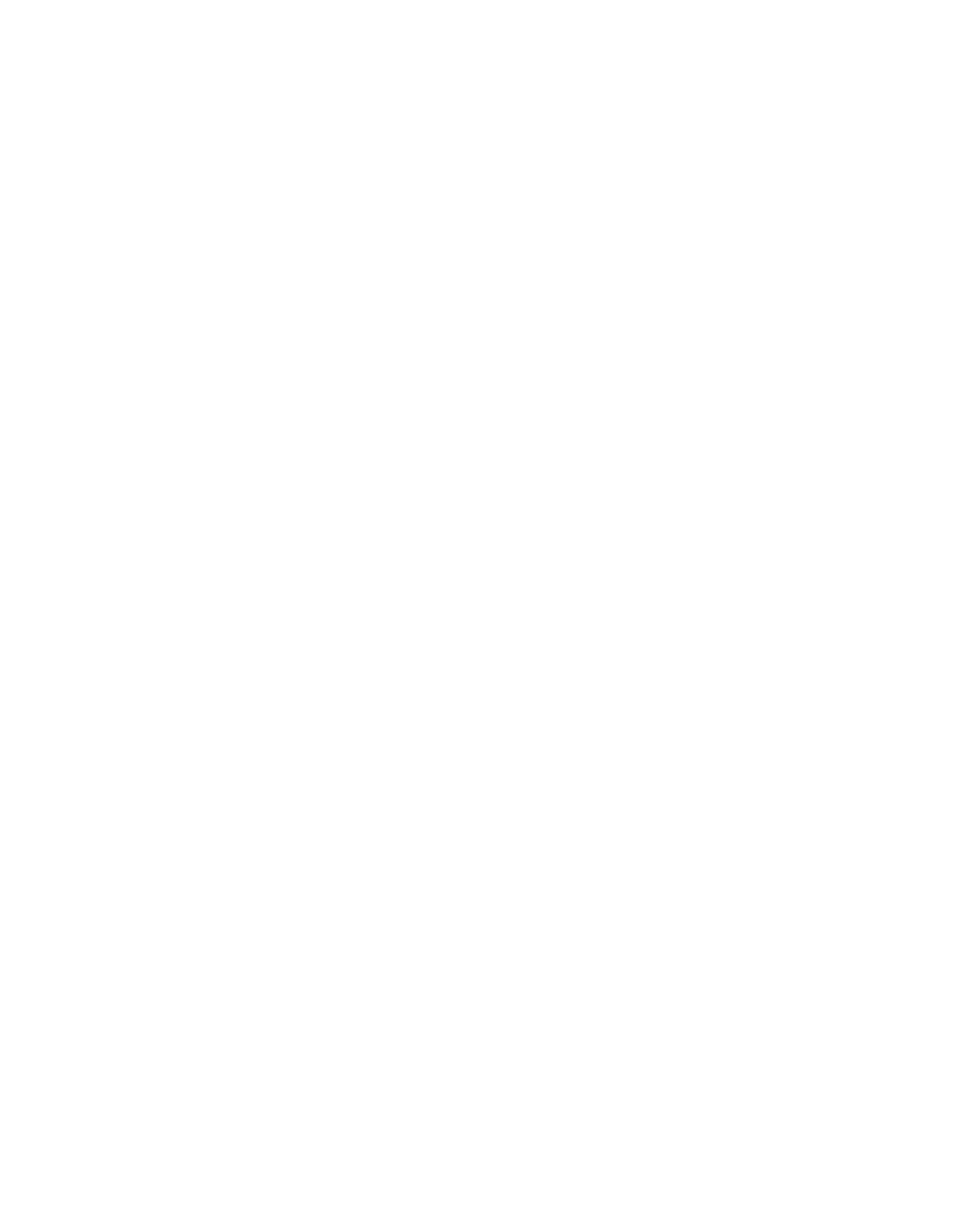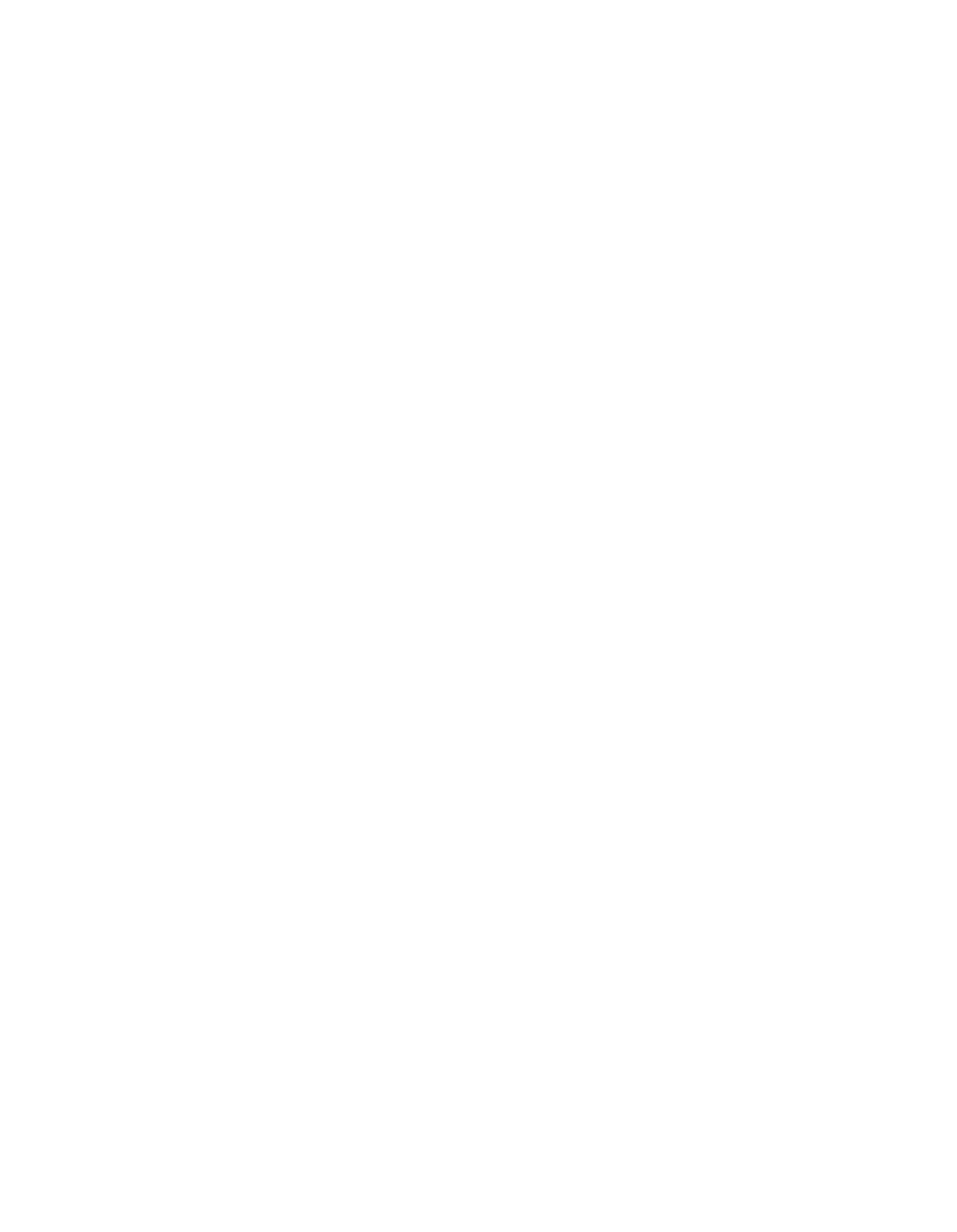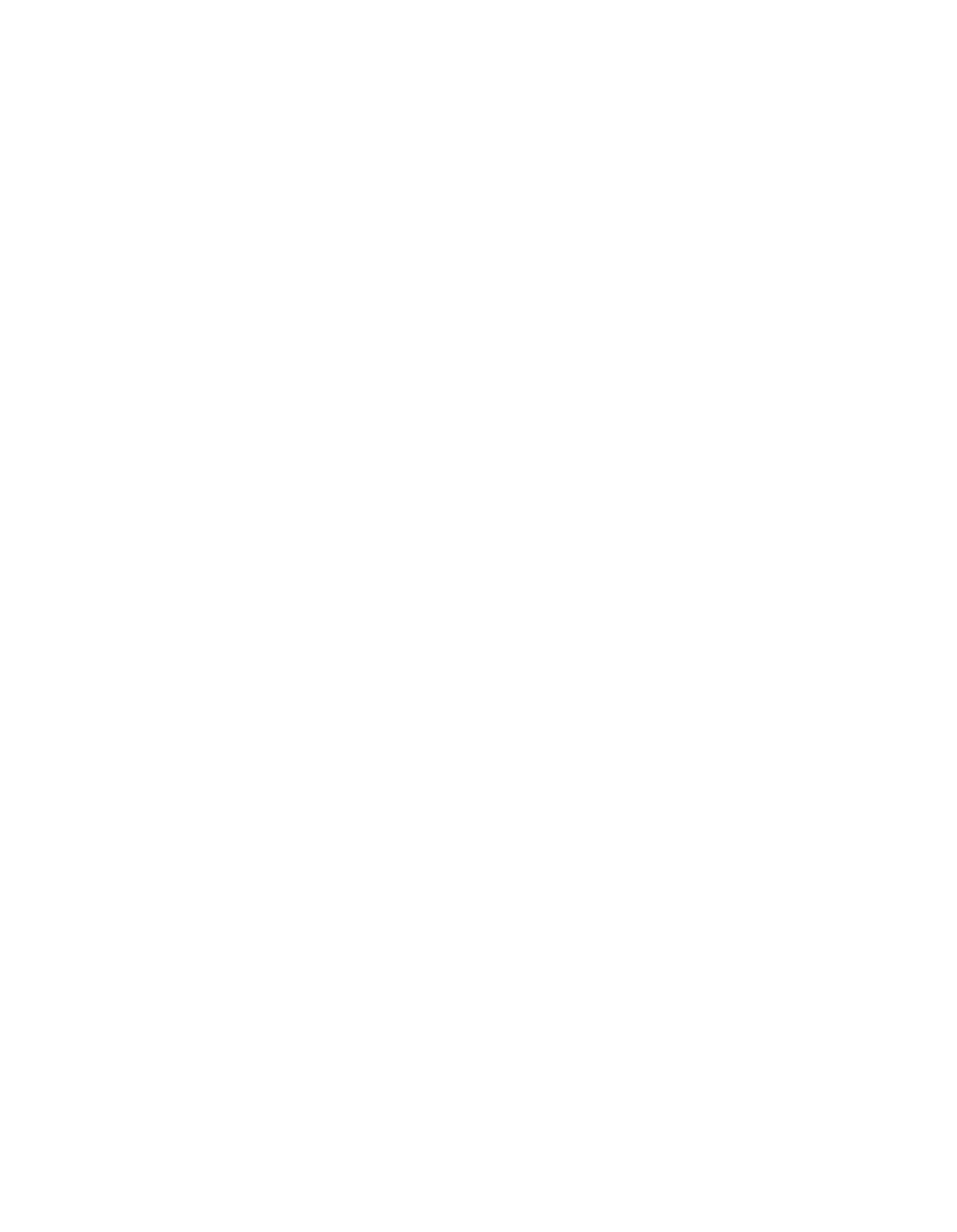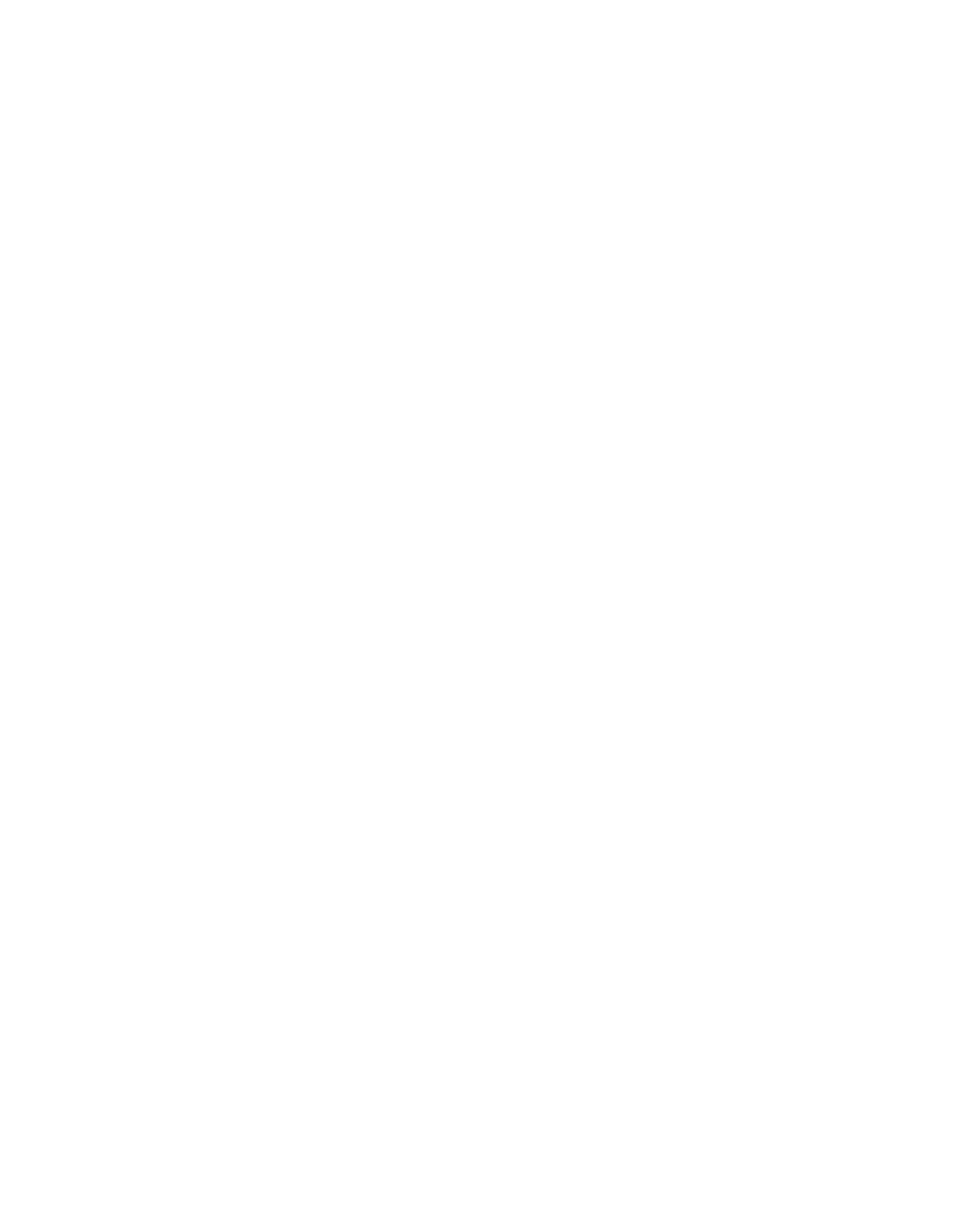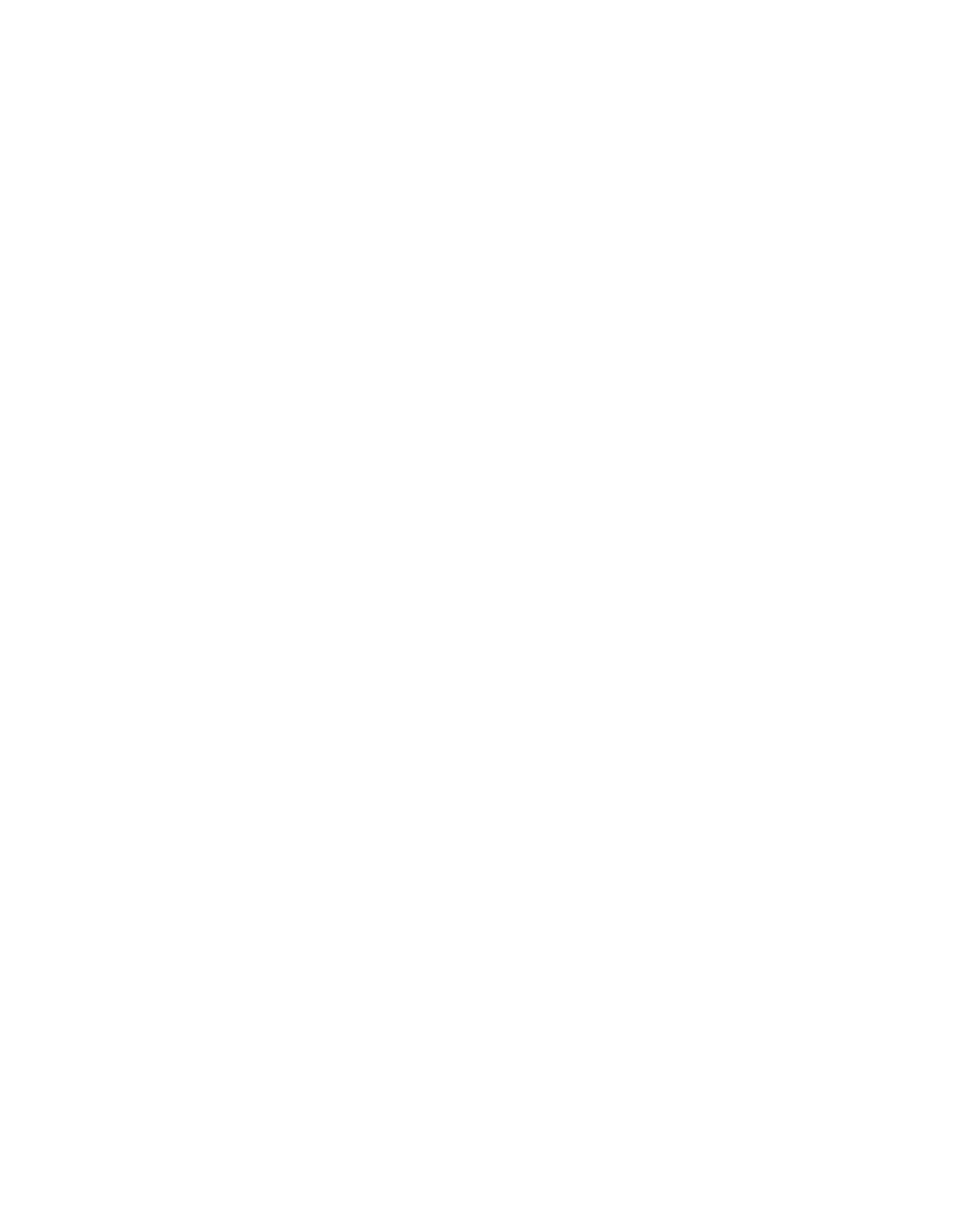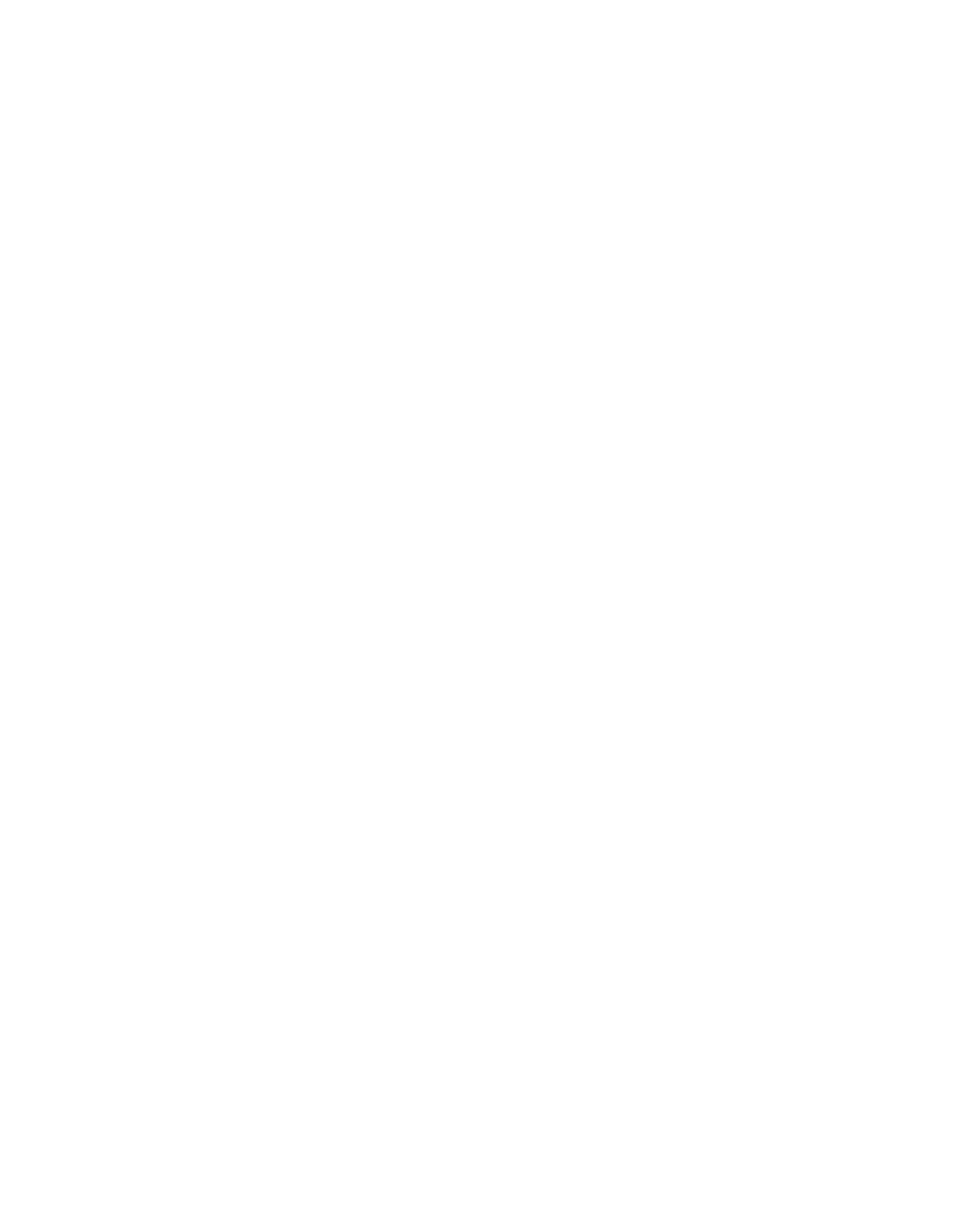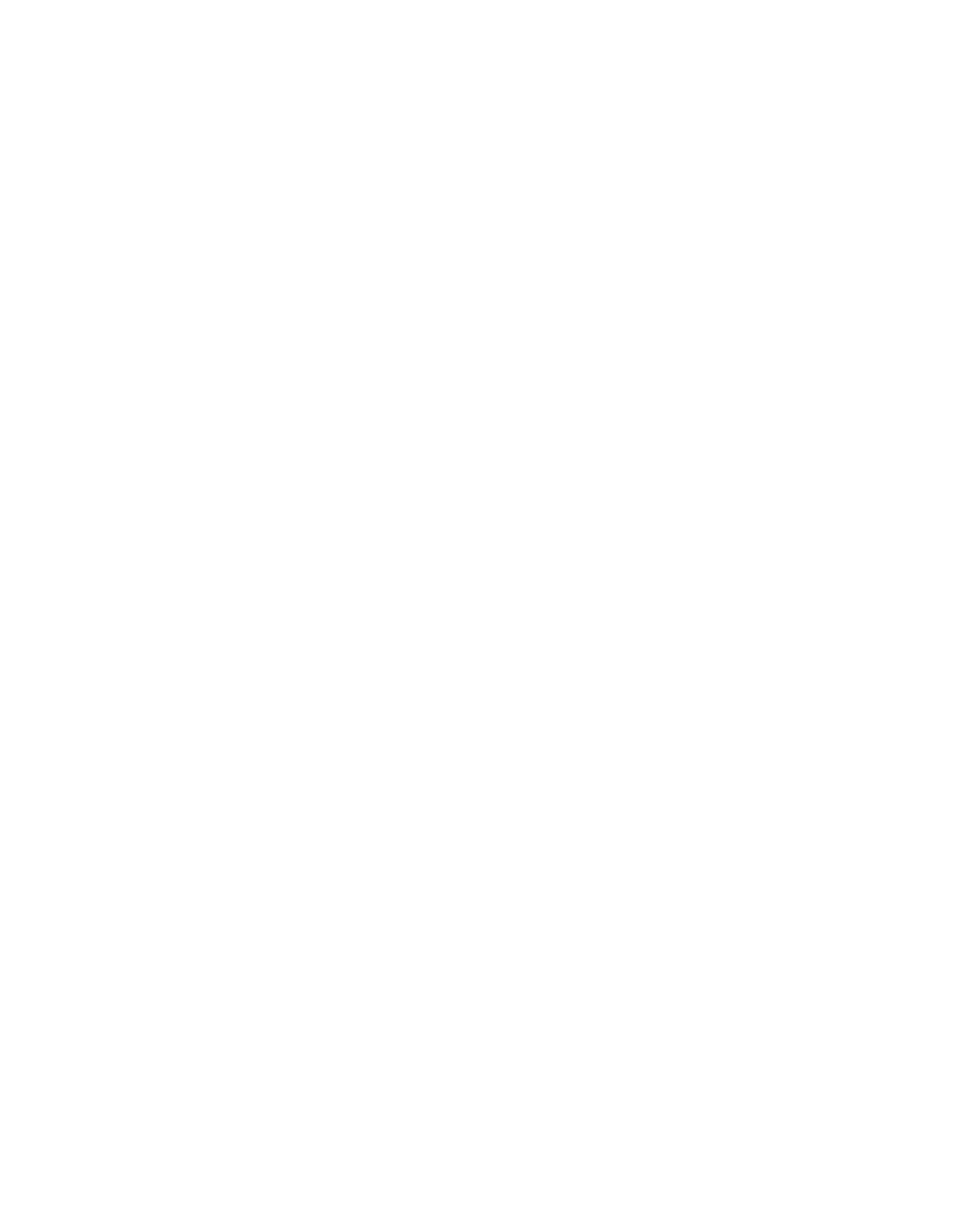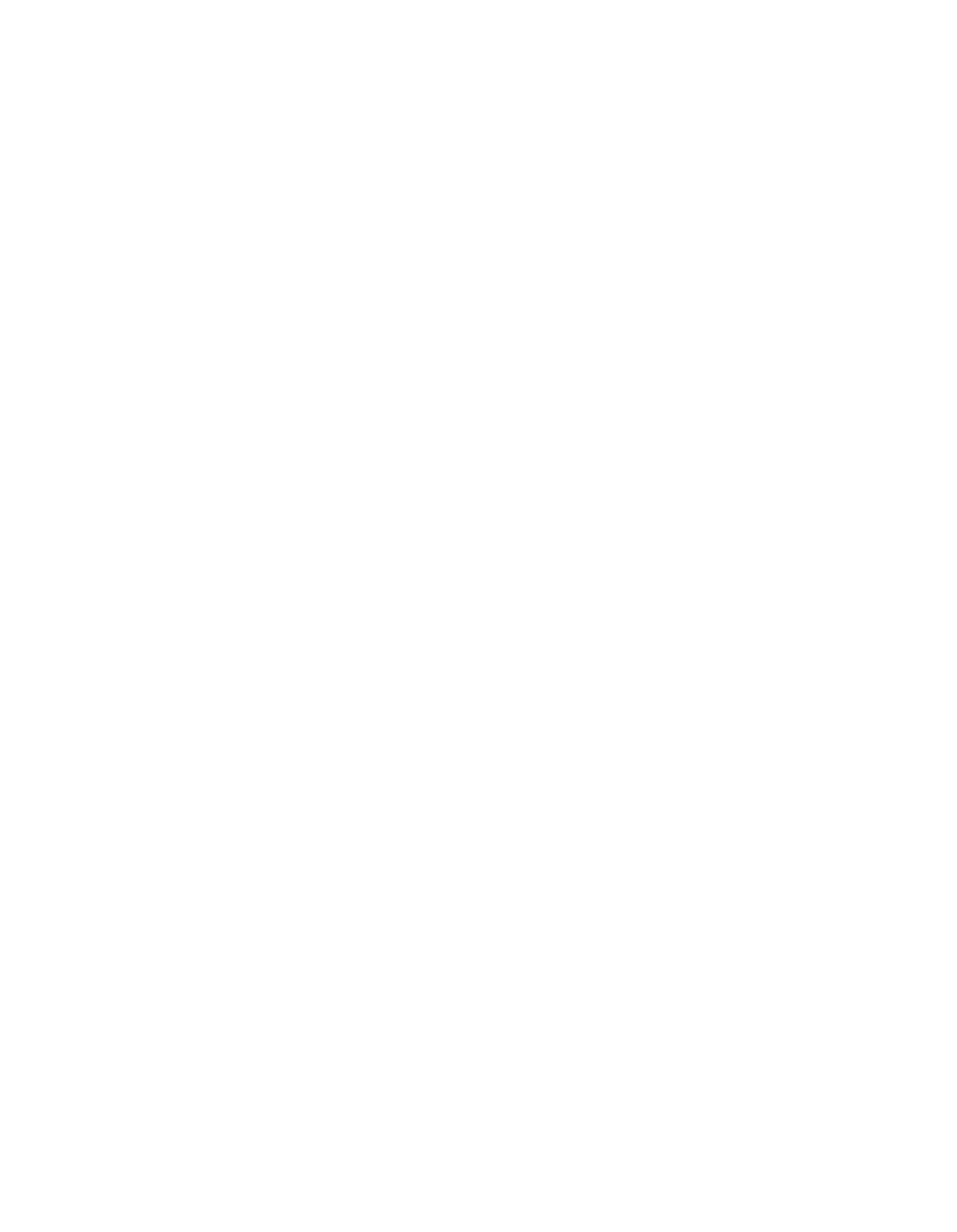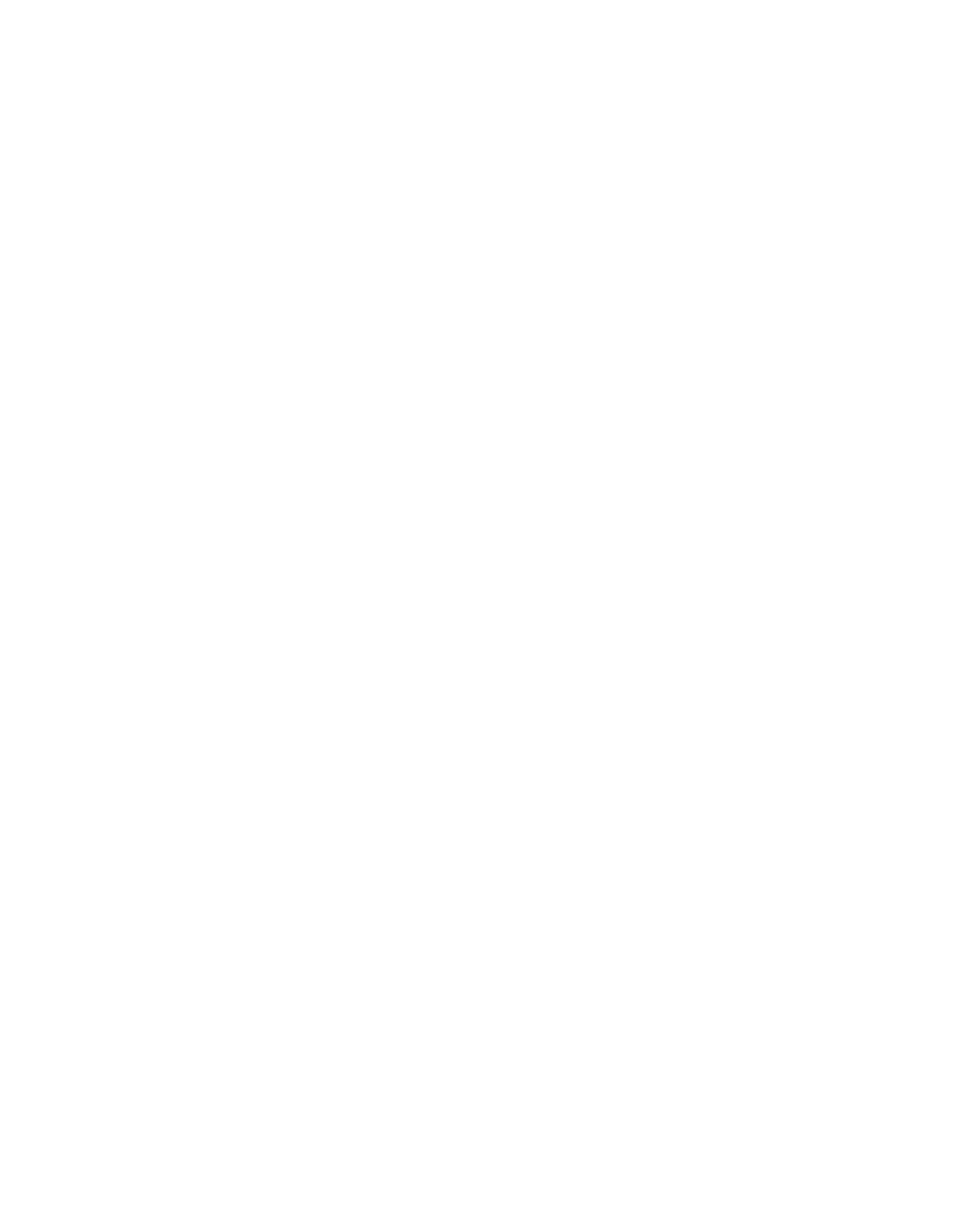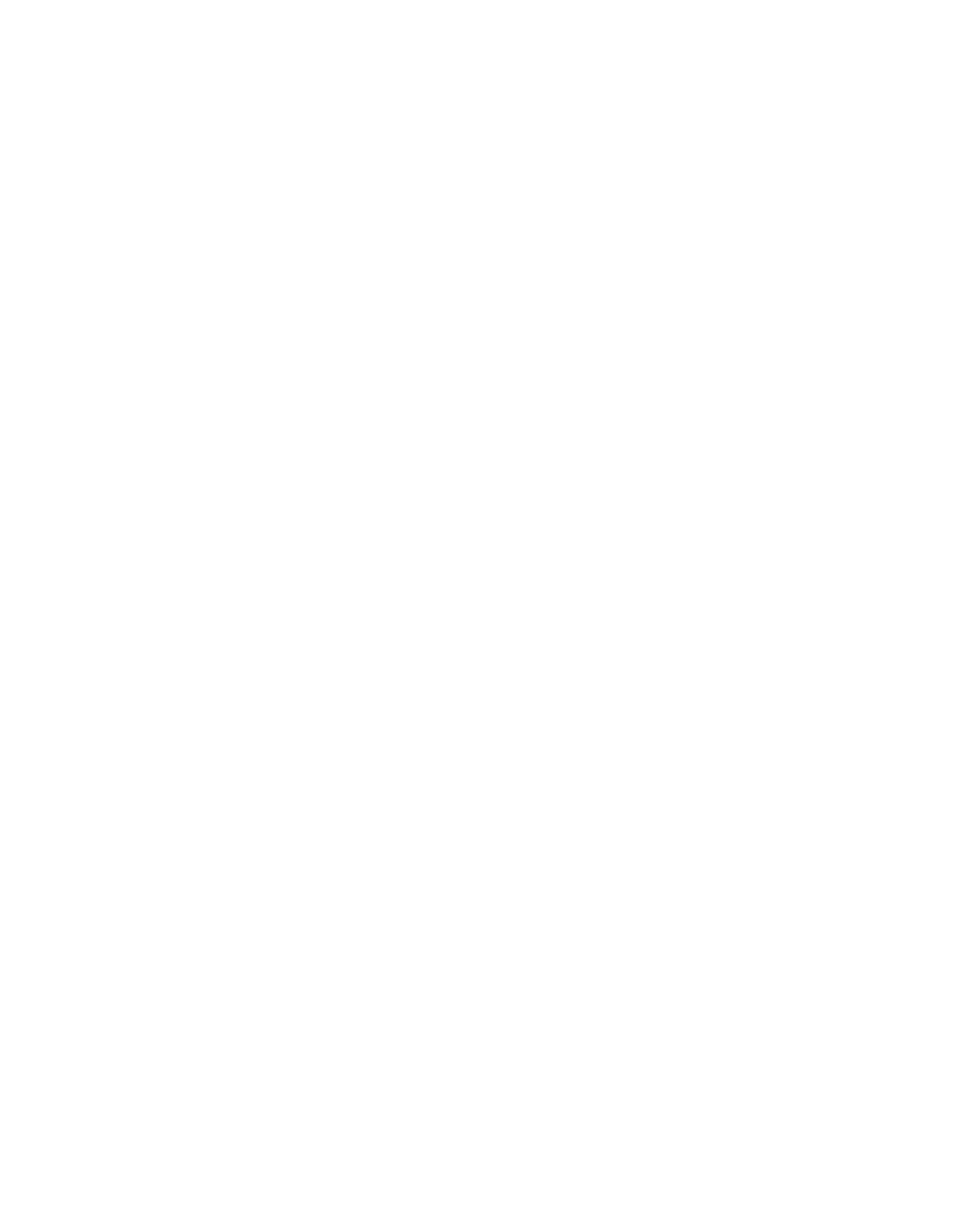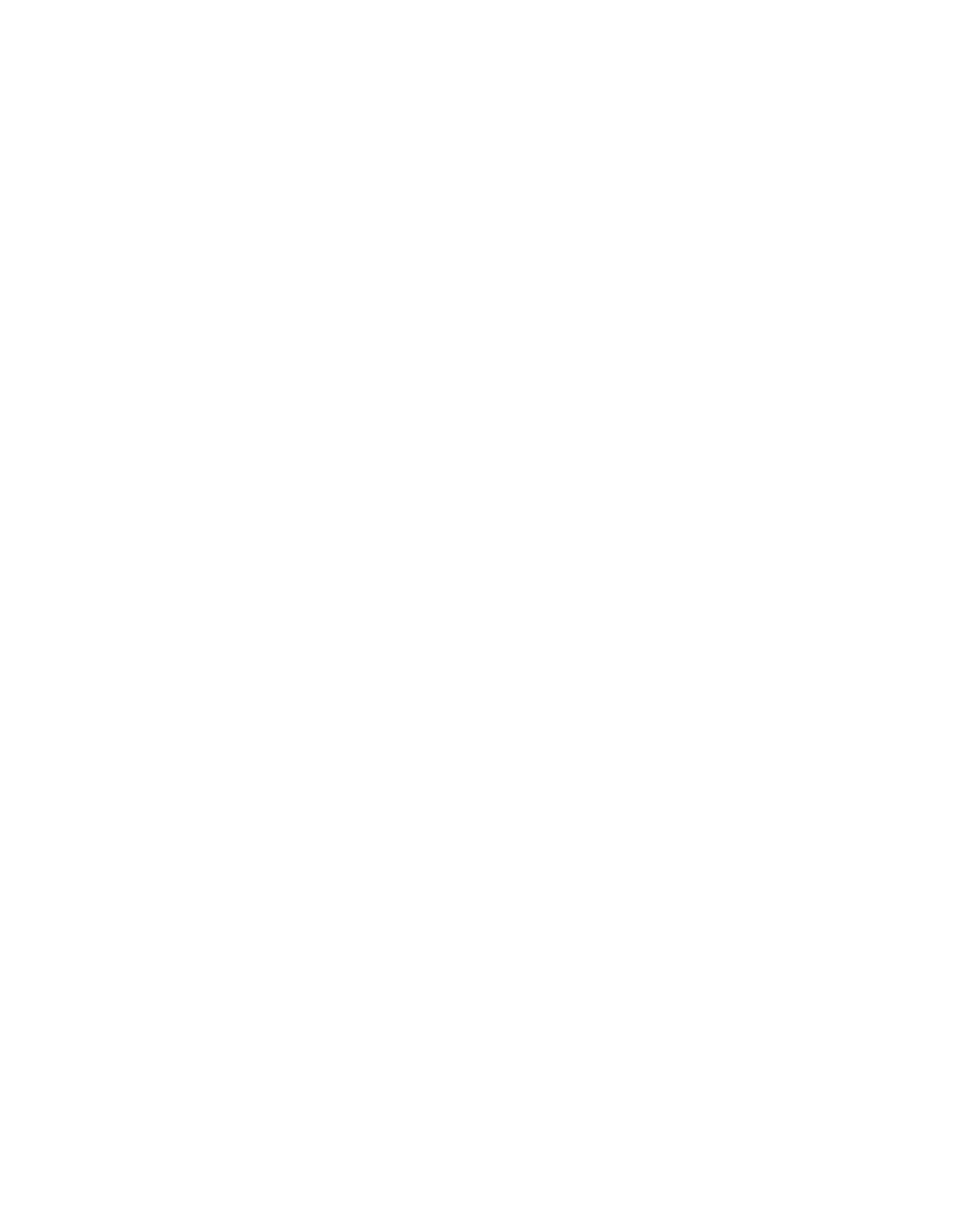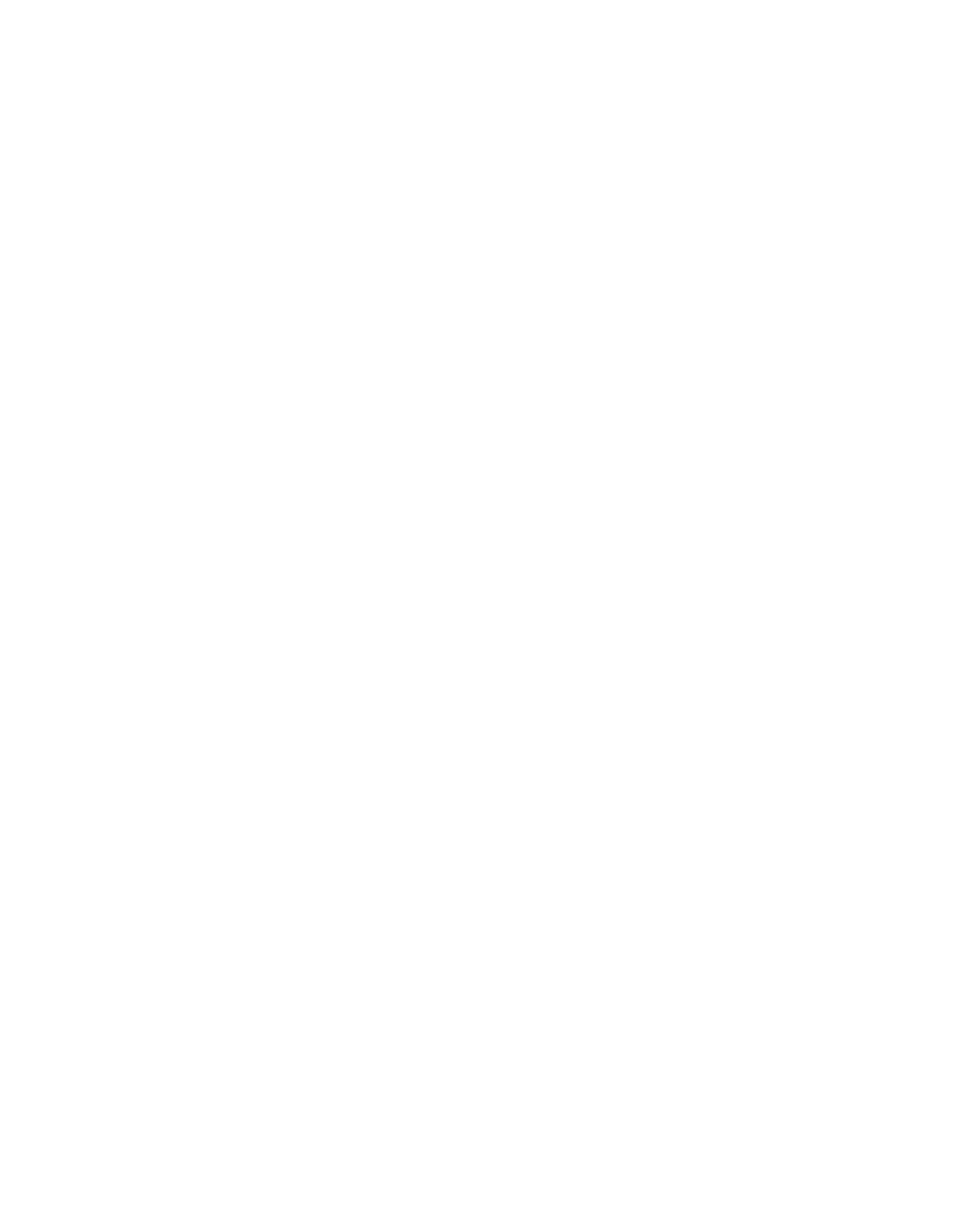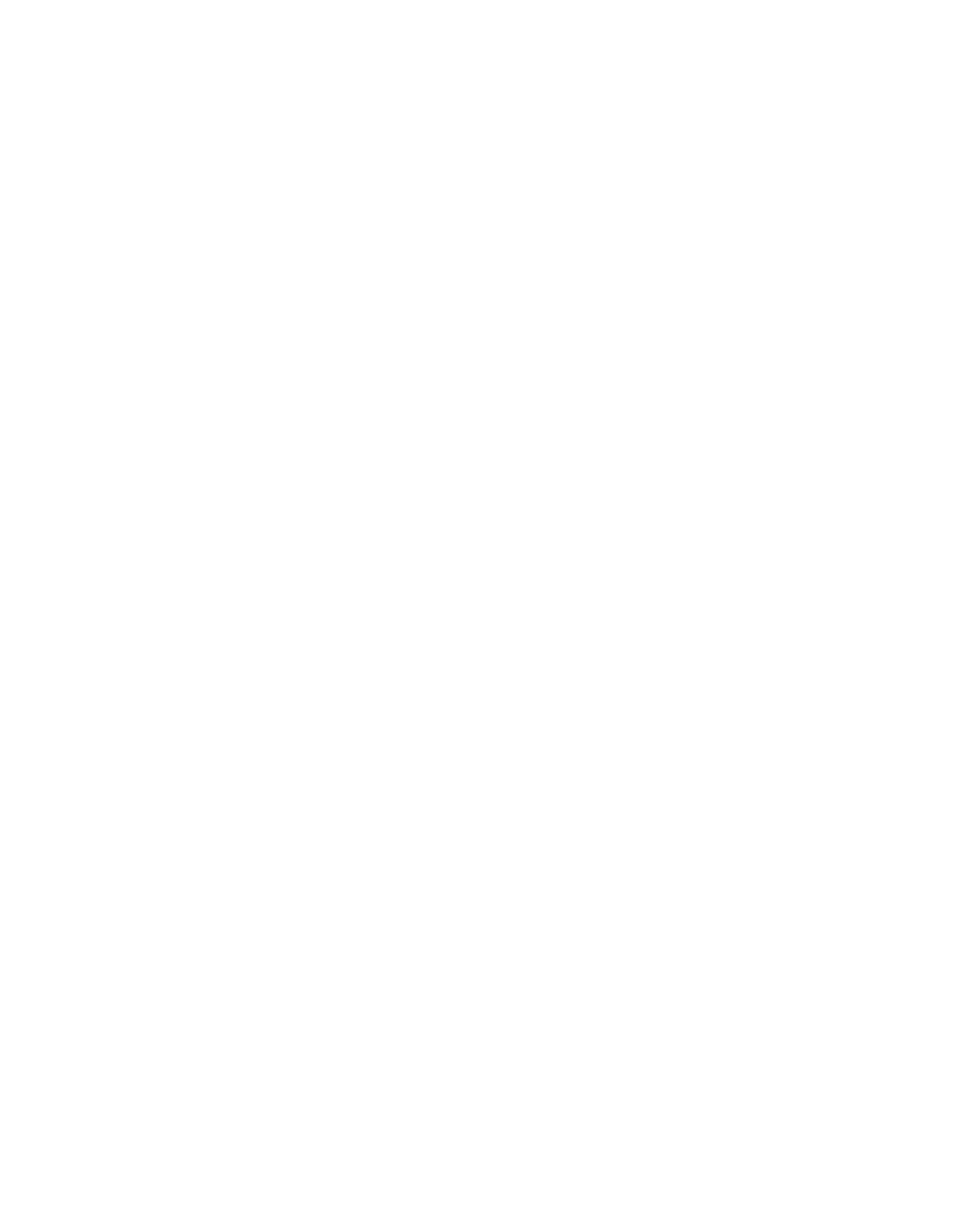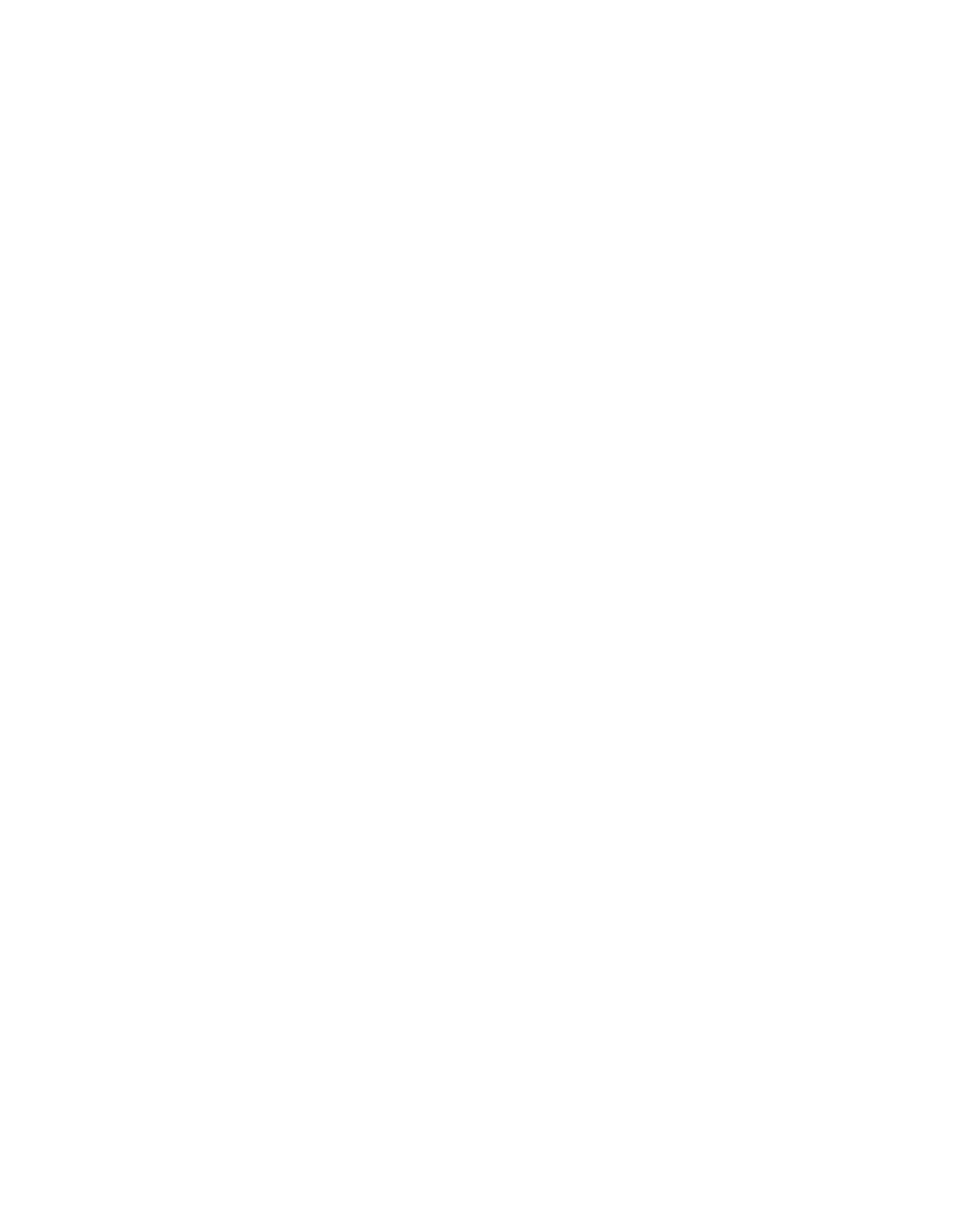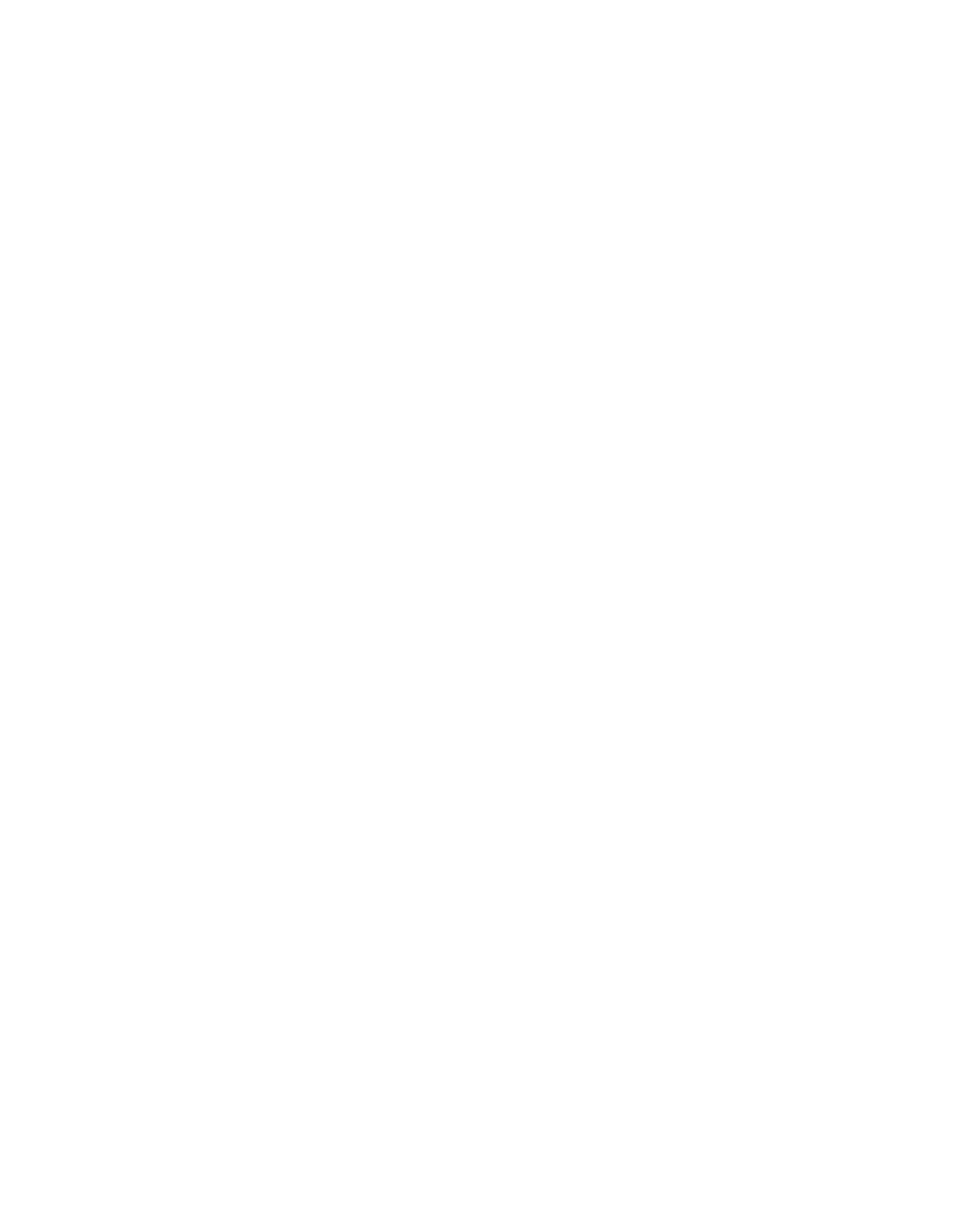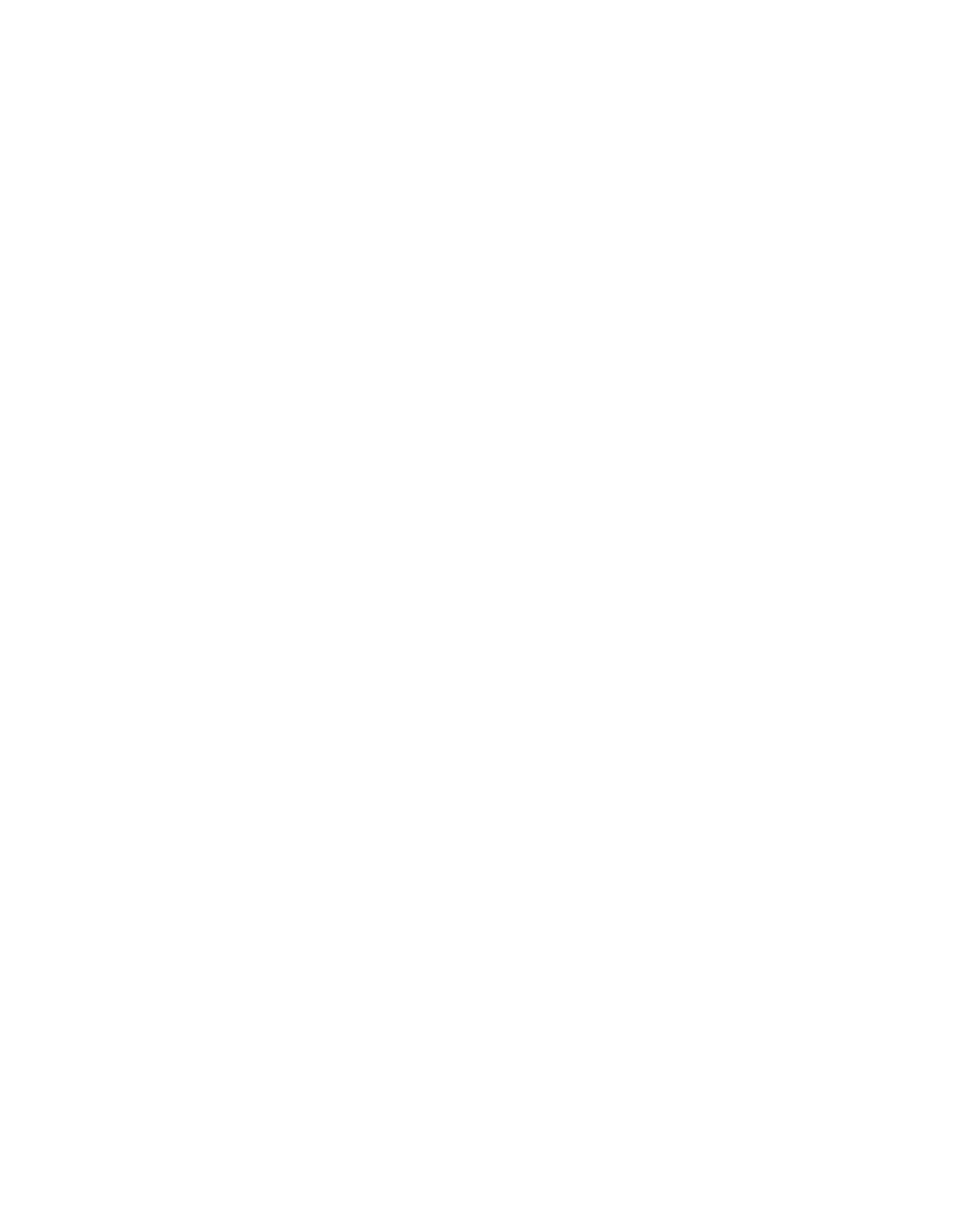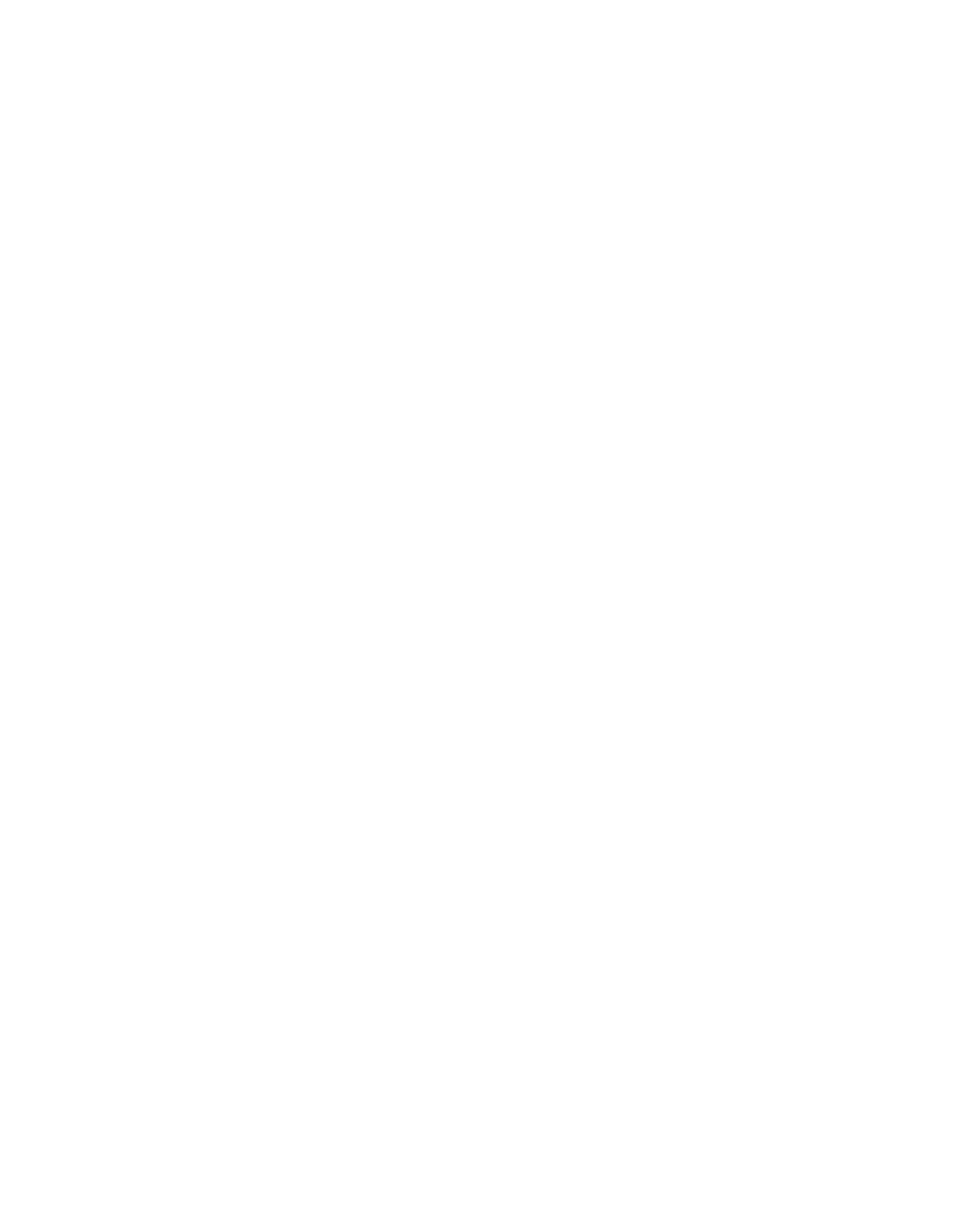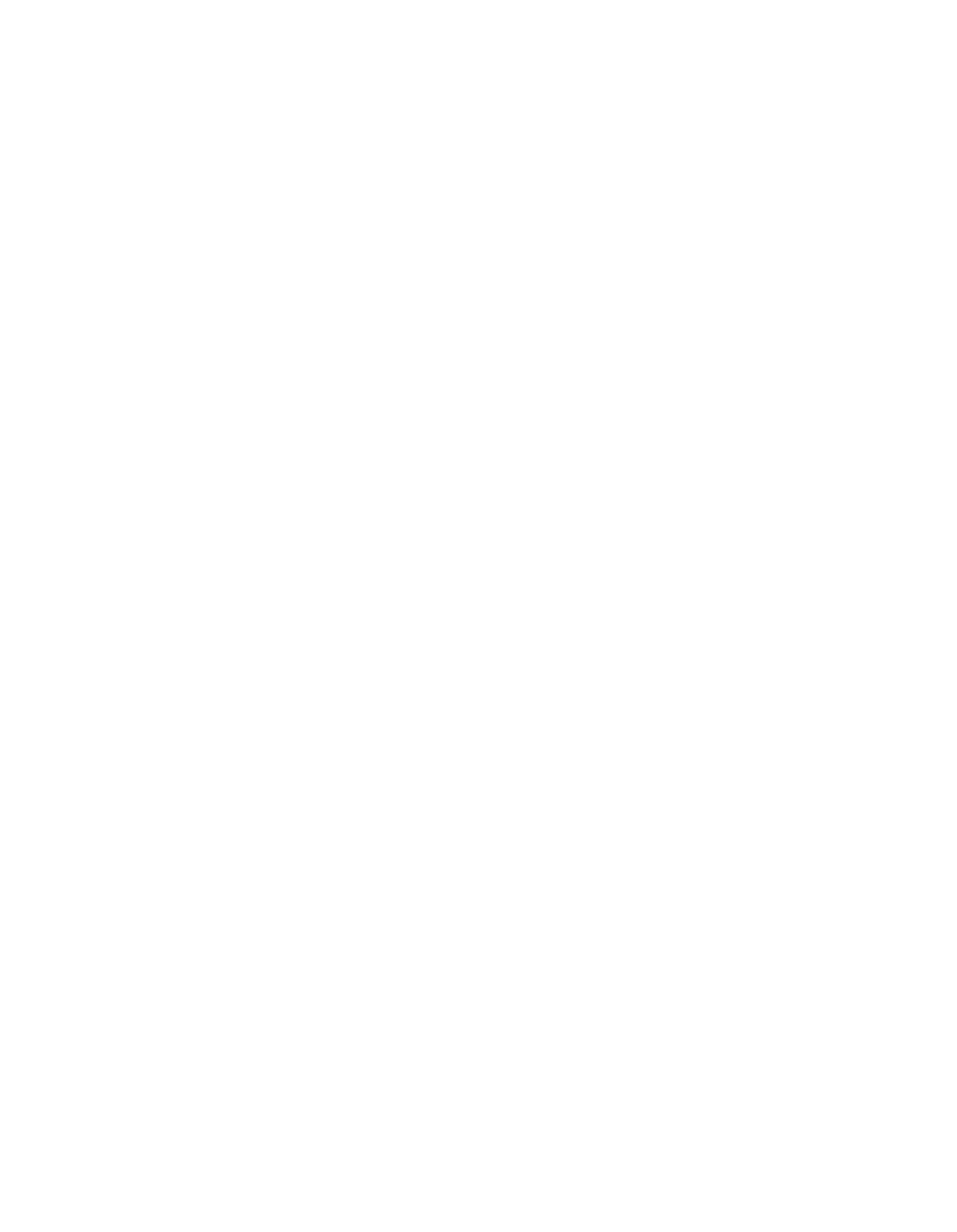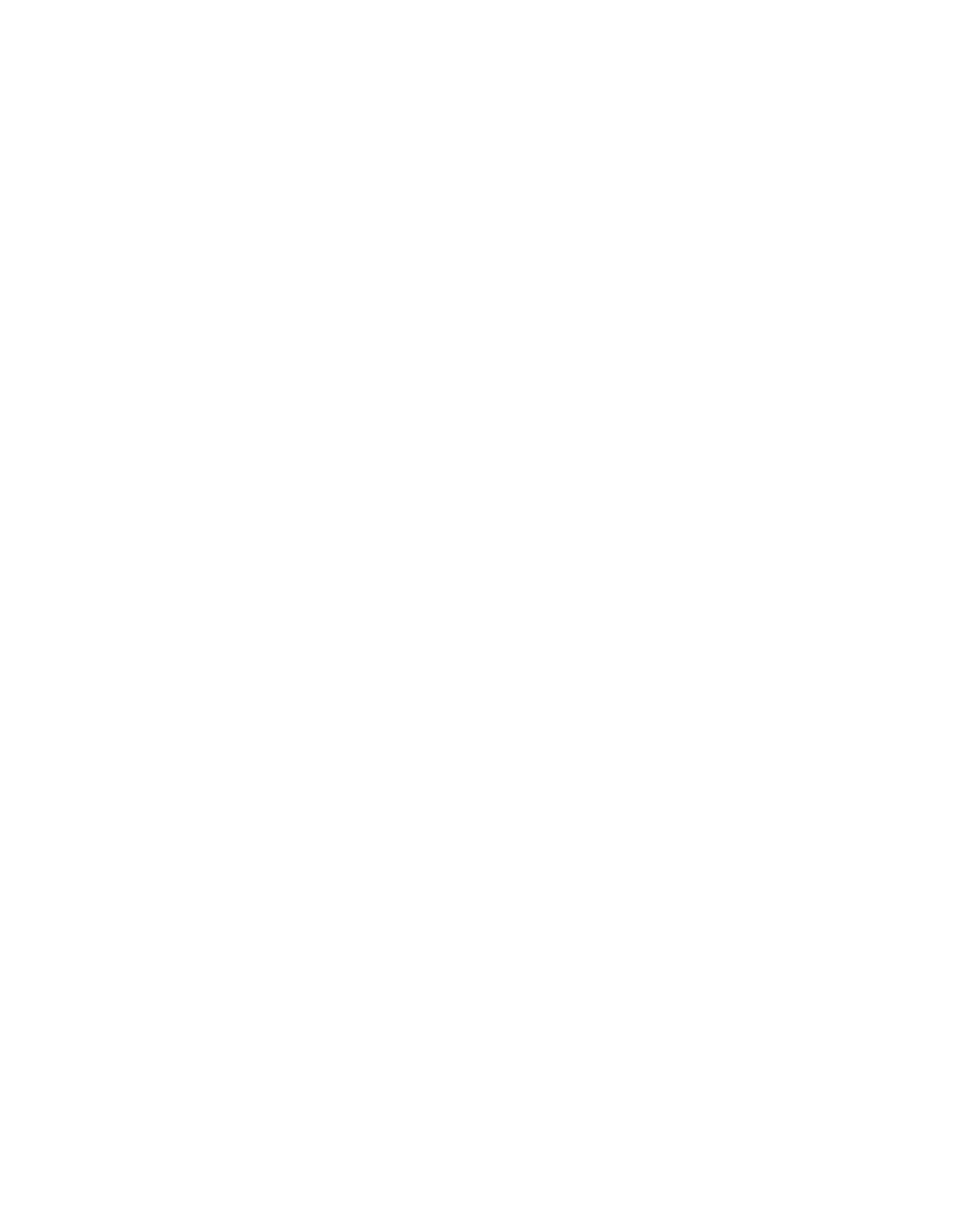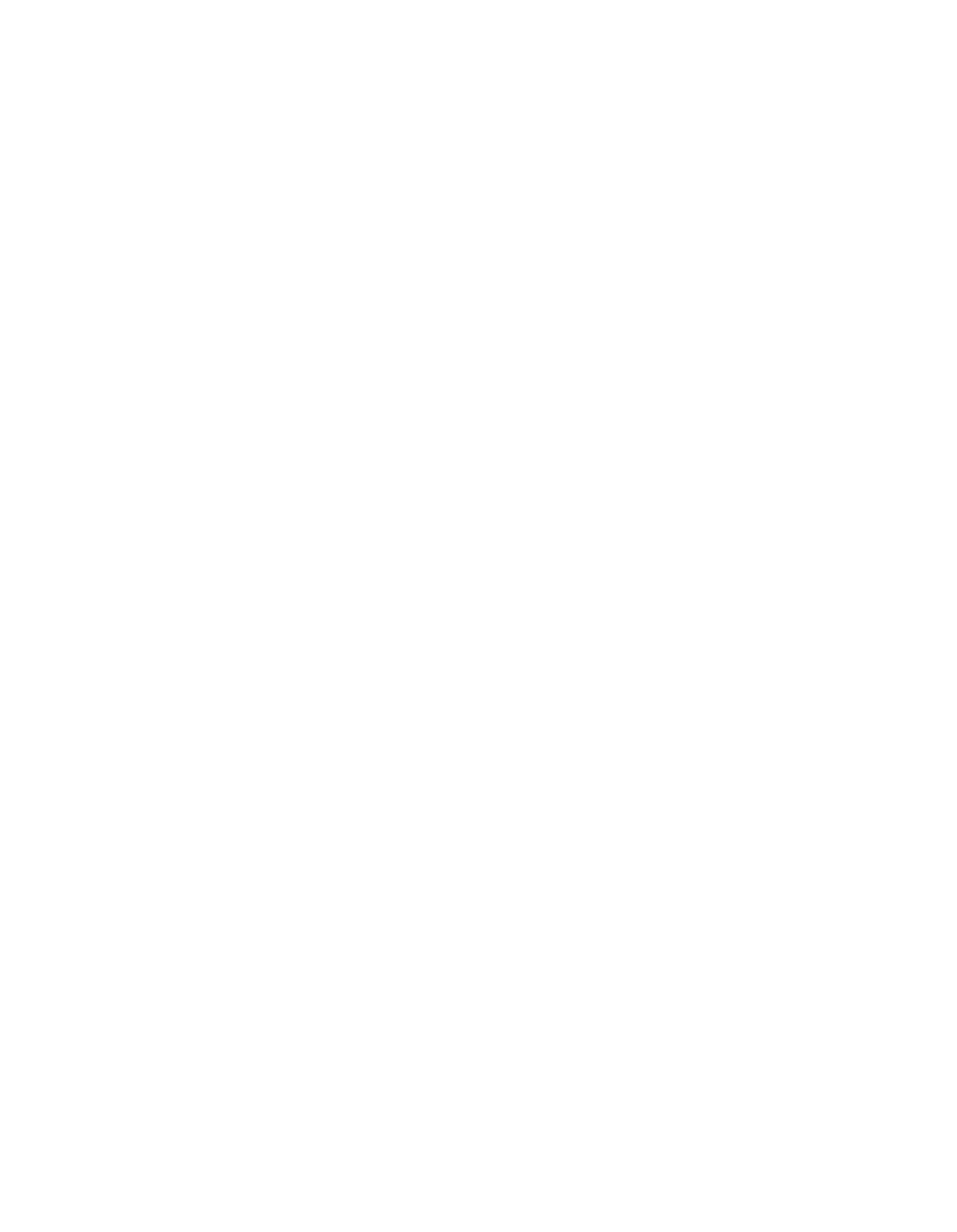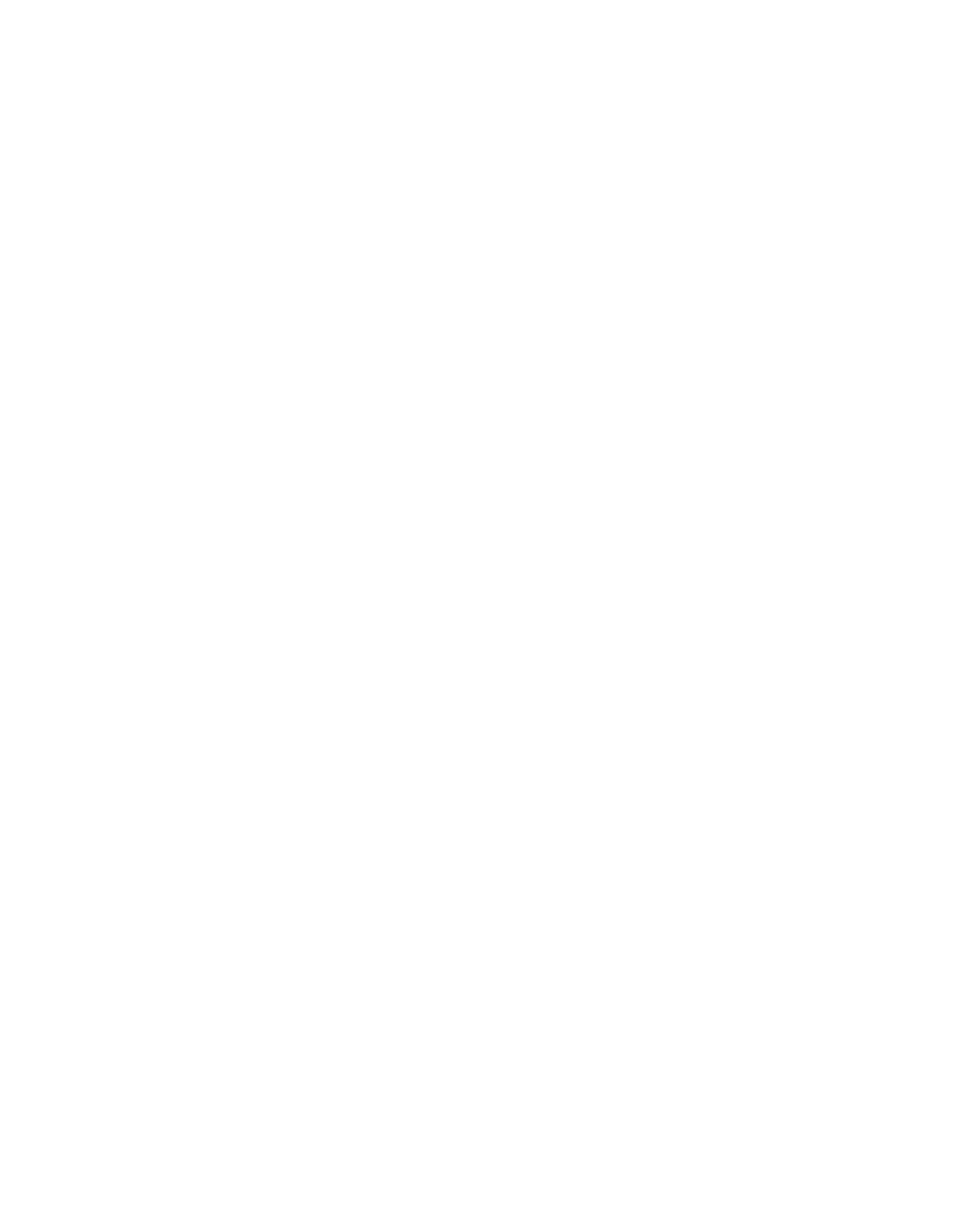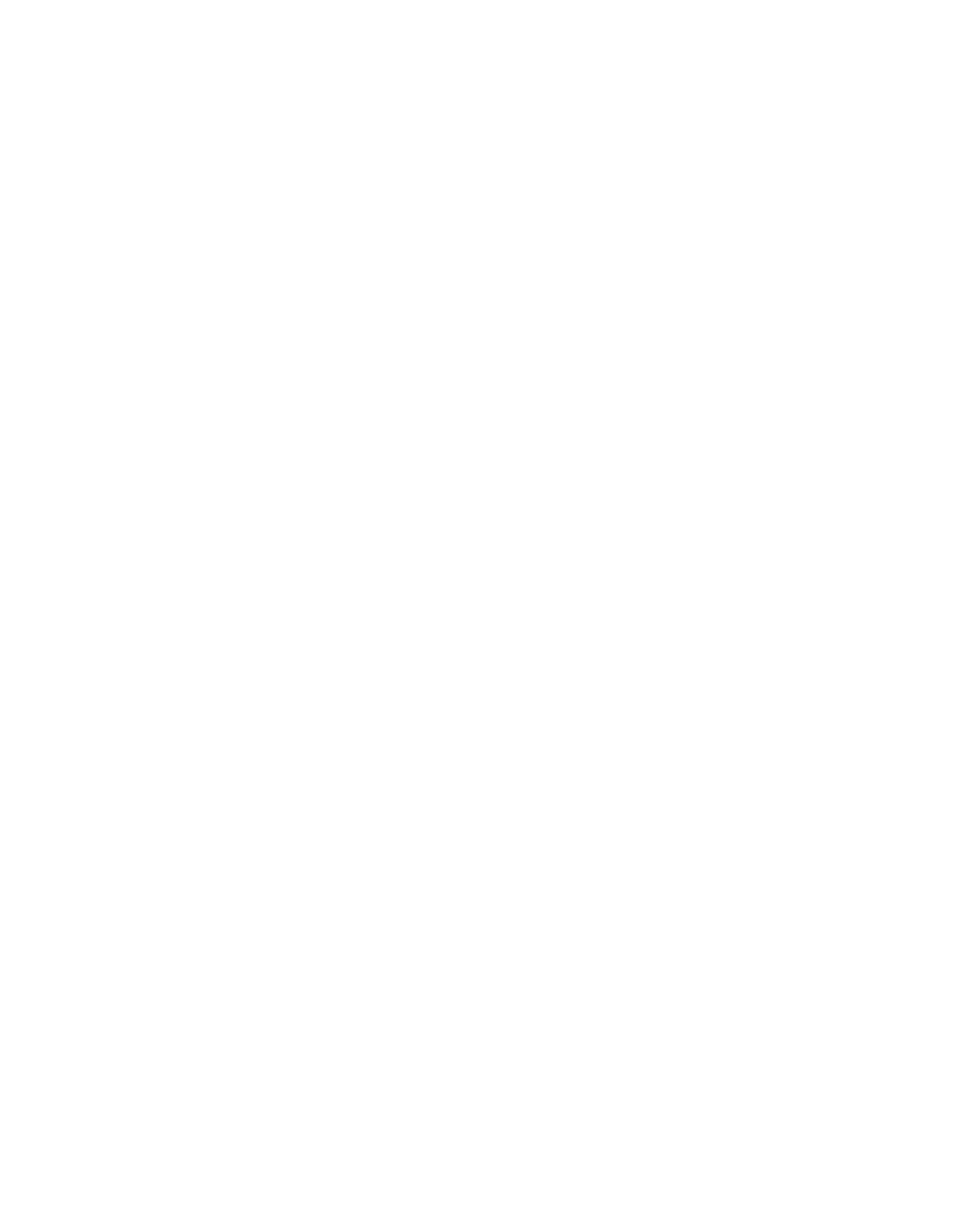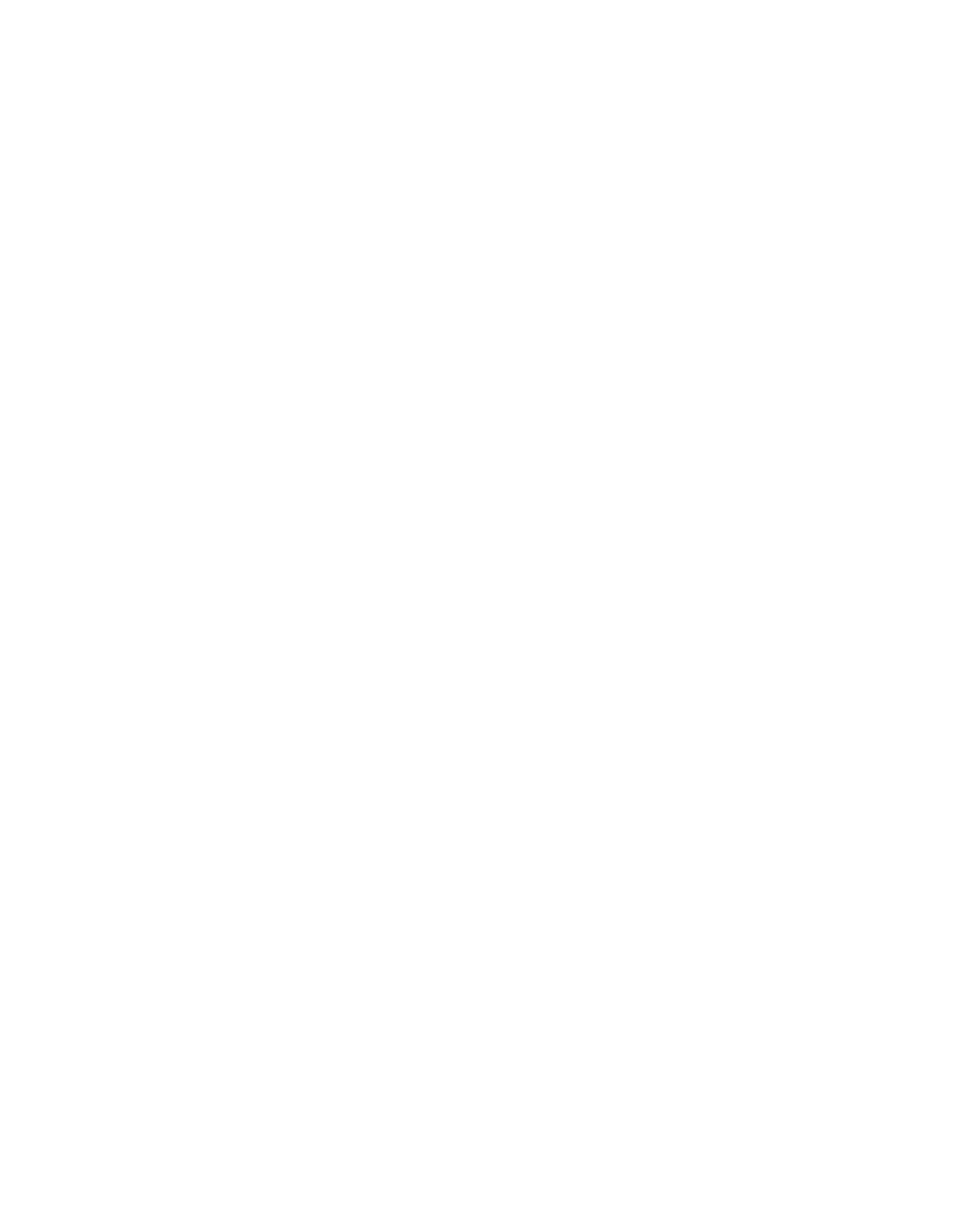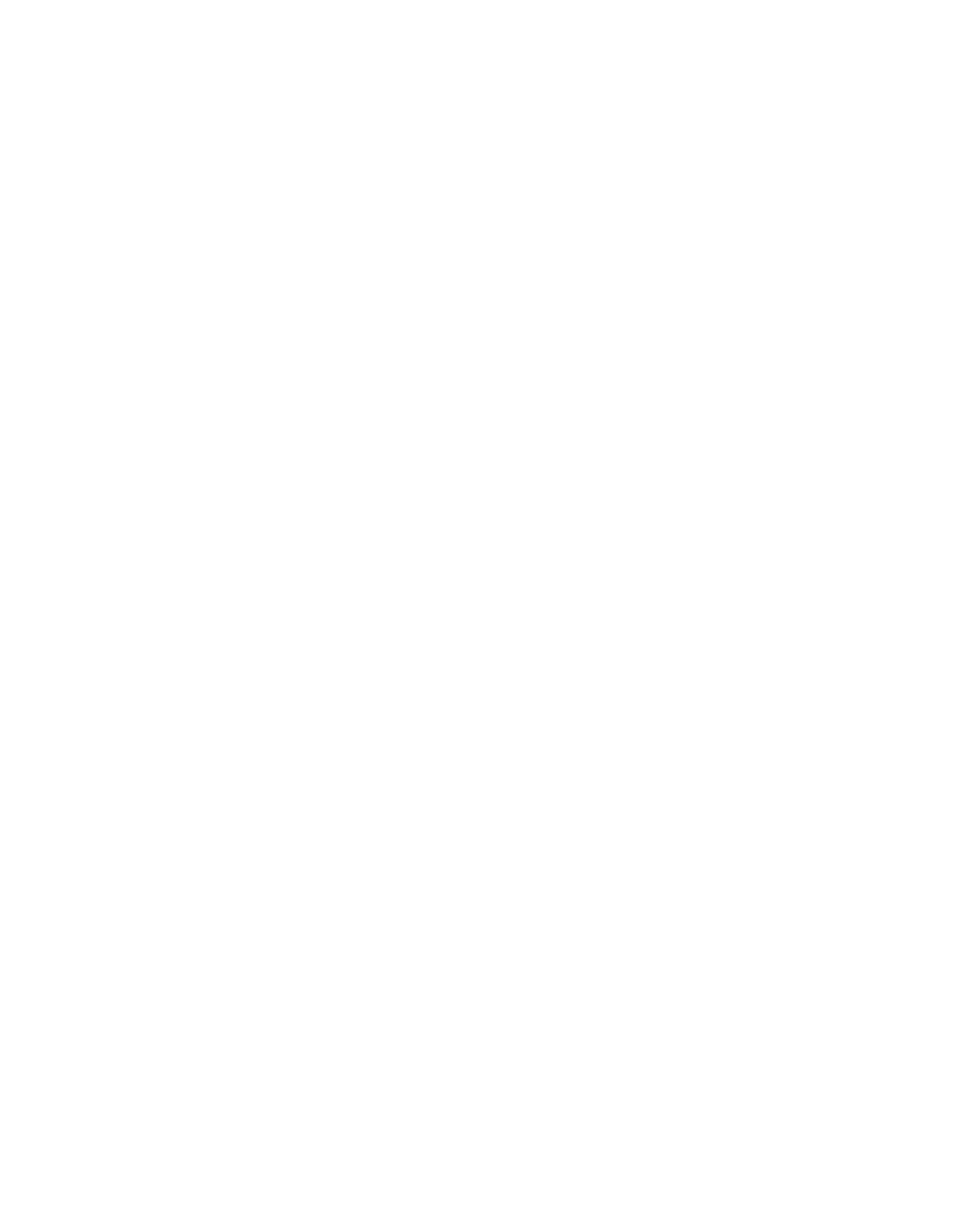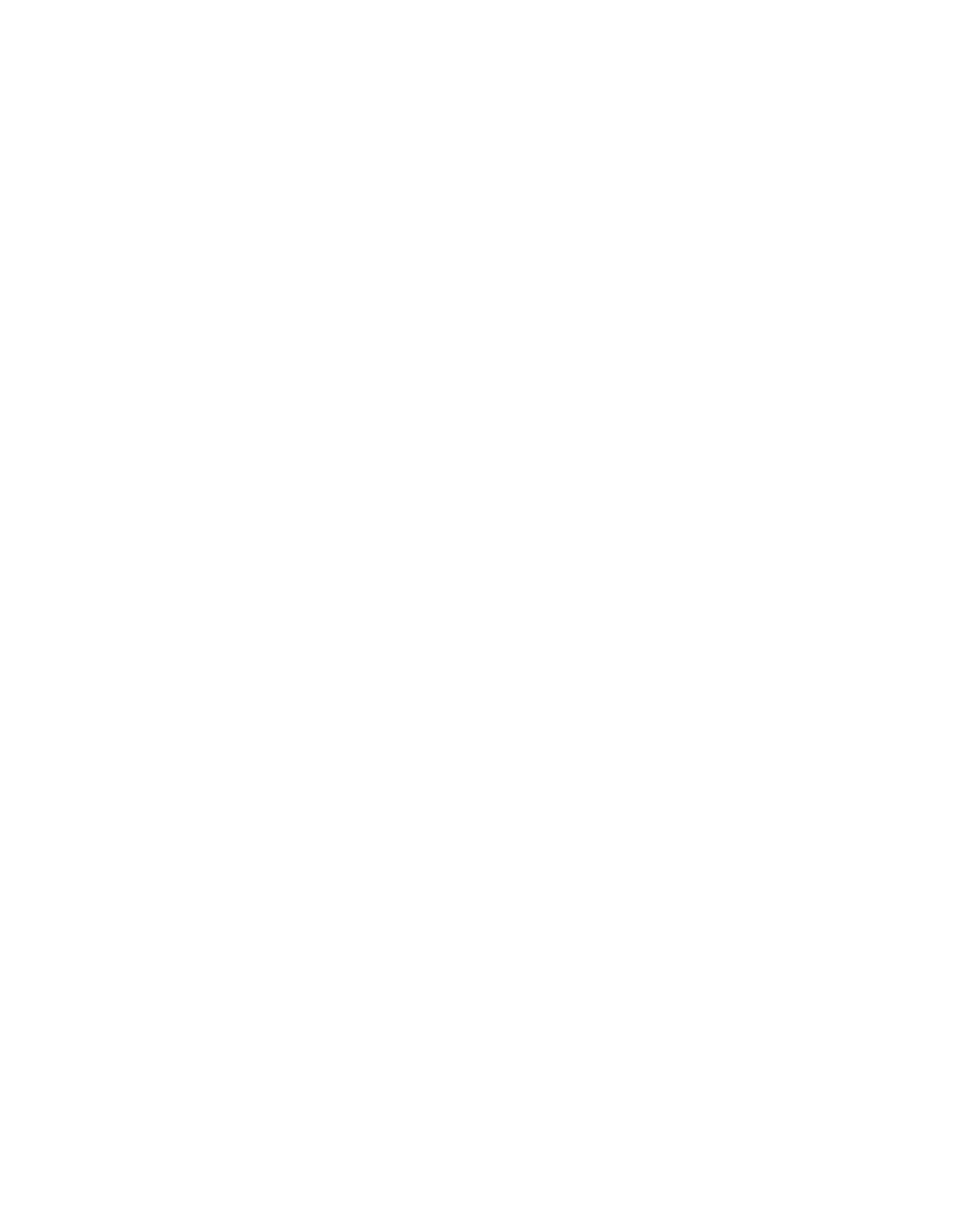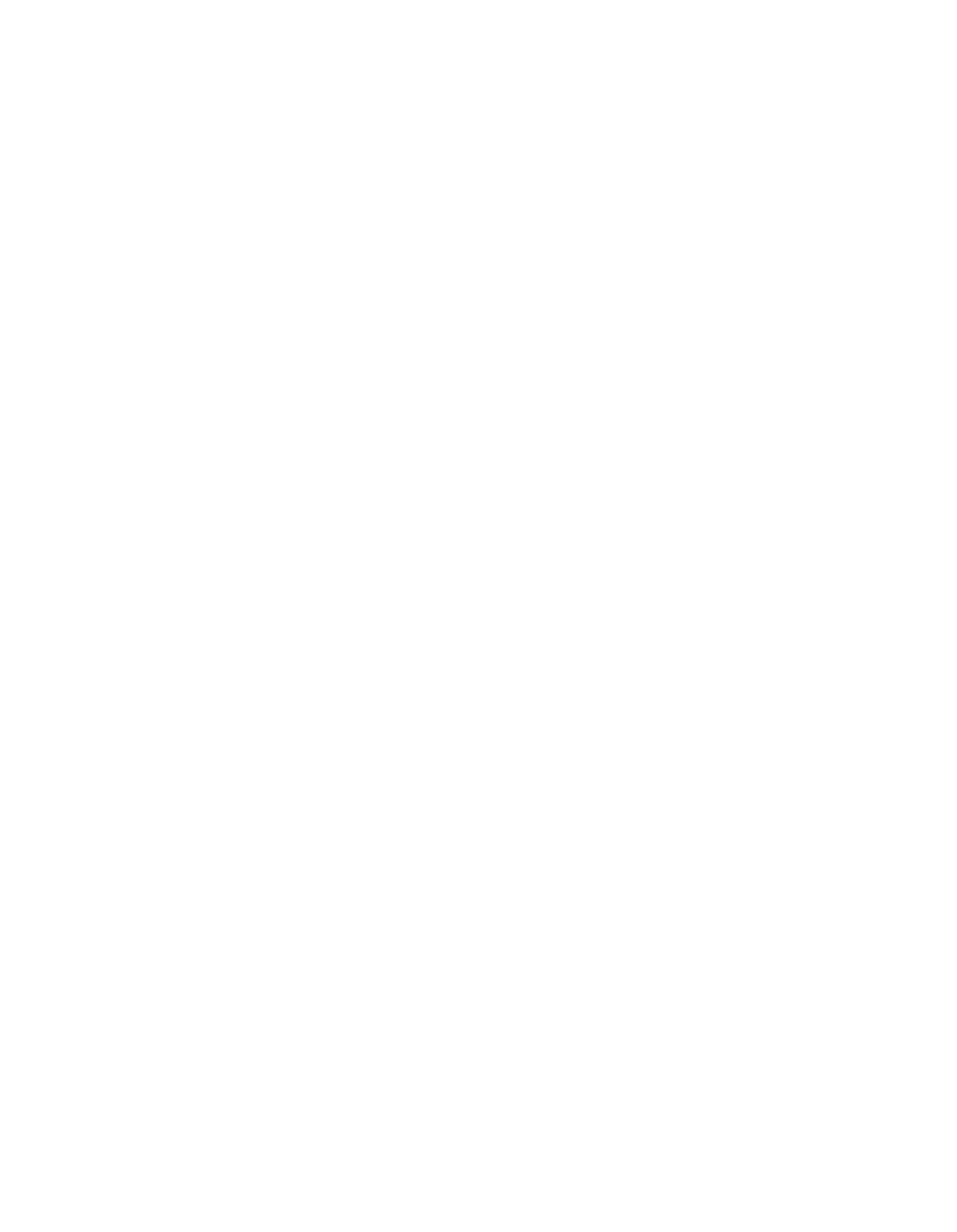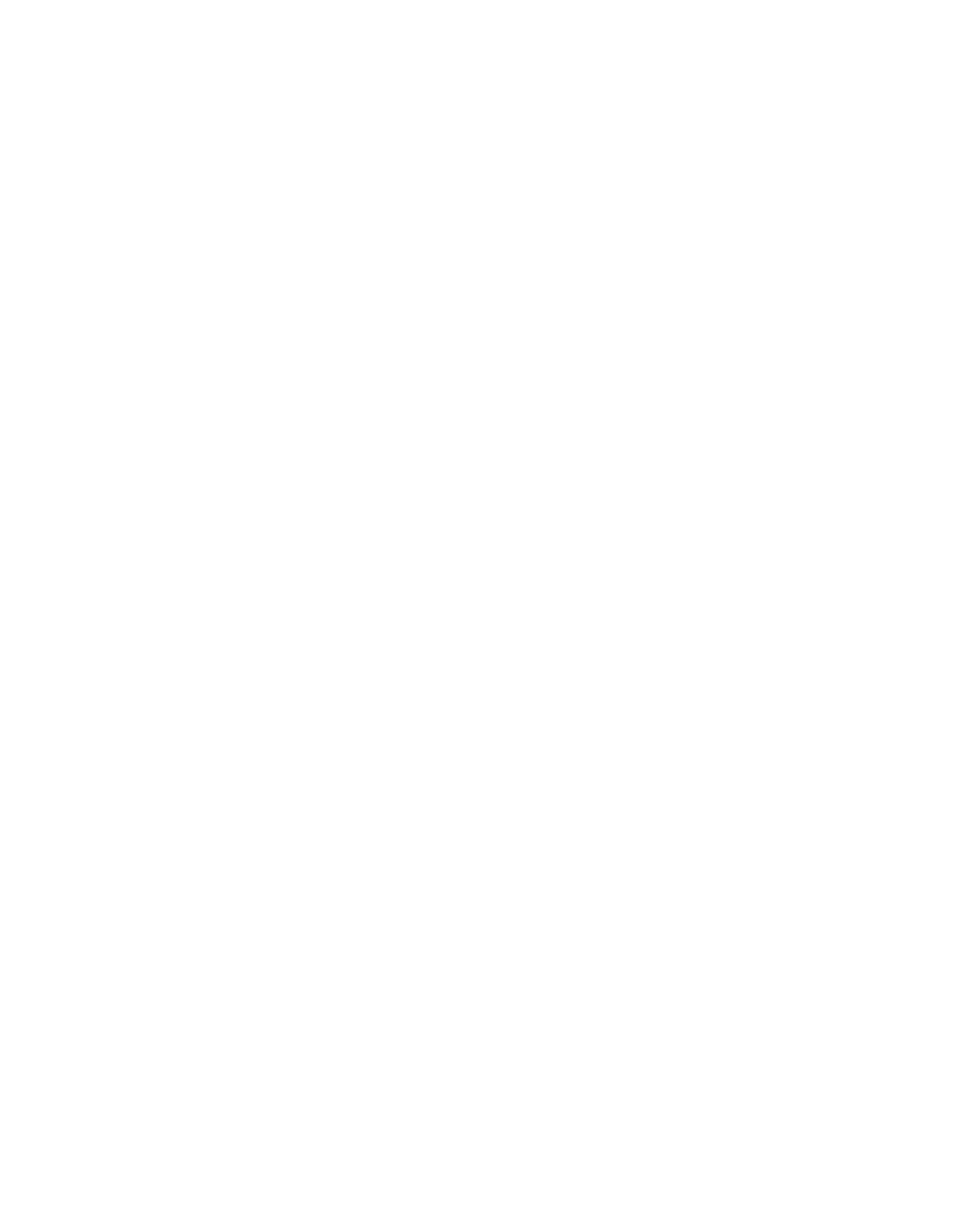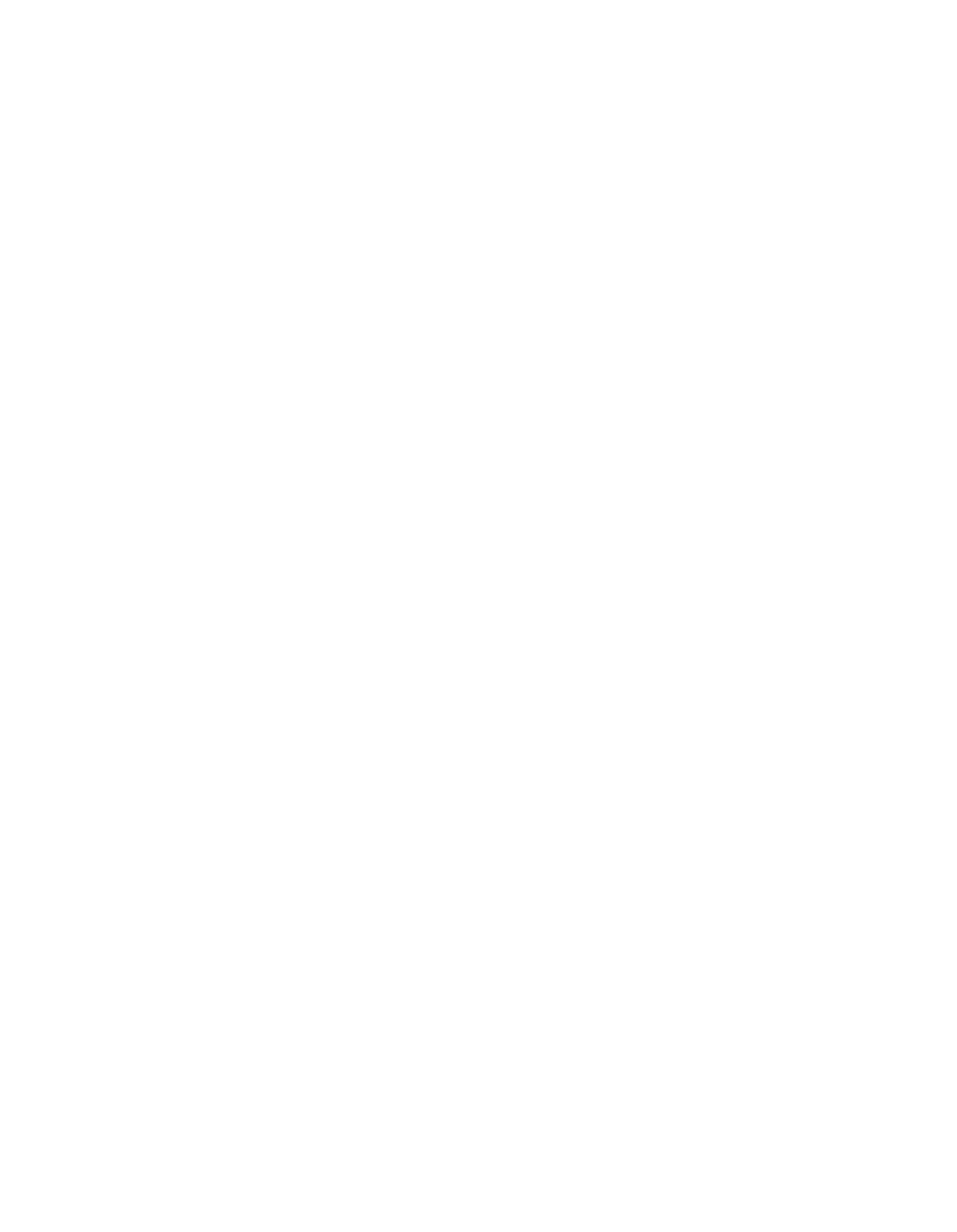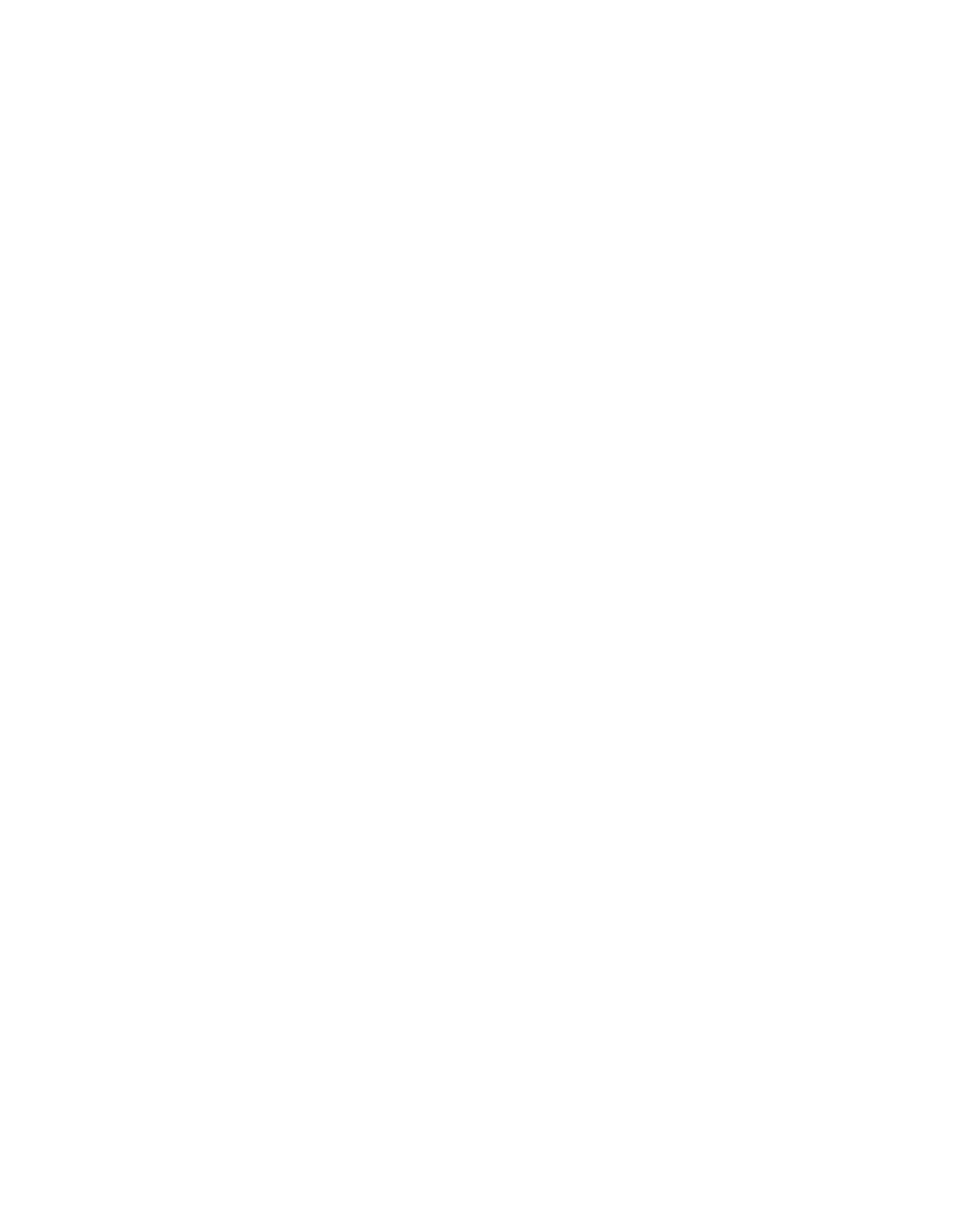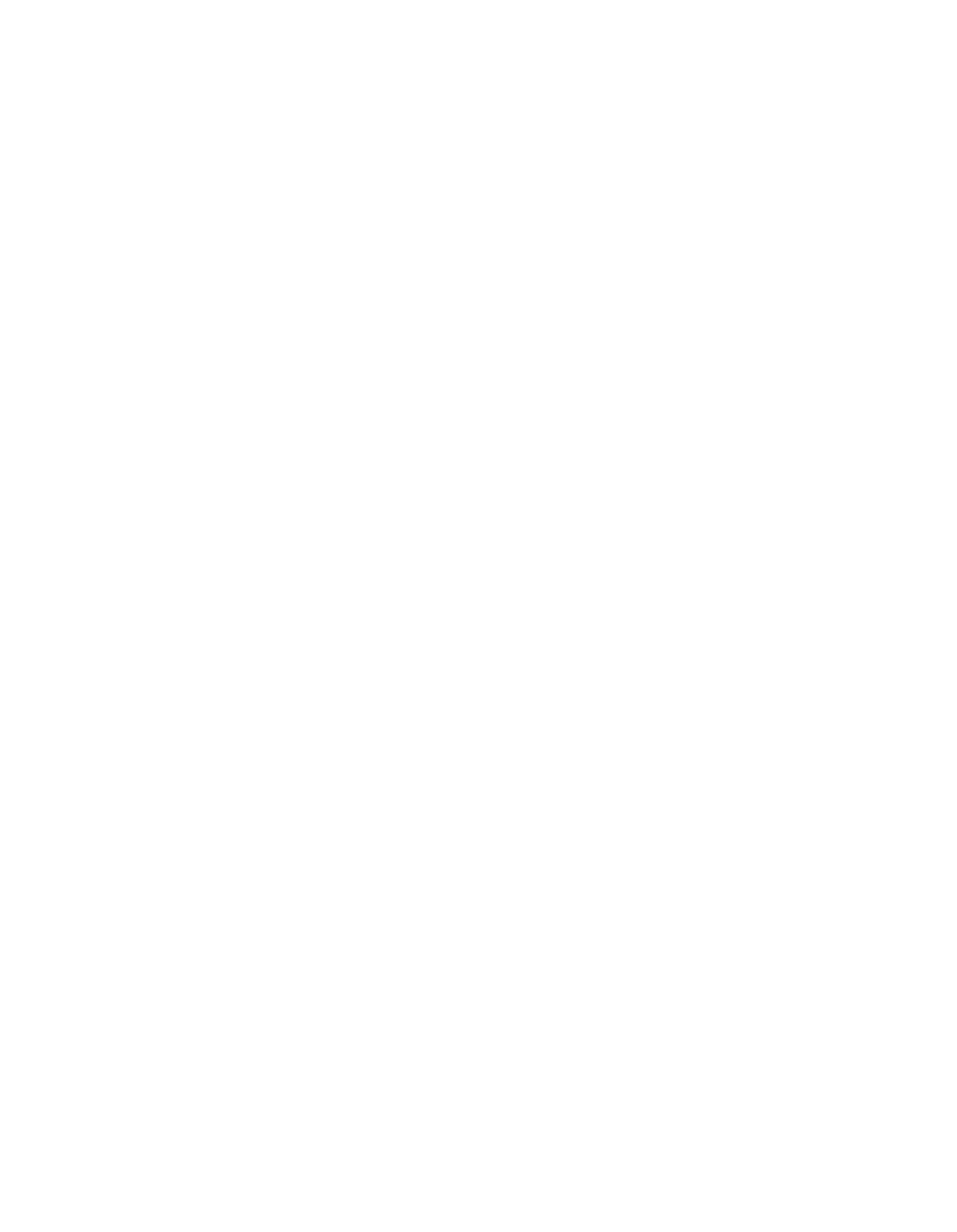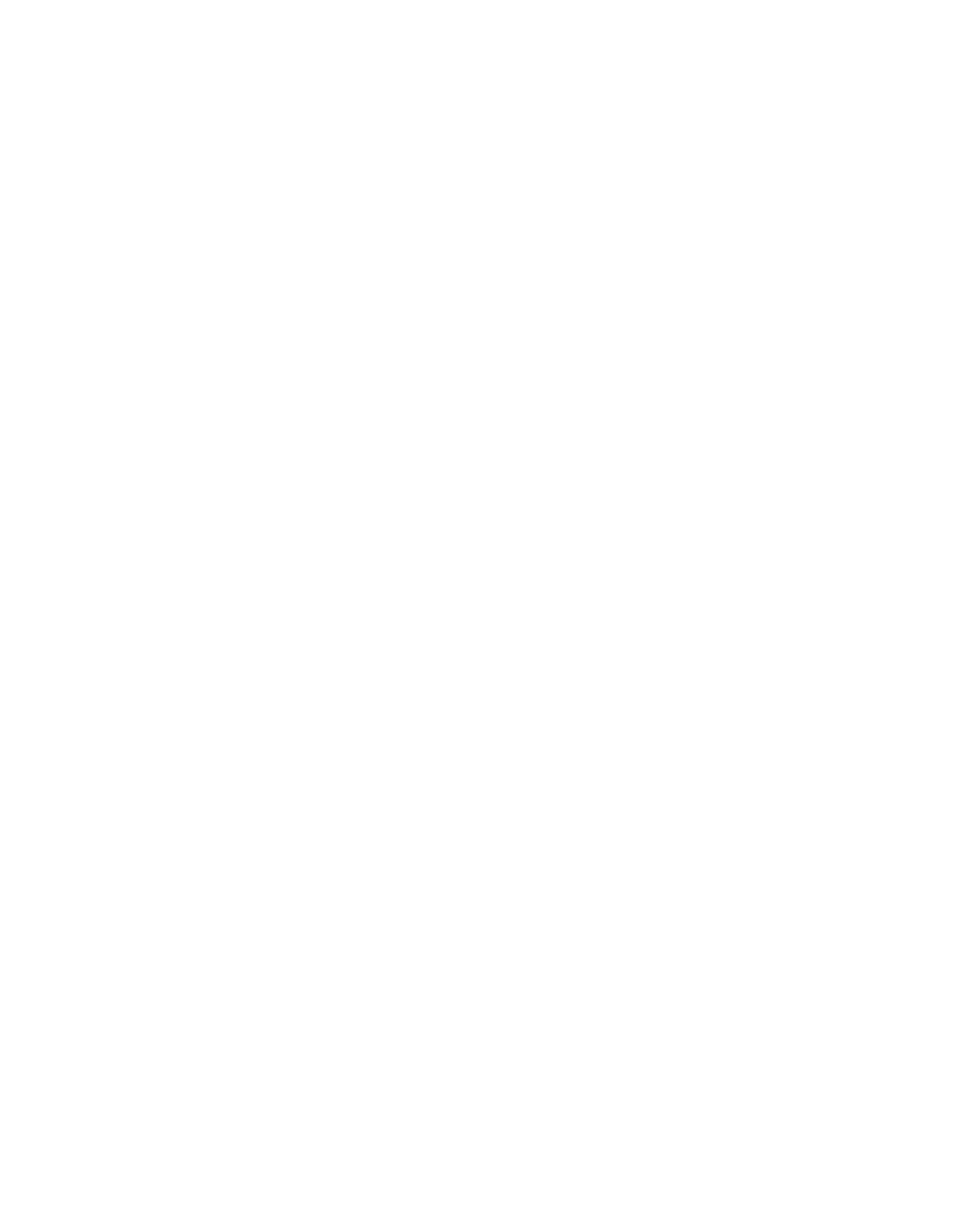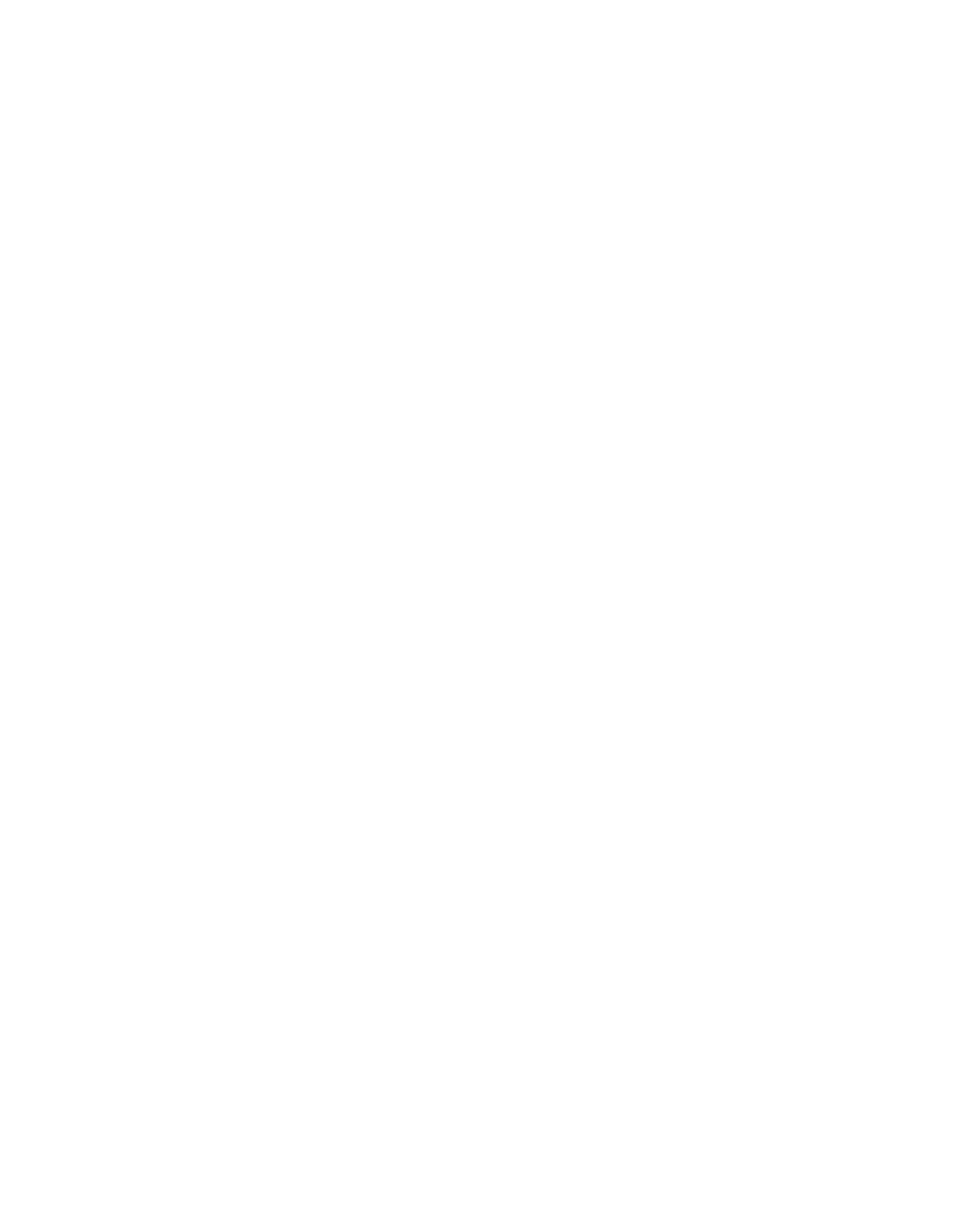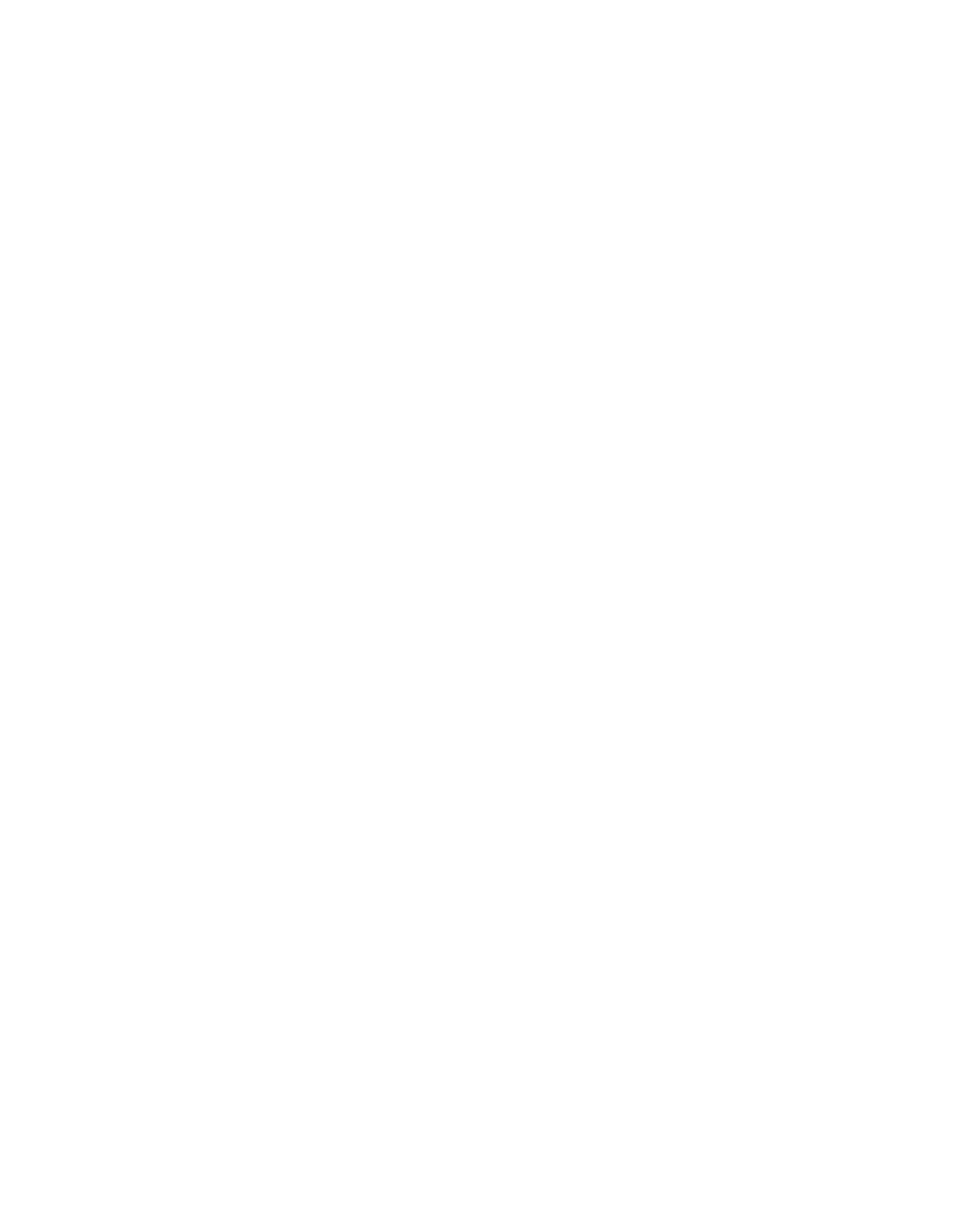ILLINOIS POLLUTION CONTROL BOARD
September 15,
1994
IN THE HATTER OF:
)
15
ROP
PLAN
CONTROL
MEASURES
)
FOR VOM EMISSIONS-PART IV:
)
TIGHTENING SURFACE COATING
)
STANDARDS; SURFACE COATING OF
)
AUTOHOTIVE\TRANSPORTATION
AND
BUSINESS MACHINE PLASTIC
PARTS;
)
R94-21
WOOD FURNITURE COATING; REACTOR
)
(Rulemaking)
PROCESSES
AND
DISTILLATION
)
OPERATION PROCESSES IN SOCMI;
)
AND
BAKERY OVENS; AMENDMENTS TO
)
35 ILL.
ADH.
CODE PARTS
211,
)
218
AND
219
)
Proposed Rule.
First Notice.
OPINION
AND
ORDER OF THE BOARD
(by
G.
T. Girard):
On September 12,
1994, the Illinois Environmental Protection
Agency
(Agency)
filed this proposal for rulemaking.
Section
182(b) (1)
of the Clean Air Act (CAA),
as amended in 1990,
requires all moderate and above ozone nonattainment areas to
achieve a 15
reduction
of 1990 emissions of volatile organic
material
(VON) by 1996.
In Illinois, the Chicago and Metro-East
St. Louis
(Metro—East)
areas are classified as “severe” and
“moderate” nonattainment for ozone, respectively, and as such are
subject to the 15
reduction requirement.
Also pursuant to
Section 182(b)
of the CAA, Illinois is to submit a 15
Rate of
Progress Plan
(ROP) within three years of the enactment of the
CAA
amendments.
This rulemaking represents Part IV of the rules
proposed in Illinois’ 15
ROP.
The proposal includes several measures for reduction of
VOM in various coating operations.
Specifically, lower limits
for VON content of coatings applied to the following categories
are proposed:
can, paper, coil,
fabric,
vinyl, metal furniture
coatings, baked large appliance coatings and miscellaneous parts
and products.
The proposal also incudes amendments requiring
automotive\transportation and business machine plastic parts
coating sources to meet specific pound per gallon VON limitations
for coating operations which exceed the applicability threshold
set forth in the rule or which emit more than 15 pounds per day
of VON.
Finally, the proposal tightens the applicability levels
(from 100 tons per year to 25 tons per year)
for wood furniture
coating operations.
The proposal also includes provisions regulating synthetic
organic chemical manufacturing industry (SOCMI)
distillation and
reactor processes and bakery oven VOM emissions.
SOCHI processes
regulated by this proposal will be required to apply control
2
technology to certain process vents which demonstrates 98
reduction of VON emissions or reduces VON to 20 parts per million
by volume on a dry basis corrected to 3
oxygen.
This proposal was filed pursuant to Section 28.5 of the Act
and is accepted for hearing.
(P.A.
87—1213, effective September
26,
1992; 415 ILCS 5/28.5.)
Pursuant to the provisions of that
section the Board is required to proceed within set time—frames
toward the adoption of this regulation.
The Board has no
discretion to adjust these time—frames under any circumstances.
Therefore, the Board acts today to send this proposal to first
notice under the Illinois Administrative Procedure Act without
commenting on the merits of the proposal. The following schedule’
indicates the deadlines by which the Board must act under the
provisions of Section 28.5:
First Notice
on or before September 26,
1994
First Hearing
on or before November 6,
1994
Second Hearing on or before December
6,
1994
Third Hearing
on or before December 16,
1994
Second Notice
on or before January 20, or February 9,
1995
Final Filing
21 days after receipt of JCAR certification
of no objection
The Agency has filed a motion asking that the Board waive
several requirements which govern the filing of a regulatory
proposal.
Specifically, the Agency asks that it be allowed to
submit the original and five complete copies of the proposal and
four partial copies of the proposal, rather than the original and
nine complete copies to the Board.
Further, the Agency asks that
it not be required to supply the Attorney General or the
Department of Energy and Natural Resources with a complete copy
of the proposal.
Lastly, the Agency asks that it not be required
to submit documents which are readily available to the Board on
which the Agency will rely at hearing.
The Board grants the
Agency’s motion.
In the interest of administrative economy, the Board directs
the Hearing Officer to verify that the persons on the Notice List
in this proceeding wish to continue to receive mailings in this
proceeding.
ORDER
This schedule includes a second and third hearing which may
be cancelled if unnecessary.
Hearings will be continued from day
to day as necessary to complete the subject matter established by
statute for each set of hearings.
3
The Board directs the Clerk to cause the filing of the
following proposal for First Notice in the Illinois Register:
TITLE 35:
ENVIRONMENTAL PROTECTION
SUBTITLE B:
AIR POLLUTION
CHAPTER I:
POLLUTION CONTROL BOARD
SUBCHAPTER c:
EMISSION STANDARDS
AND
LIMITATIONS
FOR STATIONARY SOURCES
PART 211
DEFINITIONS
AND
GENERAL PROVISIONS
SUBPART A:
GENERAL PROVISIONS
Other Definitions
Definitions (Repealed)
Accelacota
Accumulator
Acid Gases
Actual Heat
Adhesive
Aeration
Aerosol Can Filling Line
Afterburner
Air Contaminant
Air Dried Coatings
Air Oxidation Process
Air Pollutant
Air Pollution
Air Pollution Control Equipment
Air Suspension Coater/Dryer
Airless Spray
Air Assisted Airless Spray
Annual Grain Through-Put
Application Area
Architectural Coating
As Applied
Asphalt
Asphalt Prime Coat
Automobile
Automobile or Light-Duty Truck Assembly Source or
Automobile or Light-Duty Truck Manufacturing Plant
Automobile or Light-Duty Truck Refinishing
Automotive/Transportation Plastic Parts
Baked Coatings
Incorporations by Reference
Abbreviations and Units
SUBPART B:
DEFINITIONS
Input
Section
211.101
211.102
Section
211.121
211.122
211.130
211.150
211. 170
211.210
211.230
211.250
211.270
211.290
211.310
211.330
211.350
211.370
211.390
211.410
211.430
211.450
211.470
211.490
211. 510
211.530
211.550
211.570
211.590
211.610
211.630
211.650
211.660
211.670
4
211.680
211. 690
211.710
211.730
211.750
211.770
211.790
211.810
211.820
211.830
211.850
211.870
211.890
211. 910
211.930
211. 950
211.970
211.980
211.990
211.1010
211.1050
211.1070
211.1090
211.1110
211.1130
211.1150
211.1170
211.1190
211.1210
211.1230
211. 1250
211.1270
211. 1290
211.1310
211.1330
211.1350
211.1370
211.1390
211.1410
211.1430
211. 1470
211.1490
211.1510
211. 1530
211.1550
211. 1570
211.1590
211.1610
211.1630
211.1650
211.1670
211.1690
211.1710
211.1730
Bakery Oven
Batch Loading
Bead-Dipping
Binders
British Thermal Unit
Brush or Wipe Coating
Bulk Gasoline Plant
Bulk Gasoline Terminal
Business Machine Plastic Parts
Can
Can Coating
Can Coating Line
Capture
Capture Device
Capture Efficiency
Capture System
Certified Investigation
Chemical Manufacturing Process Unit
Choke Loading
Clean Air Act
Cleaning and Separating Operation
Cleaning Materials
Clear Coating
Clear Topcoat
Closed Purge System
Closed Vent System
Coal Refuse
Coating
Coating Applicator
Coating Line
Coating Plant
Coil Coating
Coil Coating Line
Cold Cleaning
Complete Combustion
Component
Concrete Curing Compounds
Concentrated Nitric Acid Manufacturing Process
Condensate
Condensible PM-b
Continuous Process
Control Device
Control Device Efficiency
Conventional Soybean Crushing Source
Conveyorized Degreasing
Crude Oil
Crude Oil Gathering
Crushing
Custody Transfer
Cutback Asphalt
Daily-weighted Average VON Content
Day
Degreaser
Delivery Vessel
5
211.1750
211.1770
211.1780
211.1790
211.1810
211.1830
211.1850
211.1870
211.1880
211.1890
211.1900
211.1910
211.1930
211.1950
211.1970
211.1990
211.2010
211.2030
211.2050
211.2070
211.2090
211.2110
211.2130
211.2150
211.2170
211.2190
211.2210
211.2230
211.2250
211.2270
211.2290
211.2310
211.2330
211.2350
211.2360
211.2365
211.2370
211.2390
211.2410
211.2430
211.2450
211.2470
211.2490
211.2510
211.2530
211.2550
211.2570
211.2590
211.2610
211.2630
211.2650
Dip Coating
Distillate Fuel Oil
Distillation Unit
Drum
Dry Cleaning Operation or Dry Cleaning Facility
Dump-Pit Area
Effective Grate Area
Effluent Water Separator
Electromagnetic Interference/Radio Frequency
Interference
(EMI/RFI)
Shielding Coatings
Electrostatic Bell or Disc Spray
Electrostatic Prep Coat
Electrostatic Spray
Emission Rate
Emission Unit
Enamel
Enclose
End Sealing Compound Coat
Enhanced Under-the-Cup Fill
Ethanol Blend Gasoline
Excess Air
Excessive Release
Existing Grain-Drying Operation
Existing Grain-Handling Operation
Exterior Base Coat
Exterior End Coat
External Floating Roof
Extreme Performance Coating
Fabric Coating
Fabric Coating Line
Federally Enforceable Limitations and Conditions
Fermentation Time
Final Repair Coat
Firebox
Fixed-Roof Tank
Flexible Coating
Flexible Operation Unit
Flexographic Printing
Flexographic Printing Line
Floating Roof
Fountain Solution
Freeboard Height
Fuel Combustion Emission Unit or Fuel Combustion
Emission Source
Fugitive Particulate Matter
Full Operating Flowrate
Gas Service
Gas/Gas Method
Gasoline
Gasoline Dispensing Operation or Gasoline Dispensing
Facility
Gel Coat
Gloss Reducers
Grain
6
211.2670
211.2690
211.2710
211.2730
211.2750
211.2770
211.2790
211.2810
211.2830
211.2850
211.2870
211.2890
211.2910
211.2930
211.2950
211.2970
211.2990
211.3010
211.3030
211.3050
211.3070
211.3090
211.3110
211.3130
211.3150
211.3170
211.3190
211.3210
211.3230
211.3250
211.3270
211.3290
211.3310
211.3330
211.3350
211.3370
211.3390
211.3410
211.3430
211.3450
211.3470
211.3490
211.3510
211.3530
211.3550
211.3570
211.3590
211.3610
211.3630
211.3650
211.3670
211.3690
211. 3710
211.3730
Grain-Drying Operation
Grain-Handling and Conditioning Operation
Grain-Handling Operation
Green-Tire Spraying
Green Tires
Gross Heating Value
Gross Vehicle Weight Rating
Heated Airless Spray
Heatset
Heatset-Web-Offset Lithographic Printing Line
Heavy Liquid
Heavy Metals
Heavy Off—Highway Vehicle Products
Heavy Off-Highway Vehicle Products Coating
Heavy Off-Highway Vehicle Products Coating Line
High Temperature Aluminum Coating
High Volume Low Pressure (HVLP)
Spray
Hood
Hot Well
Housekeeping Practices
Incinerator
Indirect Heat Transfer
Ink
In—Process Tank
In—Situ Sampling Systems
Interior Body Spray Coat
Internal—Floating Roof
Internal Transferring Area
Lacquers
Large Appliance
Large Appliance Coating
Large Appliance Coating Line
Light Liquid
Light-Duty Truck
Light Oil
Liquid/Gas Method
Liquid-Mounted Seal
Liquid Service
Liquids Dripping
Lithographic Printing Line
Load-Out Area
Low Solvent Coating
Magnet Wire
Magnet Wire Coating
Magnet Wire Coating Line
Major Dump Pit
Major Metropolitan Area
(NHA)
Major Population Area
(MPA)
Manufacturing Process
Marine Terminal
Material Recovery Section
Maximum Theoretical Emissions
Metal Furniture
Metal Furniture Coating
7
211.3750
211.3770
211.3790
211.3810
211.3830
211.3850
211.3870
211.3890
211.3910
211.3930
211.3950
211.3970
211.3990
211.4010
211.4030
211.4050
211.4055
211.4070
211.4090
211.4110
211.4130
211.4150
211.4170
211.4190
211.4210
211.4230
211.4250
211.4270
211.4290
211.4310
211.4330
211.4350
211.4370
211.4390
211.4410
211.4430
211.4450
211.4470
211.4490
211.4510
211.4530
211.4550
211.4590
211.4610
211.4630
211.4650
211. 4670
211.4690
211.4710
211.4730
211.4740
211.4750
Metal Furniture Coating Line
Metallic Shoe-Type Seal
Miscellaneous Fabricated Product Manufacturing Process
Miscellaneous Formulation Manufacturing Process
Miscellaneous Metal Parts and Products
Miscellaneous Metal Parts and Products Coating
Miscellaneous Metal Parts or Products Coating Line
Miscellaneous Organic Chemical Manufacturing Process
Mixing Operation
Monitor
Monomer
Multiple Package Coating
New Grain-Drying Operation
New Grain-Handling Operation
No Detectable Volatile Organic Material Emissions
Non—contact Process Water Cooling Tower
Non-Flexible Coating
Offset
One Hundred Percent Acid
One—Turn Storage Space
Opacity
Opaque Stains
Open Top Vapor Degreasing
Open-Ended Valve
Operator of a Gasoline Dispensing Operation or Operator
of a Gasoline Dispensing Facility
Organic Compound
Organic Material and Organic Materials
Organic Vapor
Oven
Overall Control
Overvarnish
Owner of a Gasoline Dispensing Operation or Owner of a
Gasoline Dispensing Facility
Owner or Operator
Packaging Rotogravure Printing
Packaging Rotogravure Printing Line
Pail
Paint Manufacturing Source or Paint Manufacturing Plant
Paper Coating
Paper Coating Line
Particulate Matter
Parts Per Million (Volume) or PPM
(Vol)
Person
Petroleum
Petroleum Liquid
Petroleum Refinery
Pharmaceutical
Pharmaceutical Coating Operation
Photochemically Reactive Material
Pigmented Coatings
Plant
Plastic
Part
Plasticizers
8
211.4770
211.4790
211.4810
211.4830
211.4850
211.4870
211.4890
211.4910
211.4930
211.4950
211.4970
211.4990
211.5030
211.5050
211.5060
211.5070
211.5090
211.5110
211.5130
211.5150
211.5170
211.5185
211.5190
211.5210
211.5230
211.5250
211.5270
211.5310
211.5330
211.5350
211.5370
211.5390
211.5410
211.5430
211.5450
211.5470
211.5480
211.5490
211.5500
211.5510
211.5530
211.5550
211.5570
211.5590
211.5600
211.5610
211. 5630
211. 5650
211. 5670
211. 5690
211.5710
211.5730
PM-b
Pneumatic Rubber Tire Manufacture
Polybasic Organic Acid Partial Oxidation Manufacturing
Process
Polyester Resin Material(s)
Polyester Resin Products Manufacturing Process
Polystyrene Plant
Polystyrene Resin
Portable Grain-Handling Equipment
Portland Cement Manufacturing Process Emission Source
Portland Cement Process or Portland Cement
Manufacturing Plant
Potential to
Emit
Power Driven Fastener Coating
Pressure Release
Pressure Tank
Primary Product
Prime Coat
Primer Surfacer Coat
Primer Surfacer Operation
Primers
Printing
Printing Line
Process Emission Source
Process Emission Unit
Process Unit
Process Unit Shutdown
Process Weight Rate
Production Equipment Exhaust System
Publication Rotogravure Printing Line
Purged Process Fluid
Reactor
Reasonably Available Control Technology
(PACT)
Reclamation System
Refiner
Refinery Fuel Gas
Refinery Fuel Gas System
Refinery Unit or Refinery Process Unit
Reflective Ar~entCoating
Refrigerated Condenser
Regulated Air Pollutant
Reid Vapor Pressure
Repair
Repair Coat
Repaired
Residual Fuel Oil
Resist Coat
Restricted Area
Retail Outlet
Ringelmann Chart
Roadway
Roll Coater
Roll Coating
Roll Printer
9
211.5750
211.5770
211.5790
211.5810
211.5830
211.5850
211.5870
211.5890
211.5910
211.5930
211.5950
211.5970
211.5990
211.6010
211.6030
211.6050
211.6060
211.6070
211.6090
211.6110
211.6130
211.6140
211.6150
211.6170
211. 6190
211. 6210
211.6230
211.6250
211.6270
211.6290
211.6310
211.6330
211. 6350
211.6370
211. 6390
211.6400
211.6410
211.6430
211.6450
211.6470
211.6490
211.6510
211.6530
211.6550
211.6570
211.6580
211.6590
211.6610
211.6630
211.6650
211.6670
211.6690
211.6710
Roll Printing
Rotogravure Printing
Rotogravure Printing Line
Safety Relief Valve
Sandblasting
Sanding Sealers
Screening
Sealer
Semi—Transparent Stains
Sensor
Set of Safety Relief Valves
Sheet Basecoat
Shotblasting
Side—Seam Spray Coat
Smoke
Smokeless Flare
Soft Coat
Solvent
Solvent Cleaning
Solvent Recovery System
Source
Specialty Coatings
Specialty High Gloss Catalyzed Coating
Specialty Leather
Specialty Soybean Crushing Source
Splash Loading
Stack
Stain Coating
Standard Conditions
Standard Cubic Foot
(scf)
Start-Up
Stationary Emission Source
Stationary Emission Unit
Stationary Source
Stationary Storage Tank
Stencil Coat
Storage Tank or Storage Vessel
Styrene Devolatilizer Unit
Styrene Recovery Unit
Submerged Loading Pipe
Substrate
Sulfuric Acid Mist
Surface Condenser
Synthetic Organic Chemical or Polymer Manufacturing
Plant
Tablet Coating Operation
Texture Coat
Thirty-Day Rolling Average
Three—Piece Can
Through-the—Valve Fill
Tooling Resin
Topcoat
Topcoat Operation
Touch-Up
10
211.6730
211.6750
211.6770
211.6790
211. 6810
211.6830
211. 6850
211.6870
211.6880
211.6890
211.6910
211.6930
211.6950
211.6970
211.6990
211.7010
211.7030
211.7050
211.7070
211.7090
211.7110
211.7130
211.7150
211.7170
211.7190
211.7210
211.7230
211.7250
211.7270
211.7290
211.7310
211.7330
211.7350
211.7400
Transfer Efficiency
Tread End Cementing
True Vapor Pressure
Turnaround
Two—Piece Can
Under-the-Cup Fill
Undertread Cementing
Unregulated Safety Relief Valve
Vacuum Netallizirig
Vacuum Producing System
Vacuum Service
Valves Not Externally Regulated
Vapor Balance System
Vapor Collection System
Vapor Control System
Vapor-Mounted Primary Seal
Vapor Recovery System
Vapor-Suppressed Polyester Resin
Vinyl Coating
Vinyl Coating Line
Volatile Organic Liquid
(VOL)
Volatile Organic Material Content
(VOMC)
Volatile Organic Material (VON)
or Volatile Organic
Compound
(VOC)
Volatile Petroleum Liquid
Wash Coat
Wastewater
(Oil/Water) Separator
Weak Nitric Acid Manufacturing Process
Web
Wholesale Purchase
—
Consumer
Wood Furniture
Wood Furniture Coating
Wood Furniture Coating Line
Woodworking
Yeast Percentage
APPENDIX A
Rule into Section Table
APPENDIX B
Section into Rule Table
AUTHORITY:
Implementing Sections 9,
9.1 and 10 and authorized by
Section 27 and 28.5 of the Environmental Protection Act
(Ill.
Rcv.
Stat.
1991,
oh. 111~,pare.
1009,
1009.1,
1010 and 1027),
(P-.A.
87—1213, cffcotivc Ceptembcr 2?,
1992)
415
ILCS 5/9, 9.1,
10,
27 and 28.5
(1992).
SOURCE:
Adopted as Chapter 2:
Air Pollution, Rule 201:
Definitions, R71—23,
4 PCB 191,
filed and effective April 14,
1972; amended in R74—2 and R75—5,
32 PCB 295,
at
3 Ill. Reg.
5,
p. 777, effective February 3,
1979;
amended in R78—3 and 4,
35
PCB 75 and 243, at
3 Ill.
Reg.
30,
p.
124, effective July 28,
1979; amended in P80—5, at 7
Ill. Reg.
1244,
effective January
21,
1983; codified at 7 Ill. Reg.
13590; amended in R82—1
(Docket
A)
at 10 Ill.
Reg.
12624, effective July
7,
1986; amended in
P85—21(A)
at 11 Ill. Reg.
11747, effective June 29,
1987; amended
11
in P86—34 at 11 Ill.
Reg.
12267, effective July 10,
1987; amended
in P86—39 at 11 Ill.
Peg.
20804, effective December 14,
1987;
amended in P82—14 and P86—37 at 12 Ill. Reg.
787, effective
December 24,
1987;
amended in P86-18 at 12 Ill. Reg.
7284,
effective April
8,
1988; amended in R86—10 at 12
Ill.
Reg.
7621,
effective April 11,
1988; amended in P88—23 at 13 Ill. Peg.
10862, effective June 27,
1989; amended in P89-8 at 13
Ill.
Reg.
17457, effective January
1,
1990; amended in P89—16(A)
at 14 Iii.
Peg.
9141, effective May 23,
1990; amended in P88-30(B)
at
15
Ill. Reg.
5223, effective March 28,
1991; amended in R88—14 at 15
Ill. Peg.
7901, effective May 14,
1991; amended in R91-10 at 15
Ill. Reg.
15564, effective October 11,
1991;
amended in R91-6 at
15 Ill. Peg.
15673, effective October 14,
1991; amended in R91—22
at 16 Ill. Reg.
7656, effective May
1,
1992;
amended in R91-24 at
16 Ill. Peg.
13526, effective August 24,
1992; amended in P93—9
at 17
Ill.
Peg.
16504, effective September 27,
1993; amended in
P93—li at 17 Ill.
Reg.
21471,
effective December 7,
1993; amended
in P93—14 at 18
Ill.
Peg.
1253, effective January 18,
1994;
amended in
_________
at
_______
Ill.
Reg.
,
effective
____
SUBPART B:
DEFINITIONS
Section 211.660
Automotive/Transportation Plastic Parts
“Automotive/transportation plastic parts” means the interior and
exterior plastic components of automobiles, trucks, tractors,
lawnmowers,
and other like mobile equipment intended for primary
use on land, with the exception of the following:
plastic tarts
coated on the main
(body)
paint line in automobile and light duty
truck assembly plants. and plastic carts coated during
refinishing of automobile, trucks, tractors,
lawnmowers and other
like mobile equipment.
(Source:
Added at
_____
Ill.
Req.
__________,
effective
____
______________________________________________________)
Section 211.670
Baked Coatings
“Baked coatings” means any coating which is cured or dried in an
oven where the oven air temperature exceeds 9OQC
(194QF)--,
or any
coating which is cured in any manner that does not otherwise fit
into the definition of “air dried coatings,” as defined in
Section 211.330 of this Part.
Section 211.680
Bakery Oven
“Bakery oven” means an oven used at any time for the purpose of
baking yeast-leavened products,
including,
but not limited to,
breads,
rolls and buns.
(Source:
Added at
Ill. Reg.
__________,
effective
12
Section 211.820
Business Machine Plastic Parts
“Business machine plastic parts” means the plastic housings and
other exterior plastic components of electronic office eaui~ment
and of medical and musical equipment,
including, but not limited
to the following:
computers. monitors. printers and keyboards.,
facsimile machines.
copiers, microfiche readers, cellular and
standard phones. and pencil sharpeners. This definition excludes
internal electrical components of business machines.
(Source:
Added at
_____
Ill.
Peg.
,
effective
____
)
Section 211.980
Chemical Manufacturing Process Unit
“Chemical manufacturing process unit” means the eauipment
assembled and connected by
~thes
or ducts to process raw
materials and to manufacture an intended product.
For purposes
of
35 Iii. Adm. Code Sections 218.431 through 218.436, and
Sections 219.431 throu~h219.436. the chemical manufacturing
process unit includes reactors and their associated product
separators and recovery devices; distillation units and their
associated distillate receivers and recovery devices.
A chemical
manufacturing process unit includes, but is not limited to, anY
combination of Pumps. compressors. agitators. pressure relief
devices, sampling connection systems, open ended valves or lines,
valves,
connectors,
instrumentation systems, and control devices
or systems.
A chemical manufacturing process unit is identified
by its Primary product, as defined in Section 211.5060 of this
Part.
(Source:
Added at
_____
Ill. Peg.
,
effective
____
Section 211.1780
Distillation Unit
“Distillation unit” means a device or vessel in which one or more
feed streams are separated into two or more exit streams, each
exit stream having component concentrations different from those
in the feed stream(s).
Separation is achieved by a
redistribution of the components between the liquid and the vapor
phases by vaporization and condensation as they aPproach
equilibruim within the distillation unit.
A distillation unit
includes, but is not limited to, the distillate receiver.
reboiler, vacuum pump,
steam let and any associated recovery
system.
(Source:
Added at
_____
Ill. Peg.
__________,
effective
____
___________________________________________________________
)
Section 211.1880
Electromagnetic Interference/Radio Freguency
Interference
(EMI/RFI) Shielding Coatings
13
“Electromagnetic interference/radio freauency interference
(ENI/RFI) coatings” means coatings used on busmess machine
plastic housings to attenuate electromagnetic and radio frequency
interference signals that would otherwise pass throuah the
plastic housing.
(Source:
Added at
Ill. Peg.
)
Section 211.1900
Electrostatic Prep Coat
effective
._a#.a~.
~
“Electrostatic prep coat” means a coating that is
~
tOA
plastic part solely to provide conductivity for the
~
application of
a grime coat,
a topcoat. or other coating throu~h
the use of electrostatic application methods.
An electrostatic
prep coat is clearly identified as an electrostatic prep coat on
its accompanying material safety data sheet.
(Source:
Added at
_____
Ill.
Reg.
,
effective
____
___________________________________________________________)
Section 211.2290
Fermentation Time
“Fermentation time” means the time elapsed between adding Yeast
to the dough and placing the product into the oven, expressed in
hours to the nearest one—tenth hour.
(Source:
Added at
Ill. Req.
_________,
effective
Section 211.2360
Flexible Coating
“Flexible coating” means a paint with the ability to withstand
dimensional changes.
(Source:
Added at
_____
Ill. Peg.
_________,
effective
____
Section 211.2365
Flexible Operation Unit
“Flexible operation unit” means a chemical manufacturing process
unit that manufactures different chemical products periodically
by alternating raw materials or operating conditions.
(Source:
Added at
_____
Ill.
Peg.
,
effective
Section 211.2630
Gloss Reducers
“Gloss reducers” means a low—gloss coating formulated to
eliminate glare for safety purposes on interior surfaces of a
vehicle, as specified in the U.S. Department
of Transportation
Motor Vehicle Safety Standards.
14
(Source:
Added at
_____
Ill.
Peg.
,
effective
____
______________________________________________________)
Section 211.4055
Non-Flexible Coating
“Non-flexible coating” means a paint without the ability to
withstand dimensional changes.
(Source:
Added at
_____
Ill.
Peg.
,
effective
____
)
Section 211.4740
Plastic Part
“Plastic part” means a product, or piece of a product. made from
a substance that has been formed from resin through the
application of pressure or heat or both.
(Source:
Added at
_____
Ill. Peg.
,
effective
____
___________________________________________________________)
Section 211.5060
Primary Product
“Primary Product” means a product of a chemical manufacturing
process unit that shall be determined according to the procedures
specified as follows:
~J
If a chemical manufacturing process unit produces more
than one intended chemical product, the Product with
the greatest annual design ca~acitvon a mass basis
determines the primary product of the process.
~
If a chemical manufacturing process unit has two more
products that have the same maximum annual design
capacity on a mass basis and if one of those chemicals
is listed in Appendix A of 35 Ill.
Adm. Code Part 218
or Part 219. then the listed chemical is considered the
primary product.
If more than one of the products is
listed in Appendix A of 35 Ill. Adm. Code Part 218 or
Part 219, then the owner or operator may designate as
the primary Product any of the listed chemicals.
gj
For
a chemical manufacturing process unit that is
designed and operated as flexible operation unit and is
used Predominantly to Produce one or more of the listed
chemicals in Appendix A of 35 Ill.
Adin.
Code Part 218
or Part 219. the primary product shall be determined
based on the expected utilization for the five years
following promulgation for existing sources and based
on the expected utilization for the first five years
after initial start-un for new sources.
~j
If the flexible operation unit produces one
product for the greatest annual operating time,
15
then that product shall represent the primary
product of the flexible operation unit.
21
If the flexible operation unit produces multiple
chemicals equally based on operatina time, then
the product with the greatest annual production on
a mass basis shall represent the primary product
of the flexible operation unit.
(Source:
Added at
_____
Ill. Peg.
__________,
effective
____
___________________________________________________________)
Section 211.5480
Reflective Ar~entCoating
“Reflective argent coating” means a silver—colored coating that
will reflect light.
(Source:
Added at
_____
Ill. Peg.
_________,
effective
____
Section 211.5600
Resist Coat
“Resist coat” means a coating that is applied to a plastic part
before metallic plating to prevent deposits of metal on portions
of the plastic part.
(Source:
Added at
_____
Ill.
Peg.
__________,
effective
____
____________
)
Section 211.6060
Soft Coat
“Soft coat” means any coating that provides
a
soft tactile feel
similar to leather and a rich leather—like appearance when
applied to plastic interior automotive parts and exterior
business machine parts.
(Source:
Added at
_____
Ill.
Req.
,
effective
____
)
Section 211.6140
Specialty Coatings
“Specialty coatings” means,
for the purposes of 35 Ill.
Adia.
Code
218 and 219. plastic parts coatings used for unusual lob
performance requirements.
These products include adhesion
primers, resist coatings, soft coatings. reflective coatings~
electrostatic prep coatings, headlamp lens coatings, ink ~ad
printing coatings,
stencil coatings, vacuum metalizing coatings,
cUoss reducers. plating resist coatings, and ~latina sensitizer
coatings.
(Source:
Added at
_____
Ill.
Peg.
,
effective
____
______________________________________________________)
Section 211.6400
Stencil Coat
16
“Stencil coat” means a coating that is a~~liedover a stencil on
a plastic part at a thickness of
1 mil or less of coating solids.
Stencil coats are most freauentlv letters.
numbers, or decorative
designs.
(Source:
Added at
_____
Ill.
Peg.
effective
Section 211.6580
Texture Coat
“Texture coat” means a coating applied to a elastic part which.
in its finished form,
consists of discrete raised spots of the
coating.
(Source:
Added at
Section 211.6880
_____
Ill. Reg.
__________,
effective
Vacuum Metallizing
“Vacuum metallizing” means a process whereby metal
is vaporized
and deposited on a substrate in a vacuum chamber.
(Source:
Added at
Section 211.7400
_____
Ill. Peg.
__________,
effective
____
Yeast Percentage
“Yeast percentage” means lbs of yeast per hundred lbs of total
flour
in the recipe. expressed as a percentage.
(Source:
Added at
_____
Ill. Peg.
,
effective
____
___________________________________________________________)
TITLE
35:
ENVIRONMENTAL PROTECTION
SUBTITLE B:
AIR POLLUTION
CHAPTER
I:
POLLUTION CONTROL BOARD
SUBCHAPTER
C:
EMISSIONS STANDARDS
AND
LIMITATIONS
FOR STATIONARY SOURCES
PART
218
ORGANIC MATERIAL EMISSION
STANDARDS
AND
LIMITATIONS FOR THE
CHICAGO AREA
SUBPART A:
GENERAL PROVISIONS
Section
218.100
218.101
218.102
218.103
218. 104
218.105
218.106
Introduction
Savings Clause
Abbreviations and Conversion Factors
Applicability
Definitions
Test Methods and Procedures
Compliance Dates
17
218.107
218 .108
218.109
218.110
218.111
218.112
218.113
218.114
Operation of Afterburners
Exemptions, Variations, and Alternative Means of
Control or Compliance Determinations
Vapor Pressure of Volatile Organic Liquids
Vapor Pressure of Organic Material or Solvents
Vapor Pressure of Volatile Organic Material
Incorporations by Reference
Monitoring for Negligibly-Reactive Compounds
Compliance with Permit Conditions
SUBPART B:
ORGANIC EMISSIONS FROM STORAGE
AND
LOADING OPERATIONS
Section
218.121
218.122
218 .123
218.124
218.125
218.126
Storage Containers
Loading Operations
Petroleum Liquid Storage Tanks
External Floating Roofs
Compliance Dates
(Repealed)
Compliance Plan (Repealed)
SUBPART
C:
ORGANIC EMISSIONS FROM MISCELLANEOUS EQUIPMENT
Section
218.141
218.142
218.143
218.144
Separation Operations
Pumps and Compressors
Vapor Blowdown
Safety Relief Valves
18
SUBPART
E:
SOLVENT
CLEANING
Section
218.181
218.182
218.183
218.184
218.185
218.186
Section
218.204
218.205
218.206
218.207
218.208
218.209
218.210
218.211
218.212
218.213
218.214
Solvent Cleaning in General
Cold Cleaning
Open Top Vapor Degreasing
Conveyorized Degreasing
Compliance Schedule (Repealed)
Test
Methods
SUBPART F:
COATING OPERATIONS
Emission Limitations
Daily—Weighted Average Limitations
Solids Basis Calculation
Alternative Emission Limitations
Exemptions from Emission Limitations
Exemption from General Rule on Use of Organic Material
Compliance Schedule
Recordkeeping and Reporting
Cross—Line Averaging to Establish Compliance for
Coating Lines
Recordkeeping and Reporting for Cross-Line Averaging
Participating Coating Lines
Changin~Compliance Methods
SUBPART
G:
USE OF ORGANIC MATERIAL
Section
218.301
218
•
302
218.303
218.304
Section
218.401
218.402
218.403
218.404
218.405
Section
218.421
218.422
218.423
218.424
218.425
Use of Organic Material
Alternative Standard
Fuel Combustion Emission Units
Operations with Compliance Program
SUBPART
H:
PRINTING AND PUBLISHING
Flexographic and Rotogravure Printing
Applicability
Compliance Schedule
Recordkeeping and Reporting
Heatset-Web-Offset Lithographic Printing
SUBPART
Q:
LEAKC
FROM
SYNTHETIC
ORGANIC CHEMICAL
AND
POLYMER
MANUFACTURING
PLANT
General
Requirements
Inspection Program Plan for Leaks
Inspection Program for Leaks
Repairing Leaks
Recordkeeping for Leaks
19
218.426
218.427
218.428
218.429
218.430
218.431
218.432
218.433
218.434
218.435
218.
436
Report for Leaks
Alternative Program for Leaks
Open-Ended Valves
Standards for Control Devices
Compliance Date (Repealed)
Applicability
Control Requirements
Performance
and
Testing
Requirements
Monitoring Requirements
Recordkeeping and Reporting Requirements
Compliance Date
SUBPART
R:
PETROLEUM
REFINING
AND
RELATED INDUSTRIES; ASPHALT MATERIALS
Section
218.441
218442
218.443
218 .444
218.445
218.446
218.447
218.448
218.449
218.450
218.451
218.452
218.453
Petroleum Refinery Waste Gas Disposal
Vacuum Producing Systems
Wastewater
(Oil/Water) Separator
Process Unit Turnarounds
Leaks:
General Requirements
Monitoring Program Plan for Leaks
Monitoring Program for Leaks
Recordkeeping for Leaks
Reporting
for
Leaks
Alternative
Program
for
Leaks
Sealing Device Requirements
Compliance Schedule for Leaks
Compliance Dates
(Repealed)
SUBPART
5:
RUBBER
AND
MISCELLANEOUS
PLASTIC
PRODUCTS
Section
218. 461
218.462
218.463
218.464
218.465
218.466
Section
218.480
218.481
Manufacture of Pneumatic Rubber Tires
Green Tire Spraying Operations
Alternative Emission Reduction Systems
Emission Testing
Compliance Dates (Repealed)
Compliance Plan (Repealed)
SUBPART T:
PHARMACEUTICAL MANUFACTURING
Applicability
Control of Reactors, Distillation Units, Crystallizers,
Centrifuges and Vacuum Dryers
218.482
Control of Air Dryers, Production Equipment Exhaust
Systems and Filters
Material Storage and Transfer
In—Process Tanks
Leaks
Other Emission Units
Testing
Monitoring for Air Pollution Control Equipment
218.483
218.484
218.485
218.486
218.487
218.488
20
218.489
Recordkeeping for Air Pollution Control Equipment
SUBPART V:
AIR OXIDATION PROCESSES
Section
218.521
218.525
218.526
218.527
Section
218.541
Section
218.561
218.562
218.563
Definitions
(Repealed)
Emission Limitations for Air Oxidation Processes
Testing and Monitoring
Compliance Date (Repealed)
SUBPART W:
AGRICULTURE
Pesticide Exception
SUBPART
X:
CONSTRUCTION
Architectural Coatings
Paving Operations
Cutback Asphalt
SUBPART
Y:
GASOLINE
DISTRIBUTION
Section
218.581
218.582
218.583
218.584
218.585
218.586
Bulk Gasoline Plants
Bulk Gasoline Terminals
Gasoline Dispensing Operations
-
Storage Tank
Operations
Gasoline Delivery Vessels
Gasoline Volatility Standards
Gasoline Dispensing Operations
-
Motor Vehicle
Operations
Filling
Fueling
SUBPART
Z:
DRY
CLEANERS
Section
218.601
218.602
218.603
218.604
218.605
218.606
218.607
218.608
218.609
218.610
218.611
218.612
218.613
Perchloroethylene Dry Cleaners
Applicability
Leaks
Compliance Dates
(Repealed)
Compliance Plan (Repealed)
Exception to Compliance Plan (Repealed)
Standards for Petroleum Solvent Dry Cleaners
Operating Practices for Petroleum Solvent Dry Cleaners
Program for Inspection and Repair of Leaks
Testing and Monitoring
Applicablity for Petroleum Solvent Dry Cleaners
Compliance Dates
(Repealed)
Compliance Plan (Repealed)
SUBPART
AA:
PAINT
AND
INK
MANUFACTURING
Section
21
218.620
218.621
218.623
218.624
218.625
218.626
218.628
218.630
218.636
218.637
Section
218.640
218.642
218.644
Applicability
Exemption for Waterbase Material and Heatset-Offset Ink
Permit Conditions
(Repealed)
Open Top Mills,
Tanks, Vats or Vessels
Grinding Mills
Storage Tanks
Leaks
Clean Up
Compliance Schedule
Recordkeeping and Reporting
SUBPART
BB:
POLYSTYRENE
PLANTS
Applicability
Emissions Limitation at Polystyrene Plants
Emissions Testing
SUBPART CC: POLYESTER RESIN PRODUCT
MANUFACTURING
PROCESS
Section
218.660
218.666
218.667
218.668
218.670
218.672
Section
218.680
218.686
218.688
218.690
218.692
Applicability
Control Requirements
Compliance Schedule
Testing
Recordkeeping and Reporting for Exempt Emission Units
Pecordkeeping and Reporting for Subject Emission Units
SUBPART
DD:
AEROSOL
CAN
FILLING
Applicability
Control Requirements
Testing
Recordkeeping and Reporting for Exempt Emission Units
Recordkeeping and Reporting for Subject Emission Units
SUBPART FF:
BAKERY OVENS
Section
218.720
218. 722
218.726
218. 727
218.728
218.729
218.730
218.875
218.877
218
•
879
218.881
218.883
218.886
AP~licability
Control Requirements
Testing
Monitoring
Recordkeeping and Reporting
Comp~ianceDate
Certification
Appl....cability of Subpart BB (Renumbered)
Emissions Limitation at Polystyrene Plants
(Renumbered)
Compliance Date (Repealed)
Compliance Plan (Repealed)
Special Requirements for Compliance Plan (Repealed)
Emissions Testing (Renumbered)
22
SUBPART
PP:
MISCELLANEOUS
FABRICATED
PRODUCT
MANUFACTURING
PROCESSES
Section
218.920
218 .923
218.926
218.927
218.928
Applicability
Permit Conditions
(Repealed)
Control Requirements
Compliance Schedule
Testing
SUBPART
QQ:
MISCELLANEOUS FORMULATION MANUFACTURING PROCESSES
Section
218.940
218.94 3
218.946
218.947
218.948
Applicability
Permit Conditions
(Repealed)
Control Requirements
Compliance Schedule
Testing
SUBPART PR:
MISCELLANEOUS ORGANIC CHEMICAL MANUFACTURING
PROCESSES
Section
218.960
218.963
218.966
218
.
967
218.968
Section
2 18.980
218.983
218.986
218.987
218.988
Applicability
Permit Conditions
(Repealed)
Control Requirements
Compliance
Schedule
Testing
SUBPART TT:
OTHER EMISSION UNITS
Applicability
Permit Conditions (Repealed)
Control Requirements
Compliance Schedule
Testing
SUBPART
UU:
RECORDKEEPING
AND
REPORTING
Exempt Emission Units
Subject Emission Units
Section 218.Appendix A:
Section 218.Appendix B:
Section 218.Appendix C:
Section 218.Appendix D:
Section 218.Appendix G:
List of Chemicals Defining Synthetic
Organic Chemical and Polymer
Manufacturing
VOM Measurement Techniques for Capture
Efficiency
Reference Methods and Procedures
Coefficients for the Total Resource
Effectiveness Index
(TRE) Equation
TRE Index Measurements for SOCMI
Section
218. 990
218. 991
Reactors and Distillation Units
23
Section 218.Appendix H:
Baseline VON Content Limitations for
Subpart F.
Section 218.212 Cross—Line
Averaging
AUTHORITY:
Implementing Section 10 and authorized by Section
28.5 of the Environmental Protection Act (Ill. Rev.
Stat.
1991,
ch.
111½, par.
1010)
(P.A.
87—1213, effective September 26,
1992)
415
ILCS 5/10 and 28.5.
SOURCE:
Adopted
at
R91—7
at
15
Ill.
Req.
12231,
effective
August
16,
1991;
amended in R91—23 at 16 Ill. Peg.
13564,
effective
August
24,
1992;
amended in P91—28 and P91-30 at 16 Ill. Reg.
13864, effective August 24,
1992; amended in P93—9 at 17 Ill.
Peg.
16636, effective September 27,
1993; amended in P93—14 at
18
Ill. Peg. at 1945, effective January 24,
1994; amended in
____________
at
_____
Ill.
Peg. at
_____,
effective
SUBPART A:
GENERAL PROVISIONS
Section 218.106
Compliance Dates
a)
Except as otherwise provided in this Section 218.106
(a) bclow or as otherwise provided in a specific
Subpart of this Part,
compliance with the requirements
of all rules
is required by July
1,
1991,
or September
1,
1991, for all sources located in Cook,
DuPage, Kane,
Lake, McHenry or Will Counties, consistent with the
appropriate provisions of Section 218.103 of this Part
Subpart.
b)
Except as otherwise provided in this Section 218.106
(a) balow or as otherwise provided in a specific
Subpart of this Part,
compliance with the requirements
of this Part is required by November 15,
1993,
for all
sources located in Aux Sable Township or Goose Lake
Township in Grundy County or in Oswego Township in
Kendall County.
c)
All emission units which meet the applicability
requirements of Sections 218.402 (a) (2), 218.611(b),
218.620(b),
218.660(a),
218.680(a),
218.920(b),
218.940(b),
218.960(b)
or 218.980(b)
of this Part,
including emission units at sources which are excluded
from the applicability criteria of Sections
218.402(a) (1),
218.611(a),
218.620(a),
218.920(a),
218.940(a),
218.960(a),
or 218.980(a)
of this Part by
virtue of permit conditions or other enforceable means,
must comply with the requirements of Subparts H,
Z, AA,
CC, DD, PP,
QQ,
PR
or TT of this Part, respectively, by
March 15,
1995.
Any
owner
or operator of an emission
unit which has already met the applicability
requirements of Sections 218.402(a) (1), 218.611(a),
218.620(a),
218.920(a),
218.940(a),
218.960(a),
24
218.980(a)
of this Part on or by the effective date of
this subsection is required to comply with all
compliance dates or schedules found in Sections
218.106(a)
or 218.106(b)
above,
as applicable.
g.~.
Any owner or operator of a source with an emission unit
sublect
to
the
requirements
of Section 218.204(m) (2)
or
Cm)
(3)
of
this
Part shall comply with those
requirements
by
March
25.
1995.
(Source:
Amended
at
Ill.
Reg.
,
effective
SUBPART
F:
COATING OPERATIONS
Section 218.204
Emission Limitations
Except as provided
in Sections 218.205,
218.207 e~i4
218.208
and 218.212 of this Part Subpart, no owner or operator of a
coating line shall apply at any time any coating in which the VOM
content exceeds the following emission limitations for the
specified coating.
Compliance with the emission limitations
marked with an asterisk in this Section is required on and after
March 15.
1996.
Compliance with emission limitations not marked
with an asterisk is required until March 15.
1996. The following
emission limitations are expressed in units of VON per volume of
coating
(minus water and any compounds which are specifically
exempted from the definition of VON) as applied at each coating
applicator,
except where noted.
Compounds which are specifically
exempted from the definition of VON should be treated as water
for the purpose of calculating the “less water” part of the
coating composition.
Compliance with this Subpart must be
demonstrated through the applicable coating analysis test methods
and procedures specified in Section 218.105(a)
of this Part and
the recordkeeping and reporting requirements specified in Section
218.211(c)
of this Part Subpart except where noted.
(Note:
The
equation presented in Section 218.206 of this Part shall be used
to calculate emission limitations for determining compliance by
add—on controls, credits for transfer efficiency, emissions
trades
and cross—line averaging.)
The emission limitations are
as
follows:
a)
Automobile
or
Light-Duty
kg/l
lb/gal
Truck
Coating
1)
Prime coat
0.14
(1.2)
0.14*
(1.2)*
2)
Primer surface coat
1.81
(15.1)
1.81*
(15.1)*
(Note:
The primer surface coat limitation is in
units of kg
(lbs)
of VOM per
1
(gal)
of coating
solids deposited.
Compliance with the limitation
25
shall be based on the daily-weighted average from
an entire primer surfacer operation.
Compliance
shall be demonstrated in accordance with the
topcoat protocol referenced in Section 218.105(b)
and the recordkeeping and reporting requirements
specified in Section 218.211(f). Testing to
demonstrate compliance shall be performed in
accordance with the topcoat protocol and a
detailed testing proposal approved by the Agency
and USEPA specifying the method of demonstrating
compliance with the protocol. Section 218.205 does
not apply to the primer surface limitation.)
kg/l
lb/gal
3)
Topcoat
1.81
(15.1)
1.81*
(15.1)*
(Note:
The topcoat limitation is in units of kg
(lbs) of VON per
1
(gal)
of coating solids
deposited.
Compliance with the limitation shall
be based on the daily—weighted average from an
entire topcoat operation.
Compliance shall be
demonstrated in accordance with the topcoat
protocol referenced in Section 218.105(b)
of this
Part and the recordkeeping and reporting
requirements specified in Section 218.211(f).
Testing to demonstrate compliance shall be
performed in accordance with the topcoat protocol
and a detailed testing proposal approved by the
Agency and USEPA specifying the method of
demonstrating compliance with the protocol.
Section 218.205 of this Part does not apply to the
topcoat limitation.)
kg/l
lb/gal
4)
Final repair coat
0.58
(4.8)
0.58*
(4.81*
b)
Can Coating
kg/i
lb/gal
1)
Sheet basecoat and
overvarnish
0.34
(2.8)
0.26*
(2.2)*
2)
Exterior basecoat and
overvarnish
0.34
(2.8)
0.25*
(2.1)*
3)
Interior body spray coat
u.~i
—
A)
Two
piece
0.51
(4.2)
0.44*
(3.71*
B)
Three piece
0.51
(4.2)
26
0.51*
(4.21*
4)
Exterior end coat
0.51
(4.2)
0.51*
(4.2)*
5)
Side seam spray coat
0.66
(5.5)
0.66*
(5,5)*
6)
End sealing
0.44
(3.7)
compound coat
0.44*
(3.7)*
kg/i
lb/gal
c)
Paper
Coating
0.35
(2.9)
0.28*
(2.31*
(Note:
The paper coating limitation shall not apply to
any owner or operator of any paper coating line on
which printing is performed if the paper coating line
complies with the emissions limitations in Subpart H:
Printing and Publishing,
Section 218.401 of this Part.)
kg/i
lb/gal
d)
Coil Coating
0.31
(2.6)
0.20*
(1.71*
e)
Fabric Coating
0.35
(2.9)
0.28*
(2.3)*
f)
Vinyl
Coating
0.45
(3.8)
0.28*
(2.31*
g)
Metal Furniture Coating
0.36
1)
Air dried
0.36
(3.0)
0.34*
(2.81*
2)
Baked
0.36
(3.0)
0.28*
(2.31*
h)
Large Appliance Coating
0.34
(2.8)
1)
Air dried
0.34
(2.8)
Q~34*
(2.81*
2)
Baked
0.34
(2.8)
0.28*
(2.31*
(Note:
The limitation shall not apply to the use of
quick—drying lacquers for repair of scratches and nicks
that occur during assembly, provided that the volume of
coating does not exceed 0.95
1
(1 quart)
in any one
rolling eight—hour period.)
kg/l
lb/gal
27
i)
Magnet Wire Coating
0.20
(1.7)
0.20*
(1.71*
j)
Miscellaneous Metal Parts and
Products Coating
1)
Clear coating
0.52
(4.3)
0.52*
______
2)
Air—driod
u...&.~
(3.5)
~-2) Extreme performance
coating
A)
Air
dried
0.42
(3.5)
0.42*
(3.5)*
B)
Baked
0.42
(3.5)
0.36*
(3.O)*
4~)
Steel pail and drum
0.52
(4.3)
interior coating
0.52*
(4.3)*
&4.)
All other coatings
~
(3.0)
~j
Air Dried
0.4.2
(3.5)
0.34*
(2.8)*
~j
Baked
0.36
(3.0)
0.28*
(2.3)*
k)
Heavy
Off-Highway Vehicle
kg/i
lb/gal
Products Coating
1)
Extreme performance
0.42
(3.5)
prime coat
0.42*
(3.5)*
2)
Extreme performance top- 0.42
(3.5)
coat
(air dried)
0.42*
(3.5)*
3)
Final repair coat
0.42
(3.5)
(air
dried)
0.42*
(3,5)*
4)
All other coatings are subject to the emission
limitations for miscellaneous metal parts and
products coatings in subsection
(j)
above.
1)
Wood Furniture Coating
kg/i
lb/gal
1)
Clear topcoat
0.67
(5.6)
0.67*
(5.6)*
2)
Opaque stain
0.56
(4.7)
0.56*
(4.7*
28
3)
Pigmented coat
0.60
(5.0)
0.60*
(5.01*
4)
Repair coat
0.67
(5.6)
0.67*
(5.61*
5)
Sealer
0.67
(5.6)
0.67*
(5.61*
6)
Semi-transparent
stain
0.79
(6.6)
0.79*
(6.61*
7)
Wash
coat
0.73
(6.1)
0.73*
(6.11*
(Note:
An owner or operator of
a wood furniture
coating operation subject to this Section shall
apply all coatings, with the exception of no more
than 37.8
i
(10 gal)
of coating per day used for
touch—up and repair operations, using one or more
of the following application systems:
airless
spray application system, air—assisted airless
spray application system, electrostatic spray
application system, electrostatic bell or disc
spray application system, heated airless spray
application system, roller coating, brush or wipe
coating application system, dip coating
application system or high volume low pressure
(HVLP)
application system.)
m)
Existing Diesel—Electric Locomotive Coating Lines in
Cook County
kg/i
lb/gal
1)
Extreme performance prime
coat
0.42
(3.5)
0.42*
(3.5)*
2)
Extreme performance top-
coat (air dried)
0.42
(3.5)
0.42*
(3.5)*
3)
Final repair coat
(air dried)
0.42
(3.5)
0.42*
(3.5)*
4)
High-temperature aluminum
coating
0.72
(6.0)
0.72*
(6.0)*
5)
All other coatings
0.36
(3.0)
0.36*
(3.0)*
29
~ft
Plastic Parts Coating:
Automotive/Transportation
k~/l
lb/~a1
.3j.
Interiors
~j
Baked
fl
Color coat
0.49*
(4.11*
iii
Primer
0.46*
(3.81*
~j
Air Dried
iL
Color coat
0.38*
(3.21*
.jjL
Primer
0.42*
(3.5)*
21
Exteriors (flexible
and non-flexible)
~j
Baked
~jj
Primer
0.60*
(5.01*
jjj..
Primer non—
0.54*
(45)*
flexible
iii)
Clear
coat
0.52*
(4.3)*
,jyj
Color coat
0.55*
(4.61*
~j
Air Dried
ii.
Primer
0.66*
(5.5)*
£jj
Clear
coat
0.54*
(4.5)*
iii) Color coat
0.67*
(5.61*
(red
& black)
i~1
Color coat
(others)
0.61*
(5.1)*
~j.
Specialty
~j
Vacuum metallizinci
0.66*
(5.5)*
basecoats, texture
basecoats
~1
Black coatings.
0.71*
(5.9)*
reflective ar~ent
coatings, air
baci
cover
coatings.
and
soft
coatings
30
~j
Gloss reducers,
0.77*
(6.41*
vacuum metallizing
topcoats, and
texture topcoats
Q1
Stencil coatings~
0.82*
_____
adhesion primers,
ink
Pad
coatings.
electrostatic
prep
coatings. and resist
coatings
~
Head lamp lens
0.89~*
(7.4)*
coatings
~
Plastic Parts Coating:
Business Machine
ku/i
lb/gal
jj
Primer
0.14*
(1.21*
21
Color coat
(non-
0.28*
(2.31*
texture coat)
.~j
Color coat (texture
0.28*
(2.31*
coat)
~j.
Electromagnetic
0.48*
(4.01*
interference/radio
frecruency interference
(EMI/RFI)
shielding coatings
flj..
Specialty Coatings
~j
Soft coat
0.52*
_____
~.j
Plating resist
0.71*
(5.9)*
~
Plating sensitizer
0.85*
(7.11*
(Source:
Amended
at
_____
Ill.
Peg.
,
effective
—
)
Section
218.205
Daily-Weighted Average Limitations
No owner or operator of a coating line subject to the limitations
of Section 218.204 of this PartSubpart and complying by means of
this Section shall operate the subject coating line unless the
owner or operator has demonstrated compliance with subsection
(a),
(b),
(c),
(d),
(e)~e~(f). (g)~ (hI or
(i)
of this Section
(depending upon the category of coating) through the applicable
coating analysis test methods and procedures specified in Section
218.105(a)
of this Part and the recordkeeping and reporting
requirements specified in Section 218.211(d) of this P.artSubpart:
31
a)
No owner or operator of a coating line subject to only
one of the limitations from among Section
218.204(a)(1),
(a) (4),
(c),
(d),
(e),
(f),
(g),
(h), or
(i) of this PartSubpart shall apply coatings on any
such coating line, during any day, whose daily-weighted
average VON content exceeds the emission limitation to
which the coatings are subject.
b)
No owner or operator of a miscellaneous metal parts and
products coating line subject to the limitations of
Section 218.204(j)
of this PartSubpart shall apply
coatings to
miscellaneous metal parts or products on
the subject coating line unless the requirements in
subsection
(b) (1)
or
(b) (2)
belowof this Section are
met.
1)
For each coating line which applies multiple
coatings, all of which are subject to the same
numerical emission limitation within Section
218.204(j)
during the same day
(e.g., all coatings
used on the line are subject to 0.42 kg/i
3.5
lbs/gal),
the daily-weighted average VON content
shall not exceed the coating VON content limit
corresponding to the category of coating used,
or
2)
For each coating line which applies coatings
subject to more than one numerical emission
limitation in Section 218.204(j)
aboveof this
Subpart, during the same day, the owner or
operator shall have a site—specific proposal
approved
by
the
Agency
and
approved
by
the
USEPA
as a SIP revision.
To receive approval, the
requirements of USEPA’s Emissions Trading Policy
Statement (and related policy)
51 Fed. Peg. 43814
(December 4,
1986), must be satisfied.
c)
No owner or operator of a can coating line subject to
the limitations of Section 218.204(b)
of this
PartSubpart shall operate the subject coating line
using a coating with a VON content in excess of the
limitations specified in Section 218.204(b) of this
PartSubpart unless all of the following requirements
are met:
1)
An alternative daily emission limitation shall be
determined for the can coating operation,
i.e. for
all of the can coating lines at the source,
according to subsection
(C)
(2) belowof this
Section.
Actual daily emissions shall never
exceed the alternative daily emission limitation
and shall be calculated by use of the following
equation.
n
32
Ed
=
E
V1
~.
i=1
where:
Ed
=
Actual VON emissions for the day in
units of kg/day (lbs/day);
i
=
Subscript denoting a specific coating
applied;
n
=
Total number of coatings applied in the
can coating operation,
i.e. all can
coating lines at the source;
V1
=
Volume of each coating applied for the
day in units of 1/day
(gal/day) of
coating
(minus water and any compounds
which are specifically exempted from the
definition of VON);
Cl
=
The
VOM content of each coating as
applied in units of kg VON/i
(lbs
VOM/gal) of coating (minus water and any
compounds which are specifically
exempted from the definition of VON).
2)
The alternative daily emission limitation
(Ad)
shall be determined for the can coating operation,
i.e. for all of the can coating lines at the
source, on
a daily basis as follows:
n
Ad=
E
V~
L~(D~
-C1j
i=1
(D1
—
L1)
where:
Ad
=
The VON emissions allowed for the day in
units of kg/day
(lbs/day);
i
=
Subscript denoting a specific coating
applied;
n
=
Total number of surface coatings applied
in the can coating operation;
Cl
=
The VON content of each surface coating
as applied in units of kg VON/i
(lbs
VON/gal) of coating (minus water and any
compounds which are specifically
exempted from the definition of VON);
33
D1
=
The density of VON in each coating
applied.
For the purposes of
calculating Ad, the density is
0.882 kg VON/i VON
(7.36 lbs VON/gal
VON);
V1
=
Volume of each surface coating applied
for the day in units of 1
(gal)
of
coating (minus water and any compounds
which are specifically exempted from the
definition of VON);
=
The VOM emission limitation for each
surface coating applied as specified in
Section 218.204(b)
of this PartSubpart
in units of kg VOM/l
(lbs VON/gal) of
coating (minus water and any compounds
which are specifically exempted from the
definition of VON).
d)
No
owner
or operator of a heavy off—highway vehicle
products coating line subject to the limitations of
Section 218.204(k)
of this PartSubpart shall apply
coatings to heavy off-highway vehicle products on the
subject coating line unless the requirements of
subsection
(d) (1) or
(d) (2) belowof this Section are
met.
1)
For each coating line which applies multiple
coatings,
all of which are subject to the same
numerical emission limitation within Section
218.204(k)
abovcof this Subpart, during the same
day
(e.g.,
all coatings used on the line are
subject to 0.42 kg/1
(3.5 lbs/gal),
the
daily-weighted average VOM content shall not
exceed the coating VON content limit corresponding
to the category of coating used, or
2)
For each coating line which applies coatings
subject to more than one numerical emission
limitation in Section 218.204(k) abovcof this
Subpart, during the same day, the owner or
operator shall have a site specific proposal
approved
by
the
Agency
and
approved
by
the
USEPA
as a SIP revision.
To receive approval, the
requirements of USEPA’s Emissions Trading Policy
Statement
(and
related
policy)
51
Fed.
Peg.
43814
(December 4,
1986), must be satisfied.
e)
No owner or operator of a wood furniture coating line
subject to the limitations of Section 218.204(1) of
this PartSubpart shall apply coatings to wood furniture
on the subject coating line unless the requirements of
34
subsection
(e) (1) or subsection
(e) (2) bclowof this
Section,
in addition to the requirements specified in
the note to Section 218.204(1)
of this PartSubpart, are
met.
1)
For each coating line which applies multiple
coatings, all of which are subject to the same
numerical emission limitation within Section
218.204(1)
abovcof this Subpart, during the same
day (e.g., all coatings used on the line are
subject to 0.67 kg/i 5.6
lbs/gal),
the
daily-weighted average VON content shall not
exceed the coating VON content limit corresponding
to the category of coating used, or
2)
For each coating line which applies coatings
subject to more than one numerical emission
limitation in Section 218.204(1)
aboveof this
Subpart,
during the same day, the owner or
operator shall have a site specific proposal
approved by the Agency and approved by the USEPA
as a SIP revision.
To receive approval, the
requirements of USEPA’s Emissions Trading Policy
Statement
(and related policy)
51 Fed. Reg. 43814
(December
4,
1986), must be satisfied.
f)
No owner or operator of an existing diesel—electric
locomotive coating line in Cook County, subject to the
limitations of Section 218.204(m)
of this PartSubpart
shall apply coatings to diesel—electric locomotives on
the subject coating line unless the requirements of
subsection
(f) (1) or
(f) (2)
of this Section are met.
1)
For each coating line which applies multiple
coatings, all of which are subject to the same
numerical emission limitation within Section
218.204(m)
aboveof this Subpart, during the same
day
(e.g., all coatings used on the line are
subject to 0.42 kg/1
(3.5 lbs/gal),
the
daily-weighted average VON content shall not
exceed the coating VOM content limit corresponding
to the category of coating used,
or
2)
For each coating line which applies coatings
subject to more than one numerical emission
limitation in Section 218.204(m) abovcof this
Subpart, during the same day, the owner or
operator shall have a site specific proposal
approved by the Agency and approved by the USEPA
as a SIP revision.
To receive approval, the
requirements of USEPA’s Emissions Trading Policy
Statement (and related policy) must be satisfied.
35
gj
No owner or operator of a plastic parts coating line,
subiect to the limitations of Section 218.204(n)
or
(0)
of this Subpart shall a~nlvcoatings to business
machine or automotive/transportation plastic parts on
the subject coatincr line unless the requirements of
subsection
(g)
(1) or
(g)
(2)
of this Section are met:
jj
For each coatinci line which applies multiple
coatings. all of which are subiect to the same
numerical emission limitation within Section
218.204(n)
or
(o)
of this Subpart, during the same
day
(e.g., all coatings used on the line are
sublect to 0.42 k~/l13.5 lbs/gal).
the
daily—weighted avera~eVON content shall not
exceed the coating VON content limit corresponding
to the cate~orvof coating used;
or
21
For each coating line which applies coatings
subiect to more than one numerical emission
limitation in Section 218.204(n)
or
(0)
of this
Subpart, during the same day.
the
owner or
operator shall have a site specific proposal
approved
by
the
Agency
and
approved
by
the
USEPA
as a SIP revision.
To receive approval. the
requirements of USEPA’s Emissions Trading Policy
Statement (and related policy) must be satisfied.
~J
No owner or operator of a metal furniture coating line,
subiect to the limitations of Section 218.204(g)
of
this Subpart shall apply coatings on the subiect
coating line unless the requirements of subsection
(hI (1)
or
(hI (2)
of this Section are met:
fl.
For each coating line which applies multiple
coatings. all of which are subiect to the same
numerical emission limitation within Section
218.204(q)
of this Subpart, during the same day
(e.g.. all coatings used on the line are subject
to 0.34 kg/i
2.8
lbs/gal).
the daily—weighted
average VOM content shall not exceed the coating
VON content limit corresponding to the catecrorv of
coating used;
or
21
For each coatincr line which applies coatings
subiect to more than one numerical emission
limitation in Section 218.204(g) of this Subpart,
during the same day. the owner or operator shall
have
a site specific ~ro~osal a~~rovedby the
Acrency and a~~rovedby the USEPA as a SIP
revision.
To receive approval, the requirements
of USEPA’s Emissions Trading Policy Statement
(and
related policy) must be satisfied.
36
il
No owner or operator of a large appliance coatincr line,
subject to the limitations of Section 218.204(h)
of
this Subpart shall apply coatings on the subject
coatincr line unless the requirements of subsection
(i) (1) or
(i) (2) of this Section are met:
fl
For each coating line which applies multiple
coatings. all of which are subiect to the same
numerical emission limitation within Section
218.204(h)
of this Subpart. during the same day
(e.g., all coatings used on the line are subject
to 0.34 kg/i 12.8 lbs/gall), the daily—weighted
average VON content shall not exceed the coating
VON content limit corresponding to the cate~orvof
coatinci used, or
21
For each coating line which applies coatings
subject to more than one numerical emission
limitation in Section 218.204(h)
of this Subpart.
during the same day, the owner or operator shall
have
a site specific proposal approved by the
A~encvand approved bY the TJSEPA as a SIP
revision.
To receive approval, the requirements
of USEPA’s Emissions Trading Policy Statement
(and
related policy) must be satisfied.
(Source:
Amended at
_____
Ill. Reg.
__________,
effective
—
________________________________________________________________)
Section 218.207
Alternative Emission Limitations
a)
Any owner or operator of a coating line subject to
Section 218.204 of this PartSub~artmay comply with
this Section, rather than with Section 218.204 of this
PartSubpart,
if
a capture system and control device are
operated at all times the coating line is in operation
and the owner or operator demonstrates compliance with
subsection
(c),
(d),
(e),
(f),
(g)~
e~
(h)1
(U
,
(IL
or
(k)
of this Section (depending upon the source
category) through the applicable coating analysis and
capture system and control device efficiency test
methods and procedures specified in Section 218.105 of
this Part and the recordkeeping and reporting
requirements specified in Section 218.211(e)
of this
Partsubpart; and the control device is equipped with
the applicable monitoring equipment specified in
Section 218.105(d)
of this Part and the monitoring
equipment is installed,
calibrated, operated and
maintained according to vendor specifications at all
times the control device is in use.
A capture system
and control device, which does not demonstrate
compliance with subsection
(c),
(d),
(e),
(f),
(g)~e~
(h).
(1).
(1),
or
(k) of this Section may be used as an
alternative to compliance with Section 218.204 of this
37
PartSub~artonly if the alternative is approved by the
Agency and approved by the USEPA as a SIP revision.
b)
Alternative Add-On Control Methodologies
1)
The coating line is equipped with a capture system
and control device that provides 81 percent
reduction in the overall emissions of VON from the
coating line and the control device has a 90
percent efficiency,
or
2)
The system used to control VON from the coating
line is demonstrated to have an overall efficiency
sufficient to limit VON emissions to no more than
what is allowed under Section 218.204 of this
Part5ubpart.
Use of any control system other than
an afterburner, carbon adsorption, condensation,
or absorption scrubber system can be allowed only
if approved by the Agency and approved by the
USEPA as a SIP revision.
The use of transfer
efficiency
credits can be allowed only if approved
by the Agency and approved by the USEPA as a SIP
revision.
Baseline transfer efficiencies and
transfer efficiency test methods must be approved
by the Agency and the USEPA.
Such overall efficiency is to be determined as
follows:
A)
Obtain the emission limitation from the
appropriate subsection in Section 218.204 of
this PartSubpart;
B)
Calculate “S” according to the equation in
Section 218.206 of this PartSubpart;
C)
Calculate the overall efficiency required
according to Section 218.105(e) of this Part.
For the purposes of calculating this value,
according to the equation in Section
218.105(e) (2)
of this Part,
VON1 is equal to
the value of “5” as determined above in
subsection
(b) (2) (B) of this Section.
a)
No owner or operator of a coating line subject to only
one of the emission limitations from among Section
218.204 (a) (1),
(a) (4),
(c)
,
(d)
,
(e)
,
(f)
,
(g)
,
(h)
or
(i) of this PartSubpart and equipped with a capture
system and control device shall operate the subject
coating line unless the requirements in subsection
(b) (1)
or
(b) (2)
abovcof this Section are met.
No
owner or operator of a coating line subject to Section
218.204(a) (2) or 218.204 (a) (3) and equipped with a
capture system and control device shall operate the
38
coating line unless the owner or operator demonstrates
compliance with such limitation in accordance with the
topcoat protocol referenced in Section 218.105(b).
d)
No owner or operator of a miscellaneous metal parts and
products coating line which applies one or more
coatings during the same day, all of which are subject
to the same numerical emission limitation within
Section 218.204(j)
of this PartSubpart
(e.g., all
coatings used on the line are subject to 0.42 kg/i
(3.5
lbs/gal)), and which is equipped with a capture system
and control device shall operate the subject coating
line unless the requirements in subsection
(b) (1)
or
(b) (2) abovcof this Section are met.
e)
No owner or operator of a heavy off—highway vehicle
products coating line which applies one or more
coatings during the same day, all of which are subject
to the same numerical emission limitation within
Section 218.204(k)
of this PartSubpart
(e.g.,
all
coatings used on the line are subject to 0.42 kg/i (3.5
lbs/gal)), and which is equipped with a capture system
and control device shall operate the subject coating
line unless the requirements in subsection
(b) (1) or
(b) (2)
abovcof this Section are met.
f)
No owner or operator of an existing diesel-electric
locomotive coating line in Cook County which applies
one or more coatings during the same day, all of which
are subject to the same numerical emission limitation
within Section 218.204(m)
of this PartSubpart
(e.g.,
all coatings used on the line are subject to 0.42 kg/i
3.5
lbs/gal),
and which is equipped with a capture
system and control device shall operate the subject
coating line unless the requirements in subsection
(b) (1)
or
(b) (2) abovcof this Section are met.
g)
No owner or operator of a wood furniture coating line
which applies one or more coatings during the same day,
all of which are subject to the same numerical emission
limitation within Section 218.204(1)
of this
PartSub~art(e.g., all coatings used on the line are
subject to 0.67 kg/i 5.6
lbs/gal),
and which is
equipped with a capture system and control device shall
operate the subject coating line unless the
requirements in subsection
(b) (1) or
(b) (2)
of this
Section are met.
If compliance is achieved by meeting
the requirements in subsection
(b) (2)
of this
PartSection, then the provisions
in the note to Section
218.204(1)
of this PartSubpart must also be met.
h)
No owner or operator of a can coating line which is
equipped with a capture system and control device shall
operate the subject coating line unless the
39
requirements in subsection
(h) (1)
or
(h) (2) bclow~
this Section are met.
1)
An alternative daily emission limitation shall be
determined for the can coating operation,
i.e. for
all of the can coating lines at the source,
according to Section 218.205(c) (2) of this
PartSubpart.
Actual daily emissions shall never
exceed the alternative daily emission limitation
and shall be calculated by use of the following
equation:
n
Ed
=
E
V1
C1
(1-F1
i=1
where:
Ed
=
Actual VON emissions for the day in
units of kg/day (lbs/day);
i
=
Subscript denoting the specific
coating applied;
n
=
Total number of surface coatings as
applied in the can coating
operation;
Vi
=
Volume of each coating as applied
for the day in units of 1/day
(gal/day) of coating
(minus water
and any compounds which are
specifically exempted from the
definition of VON);
C1
=
The VON content of each coating as
applied in units of kg VON/i
(lbs
VON/gal)
of coating (minus water
and any compounds which are
specifically exempted from the
definition of VON)
and
F1
=
Fraction, by weight,
of VON
emissions from the surface coating,
reduced or prevented from being
emitted to the ambient air. This is
the overall efficiency of the
capture system and control device.
2)
The coating line is equipped with a capture system
and control device that provide 75 percent
reduction in the overall emissions of VON from the
40
coating line and the control device has a 90
percent efficiency.
~jj
No owner or operator of a elastic parts coating line
which applies one or more coatings during the same day,
all of which are subject to the same numerical emission
limitation within Section 218.204(n)
or
(o)
of this
Subpart
(e.cr., all coatings used on the line are
subject to 0.42 kg/i
13.5 lbs/gal),
and which is
equipped with a capture system and control device shall
operate the subiect coating line unless the
requirements in subsection
(b) (1)
or
(b) (2)
of this
Section are met.
jj...
No owner or oPerator of a metal furniture coating line
which applies one or more coatings during the same day.
all of which are subiect to the same numerical emission
limitation within Section 218204(g) of this Subpart
(e.g.. all coatings used on the line are subiect to
0.34 ka/1
12.8 lbs/gall),
and which is equipped with
a
capture sYstem and control device shall operate the
subject coating line unless the requirements in
subsection
(bI (1)
or
(bI (2)
of this Section are met.
id
No owner or operator of a large appliance coating line
which applies one or more coatings during the same day,
all of which are subject to the same numerical emission
limitation within Section 218.204(h)
of this Subpart
(e.g.. all coatings used on the line are subject to
0.34 kcr/l
12.8 lbs/gal)). and which is equipped with a
capture system and control device shall operate the
subject coating line unless the requirements in
subsection
(b) (1)
or
(bI (2) of this Section are met.
(Source:
Amended at
_____
Ill. Reg.
,
effective
—
___________________________________________________________)
Section 218.208
Exemptions From Emission Limitations
a)
Exemptions for all coating categories except wood
furniture coating.
The limitations of this Subpart
shall not apply to coating lines within a source, that
otherwise would be subject to the same subsection of
Section 218.204
(because they belong to the same
coating category, e.g. can coating) provided that
combined actual emissions of VON from all lines at the
source subject to that subsection never exceed 6.8
kg/day
(15 lbs/day) before the application of capture
systems and control devices.
(For example, can coating
lines within a source would not be subject to the
limitations of Section 218.204(b) of this PartSubpart
if the combined actual emissions of VON from the can
coating lines never exceed 6.8 kg/day
(15 lbs/day)
before the application of capture systems and control
41
devices.)
Volatile organic material emissions from
heavy off-highway vehicle products coating lines must
be combined with VON emissions from miscellaneous metal
parts and products coating lines to determine
applicability.
Any
owner or operator of a coating
source shall comply with the applicable coating
analysis test methods and procedures specified in
Section 218.105(a)
of this Part and the recordkeeping
and reporting requirements specified in Section
218.211(a)
of this PartSubpart if total VON emissions
from the subject coating lines are always less than or
equal to 6.8 kg/day
(15
lbs/day) before the application
of capture systems and control devices and, therefore,
are not subject to the limitations of Section 218.204
of this PartSub~art. Once a category of coating lines
at a source is subject to the limitations in Section
218~204T
of this PartSubpart the coating lines are
always subject to the limitations in Section 218.204 of
this PprtSubpart.
b)
Applicability for wood furniture coating
1)
The limitations of this Subpart shall apply to a
source’s wood furniture coating lines if the
source contains process emission units, not
regulated by Subparts B,
E,
F
(excluding Section
218.204(1)
of this PartSubpart), H (excluding
Section 218.405 of this Part),
Q,
R,
5, T
(excluding Section 218.486 of this Part),
V,
X,
1,
or BB of this Part, which as a group both:
A)
Have maximum theoretical emissions of 91 Mg
(100 tons)
or more per calendar year of VON
if no air pollution control equipment were
used, and
B)
Are not limited to less than 91 Mg
(100 tons)
of VON per calendar year if no air pollution
control equipment were used, through
production or capacity limitations contained
in a federally enforceable permit or SIP
revision.
21
The limitations of this Subpart shall apply to a
source’s wood furniture coating lines, on and
after March 15,
1996,
if the source contains
process emission units, which as a grouP. have a
potential to emit 22.7
Mci
(25 tons)
or more of VON
per calendar year and have not limited emissions
to less than 22.7
Mci
(25 tons)
of VON per calendar
year through production or capacity limitations
contained in a federally enforceable operating
permit or SIP revision, and which:
42
~j
Are not regulated by Subparts B,
E.
F
(excluding Section 218.204(1)
of this
Subpart)
•
H,
Q.
P.
S. T (excluding Section
218.486 of this Part).
V.
X.
Y,
Z or BB of
this Part; and
~j.
Are not included in any of the following
categories:
synthetic organic chemical
manufacturing industry (SOCNI) distillation,
SOCMI reactors, plastic carts coating
(business machines),
plastic parts coating
(other). offset lithography, industrial
wastewater. autobody refinishincr,
SOCMI
batch
processing, volatile organic liquid storage
tanks and clean—up solvents operations.
a3)
If a source ceases to fulfill the criteria of
subsection~ (b) (1) or
(b) (2)
of this Section, the
limitations of Section 218.204(1)
of this
PartSubpart shall continue to apply to any wood
furniture coating line which was ever subject to
the limitations of Section 218.204(1)
of this
PartSubpart.
3j)
For the purposes of subsection
(b)
of this
Section, an emission unit shall be considered ~
~g regulated by a Subpart if it is subject to the
limitations of that Subpart.
An emission unit is
not considered regulated by a Subpart if it is not
subject to the limits of that Subpart,
e.g., the
emission unit is covered by an exemption in the
Subpart or the applicability criteria of the
Subpart are not met.
4~) Any owner or operator of a wood furniture coating
line to which the limitations of this Subpart are
not applicable due to the criteria in subsection
(b)
of this Section shall, upon request by the
Agency or the USEPA, submit records to the Agency
and the USEPA within 30 calendar days from the
date of
the
request
that
document
that
the
coating
line is exempt from the limitations of this
Subpart.
(Source:
Amended at
_____
Ill. Peg.
,
effective
________________________________________________________________)
Section
218.210
Compliance
Schedule
Every owner or operator of a coating line (of a type included
within Section 218.204 of this Subpart) shall comply with the
requirements of Section 218.204, 218.205, 218.207 or 218.208 and
Section 218.211 of thia Part or Sections 218.212 and 218.213 of
this Subpart in accordance with the appropriate compliance
43
schedule as specified in subsection
(a),
(b), (c)~e~ (d)
.
(el
or
(f)
below:
a)
No owner or operator of a coating line which is exempt
from the limitations of Section 218.204 of this
PartSub~artbecause of the criteria in Section
218.208(a) of this PartSub~artshall operate said
coating line on or after a date consistent with Section
218.106 of this Part, unless the owner or operator has
complied with,
and continues to comply with, Section
218.211(b) of this PartSubpart.
Wood furniture coating
lines are not subject to Section 218.211(b)
of this
PartSubpart.
b)
No owner or operator of a coating line complying by
means of Section 218.204 of this PartSub~artshall
operate said coating line on or after a date consistent
with Section 218.106 of this Part, unless the owner or
operator has complied with, and continues to comply
with,
Sections 218.204 and 218.211(c)
of this
PartSubpart.
c)
No owner or operator of a coating line complying by
means of Section 218.205 of this PartSub~artshall
operate said coating line on or after a date consistent
with Section 218.106 of this Part, unless the owner or
operator has complied with, and continues to comply
with,
Sections 218.205 and 218.211(d)
of this
PartSubpart.
d)
No owner or operator of a coating line complying by
means of Section 218.207 of this PartSubpart shall
operate said coating line on or after a date consistent
with Section 218.106 of this Part, unless the owner or
operator has complied with, and continues to comply
with,
Sections 218.207 and 218.211(e)
of this
PartSubpart.
~j
No owner or operator of a coating line subject to one
or more of the emission limitations contained in
Section 218.204 of this Subpart on or after March 15,
1996, choosing to comply by means of Section 218.204,
218.205 or 218.207 of this Subpart. shall operate said
coating line on or after March
15.
1996, unless the
owner or operator complies with and continues to com~lv
with, resPectively, the applicable requirements in
Section 218.204. or the alternative control options in
Sections 218.205 or 218.207 and the requirements of
Section 218.211.
fj.
No owner or operator of a coating line subject to one
or more of the emission limitations contained in
Section 218.204 of this Subpart on or after March 15,
1996. choosing to comply by means of Section 218.212 of
44
this Subpart, shall operate said coating line on or
after March 15.
1996,
unless the owner or operator
complies with and continues to comply with the
requirements of Sections 218.212 and 218.213 of this
Subpart.
(Source:
Amended at
_____
Ill. Reg.
,
effective
—
________________________________________________________________ )
Section 218.212
Cross-Line Averaging to Establish Compliance
for
Coating
Lines
~j
On and after March 15.
1996, any owner or operator of a
coating_line subject to the limitations set forth in
Section 218.204 of this Subpart, and with coating lines
in operation prior to January
1. 1991
(“pre—existing
coating lines”). may.
for pre—existing coating lines
only,
elect to comply with the requirements of this
Section, rather than complying with the applicable
emission limitations set forth
in Section 218.204.
if
an operational chance of the tv~edescribed below has
been made after JanuarY
1.
1991. to one or more pre-
existing coating lines at the source.
An operational
change occurs when a pre—existing coating line is
replaced with a line using lower VON coating for the
same purpose as the replaced line (“replacement line”).
A source electing to rely on this Section to
demonstrate compliance with the requirements of this
Subpart shall operate pursuant to federally enforceable
permit conditions approved by the Agency and USEPA.
~j
An owner or operator of pre—existing coating lines
subiect to a VOM content limitation in Section 218.204
of this Subpart and electing to rely on this Section to
demonstrate compliance with this SubPart must
establish, bY use of the equations in subsection
(c)
of
this Section, that the calculated actual daily VON
emissions from all participating coating lines,
as
defined below,
are less than the calculated daily
allowable VON emissions from the same qroup of coating
lines._For any pre—existing coating line to be
ag~gregatedfor the purposes of Section 218.212,
218.213, or 218.214 of this Subpart (“participating
coating lines”), the source must establish that:
fl
All coatings applied on the participating coating
line shall, at all times, have a VON content less
than or ecrual to the applicable VON content
limitation for such coating listed in Appendix H
of this Part; and
21
On the date the source elects to rely on this
Section to demonstrate compliance with this
Subpart. all coatings applied on the particiapting
45
coating line are not already in compliance with
the VON content limitation for such coating
effective on or after March 15,
1996;
or the
participating coating line is a replacement line.
as defined in subsection
(a)
of this Section with
an operational change occurring on or after
January
1. 1991.
~j
To demonstrate compliance with this Section,
a source
shall establish the following:
fl
An alternative daily emission limitation shall be
determined for all participating coating lines at
the source according to subsection
(c) (2)
of this
Section.
Actual daily emissions from
participating coating lines
(Es)
shall never
exceed the alternative daily emission limitation
~)
and shall be calculated by use of the
following equation:
n
Ed
=
~
V1
C1
i=1
where:
~
Actual daily VON emissions from participating
coating lines
in units of k~/dav (lbs/day)
j~
Subscript denoting a specific coating
applied;
n=
Total number of coatings applied by all
participating coating lines at the source;
V~
=
Volume of each coating applied for the day in
units of i/day
(gal/day)
of coating
(minus
water and any compounds which are
specifically exempted from the definition of
VON):
and
C.
=
The VON content of each coating as applied in
units of
kcr VOM/l
(lbs VOM/~al) of coating
(minus water and any compounds which are
specifically exempted from the definition of
VON).
21
The alternative daily emission limitation.iA~
shall be determined for all participating coating
lines at the source on a daily basis as follows:
~4_=
A1+A~
46
where
A1 and
A,, are defined in subsections
(2) (A)
and
(2) (B) of this Section.
~J
The portion of the alternative daily
emissions limitation for coating operations
at a source using non—powder coating
(A1)
shall be determined for all such
participating non-powder coatinci lines on a
daily basis as follows:
n
A1
=
E
V1L1
(D1-C1)
i=1
(D1
—
L1)
where:
A1
=
The VON emissions allowed for the day in
units of k~/dav(lbs/day)
i=
Subscript denoting a specific coating
applied
n=
Total number of coatings applied in the
nartici~atingcoating lines;
~
The VON content of each coating as
applied in units of ka VOM/l
(lbs
VON/gal)
of coating (minus water and any
compounds which are specifically
exempted from the definition of VON);
=
The density of VON in each coating
a~p1ied. For the purposes of
calculating
A,, the density is 0.882
kci
VON/i
VON
(7.36 lbs VON/gal VON);
V~
Volume of each coating applied for the
day in units of
1
(gal)
of coating
(minus water and any compounds which are
specifically exempted from the
definition of VON); and
=
The VON emission limitation for each
coating applied, as specified in Section
218.204 of this Subpart,
in units of kg
VOM/l
(lbs VON/gal)
of coating
(minus
water and any compounds which are
specifically exempted from the
definition of VON).
~j
The portion of the alternative daily emission
limitation for coating operations at a source
using powdered coating
(A,,)
shall be
47
determined for all such participating powder
coating lines at the source on a daily basis
as follows:
m
n
A,,
=
E
V~ L~ D~
Kb
h=1 j=1
(D~
-
where:
The VON emissions allowed for the day in
units of kg/day (lbs/day)
h=
Subscript denoting a specific powder
coating line
j~
Subscript denoting a specific powder
coating applied;
m=
Total number of participating powder
coating
lines
n=
Total number of powder coatings applied
in the participating coating lines:
=
The assumed density of VOM in liquid
coating,
0.882 kg VON/i VOM (7.36 lbs
VOM/gal VON);
Volume of each powder coating consumed
for the day in units of
1
(gal)
of
coating; and
___
The
VON
emission
limitation
for
each
coating applied,
as specified in Section
218.204 of this Subpart, in units of kg
VOM/l
(lbs
VON/gal)
of
coating
(minus
water and any compounds which are
specifically exempted from the
definition of VON);
and
K=
A constant for each individual coating
line representing the ratio of the
volume of coating solids consumed on the
liquid coating system which has been
replaced to the volume of powder coating
consumed on the replacement line to
accomplish the same coating iob.
This
value shall be determined by the source
based on tests conducted and records
maintained pursuant to the requirements
of Section 218.213 of this Subpart
demonstrating the amount of coating
48
solids consumed as both liquid and
powder.
Test methods and record.keeping
requirements shall be approved by the
A~encvand USEPA and shall be contained
in
the
source’s
operatinci
permit
as
federally
enforceable
permit
conditions,
subject
to
the
following
restrictions:
j).
K
cannot
exceed
0.9
for
non—
recycled powder coating systems; or
JJJ
K cannot exceed
2.0
for
recycled
powder coating systems.
(Source:
Added at
_____
Ill. Peg.
,
effective
____
Section
218.213
Recordkeeping
and
Reporting
for
Cross-Line
Averaging
Participating
Coating
Lines
Any owner or operator of a coating line that elects to com~lv
by
means
of
Section
218.212
of this Subpart shall establish the
following:
~
By the date consistent with Section 218.210(f) of this
Subpart,
or
upon
initial
start—up
of
a
new
coating line
replacing a pre-existing coating line,
as defined in
Section
218.212
of
this
Subpart.
or
uPon
changing
the
method
of compliance for a pre—existing coating line
from the requirements of Section 218.204 or Section
218.207
of
this
Subpart
to
the
requirements
of
Section
218.212
of
this
Subpart,
the
owner or operator of the
source shall certify to the Agency that each
participating coating line, as determined in accordance
with
Section
218.212
of
this
Subpart,
will
be
in
compliance with Section 218.212 of this Subpart on and
after a date consistent with Section 218.210(f) of this
Subpart,_or
on
and
after
the
initial
start—up
date
of
such participating coating lines.
Such certification
shall also include:
il
The
name and identification number of each
participating
coating
line
21
The
name
and
identification
number
of each coating
as applied on each ~artici~ating coating line
~j
The
weight
of
VON
per
volume
of
each coating and
the volume of each coating
(minus water and any
compounds which are specifically exempted form the
definition of VON) as applied each day on each
participating coating line
49
j).
The instrument or method
by
which
the
owner
or
operator will accurately measure or calculate the
volume of each coating as applied each day on each
participating coating line
~J.
The
method
by
which
the
owner
or
operator
will
create and maintain records each day as required
in subsection
(bI
of this Section
~j.
An example of the format in which the records
required in subsection
(bI
of this Section will be
kept
fl
A statement that all coatings used on
partici~atincicoating lines have a VON content
less
than
or
eaual
to
the
applicable
VOM
limitation for such coating set forth within
Appendix H of this Part,
and that all lines
either:
~j
Underwent a change in operations
incorporating a lower VON coating on each
applicable participating coating line after
the
date
of
January
1.
1991;
or
~J
Are
not
in
com~iiance
and
continued
compliance
with
the coating limitations in
Section 218.204 of this Subpart,
compliance
with which is required on or after March 15,
1996.
,~j
The
method
by
which
the
owner
or
operator
has
calculated
K.
for
the
equation
contained in
Section 218.212(c) (2) (B)
of this Subpart,
if
applicable.
~
On and after a date consistent with Section 218.210(f)
of this Subpart, or on and after the initial start-up
date,
the owner or operator of a source electing to
comply with the requirements of this Subnart by means
of Section 218.212 of this Subpart shall collect and
record the following information on a daily basis for
each participating coating line and maintain the
information
at
the
source
for
a
period
of
three
years:
fl
The name and identification number of each coating
as applied on each participating coating line:
21
The
weight
of
VOM
per
volume
and
the
volume
of
each coating
(minus water and any compounds which
are specifically exempted from the definition of
VOM)
as applied on each participating coating line
on a daily basis;
and
50
fl~.
The daily weighted average VON content of all
coatings as a~~liedon each coating line as
defined at 35 Ill. Adm. Code 211.1230.
ci
On and after a date consistent with Section 218.210(f)
of this Subpart, the owner
or operator of participating
coating lines shall:
il
Notify
the
Agency
within
30
days
following
an
occurrence of a violation of Section 218.212 of
this Subpart: and
21
Send to the Agency any record showing a violation
of Section 218.212 of this
Subpart
within
30
days
following
the
occurrence
of
a
violation.
(Source:
Added at
_____
Ill. Reg.
,
effective
____
___________________________________________________________ )
Section 218.214
Changing Compliance Methods
~j
At least 30 calendar days before changing the method of
compliance with this Subpart from Section 218.212 of
this
Subpart
to
Section
218.204
or Section 218.207 of
this Subpart, the owner or operator of a source relying
on Section 218.212 to demonstrate compliance with this
Subpart
for
one
or
more pre—existing coating lines
shall
comply
with
all
requirements
of Section 218.211
(c) (1)
or
(e) (1)
of this Subpart, respectively.
~j
Upon changing the method of compliance with this
Subpart from Section 218.212 to Section 218.204 or
Section 218.207 of this Subpart, the owner or operator
of a source shall comply with the requirements of
Section 218.211(c)
or
(e)
of this Subpart,
respectively.
~
The
owner
or
operator
shall
certify
that
all
remaining
participating coating lines,
if any,
comply and
continue to com~lvwith the requirements of Section
218.212 of this Subpart.
(Source:
Added at
____
Ill. Reg.
_________,
effective
____
______________________________________________________)
SUBPART
Q:
LEA1~S
FROH SYNTHETIC ORGANIC CHEMICAL
AND
POLYMER
MANUFACTURING
PLANT
Section
218.431
Applicability
~j
The requirements of this Subpart shall apply to every
owner or operator of any chemical manufacturing process
unit that manufactures,
as a ~rimarv product, one or
more
of
the
chemicals
listed
in
Appendix
A
of
this
Part
51
and that chemical manufacturing process unit causes or
allows any reactor or distillation unit,
either
individually or in tandem, to discharge one or more
process vent streams either directly to the atmosh~ere
or to a recovery system.
~
Notwithstanding subsection
(a) of this Section. the
control requirements set forth within Section 218.432
of this Subpart shall not apply to the following:
3j.
Any process vent stream with a total resource
effectiveness
(TRE)
index value cireater than 1.0.
However, such process vent stream remains subject
to
the
performance
testing
requirements
contained
in_Section 218.433 of this Subpart and the
reporting and recordkeepina requirements contained
in Section 218.435 of this Subpart
21
An~reactor or distillation unit that is designed
and operated as a batch operation
~
Any reactor or distillation unit that is part of a
polymer
manufacturing operation
il
Any reactor or distillation unit that is cart of
the
chemical
manufacturing
process unit with a
total design capacity of less than
1 gigagram
(1.100
tons)
per
year
for
all chemicals produced.
as a primary product. within that process unit.
However, such operations remain subject to the
reporting and recordkeepinci requirements contained
in Section 218.435(d)
of this Subpart; or
~j.
Any vent stream with a flow rate less than 0.0085
scm/mm
or
a
total
VON
concentration
of
less
than
500 ppmv.
less methane and ethane, as measured by
Method 18, or a concentration of VOM of less than
250 ppmv as measured by Method 25A.
However, such
operations remain subject to the performance
testing
requirement
listed
in Section 218.433 of
this_Subpart, as well as the reporting and
recordkeepirig
requirements
contained
in
Section
218.435 of this Subpart.
IL
Any
reactor or distillation unit included within
an Early Reduction Program,
as s~ecjfiedin 40 CFR
63, and published in 59
Fed. Req. 61970
(October
22.
1993). evidenced by
a timely enforceable
commitment
approved
by
USEPA.
(Source:
Added at
Ill.
Reg.
_________,
effective
Section
218.432
Control
Requirements
52
~
Every owner or operator of a source subject to the
requirements of this Subpart,
as determined by Section
218.431 of this Subpart,
shall either:
fl
Reduce emissions of VOM, less methane or ethane,
by 98 weight-percent, or to 20 ppmv,
on a dry
basis, corrected to 3 percent
oxygen,
whichever is
less stringent
21
If a boiler or process heater is used to com~lv
with this Subpart, the vent stream shall be
introduced into the flame zone of the boiler or
process heater; or
~J
If a flare
is used to com~lvwith this Subpart it
shall comply with the requirements of 40 CFR
60.18,
incorporated by reference at Section
218.112 of this Part.
The flare operation
requirements
of
40
CFR 60.18 do not apply if a
process, not subject to this Subpart, vents an
emergency relief discharge into a common flare
header and causes the flare servicing the process
subiect to this Subpart to not com~1vwith one or
more of the provisions of
40 CFR 60.18.
~
Notwithstanding subsection
(a) or
(c)
of this Section,
and subject to subsection
(b) (2) of this Section:
fl
No owner or operator of a source subject to
Section 218.432 of this Subpart shall cause or
allow VON to be emitted through an existing
control device unless the control device is
operated to achieve:
~j.
90 percent control of the VOM emissions
vented to it; or
~j
VON emissions concentration of less than 50
ppmv.
on
a
dry
basis.
21
Any existing control device subject to subsection
(a)_of_this Section is required to meet the 98
percent emissions limit set forth
in subsection
(a) (1) upon the earlier to occur of the date the
control device is replaced for any reason.
including, but not limited to. normal maintenance,
malfunction,
accident, and obsolescence,
or
December 31. 1999.
A control device is considered
to be replaced when:
~j
All of the device is replaced; or
~j
When the cost to repair the device or the
cost to replace part of the device exceeds 50
53
percent of the cost of replacing the entire
device with a device that complies with the
98
emissions limitation in subsection
(a) (1)
of this Section.
~
For each individual vent stream within a chemical
manufacturing
process
unit
with
a
TRE
index
value
areater than 1.0. the owner or operator shall maintain
process vent stream parameters that retain a calculated
TRE index value greater than 1.0 by means of recovery.
Any recovery device shall have as its primary purpose
the capture of chemicals for use, reuse, or sale.
The
TRE index value shall be calculated at the outlet of
the final recovery device.
(Source:
Added at
Ill. Peg
effective
____________________________________________
)
Section 218.433
Performance and Testing Requirements
~j
For the purpose of demonstrating compliance with the
TRE
index
value
in
Section
218.432(c)
of
this
Subpart.
an engineering assessment shall be made to determine
process vent stream flow rate,
net heating value,
and
VON emission rate for the representative operating
conditions expected to yield the lowest TRE index
value.
The
source
shall
also
calculate
the
TRE
index
values pursuant to the equations contained within
Appendix G
(b) (1)
of this Part.
jj
If the TRE index value calculated using such
engineering assessment and the TRE equation in
Appendix G
(b) (1) of this Part is greater than
4.0. then the owner or operator is exempt from
performing the measurements specified in Appendix
G
(a)
of
this
Part.
21
If
the TRE index value calculated using such
engineering assessment and the TRE equation in
Appendix G
(b) (1) of this Part is less than or
eaual to 4.0, then the owner or operator shall
perform the measurements specified in Appendix
G(a)_of this Part.
An owner or operator of a
source may.
in the alternative, elect to comply
with the control requirements specified in Section
218.432 of this Subpart rather than performing the
measurements
in
Appendix
G(a)
of
this
Part.
~j
An engineering assessment shall include, but is
not limited to. the following:
~
Previous test results, provided the tests are
representative
of current operating practices
at the chemical manufacturing process unit
54
~j
Bench-scale or pilot-scale test data of the
process under representative operating
conditions:
çj
Maximum flow rate,
as stated within a permit
limit.
applicable to the process vent:
~
Design analysis based on accented chemical
engineering principles, measurable process
parameters,
or physical or chemical laws or
properties.
Examples of analytical methods
include, but are not limited to, the
following:
j)
Use of material balances based on
process stoichiometry to estimate
maximum
VON
concentrations
jJJ
Estimation of maximum flow rate based on
physical eguipment design such as rump
or blower capacities;
iii) Estimation of VON concentrations based
on saturation conditions; and
J
Estimation of maximum expected net
heating value based on the stream
concentration of each organic compound,
or. alternatively,
as if all VON in the
stream
were
the
compound
with
the
highest
heating
value.
~j
All data, assumptions. and procedures used in
the engineering assessment shall be
documented.
~j
For the purnose of demonstrating compliance with the
control requirements in Section 218.432 of this
Subpart. the chemical manufacturing process unit shall
be run at representative operating conditions and flow
rates during any performance test.
~
The following methods in 40 CFR 60. incorporated by
reference at Section 218.112 of this Part,
shall be
used to demonstrate compliance with the reduction
efficiency requirement listed in Section 218.432(a) (1)
of this Subpart.
fl
Method 1 or 1A, incorporated by reference at
Section 218.112 of this Part, as appropriate,
for
selection of the sampling sites.
The control
device inlet sampling site for determination of
vent stream molar composition or VON content,
less
methane and ethane, reduction efficiency shall be
55
located after the last recovery device but prior
to the inlet of the control device, prior to any
dilution of the process vent stream, and prior to
release to the atmosphere.
21
Method 2,
2A,
2C, or 2D, incorporated by reference
at Section 218.112 of this Part,
as appropriate,
for determination of gas stream volumetric flow
rate.
fl
The emission rate correction factor, integrated
sampling, and analysis procedure of Method
3,
incorporated by reference at Section 218.112 of
this Part,
shall be used to determine the oxygen
concentration
(O2~)
for the purpose of determining
compliance with the 20 ppmv limitation.
The
sampling site for determining compliance with the
20 ppmv limitation shall be the same site used for
the VON samples, and samples shall be taken at the
same time that the VON samples are taken.
The VON
concentration corrected to 3 percent oxygen (C~1
shall be computed using the following formula:
~VOM~
17.9
20.9
—
where:
=
Concentration of VON (minus methane
and ethane) corrected to
3 percent
Q~,
dry basis, ppmv.
~VOM
Concentration of VON (minus methane
and ethane), dry basis. ppmv
Concentration of oxygen. dry basis,
percent by volume.
iL
Method 18.
incorporated by reference at Section
218.112 of this Part,
to determine the
concentration of VOM.
less methane and ethane. at
the outlet of the control device when determining
compliance with the 20 ppmv limitation in Section
218.432(a) (1) of this Subpart. or at both the
control device inlet and outlet when the reduction
efficiency of the control device is to be
determined.
~j
The minimum sampling time for each run shall
be
1 hour in which either an integrated
sample
or
four
arab
samples
shall
be
taken.
If grab sampling is used then the samples
shall be taken at 15-minute intervals.
56
~j
The emission reduction
(RI of VON,
less
methane and ethane.
shall be determined using
the
following
formula:
(E1
—
_______
xlOO
where:
Emission reduction. Percent by
weight.
Mass rate of VON (minus methane and
ethane)
entering
the
control
device. kg VON/hr.
Mass rate of VON. less methane and
ethane discharged to the
atmosphere. ka VON/hr.
~j
The mass rates of VOM
(E1.
E,) shall be
computed using the following formula:
n
(E C..M.~ 0
E1
=
K2
._
i~~l
—‘r~~u-
-‘
L_-J~2
n
(~C~)
00
where:
Q~,,
C~,
Concentration
of
sample
component
“1”
of the gas
stream at the inlet and outlet
of the control device.
respectively. dry basis, Ppmv.
Zf~.
N1,
Molecular weight of sample
component “1” of the gas
stream
at
the
inlet
and
outlet
of the control device,
respectively.
grams per
gram—mole.
Q1. O~
Flow rate of gas stream at the
inlet and outlet of the
control device, respectively,
dry scm/mm.
57
=
2.494 x 10~(liters per
minute) (gram-mole ~er
scm) (kg/ci) (min/hr). where
standard temperature for
(gram—mole per scm)
is 20°C.
~j
The representative VON concentration (C~0~
is the sum of each of the individual
components of VON
(Cj) and shall be computed
for each run using the following:
n
cVOM
E
a~i
where:
~VOM
=
Concentration of VOM
(minus methane
and ethane), dry basis. ppmv.
Concentration of sample component
“i”.
dry basis, ppmv.
Number of components in the sample.
~
When
a
boiler or process heater with a design heat
input capacity of
44 megawatts or greater, or a
boiler or process heater into which the process
vent stream is introduced with the primary fuel,
is used to com~lvwith the control requirements,
an
initial
performance
test
is
not
required.
~j
When
a flare is used to comply with the control
requirements
of
this
rule,
the
flare
shall
comply
with
the
requirements
of
40
CFR
60.18,
incorporated
by
reference
at
Section
218.112
of
this
Part.
(Source:
Added at
_____
Ill. Peg.
__________,
effective
___________________________________________________________ )
Section 218.434
Monitoring Requirements
~j
The owner
or operator of a source subject to the
control requirements in Section 218.432 of this Subpart
that uses an incinerator to comply with the VON
emission limitation specified in Section 218.432
(a) (1)
shall install, calibrate, maintain, and operate.
according to manufacturer’s specifications,
a
temperature monitoring device equipped with a
continuous recorder and having an accuracy of ±1
percent of the temperature measured expressed in
de~ressCelsius, or ±0.5°C,whichever is greater.
58
fl.
Where an incinerator other than a catalytic
incinerator is used,
a temPerature monitoring
device shall be installed in the firebox.
~j.
Where a catalytic incinerator is used, temperature
monitoring devices shall be installed in the Qas
stream immediately before and after the catalyst
bed.
~J...
The owner or operator of
a source that uses a flare to
comply with Section 218.432(a) (2) of this Subpart shall
install, calibrate, maintain, and operate, according to
manufacturer’s specifications.
a heat—sensing device,
such as an ultraviolet beam sensor or thermocounle. at
the pilot light to indicate continuous presence of a
flame.
ci
The owner or operator of a source that uses a boiler or
process heater with a design heat input capacity less
than
44
megawatts
to
comply
with
Section
218.432(a)
(1)
of
this
Subpart
shall
install,
calibrate,
maintain,
and
operate, according to the manufacturer’s
specifications,
a temperature monitoring device in the
firebox.
The monitoring device shall be
eaui~~ed
with
a continuous recorder with an accuracy of ±1percent of
the temperature being measured expressed in decrees
Celsius or ±0.5°C.whichever is greater.
Any boiler or
process heater in which all vent streams are introduced
with
primary
fuel
is
exempt
from
this
requirement.
~j
The owner or operator of a Process vent with a TRE
index value of 4.0 or less that uses one or more
product recovery devices shall install either an
organic
monitoring
device
equipped
with
a
continuous
recorder or the monitoring equipment specified in
subsections
(dl (1).
(d) (2),
(d) (3). or
(d) (4) of this
Section, depending on the tv~eof recovery device used.
All
monitoring
e~ipment
shall
be
installed,
calibrated,
and maintained according to the
manufacturer’s specifications.
j
Where an absorber is the final recovery device in
the_recovery
system,
a
scrubbing
liquid
temperature monitoring device and a specific
gravity monitoring device, each equipped with a
continuous recorder.
shall be used.
21
Where
a
condenser is the final recovery device in
the recovery system,
a condenser exit (product
side) temnerature monitoring device eaui~~edwith
a continuous recorder and having an accuracy of ±1
percent of the temperature being monitored
expressed in de~reesCelsius or ±0.5°C,whichever
is
greater.
59
fl
Where a carbon absorber is the final recovery
device in the recovery system, an integrating
regeneration stream flow monitoring device having
an accuracy of ±10percent. capable of recording
the total regeneration stream mass flow for each
regeneration cycle;
and a carbon bed temperature
monitoring device having an accuracy of ±1Percent
of the temperature being monitored expressed in
degrees Celsius of ±0.5°C.capable of recording
the carbon bed temperature after each regeneration
and within 15 minutes of comPleting any cooling
cycle.
il
Where
a
scrubber
is
used
with
an
incinerator.
boiler,
or.
in
the
case of halo~enatedvent
streams.
a
process
heater,
the
following
monitoring
equipment
is required for the scrubber:
~j
A
~H
monitoring
device equipped with a
continuous recorder to monitor the pH of the
scrubber effluent; and
~j
Flow
meters
equipped
with
a
continuous
recorder at the scrubber influent for liquid
flow
and
the
scrubber
inlet for ~as stream
flow.
~
The
owner
or
oPerator
of
a Drocess vent using
a vent
system that contains bvlass lines capable of diverting
a
vent
stream
away
from
the
control device associated
with a Process vent shall com~lvwith either
(e) (1) or
(e)
(2)
of
this
Section.
Equipment
needed
for
safety
purposes,
including, but not limited to, pressure
relief
devices,
are
not
subject to this subsection.
jj..
The owner or oPerator
shall
install,
calibrate,
maintain, and operate a flow indicator that
provides a record of vent stream flow at least
once every 15 minutes.
The flow indicator shall
be_installed at the entrance to any bypass line
that
could
divert
the
vent
stream
away
from
the
control
device
to
the
atmosphere.
21
The owner or oPerator shall secure the bypass line
valve in the closed position with a car—seal or a
lock-and-key
tv~e
configuration.
A visual
inspection of the seal or closure mechanism shall
be performed at least once every month to ensure
that
the
valve
is
maintained
in
the
closed
position
and
the
vent
stream
is not diverted
throuah the bv~assline.
fj
The owner or operator of a Process vent may monitor by
an equivalent alternative means or parameters other
60
than those listed in subsections
(a) throu~h (dl
of
this Section.
Any equivalent alternative shall be
a~~rovedby the A~encvand USEPA. and contained in the
source’s operating permit as federally enforceable
permit conditions.
(Source:
Added at
_____
Ill. Peg.
,
effective
____
______________________________________________________)
Section 218.435
Recordkeeping
and
Reporting
Requirements
~j
Every owner or oPerator of a reactor or distillation
unit with a TRE index value of 4.0 or less shall keeP
records,
for a minimum of
3 years.
of the following
parameters measured during a performance test or TRE
determination required under Section 218.433 of this
Subpart. and required to be monitored under Section
218.434 of this Subpart.
~j
Every owner or operator of a source that seeks to
demonstrate compliance with Section 218.432(a) (1)
of this Subpart throu~hthe use of either a
thermal
or
catalytic
incinerator
shall
maintain
records of the following:
~j
The average firebox temPerature of the
incinerator
(or the average temPerature
upstream and downstream of the catalyst bed
for a catalytic incinerator), measured at
least every 15 minutes and averaged over the
same time period of the performance testing
and
~j
The
percent reduction of VON determined as
specified in Section 218.433(c)
of this
Subpart achieved by the incinerator, or the
concentration of VON (p~mv.by compound)
determined as specified in Section 218.433(c)
of this Subpart at the outlet of the control
device, on a dry basis, corrected to
3
percent oxygen.
21
Every owner or operator of a source that seeks to
demonstrate
compliance
with Section 218.432 (a) (1)
of this Subpart through the use of a boiler or
process heater shall maintain the records
described below.
AnY boiler or process heater in
which all vent streams are introduced with primary
fuel are exempt from these requirements.
~i
A description of the location at which the
vent stream is introduced into the boiler or
process heater; and
61
~j
The average combustion temnerature of the
boiler or process heater with a design heat
innut capacity of less than 44 megawatt
measured at least every 15 minutes and
averaged over the same time period of the
performance testing.
~
Every owner or operator of
a source that seeks to
demonstrate compliance with Section 218
•
432(a) (2)
of this Subpart through use of a smokeless flare,
or flare design
(i.e.,
steam—assisted,
air—assisted,
or nonassisted). shall maintain
records of all visible emission readings, heat
content determinations, flow rate measurements,
and exit velocity determinations made during the
performance test, continuous records of the flare
pilot flame monitoring, and records of all periods
of operations during which the pilot flame is
absent.
ii.
Every owner or operator of a source that seeks to
demonstrate compliance with Section 218.432(b)
of
this Subpart shall maintain records of the
following:
~j
Where an absorber is the final recovery
device
in
the
recovery system, the exit
specific gravity
(or alternative parameter
which
is a measure of the degree of absorbing
liquid saturation,
if approved by the Agency
and USEPA,
and average exit temperature of
the absorbing liquid measured at least every
15 minutes and averaged over the same time
period as the performance testing (both
measured while the vent stream is normally
routed and constituted)
~j
Where a condenser is the final recovery
device in the recovery system. the average
exit (product side) temperature measured at
least every 15 minutes and averaged over the
same time period as the performance testing
while the vent stream is normally routed and
constituted
~j
Where a carbon absorber
is the final recovery
device in the recovery system, the total
stream mass or volumetric flow measured at
least every 15 minutes and averaged over the
same time period as the performance testin~
(full carbon bed cycle), the temperature of
the carbon bed after regeneration
(and within
15 minutes of completion of any cooling
cycle(s)),
and duration of the carbon bed
62
steaming cycle
(all measured while the vent
stream is normally routed and constituted)
Q1
As an alternative to subsection
(a) (4) (A).
(a) (4) (B)
or
(a) (4) (C)
of this Section, the
concentration level or reading indicated by
the organic monitoring device at the outlet
of the absorber, condenser,
or carbon
absorber, measured at least every 15 minutes
and averaged over the same time period as the
performance testing (measured while the vent
stream is normally routed and constituted)
or
~j
All measurements and calculations performed
to determine the flow rate. VOM
concentration, heating value,
and TRE index
value of the vent stream.
~
Every owner or operator of a reactor or distillation
unit with a TRE index value of less than 4.0 shall be
subject to the exceedance reporting requirements of the
draft Enhanced Monitoring Guidelines
as published at 58
Fed.
Reg. 54648
(October 22,
1993).
çj..
Every owner or operator of
a source seeking to comply
with Section 218.432(b)
of this Subpart shall maintain
records of the following:
3j
Any changes in production capacity, feedstock
type, catalyst type,
or of any replacement.
removal, or addition of recovery equipment or
reactors and distillation units; and
21
Any recalculation of the flow rate. VON
concentration, or TRE index value calculated
according to Section
(c) of Appendix G of this
Part.
~j
Every owner or operator of a source claiming a design
capacity of less than
1 gigagram (1.100 tons) per year.
as contained in Section 218.431(b)
of this Subpart.
shall maintain records of the design capacity or any
changes in equipment or operations that may affect the
design capacity.
~j
Every owner or operator of a source claiming a vent
stream flow rate or vent stream concentration exemption
level,
as contained in Section 218.431(b) (5)
of this
Subpart, shall maintain records to indicate that the
stream flow rate is less than 0.0085 scm/mm
or the
vent stream concentration is less than 500 ppmv.
63
(Source:
Added at
_____
Ill.
Reg.
_________,
effective
____
Section
218.436
Compliance
Date
Every owner or operator of an source subject to Sections 218.431,
218.432,
218.433.
218.434 or 218.435 of this Subpart shall comply
with its standards,
limitations and mandates by March 15.
1996.
(Source:
Added at
_____
Ill. Peg.
_________,
effective
____
___________________________________________________________ )
SUBPART DD:
AEROSOL CAN FILLING
Section 218.686
Control Requirements
a)
Every owner or operator of an aerosol can filling line
that is filling cans with a propellant which contains
propane, butane or other VON subject to this Subpart
shall comply with the following requirements:
1)
Emission capture and control techniques which
achieve an overall reduction in uncontrolled VON
emission of at least 81
from the propellant
filling area,
also known as the gas house, on each
line; or
2)
As an alternative to compliance with subsection
(a) (1) 3bovcof this Subpart, the owner or operator
of an aerosol can filing lineT shall comply with
the following requirements:
A)
Fill all cans, other than trial runs of cans
to verify product quality, using through-the-
valve fill or enhanced under—the-cup fill to
minimize loss of VON propellant; or use a
reclamation system to recover surplus VON
propellant or use another system approved in
a federally enforceable permit which achieves
at least 75
reduction of the emissions of
under-the-cup fill;
B)
Fill on a monthly basis at least 90
of cans
filled on such aerosol can filling lines that
are capable of being filled by the through-
the-valve method with through-the-valve fill.
All cans shall be considered capable of being
filled by the through-the-valve method
unless,
as demonstrated by the records
required by Section 218.692(b) (2)
of this
Part, the valve assembly is not adaptable to
the through-the-valve fill; through-the-
valve fill cannot be accomplished with at
least 85
of the under-the-cup operating rate
64
in cans per minute of filling; an4~
performance, that is the discharge of the
can’s contents to accomplish its intended
function,
is negatively affected by through-
the—valve fill considering factors such as
propellant solubility in the can’s contents
and the amount of turbulence which the
contents may experience during propellant
filling; and
C)
Verify proper filling of cans with a VON
monitoring system in the gas house.
This
system may monitor VON concentration as a
percentage of the lower explosive limit.
b)
Every owner or operator of a propellant booster pump
associated with an aerosol can filling line subject to
this Subpart shall comply with one of the following
requirements:
1)
Emission capture and control techniques which
achieve an overall reduction in uncontrolled VON
emission of at least 81
from each pump.
If the
pumps are located in the gas house of a filling
line, compliance with this reduction may be
achieved by the combination of the pumps located
in the gas house and the propellant filling area;
or
2)
Work practices to prevent leaks from a pump,
meaning a loss of VON from the pump above
background levels.
Work practices shall include
changing seals every four
(4) weeks and plungers
every
16 weeks unless a pump monitoring procedure
approved in a federally enforceable permit
establishes otherwise.
(Source:
Amended
at
_____
Ill. Req.
_________,
effective
—
______________________________________________________________ )
SUBPART
FF:
BAKERY OVENS
Section 218.720
Ap~1icability
~j
The provisions of this Subpart shall apply to every
owner or operator of a source which operates a bakery
oven, as defined at
35 Ill. Admin. Code 211.680. unless
the source bakes products only for on—site human
consumption or on—site retail sale.
~j
Notwithstanding subsection
(a)
of this Section.
a
source is required to comply with the control
requirements of this Subpart only if the source has the
potential to emit 22.7
Mc~
(25 tons)
or more of VON ~er
65
year.
in
the
aggregate,
from
all
emission
units
at
the
source,
excluding:
fl~.
Emission
units re~latedby Subparts B.
E,
F,
H,
0.
R,
S, T
(excluding Section 218.486 of this
Part).
V.
X.
Y.
Z or BB of this Part; and
21.
Emission
units that are included in any of the
following categories:
synthetic organic chemical
manufacturing industry
(SOCNI) distillation, SOCNI
reactors, wood furniture coating, plastic tarts
coating (business machines). plastic parts coating
(other). offset lithography, industrial
wastewater. autobodv refinishing~SOCNI batch
processing, volatile organic liquid storage tanks
and clean—up solvents operations.
ci
Every owner or operator of a source which has limited
its potential to emit below 22.7 M~ (25 tons)
of VON
p~r
year,
as specified in subsection
(b) of this
Section. through federally enforceable permit
conditions
is not required to comply with this Subpart.
~
Every owner or operator of a bakery oven which is
exempt from the control requirements of this Subpart
because of the criteria in subsection
(b)
of this
Section remains subject to the recordkeeping and
reporting
requirements
of
Section
218.728(b)
of
this
Subpart and the certification requirements in Section
218.730(d)
of this Subpart.
(Source:
Added at
______
Ill. Reg.
__________,
effective
—
)
Section
218.722
Control
Requirements
~j
Every owner or operator of a source subject to the
control requirements of this Subpart shall comply with
the requirements of subsection
(a) (1) or
(a) (2)
of this
Section for each bakery oven with a
rated heat input
capacity of at least
2 mmbtu/hr or at least 586 kW:
3j
Operate emissions capture and control equipment
which achieves an overall reduction in
uncontrolled VON emissions of at least 81 percent
from each such bakery oven; or
21
Provide an equivalent alternative control plan for
such bakery ovens at the source which has been
approved by the Agency and USEPA through federally
enforceable permit conditions or as a SIP
revision.
66
~j
Any
bakery oven that becomes subject to the
requirements of this Subpart at any time shall remain
subject to the requirements of this Subpart at all
times thereafter.
(Source:
Added at
Ill. Reg.
,
effective
—
Section
218.726
Testing
~j
Upon reauest by the Agency, the owner or operator of a
bakery oven shall,
at its own expense, conduct such
tests in accordance with the applicable test methods
and procedures specified in Section 218.105(f)
of this
Part to demonstrate compliance with the control
requirements of this Subpart and shall:
il
Notify the Agency 30 days prior to conducting such
tests; and
21
Submit all test results to the Agency within 30
days of conducting such tests.
~J
Nothing in this Section shall limit the authority of
USEPA pursuant to the Clean Air Act
(CAA)
to require
testing,
or shall affect the authority of USEPA under
Section 114 of the
CAA
(42 U.S.C.
7414 (1990)).
(Source:
Added at
_____
Ill. Req.
,
effective
—
)
Section
218.727
Monitoring
~j
Every owner or operator of a bakery oven subject to the
control requirements of this Subpart shall install and
operate at all times a device to continuously monitor
the following parameters for each type of control
device as follows:
11
For catalytic oxidizers, the inlet and outlet
temperatures of the oxidizer
21
For regenerative oxidizers, the temperature
in the
combustion chamber;
or
~J
For thermal incinerators, the temperature
in the
combustion chamber.
~
The owner or operator may monitor with an alternative
method or monitor other Parameters if approved by the
Agency and USEPA through federally enforceable permit
conditions or as a SIP revision.
67
(Source:
Added at
Ill. Reg.
__________,
effective
________________________________________________________)
218.728
Recordkeepinci and Reporting
~j
Every owner or operator of a bakery oven shall maintain
the following records for the most recent consecutive
3
year period for all bakery ovens subject to the control
requirements of this Subpart.
Such records shall be
made available to the A~encvimmediately upon request.
fl
Parameters for control devices as monitored
pursuant to Section 218.727 of this Subpart
21
Hrs/day of operation of each bakery oven:
~J.
Factors necessary to calculate VOM emissions for
all bakery ovens including,
but not limited to.
type of dough used for each yeast—leavened baked
product, initial yeast percentage for each
product, total fermentation time for each product.
any additional percentage of yeast added,
and the
fermentation time of any additional yeast
• Calculated daily VON emissions of each bakery oven
expressed as lbs/day
~
Total amount of each t~e of yeast—leavened bread
product produced by each bakery oven expressed as
lbs/day.
~j
Every owner or operator of a bakery oven which is
exempt from the control requirements of this Subpart
because of the criteria in Section 218.720(b)
of this
Subpart shall maintain records necessary to demonstrate
that its potential to emit is less than 22.7 Mg
(25
tons)of VON per year.
as specified in Section
218.720(b).
Such records shall be maintained for the
most recent consecutive
3 year period and shall be made
available to the Agency immediately upon request.
(Source:
Added at
_____
Ill. Peg.
__________,
effective
*
____________________________________________________)
Section
218.729
Compliance
Date
On and after March 15.
1996. upon initial startup or upon
modification. every owner or operator of a source subject to this
Subpart shall comply with the requirements of this Subpart.
(Source:
Added at
_____
Ill. Peg.
,
effective
_____________________________________________________________
)
Section 218.730
Certification
68
~j
EverY owner or operator of a source subject to the
control requirements of this Subpart shall certify
compliance with this Subpart on or before a date
consistent with Section 218.729 of this Subpart.
~j
If an owner or ooerator of a bakery oven sublect to the
control requirements of this Subpart changes the method
of com~1iance.the owner or oPerator shall certify
compliance with the requirements of this Subpart for
the alternative method upon changing the method of
compliance.
ci
All
certifications
of compliance with this Subpart
shall include the results of all tests and the
calculations performed to demonstrate that each oven at
the source is in compliance with. or is exempt from.
the control requirements of this Subpart.
The
certification shall include the following:
jj.
The name and identification number of each oven
and
any
associated
capture
and
control
device
21
The
maximum
rated
heat
input
of
each
oven
~j
A classification of each oven as either a “bakery
oven” as defined in 35 Ill. Admin. Code 211.680 or
an oven used exclusively to bake non—yeast—
leavened Products
iL
The capture and control efficiency of each bakery
oven control device
~
Test reports, calculations, and other data
necessary to demonstrate that the capture and
control efficiency of each bakery oven control
device achieves an overall reduction in
uncontrolled VOM emissions of at least 81 percent
and
IL
The date each bakery oven control device was
installed and operating.
4j.
On or before March 15, 1996,
or upon initial startup,
every owner or oPerator of a bakery oven which is
exempt from the control requirements of this Subpart
because of the criteria in Section 218.720(b) of this
Subpart shall certify that its potential to emit is
less than 22.7 M~(25 tons)
of VOM ~er year. as
specified in Section 218.720(b).
(Source:
Added at
_____
Ill.
Req.
,
effective
—
SUBPART
RR:
MISCELLANEOUS ORGANIC CHEMICAL
69
MANUFACTURING
PROCESS
Section 218.966
Control Requirements
Every owner or operator of a miscellaneous organic chemical
manufacturing process emission unit subject to this Subpart shall
comply with the requirements of subsection
(a),
(b),
or
(C)
bclow
of this Section.
a)
Emission capture and control techniques which achieve
an overall reduction in uncontrolled VON emissions of
at least 81 percent from each emission unit,
or
(Board Note:
For the purpose of this provision, an
emission unit is any part or activity at a source of a
type that by itself is subject to control requirements
in other Subparts of this Part or 40 CFR 60,
incorporated by reference in Section 218.112,
e.g.,
a
coating line,
a printing line,
a process unit,
a
wastewater system, or other equipment,
or is otherwise
any part or activity at a source.)
b)
An equivalent alternative control plan which has been
approved by the Agency and USEPA in a federally
enforceable permit or as a SIP revision.
C)
Any leaks from components subject to the control
requirements of this Subpart shall be subject to the
following control measures by March 15, 1995:
1)
Repair any component from which a leak of VOL can
be observed.
The repair shall be completed as
soon as practicable but no later than 15 days
after the leak is found, unless the leaking
component cannot be repaired until the process
unit is shut down,
in which case the leaking
component must be repaired before the unit is
restarted.
2)
For any leak which cannot be readily repaired
within one hour after detection, the following
records, as set forth in this subsection,
shall be
kept.
These records shall be maintained by the
owner or operator for a minimum of two years after
the date on which they are made.
Copies of the
records shall be made available to the Agency or
USEPA upon verbal or written request.
A)
The name and identification of the leaking
component;
B)
The date and time the leak is detected;
C)
The action taken to repair the leak; and
70
D)
The date and time the leak is repaired.
(Source:
Amended at
_____
Ill. Peg.
,
effective
—
___________________________________________________________________ )
SUBPART TT:
OTHER EMISSION UNITS
Section 218.980
Applicability
a)
Maximum theoretical emissions:
1)
A source is subject to this Subpart if it contains
process emission units not regulated by Subparts
B,
E,
F
(excluding Section 218.204(1)
of this
Part), H (excluding Section 218.405 of this Part),
Q,
R,
S, T (excluding Section 218.486 of this
Part),
V,
X,
Y,
Z or BB of this Part, which as a
group both:
A)
Have maximum theoretical emissions of 90.7 Mg
(100 tons)
or more per calendar year of VON,
and
B)
Are not limited to less than 90.7 Mg
(100
tons)
of VON emissions per calendar year in
the absence of air pollution control
equipment through production or capacity
limitations contained in a federally
enforceable permit or a SIP revision.
2)
If a source is subject to this Subpart as provided
abovein this Subpart, the requirements of this
Subpart shall apply to a source’s VON emission
units which are not included within any of the
categories specified in Subparts B,
E,
F,
H,
Q,
R,
5,
T,
V,
X,
Y,
Z,
AA,
BB,
PP, QQ, or RR of this
Part or which are not exempted from permitting
requirements pursuant to 35 Ill. Adm. Code
201. 146.
b)
Potential to emit:
1)
A source is subject to this Subpart if it has the
potential to emit 22.7 Mg (25 tons)
or more of VON
per year,
in aggregate, from emission units, other
than furnaces at glass container manufacturing
sources and VOM leaks from components, that are:
A)
Not regulated by Subparts B,
E,
F,
H,
Q,
R,
5,
T,
(excluding Section 218.486 of this
Part),
V,
X,
Y,
Z, or BB of this Part,
or
B)
Not included in any of the following
categories:
synthetic organic chemical
71
manufacturing industry (SOCMI) distillation,
SOCMI
reactors,
wood
furniture,
plastic
parts
coating
(business
machines), plastic parts
coating
(other), offset lithography,
industrial wastewater, autobody refinishing,
SOCMI batch processing, volatile organic
liquid storage tanks and clean—up solvents
operations.
2)
If a source is subject to this Subpart as provided
above,
the requirements of this Subpart shall
apply to a source’s VON emission units, which are:
A)
Not included within any of the categories
specified in Subparts B,
E,
F,
H,
Q,
R,
5,
T,
V,
X,
Y,
Z, AA,
BB,
CC, DD,
PP, QQ or PR of
this Part,
or which are not exempted from
permitting requirements pursuant to 35 Ill.
Adm.
Code
201.146
(excluding
Section
201.146(0)
and
(p)),
or
B)
Not included in any of the following
categories:
synthetic organic chemical
manufacturing industry (SOCNI) distillation,
SOCMI reactors, wood furniture, plastic parts
coating
(business machines), plastic parts
coating
(other), offset lithography,
industrial wastewater, autobody refinishing,
SOCMI batch processing, volatile organic
liquid storage tanks and clean—up solvents
operations.
c)
If a source ceases to fulfill the criteria of
subsection
(a) and/or
(b)
aboveof this Section, the
requirements of this Subpart shall continue to apply to
an emission unit which was ever subject to the control
requirements of Section 219.986 of this Part.
d)
No limits under this Subpart shall apply to emission
units with emissions of VON to the atmosphere less than
or equal to 2.3 Mg (2.5 tons)
per calendar year if the
total emissions from such emission units not complying
with Section 219.986 of this Part does not exceed 4.5
Mg
(5.0 tons)
per calendar year.
e)
For the purposes of this Subpart,
an emission unit
shall be considered regulated by a Subpart,
if it is
subject to the limits of that Subpart.
An emission
unit is considered not regulated by a Subpart if it is
not subject to the limits of that Subpart, e.g., the
emission
unit is covered by an exemption in the Subpart
or the applicability criteria of the Subpart are not
met.
72
f)
The control requirements in Subpart TT shall not apply
to sewage treatment plants; vegetable oil extraction
and processing; coke ovens
(including by—product
recovery plants); fuel combustion units; bakeries;
barge loading facilities;
jet engine test cells;
production of polystyrene foam insulation board
including storage and extrusion of scrap where blowing
agent is added to the polystyrene resin at the source,
but not including blending and preliminary expansion of
resin prior to molding where blowing agent is
incorporated into the polystyrene resin by the producer
of the resin; production of polystyrene or polyethylene
foam packaging not including blending and preliminary
expansion of resin prior to molding where blowing agent
is incorporated into the polystyrene resin by the
producer of the resin, and not including storage and
extrusion of scrap where blowing agent is added to the
polystyrene resin at the source; iron and steel
production; and furnaces at glass container
manufacturing sources.
(Source:
Amended at
Ill. Peg.
,
effective
Section
218.Appendix
G
TRE
Index
Measurements
for
SOCMI
Reactors and Distillation Units
For purposes of Subpart
0.
Sections
218.431
through
218.435,
the
following
apply:
~j
The following test methods shall be used to determine
compliance with the total resource effectiveness
(“TRE”)
index
value:
fl
Method
1
or
1A,
incorporated by reference at
Section 218.112 of this Part,
as appropriate,
for
selection of the sampling site.
~j
The sampling site for the vent stream molar
composition determination and flow rate
prescribed in subsections
(a) (2)
and
(a) (3)
of this Appendix shall be, except for the
situations outlined in subsection
(a) (1) (B),
after the final recovery device,
if
a
recovery system is present, prior to the
inlet of any control device,
and prior to any
post-reactor or post-distillation unit
introduction of halogenated compounds into
the vent stream.
No traverse site selection
method
is needed for vents smaller than
10 cm
in diameter.
73
~j
If any aas stream other than the reactor or
distillation unit vent stream is normally
conducted through the final recovery device:
Jj.
The sampling site for vent stream flow
rate and molar composition shall be
prior to the final recovery device and
prior to the point at which any
nonreactor or nondistillation unit vent
stream or stream from a nonaffected
reactor or distillation unit is
introduced.
Method 18 incorporated by
reference at Section 218.112 of this
Part.
shall be used to measure organic
comPound concentrations at this site.
jJJ
The
efficiency
of
the
final
recovery
device is determined by measuring the
organic compound concentrations using
Method 18, incorporated by reference at
Section 218.112 of this Part,
at the
inlet to the final recovery device after
the introduction of all vent streams and
at the outlet of the final recovery
device.
iii) The efficiency of the final recovery
device determined according to
subsection
(a) (1) (B) (ii) of this
Appendix shall be applied to the organic
compound concentrations measured
according to subsection
(a) (1) (B) (i)
of
this Appendix to determine the
concentrations of organic compounds from
the final recovery device attributable
to the reactor or distillation unit vent
stream.
The resulting organic compound
concentrations are then used to perform
the calculations outlined in subsection
(a)(4) of this Appendix.
21
The molar composition of the vent stream shall be
determined as follows:
~j
Method 18. incorporated bY reference at
Section 218.112 of this Part,
to measure the
concentration of organic compounds including
those containing halogens
~j
ASTN
D1946—77. incorporated by reference at
Section 218.112 of this Part, to measure the
concentration of carbon monoxide and
hydrogen; and
74
Qj
Method
4, incorporated by reference at
Section 218.112 of this Part.
to measure the
content of water vapor.
~j
The volumetric flow rate shall be determined using
Method 2.
2A, 2C. or 2D, incorporated bY reference
at_Section 218.112 of this Part,
as appropriate.
jJ
The emission rate of VON (minus methane and
ethane)
(EVOM)
in the vent stream shall be
calculated using the following formula:
n
LOM
=
K~E CJM~0.
where:
L0M
Emission rate of VON (minus methane and
ethane)
in
the
sample.
kg/hr.
Constant.
2.494
x
10~
(l/ppmv)(g—
mole/scm)
(~g/g)
(min/lir), where standard
temPerature for
(g—mole/scm)
is 20°C.
Concentration of compound j. on a dry
basis,
in ppmv as measured by Method 18,
incorporated by reference at Section
218.112 of this Part,
as indicated in
Section 218.433(c) (3) of this Part.
Molecular weight of samnle
1,
g/g—mole.
Vent stream flow rate
(scm)
at a
temperature of 20°C.
~j.. The total vent stream concentration
(by volume)
of
comPounds containing halogens
(ppmv. by compound)
shall
be
summed
from
the
individual
concentrations
of compounds containing halo~enswhich were
measured
by
Method
18,
incorporated bY reference
at Section 218.112 of this Part.
~
The net heating value of the vent stream shall be
calculated using the following:
n
UT
E
c~H~(1-B~~
where:
UT
Net heating value of the sample
(MJ/scm,
where the net entha~lvPer mole of vent
75
stream is based on combustion of 25°C
and 760 mmIG.
but the standard
temperature for determining the volume
corresponding to one mole is 25°C.as in
the definition of
0,
(vent stream flow
rate).
K1
=
Constant.
1.740 x 1O~(ppmv)~’
Ia-mole/scm),
(MJ/KCal).
where
standard
temperature for (g-mole/scm)
is 20°C.
Water vapor content of the vent stream.
proportion by volume; except that if the
vent stream passes through a final
stream jet and is not condensed.
it
shall be assumed that B~8
=
0.023
in
order to correct to 2.3 percent
moisture.
=
Concentration on a drY basis of compound
I
in ppmv,
as measured for all organic
compounds by Method 18, incorporated by
reference at Section 218.112 of this
Part.
and measured for hydrogen and
carbon monoxide by using ASTM D1946-77.
incorporated
by
reference
at
Section
218.112 of this Part.
Net heat of combustion of compound
1,
kCal/g—mole. based on combustion at 25°C
and 760
minllG.
The heats of combustion
of vent stream components shall be
determined using
ASTM
D2382-83,
incorporated by reference at Section
218.112 of this Part,
if published
values are not available or cannot be
calculated.
~j
fl
The
TRE
index
value
of
the
vent
shall
be
calculated using the following:
TRE
11a+b(0,)+c(H1)+d(E~0~t1
LOM
where:
TRE index value.
L0M
hourly emission rate of VOM (ku/hr)
as
calculated in subsection
(a) (4)
of this
Appendix.
76
Type of Stream
Nonha 1o~enated
Halogenated
Vent stream flow rate scm/mm
at a
standard temperature of 20°C.
UT
Vent stream net heating value
(NJ/scm).
as calculated in subsection
(a) (6) of
this Appendix.
Hourly emission rate of VON (minus
methane and ethane).
(ku/hr)
as
calculated in subsection
(a) (4) of this
Appendix.
a,b,
=
Value of coefficients presented below
c.d
are:
Value of Coefficients
Control Device Basis
a
b
c
d
Flare
2. 129
0. 183
—0.005
0. 359
Thermal incinerator
3. 075
0.021
—0. 037
0. 018
zero
(0) Percent heat
Recovery
Thermal incinerator
3.803
0. 032
—0.042
0.007
70 Percent heat
Recovery
Thermal incinerator
5. 470
0 .181
—0.040
0.004
and
scrubber
21
Every owner or operator of a vent stream shall use
the
~
coeff4
~
~entified
for
~r~~iic~
a,
b.
c. and d ~
~
(b) (1) of this
Appendix to calculate the TRE index value ba’~’~
nri
a_flare,
a thermal incinerator with zero
(0)
Percent heat recovery, and a thermal incinerator
with 70 percent heat recovery, and shall select
the
lowest
TRE
index
value.
fl
Every owner or operator of a reactor or
distillation unit with a halocienated vent stream.
determined as any stream with a total
concentration of halogen atoms contained in
organic comPounds of 200 ~~mv or greater. shall
use the applicable coefficients identified for
values a,
b,
c and d in subsection
(b)(1) of this
Appendix to calculate the TRE index value based on
a thermal incinerator and scrubber.
~
Every owner or operator of a source seeking to comply
with Section 218.432(b)
of this Part shall recalculate
the flow rate and VON concentration for each affected
~A
-
-
-
77
vent stream whenever process changes are made.
Examples of Process changes include, but are not
limited to, changes in production capacity. feedstock
type.
or catalyst type.
or whenever there is
replacement,
removal, or addition of recovery
eauipment.
The flow rate and VON concentration shall
be recalculated based on test data. or on best
engineering estimates of the effects of the change to
the recovery system.
~j
Whenever a process change,
as defined in Section
218.435(c) of this Subpart. yields a TRE index value of
1.0 or less, the owner or operator shall notify and
submit a rePort to the Aciencv according to the
requirements specified in Section 218.435(c)
of this
Subpart, within 180 calendar days after the process
chancie and shall conduct a performance test according
to the methods and Procedures required by Section
218.433 of this Part.
~j
For the purpose of demonstrating that a Process vent
stream has a VON concentration below 500 pPmv,
the
following shall be used:
fl.
The sampling site shall be selected as specified
in Section 218.433(c) (1)
of this Part.
21
Method 18 or Method 25A of 40 CFR Part 60~
Appendix A.
incorporated by reference at Section
218.112 of this Part,
shall be used to measure
concentration; alternatively, any other method or
data that has been validated according to the
protocol in Method 301 of 40 CFR Part 63. Appendix
A, incorporated by reference at Section 218.112 of
this Part, may be used.
~
Where Method 18
is used, the following procedures
shall be used to calculate PPmv concentration:
jj
The minimum sampling time for each run shall
be_1_hour in which either an integrated
samPle or four grab samPles shall be taken.
If prab sampling is used, then the samples
shall be taken at approximately eciual
intervals in time, such as
15 minute
intervals during the run.
jj~ The concentration of VON shall be calculated
using Method
18 according to Section
218.433(c) (4)
of this Part.
jL
Where
Method 25A is used, the following procedures
shall be used to calculate PPmv VON concentration:
78
jj.
Method 25A shall be used only if a single VON
is greater than 50 percent of total VON, by
volume,
in the process vent stream.
jJJ..
The vent stream composition may be determined
by either process knowledge, test data
collected using an appropriate Reference
Method or a method of data collection
validated according to the protocol in Method
301 of 40 CFR Part 63, Appendix A,
incorporated by reference at Section 218.112
of this Part.
Examples of information that
constitute process knowledcie include
calculations
based
on
material
balances.
process
stoichiometry,
or
previous
test
results
provided
the
results
are
still
relevant to the current process vent stream
conditions.
iii) The VON used as the calibration gas for
Method 25A shall be the single VON present at
greater than 50 percent of the total VON by
volume.
,jyj
The span value for Method 25A shall be 50
ppmv.
yl
Use of Method 25A is acceptable if the
response from the high—level calibration gas
is at least
20 times the standard deviation
of the response from the zero calibration gas
when the instrument is zeroed on the most
sensitive
scale.
yJj
The
concentration
of VON shall be corrected
to
3
Percent
oxygen
using
the
procedures
and
equation in Section 218.433(c) (3) of this
Part.
~
The owner or operator shall demonstrate that the
concentration of VON,
including methane and
ethane, measured by Method 25A is below 250 ppmv
to qualify for the low concentration exclusion in
Section 218.431 of this Part.
(Source:
Added at
_____
Ill.
Reg.
_________,
effective
Section 218.Appendix H
Base Line VON Content Limitations for
Subpart
F,
Section 218.212 Cross—Line
Averaging
This Appendix contains limitations for purposes of determining
compliance with the requirements in Section 218.212 of this Part.
79
A
source
must
establish
that.
at
very
least.
each
participating
coating line used for purposes of cross—line averaging meets the
Federal Implementation Plan level of VON content,
as listed
below.
The
emission
limitations
for
~artici~ating
coating
lines
that must not be exceeded are as follows:
kg/i
lb/aal
~j
Automobile or Light-Duty
Truck Coating
fl
Prime
coat
0.14
(1.2)
21
Primer surface coat
1.81
(15.1)
(Note:
The primer surface coat limitation is in
units of kg
(lbs)
of VON per
1
(gal)
of coating
solids deposited.
Compliance with the limitation
shall be based on the daily—weighted average from
an entire primer surface operation.
Compliance
shall be demonstrated in accordance with the
topcoat protocol referenced in Section 218.105(b)
and the recordkee~ingand reporting reguirements
snecified in Section 218.211(f). Testing to
demonstrate compliance
shall
be
Performed
~fl
accordance with the topcoat protocol and a
detailed testing proposal approved by the Agency
and USEPA specifying the method of demonstrating
compliance with the protocol. Section 218.205 does
not a~~lv
to the Primer surface limitation.)
kg/l
lb/gal
~j
Topcoat
1.81
(15.1)
(Note:
The topcoat limitation is in units of kg
(lbs)
of
VOM
per
1
(gal)
of
coating
solids
deposited.
Compliance with the limitation shall
be based on the daily—weighted average from an
~ntire toPcoat operation.
Compliance shall be
demonstrated in accordance with the toPcoat
protocol referenced in Section 218.105(b)
of this
Part_and the recordkeeping and reporting
requirements specified in Section 218.211(f).
Testing to demonstrate compliance shall be
performed in accordance with the topcoat ~rotoco1
and a detailed testing ~ro~osal approved by the
Agency and USEPA specifvinci the method of
demonstrating compliance with the protocol.
Section 218.205 of this Part does not a~~lyto the
topcoat limitation.)
kg/l
lb/gal
il
Final repair coat
0.58
(4.8)
~
Can Coating
kg/l
lb/gal
80
fl
Sheet basecoat and
overvarnish
0.34
(2.8)
21
Exterior basecoat and
overvarnish
0.34
(2.8)
~
Interior
body spray coat 0.51
(4.2)
~j.
Exterior end coat
0.51
(4.2)
~j
Side seam spray coat
0.66
(5.5)
IL
End sealing
compound coat
0.44
(3.7)
kg/i
lb/gal
ci
Parer
Coating
0.35
(2.9)
(Note:
The PaPer coating limitation shall not a~plvto
any owner or operator of any paper coating line on
which printing is performed if the paper coating line
complies with the emissions limitations
in Subpart H:
Printing and Publishing.
Section 218.401 of this Part.)
kci/l
lb/gal
~j
Coil Coating
0.31
(2.6)
~
Fabric Coating
0.35
(2.9)
fi
Vinyl Coating
0.45
(3.8)
gj
Metal Furniture Coating
fl
Air
Dried
0.36
(3.0)
21.
Baked
0.36
(3.0)
~j
Lar~eAppliance Coating
~j
Air Dried
0.34
(2.8)
21
Baked
0.34
(2.8)
(Note:
The limitation shall not a~~lvto the use of
quick—dryinci lacauers for repair of scratches and nicks
that occur during assembly, provided that the volume of
coating does not exceed 0.95
1
(1 quart)
in any one
rolling eight—hour period.)
kg/l
lb/gal
Jj
~qnet
Wire Coating
0.20
(1.7)
jj
Miscellaneous Metal Parts and
Products Coating
81
fl..
Clear coating
0.52
(4.3)
21
Extreme performance
coating
~j
Air Dried
0.42
(3.5)
~j
Baked
0.42
(3.5)
~
Steel pail and drum
0.52
(4.3)
interior coating
j)
All other coatings
~j.
Air Dried
0.42
(3.5)
~j
Baked
0.36
(3.0)
~çj
Heavy
Off-Highway Vehicle
k~/l
lb/gal
Products Coating
jj..
Extreme performance
0.42
(3.5)
prime coat
21
Extreme performance top- 0.42
(3.5)
coat
(air dried)
~j
Final repair coat
0.42
(3.5)
(air dried)
jj
All other coatings are subject to the emission
limitations for miscellaneous metal parts and
products
coatings
in
subsection
(1)
above.
fl
Wood Furniture Coating
k~/l
lb/gal
jj.
Clear toncoat
0.67
(5.6)
21
OPaQue stain
0.56
(4.7)
~j
Pigmented coat
0.60
(5.0)
4j
Repair coat
0.67
(5.6)
~j
Sealer
0.67
(5.6)
IL
Semi-transparent stain
0.79
(6.6)
a
Wash coat
0.73
(6.1)
(Note:
An owner or operator of a wood furniture
coating operation subiect to this Section shall
apply all coatings, with the exception of no more
than 37.8
1
(10 gal)
of coating Per day used for
82
touch—up and repair operations, using one or more
of the following application systems:
airless
spray application system, air—assisted airless
spray application system, electrostatic spray
application system, electrostatic bell or disc
spray application system, heated airless spray
ap~1icationsystem. roller coating, brush or wipe
coating application system. dip coating
application system or high volume low pressure
(HVLP)
application
system.)
~
Existing
Diesel—Electric
Locomotive
Coating
Lines
in Cook County
k~/l
lb/~al
fl.
Extreme performance
prime coat
0.42
(3.5)
21
Extreme
Performance
toPcoat
(air dried)
0.42
(3.5)
~j
Final repair coat
(air dried)
0.42
(3.5)
~j.
High-temperature
aluminum coating
0.72
(6.0)
~j
All other coatings
0.36
(3.0)
~j
Plastic Parts Coating:
Automotive/Transportation
k~/l
lb/gal
~j
Interiors
Al
Baked
j).
Color coat
0.49
(4.1)
jjl.
Primer
0.46
(3.8)
~
Air Dried
j)
Color coat
0.38
(3.2)
jJJ.
Primer
0.42
(3.5)
21
Exteriors (flexible
and non-flexible)
hi
Baked
iL
Primer
0.60
(5.0)
jjj
Primer non—
0.54
(4.5)
83
flexible
iii) Clear coat
0.52
(4.3)
jyj
Color coat
0.55
(4.6)
~j
Air Dried
j~.
Primer
0.66
(5.5)
JJJ.
Clear
coat
0.54
(4.5)
iii) Color coat
0.67
_____
(red
&
black)
jyj
Color
coat
(others)
0.61
(5.1)
fl
Specialty
Al
Vacuum
metallizing
0.66
(5.5)
basecoats, texture
basecoats
~1
Black
coatings,
0.71
(5.9)
reflective ar~ent
coatings. air
bag cover coatings.
and soft coatings
~1
Gloss reducers,
0.77
(6.4)
vacuum
metallizing
topcoats. and
texture toncoats
~
Stencil coatings.
0.82
(6.8)
adhesion
primers.
ink pad coatings,
electrostatic
prep
coatings,
and resist
coatings
~j
Head lamp lens
0.89
(7.4)
coatings
~j
Plastic Parts Coating:
Business Machine
kci/l
lb/gal
fl.
Primer
0.14
(1.2)
21
Color coat (non—
0.28
(2.3)
texture coat)
84
~j.
Color coat (texture
coat)
j)
Electromagnetic
interference/radio
frequency interference
(EMI/RFI)
shielding coatings
0.28
(2.3)
0.48
(4.0)
~j
Specialty Coatings
Al
Soft
coat
0.52
(4.3)
,~j
Plating resist
0.71
(5.9)
____
(7.1)*
(Source:
Added at
____
Ill.
Peg.
effective
TITLE
35:
ENVIRONMENTAL PROTECTION
SUBTITLE
B:
AIR
POLLUTION
CHAPTER
I:
POLLUTION
CONTROL
BOARD
SUBCHAPTER c:
EMISSIONS STANDARDS
AND LIMITATIONS
FOR
STATIONARY
SOURCES
PART
219
ORGANIC MATERIAL EMISSION STANDARDS
AND
LIMITATIONS
FOR
THE
METRO
EAST
AREA
SUBPART A:
GENERAL PROVISIONS
Section
219.100
219.101
219.
102
219.103
219.104
219.105
219.106
219.107
219.108
219
.
109
219.110
219.111
219.112
219.113
Section
219.
121
219.122
Introduction
Savings
Clause
Abbreviations and Conversion Factors
Applicability
Definitions
Test Methods and Procedures
Compliance Dates
Operation
of
Afterburners
Exemptions,
Variations,
and
Alternative
Means
of
Control or Compliance Determinations
Vapor Pressure of Volatile Organic Liquids
Vapor Pressure of Organic Material or Solvent
Vapor Pressure of Volatile Organic Material
Incorporations by Reference
Monitoring for Negligibly-Reactive Compounds
SUBPART B:
ORGANIC EMISSIONS FROM STORAGE
AND LOADING OPERATIONS
Storage
Containers
Loading Operations
~j
Plating sensitizer
0.85
SUBPART C:
ORGANIC EMISSIONS FROM
MISCELLANEOUS
EQUIPMENT
Separation Operations
Pumps and Compressors
Vapor
Blowdown
Safety
Relief
Valves
85
Petroleum Liquid Storage Tanks
External
Floating
Roofs
Compliance Dates
(Repealed)
Compliance Plan (Repealed)
219.123
219.124
219.125
219.126
Section
219.141
219.142
219.143
219.144
86
SUBPART
E:
SOLVENT
CLEANING
Emission Limitations
Daily-Weighted Average Limitations
Solids Basis Calculation
Alternative Emission Limitations
Exemptions From Emission Limitations
Exemption From General Rule on Use of Organic Material
Compliance Schedule
Recordkeeping and Reporting
Cross-Line
Averaging
to
Establish
Compliance
for
Coating
Lines
219.213
Recordkeeping
and
Reporting
for
Cross-Line
Averaging
Participatin~Coating Lines
219.214
Changing Compliance Methods
SUBPART
G:
USE OF ORGANIC MATERIAL
Section
219.301
219.302
219.303
219.304
Section
219.401
219.402
219.403
219.404
219.405
Use of Organic Material
Alternative Standard
Fuel Combustion Emission Units
Operations with Compliance Program
SUBPART H:
PRINTING
AND
PUBLISHING
Flexographic and Rotogravure Printing
Applicability
Compliance
Schedule
Recordkeeping
and
Reporting
Heatset-Web-Offset
Lithographic
Printing
SUBPART
Q:
LEA1~C
FROM
SYNTHETIC
ORGANIC
CHEMICAL
AND
POLYMER
MANUFACTURING
PLANT
Solvent Cleaning in General
Cold Cleaning
Open Top Vapor Degreasing
Conveyorized Degreasing
Compliance Schedule (Repealed)
Test Methods
SUBPART
F:
COATING
OPERATIONS
Section
219.181
219 .182
219.183
219 .184
219.185
219.186
Section
219.204
219.205
219.206
219.207
219.208
219.209
219.210
219.211
219.212
Section
219.421
219.422
219.423
219.424
219.425
General
Requirements
Inspection
Program
Plan
for
Leaks
Inspection
Program
for
Leaks
Repairing
Leaks
Recordkeeping
for
Leaks
87
219.426
Report for Leaks
219.427
Alternative Program for Leaks
219.428
Open—Ended
Valves
219.429
Standards
for
Control
Devices
219.430
Compliance
Date
(Repealed)
219.431
Applicability
219.432
Control Requirements
219.433
Performance and Testing Requirements
219.434
Monitoring
Requirements
219.435
Recordkeepinci
and
Reporting
Requirements
219.436
Compliance
Date
SUBPART R:
PETROLEUM REFINING AND RELATED
INDUSTRIES;
ASPHALT
MATERIALS
Petroleum
Refinery
Waste
Gas
Disposal
Vacuum
Producing
Systems
Wastewater
(Oil/Water)
Separator
Process
Unit
Turnarounds
Leaks:
General Requirements
Monitoring Program Plan for Leaks
Monitoring Program for Leaks
Recordkeeping for Leaks
Reporting for Leaks
Alternative Program for Leaks
Sealing Device Requirements
Compliance Schedule for Leaks
Compliance Dates
(Repealed)
SUBPART
S:
RUBBER
AND
MISCELLANEOUS
PLASTIC PRODUCTS
Manufacture of Pneumatic Rubber Tires
Green
Tire
Spraying
Operations
Alternative
Emission
Reduction
Systems
Emission Testing
Compliance
Dates
(Repealed)
Compliance
Plan
(Repealed)
SUBPART T:
PHARMACEUTICAL MANUFACTURING
Section
219.480
Applicability
219.481
Control
of
Reactors,
Distillation
Units,
Crystallizers,
Centrifuges
and
Vacuum Dryers
219.482
Control
of
Air
Dryers,
Production
Equipment
Exhaust
Systems
and
Filters
Material
Storage
and
Transfer
In—Process
Tanks
Leaks
Other
Emission
Units
Testing
Section
219.441
219.442
219.443
219.444
219.445
219.446
219.447
219. 448
219.449
219.450
219.451
219.452
219.453
Section
219.461
219.462
219.463
219.464
219.465
219.466
219.483
219.484
219.485
219.486
219.487
88
2 19.488
2 19.489
Section
219.521
219.525
219.526
219.527
Monitoring for Air Pollution Control Equipment
Recordkeeping for Air Pollution Control Equipment
SUBPART V:
AIR OXIDATION PROCESSES
Definitions
(Repealed)
Emission
Limitations
for
Air
Oxidation
Processes
Testing and Monitoring
Compliance Date
(Repealed)
SUBPART W:
AGRICULTURE
Section
219.541
Pesticide Exception
SUBPART
X:
CONSTRUCTION
Section
219.561
219.562
219.563
Section
219.58
1
219.582
219.583
219.584
219.585
219.586
Section
219.601
219.602
219.603
219.604
219.605
219
•
606
219.607
219.608
219.609
219.610
219.611
219.612
219.613
Architectural Coatings
Paving
Operations
Cutback Asphalt
SUBPART Y:
GASOLINE DISTRIBUTION
Bulk Gasoline Plants
Bulk Gasoline Terminals
Gasoline
Dispensing
Operations
-
Storage Tank Filling
Operations
Gasoline
Delivery
Vessels
Gasoline
Volatility
Standards
Gasoline
Dispensing
Operations
-
Motor
Vehicle
Fueling
Operations
(Repealed)
SUBPART
Z:
DRY
CLEANERS
Perchloroethylene
Dry
Cleaners
Exemptions
Leaks
Compliance
Dates
(Repealed)
Compliance
Plan
(Repealed)
Exception
to
Compliance
Plan
(Repealed)
Standards for Petroleum Solvent Dry Cleaners
Operating
Practices
for
Petroleum Solvent Dry Cleaners
Program for Inspection and Repair of Leaks
Testing and Monitoring
Exemption for Petroleum Solvent Dry Cleaners
Compliance Dates (Repealed)
Compliance Plan
(Repealed)
SUBPART
AA:
PAINT
AND INK
MANUFACTURING
89
Section
219.620
219.621
219.623
219.624
219.625
219.626
219.628
219.630
219.636
219.637
Section
219.640
219.642
219.644
Applicability
Exemption for Waterbase Material and Heatset-Offset Ink
Permit
Conditions
Open—Top Mills, Tanks, Vats or Vessels
Grinding
Mills
Storage Tanks
Leaks
Clean Up
Compliance Schedule
Recordkeeping and Reporting
SUBPART
BB:
POLYSTYRENE
PLANTS
Applicability
Emissions Limitation at Polystyrene Plants
Emissions Testing
SUBPART
FF:
BAKERY
OVENS
Section
219.720
2 19.722
219.726
219.727
219.728
219.729
219.730
219.875
219.877
219.879
219.881
219. 883
219.886
Section
219.920
219
•
923
219.926
2 19.927
2 19.928
Section
219.940
219.943
2 19.946
2 19.947
Applicability
Control Requirements
Testing
Monitoring
Recordkeeping and Reporting
Compliance
Date
Certification
Applicability of Subpart BB
(Renumbered)
Emissions
Limitation at Polystyrene Plants (Renumbered)
Compliance
Date
(Repealed)
Compliance
Plan
(Repealed)
Special Requirements for Compliance Plan (Repealed)
Emissions Testing
(Renumbered)
SUBPART
PP:
MISCELLANEOUS
FABRICATED
PRODUCT
MANUFACTURING
PROCESSES
Applicability
Permit
Conditions
Control
Requirements
Compliance
Schedule
Testing
SUBPART
QQ:
MISCELLANEOUS FORMULATION
MANUFACTURING PROCESSES
Applicability
Permit Conditions
Control
Requirements
Compliance
Schedule
90
219.948
Testing
SUBPART
RR:
MISCELLANEOUS
ORGANIC
CHEMICAL
MANUFACTURING PROCESSES
Section
219.960
Applicability
219.963
Permit
Conditions
219.966
Control
Requirements
219.967
Compliance
Schedule
219.968
Testing
SUBPART
TT:
OTHER
EMISSION
UNITS
Section
219.980
Applicability
219.983
Permit Conditions
219.986
Control Requirements
219.987
Compliance
Schedule
219.988
Testing
SUBPART
UU:
RECORDKEEPING
AND
REPORTING
Section
219.990
Exempt Emission Units
219.991
Subject Emission Units
Section
219.Appendix
A:
List
of
Chemicals
Defining
Synthetic
Organic
Chemical
and
Polymer
Manufacturing
Section 219.Appendix B:
VON Measurement Techniques for Capture
Efficiency
Section 2l9.Appendix C:
Reference Test Methods For Air Oxidation
Processes
Section 219.Appendix
D:
Coefficients for the Total Resource
Effectiveness Index
(TRE)
Equation
Section 219.Appendix
G:
TRE IndexMeasurements for SOCHI
Reactors and Distillation Units
Section
219.Appendix
H:
Baseline VON Content Limitations for
Subpart F, Section 219.212 Cross-Line
Averaging
AUTHORITY:
Implementing
Section
10
and
authorized
by
Section
28.5
of
the
Environmental
Protection
Act
(Ill.
Rev.
Stat.
1991,
ch.
111½, par.
1010)
(P.A.
87—1213,
effective
September
26,
1992)
415
ILCS
5/10 and
28.5.
SOURCE:
Adopted
at
R91-8
at
15
Ill.
Peg.
12491,
effective
August
16, 1991;
amended in P91—24 at 16
Ill.
Peg.
13597,
effective
August
24,
1992; amended in R91—30 at 16 Ill. Reg.
13883,
effective August 24,
1992; emergency amendment in P93-12 at 17
Ill.
Reg.
8295, effective May 24,
1993,
for a maximum of 150
days, amended in R93—9 at 17 Ill. Reg.
16918, effective September
27,
1993 and October
21,
1993; amended in R93-28 at 18 Ill. Peg.
91
4242,
effective
March
3,
1994;
amended
in
_____
at
_____
Ill.
Peg.
___________
effective ___________________________
SUBPART
F:
COATING
OPERATIONS
Section
219.204
Emission
Limitations
Except
as
provided
in
Sections
219.205,
219.207
en4,
219.208
and
219.212
of
this
Part
Subpart, no owner or operator of a
coating
line
shall
apply
at
any
time
any
coating
in
which
the
VON
content
exceeds
the
following emission limitations for the
specified
coating.
Compliance
with
the
emission
limitations
marked
with
an
asterisk
in
this
Section
is
reguired
on
and
after
March
15,
1996.
Compliance
with
emission
limitations
not
marked
with
an
asterisk
is
required
until
March
15,
1996.
The
following
emission
limitations
are
expressed
in
units
of
VON
per
volume
of
coating
(minus
water
and
any
compounds
which
are
specifically
exempted
from
the
definition
of
VOM)
as applied at each coating
applicator,
except
where
noted.
Compounds
which
are
specifically
exempted
from
the
definition
of
VON
should
be
treated
as
water
for
the
purpose
of
calculating
the
“less
water”
part
of
the
coating
composition.
Compliance
with
this
Subpart
must
be
demonstrated
through
the
applicable
coating
analysis
test
methods
and
procedures
specified
in
Section
219.105(a)
of
this
Part
and
the
recordkeeping
and
reporting
requirements specified in Section
219.211(c)
of
this
Part
SubPart
excePt
where
noted.
(Note:
The
equation
presented
in
Section
219.206
of
this
Part
shall
be
used
to
calculate
emission
limitations
for
determining
compliance
by
add—on
controls, credits for transfer efficiency,
emissions
trades
and
cross—line
averaging.)
The
emission
limitations
are
as follows:
a)
Automobile or Light-Duty
kg/l
lb/gal
Truck
Coating
1)
Prime
coat
0.14
(1.2)
0.14*
(1.2)*
2)
Primer
surface
coat
1.81
(15.1)
1.81*
(15.1)*
(Note:
The
primer
surface
coat
limitation
is
in
units
of
kg
(lbs)
of
VON
per
1
(gal)
of
coating
solids
deposited.
Compliance
with
the
limitation
shall
be
based
on
the
daily-weighted
average
from
an
entire
primer
surface
operation.
Compliance
shall
be
demonstrated
in
accordance
with
the
topcoat
protocol
referenced
in
Section
219.105(b)
and
the
recordkeeping
and
reporting
requirements
specified
in
Section
219.211(f).
Testing
to
demonstrate
compliance
shall
be
performed
in
accordance
with
the
topcoat
protocol
and
a
detailed
testing
proposal
approved
by
the
Agency
and
USEPA
specifying
the
method
of
demonstrating
92
compliance
with
the
protocol.
Section
219.205
does
not
apply
to
the
primer
surface
limitation.)
kg/l
lb/gal
3)
Topcoat
1.81
(15.1)
1.81*
(15.1)*
(Note:
The
topcoat
limitation
is
in
units
of
kg
(lbs)
of
VON
per
1
(gal)
of
coating
solids
deposited.
Compliance
with
the
limitation
shall
be
based
on
the
daily—weighted
average
from
an
entire
topcoat
operation.
Compliance
shall
be
demonstrated in accordance with the topcoat
protocol referenced in Section 219.105(b) of this
Part
and
the
recordkeeping
and
reporting
requirements specified
in
Section
219.211(f).
Testing to demonstrate compliance shall be
performed in accordance with the topcoat protocol
and
a
detailed
testing
proposal
approved
by
the
Agency
and
USEPA
specifying
the
method
of
demonstrating compliance with the protocol.
Section 219.205 of this Part does not apply to the
topcoat limitation.)
kg/l
lb/gal
4)
Final
repair
coat
0.58
(4.8)
0.58*
(4.8)*
b)
Can
Coating
kg/i
lb/gal
1)
Sheet
basecoat
and
overvarnish
0.34
(2.8)
0.26*
(2.2)*
2)
Exterior
basecoat
and
overvarnish
0.34
(2.8)
0.25*
(2.1)*
3)
Interior
body
spray
coat
0.51
(4.2)
A)
Two
Piece
0.51
(4.2)
0.44*
(3.7)*
B)
Three
piece
0.51
(4.2)
0.51*
(4.2)*
4)
Exterior
end
coat
0.51
(4.2)
0.51*
k4~2)*
5)
Side
seam
spray
coat
0.66
(5.5)
0.66*
(5,5)*
6)
End
sealing
0.44
(3.7)
compound
coat
0.44*
(37)*
93
kg/i
lb/gal
c)
Paper
Coating
0.35
(2.9)
0.28*
(2.3)*
(Note:
The
paper
coating
limitation
shall
not
apply
to
any
owner
or
operator
of
any
paper
coating
line
on
which
printing
is
performed
if
the
paper
coating
line
complies
with
the
emissions limitations in Subpart H:
Printing
and
Publishing,
Sections
219.401
of
this
Part.)
kg/i
lb/gal
d)
Coil
Coating
0.31
(2.6)
0.20*
(1.7)*
e)
Fabric
Coating
0.35
(2.9)
0.28*
(2.3)*
f)
Vinyl
Coating
0.45
(3.8)
0.28*
(2.3)*
g)
Metal
Furniture
Coating
0.36
(3.0)
1)
Air
dried
0.36
(3.0)
Q.34*
(2.8)*
2)
Baked
0.36
(3.0)
0.28*
(2.3)*
h)
Large Appliance Coating
(2.8)
1)
Air dried
0.34
(2.8)
0.34*
(2.8)*
2)
Baked
0.34
(2.8)
0.28*
(2.3)*
(Note:
The
limitation
shall
not
apply
to
the
use
of
quick—drying
lacquers
for
repair
of
scratches and nicks
that
occur
during
assembly,
provided
that
the
volume
of
coating
does
not
exceed
0.95
1
(1
quart)
in
any
one
rolling
eight-hour
period.)
kg/i
lb/gal
i)
Magnet
Wire
Coating
0.20
(1.7)
0.20*
(1.7)*
j)
Miscellaneous
Metal
Parts
and
Products Coating
1)
Clear
coating
0.52
(4.3)
0.52*
(4.3)*
2)
Air—dried
coating
0.42
(3.5)
94
~)
Extreme
performance
0.&.~
(3.5)
coating
A)
Air
dried
0.42
(3.5)
0.42*
(3.5)*
B)
Baked
0.42
(3.5)
0.36*
(3.0)*
4~)
Steel pail and drum
0.52
(4.3)
interior coating
0.52*
(4.3)*
~)
All
other
coatings
u.~
(3.0)
~
Air Dried
0.42
(3.5)
0.34*
(2.8)*
~j
Baked
0.36
(3.0)
0.28*
(2.3)*
k)
Heavy
Off—Highway
Vehicle
kg/l
lb/gal
Products Coating
1)
Extreme performance
0.42
(3.5)
prime
coat
0.42*
(3.5)
*
2)
Extreme performance top— 0.42
(3.5)
coat
(air
dried)
0.42*
(3.5)*
3)
Final
repair
coat
0.42
(3.5)
(air
dried)
0.42*
(3,5)*
4)
All
other
coatings
are
subject
to
the
emission
limitations for miscellaneous metal parts and
products coatings in subsection
(j)
above.
1)
Wood
Furniture
Coating
kg/i
lb/gal
1)
Clear
topcoat
0.67
(5.6)
0.67*
(5.6)*
2)
Opaque
stain
0.56
(4.7)
0.56*
(4.7)*
3)
Pigmented
coat
0.60
(5.0)
0.60*
(5.0)*
4)
Repair
coat
0.67
(5.6)
0.67*
(5.6)*
5)
Sealer
0.67
(5.6)
0.67*
(5.6)*
6)
Semi—transparent
stain
0.79
(6.6)
95
0.79*
(6.6)*
7)
Wash
coat
0.73
(6.1)
0.73*
(6.1)*
(Note:
An
owner
or
operator
of
a
wood
furniture
coating
operation
subject
to
this
Section
shall
apply
all
coatings,
with
the
exception
of
no
more
than
37.8
1
(10
gal)
of
coating
per
day
used
for
touch—up
and
repair
operations,
using
one
or
more
of
the
following
application
systems:
airless
spray
application
system,
air—assisted
airless
spray
application
system,
electrostatic
spray
application system, electrostatic bell or disc
spray
application
system,
heated
airless
spray
application
system,
roller
coating,
brush
or
wipe
coating
application
system,
dip
coating
application
system
or
high
volume
low
pressure
(HVLP)
application
system.)
~
Plastic
Parts
Coating:
Automotive/Transportation
kgJl
lb/gal
fl
Interiors
Al
Baked
Jj
Color
coat
0.49*
(4.1)*
JJJ
Primer
0.46*
(3.8)*
~j
Air Dried
j)
Color coat
0.38*
(3.2)*
jj).
Primer
0.42*
(35)*
21
Exteriors
(flexible
and
non-flexible)
Al
Baked
jj
Primer
0.60*
(5.0)*
JJd.
Primer
non-
0.54*
(4.5)*
flexible
iii)
Clear
coat
0.52*
(4.3)*
j~y~Color
coat
0.55*
(4.6)*
~j.
Air
Dried
j~.
Primer
0.66*
(5.5)*
96
jjj
Clear
coat
0.54*
(4.5)*
iii)
Color
coat
0.67*
(5.6)*
(red
&
black)
jy)~.
Color
coat
(others)
0.61*
(5.1)*
fl
Specialty
Al
Vacuum metallizinci
0.66*
(5.5)*
basecoats, texture
basecoats
~j
Black
coatings.
0.71*
(5.9)*
reflective arcient
coatings, air
bag
cover
coatings.
and
soft
coatings
~j
Gloss
reducers,
0.77*
(6.4)*
vacuum
metallizing
topcoats.
and
texture
topcoats
~j
Stencil coatings,
0.82*
(6.8)*
adhesion
primers.
ink
pad
coatings~
electrostatic
prep
coatings,
and
resist
coatings
~
Head
lamp
lens
0.89*
(7.4)*
coatings
j~
Plastic
Parts
Coating:
Business
Machine
kg/l
lb/gal
jj
Primer
0.14*
(1.2)*
21
Color
coat
(non—
0.28*
(2.3)*
texture
coati
~j.
Color
coat
(texture
0.28*
(2.3)*
coat)
4j
Electromagnetic
0.48*
(4.0)*
interference/radio
freauencv
interference
(EMI/RFI)
shielding
coatings
~j
Specialty
Coatings
97
Al
Soft
coat
0.52*
(4,3)*
~j
Plating
resist
0.71*
(5.,9)*
Qj
Plating sensitizer
0.85*
(7.1)*
(Source:
Amended at
Ill.
Reg.
__________,
effective
Section 219.205
Daily-Weighted Average Limitations
No owner or operator of a coating line subject to the limitations
of Section 219.204 of this PartSubpart and complying by means of
this Section shall operate the subject coating line unless the
owner or operator has demonstrated compliance with subsection
(a),
(b),
(c),
(ci),
(e), e~(f).
(g),
or
(h) of this Section
(depending
upon the category of coating)
through the applicable
coating
analysis
test
methods
and
procedures
specified
in
Section
219.105(a)
of
this
Part
and
the
recordkeeping
and
reporting
requirements
specified
in
Section
219.211(d)
of
this
PartSubpart:
a)
No
owner
or
operator
of
a
coating
line
subject
to
only
one
of
the
limitations
from
among
Section
219.204(a)
(1),
(a)
(4),
(c)
,
(d)
,
(e)
,
(f)
,
(g)
,
(h)
,
or
(i)
of
this
PartSubpart
shall
apply
coatings
on
any
such
coating
line,
during
any
day,
whose
daily-weighted
average
VON
content
exceeds
the
emission
limitation to
which
the
coatings
are
subject.
b)
No
owner
or
operator
of
a
miscellaneous
metal
parts
and
products
coating
line
subject to the limitations of
Section 219.204(j) of this PartSub~artshall apply
coatings to
miscellaneous metal parts or products on
the subject coating line unless the requirements in
subsection
(b) (1)
or
(b) (2)
of this Section below are
met.
1)
For
each
coating
line
which
applies
multiple
coatings,
all
of
which
are
subject
to
the
same
numerical
emission
limitation
within
Section
219.204(j)
above
of
this
Subpart
during
the
same
day
(e.g.,
all
coatings
used
on
the
line
are
subject
to
0.42
kg/i
(3.5
lbs/gal),
the
daily-weighted
average
VOM
content
shall
not
exceed
the
coating
VON
content
limit
corresponding
to
the
category
of
coating
used,
or
2)
For
each
coating
line
which
applies
coatings
subject
to
more
than
one
numerical emission
limitation
in
Section
219.204(j)
aboveof
this
Subpart,
during
the
same
day,
the
owner
or
operator
shall
have
a
site—specific
proposal
approved
by
the
Agency
and
approved
by
the
USEPA
as
a
SIP
revision.
To
receive
approval,
the
98
requirements
of
USEPA’s
Emissions
Trading
Policy
Statement
(and
related
policy)
51
Fed.
Reg.
43814
(December
4,
1986),
must
be
satisfied.
c)
No
owner
or
operator
of
a
can
coating
line
subject
to
the
limitations
of
Section
219.204(b)
of
this
partSubpart
shall
operate
the
subject
coating
line
using
a
coating
with
a
VON
content
in
excess
of
the
limitations
specified
in
Section
219.204(b)
of
this
PartSub~art
unless
all
of
the
following
requirements
are
met:
1)
An
alternative
daily
emission
limitation
for
the
can
coating
operation,
i.e.
for
all
of
the
can
coating
lines
at
the
source,
shall
be
determined
according
to
subsection
(c)
(2)
belowof
this
Section.
Actual
daily
emissions
shall
never
exceed
the
alternative
daily
emission
limitation
and
shall
be
calculated
by
use
of
the
following
equation.
n
Ed
=
E
V~
~.
i=1
where:
Ed
=
Actual VOM emissions for the day in
units of kg/day (lbs/day);
i
=
Subscript
denoting
a
specific
coating
applied;
n
=
Total
number
of
coatings
applied in the
can
coating
operation,
i.e.
all
can
coating
lines
at
the
source;
=
Volume
of
each
coating
applied
for
the
day
in
units
of
1/day
(gal/day)
of
coating
(minus
water
and
any
compounds
which
are
specifically
exempted
from
the
definition
of
VON);
C~
=
The
VON
content
of
each
coating
as
applied
in
units
of
kg
VOM/l
(lbs
VOM/gal)
of
coating
(minus
water
and
any
compounds
which
are
specifically
exempted
from
the
definition
of
VON).
2)
The
alternative
daily
emission
limitation
(Ad)
shall be determined for the can coating operation,
i.e.
for
all
of
the
can
coating
lines
at
the
source,
on
a
daily
basis
as
follows:
99
n
Ad=
E
V1
L1jQ~
-C1)..
i=1
(D,
—
L1)
where:
Ad
=
The
VOM
emissions
allowed
for
the
day
in
units
of
kg/day
(lbs/day);
i
=
Subscript
denoting
a
specific
coating
applied;
n
=
Total
number
of
surface
coatings
applied
in
the
can
coating
operation;
C1
=
The
VON
content
of
each
surface
coating
as
applied
in
units
of
kg
VON/i
(lbs
VOM/gal)
of
coating
(minus
water
and
any
compounds
which
are
specifically
exempted
from
the
definition
of
VON);
=
The
density
of
VON
in
each
coating
applied.
For
the
purposes
of
calculating
Ad,
the
density
is
0.882
kg
VON/i
VOM
(7.36
lbs
VON/gal
VON);
V~
=
Volume
of
each
surface
coating
applied
for
the
day
in
units
of
1
(gal)
of
coating
(minus
water
and
any
compounds
which
are
specifically
exempted
from
the
definition
of
VON);
L~
=
The
VON
emission
limitation
for
each
surface
coating
applied
as
specified
in
Section
219.204(b)
of
this
PartSubpart
in
units
of
kg
VOM/l
(lbs
VOM/gal)
of
coating
(minus
water
and
any
compounds
which
are
specifically
exempted
from
the
definition
of
VON).
d)
No
owner
or
operator
of
a
heavy
off—highway
vehicle
products
coating
line
subject
to
the
limitations
of
Section
219.204(k)
of
this
PartSubpart
shall
apply
coatings
to
heavy
off-highway
vehicle
products
on
the
subject
coating
line
unless
the
requirements
of
subsection
(d) (1)
or
(d)
(2)
bclowof
this
Section
are
met.
1)
For
each
coating
line
which
applies
multiple
coatings,
all
of
which
are
subject
to
the
same
numerical
emission
limitation
within
Section
219.204(k)
abovcof
this
Subpart,
during
the
same
100
day
(e.g.,
all
coatings
used
on
the
line
are
subject
to
0.42
kg/l
(3.5
lbs/gal),
the
daily-weighted
average
VOM
content
shall
not
exceed
the
coating
VON
content
limit
corresponding
to
the
category
of
coating
used,
or
2)
For
each
coating
line
which
applies
coatings
subject
to
more
than
one
numerical
emission
limitation
in
Section
219.204(k)
abovcof
this
Subpart, during the same day, the owner or
operator
shall
have
a site specific proposal
approved
by
the
Agency
and
approved
by
the
USEPA
as
a
SIP
revision.
To
receive
approval,
the
requirements
of
USEPA’s
Emissions
Trading
Policy
Statement
(and
related
policy)
51
Fed.
Reg.
43814
(December 4,
1986), must be satisfied.
e)
No
owner
or
operator
of a wood furniture coating line
subject
to
the
limitations
of
Section
219.204(1)
of
this
PartSubpart
shall
apply
coatings
to
wood
furniture
on
the
subject coating line unless the requirements of
subsection
(e)
(1)
or
subsection
(e)
(2)
bclowof
this
Section,
in
addition
to
the
requirements specified in
the
note
to
Section
219.204(1)
of
this
Partof
this
Subpart, are met.
1)
For
each
coating
line which applies multiple
coatings,
all
of
which
are
subject
to
the
same
numerical
emission
limitation
within
Section
219.204(1)
abovcof
this
Subpart,
during
the
same
day
(e.g.,
all
coatings
used
on
the
line
are
subject
to
0.67
kg/l
(5.6
lbs/gal)),
the
daily-weighted
average
VON
content
shall
not
exceed
the
coating
VON
content
limit
corresponding
to
the
category
of
coating
used,
or
2)
For
each
coating
line
which
applies
coatings
subject to more than one numerical emission
limitation
in
Section
219.204(1) abovcof this
Subpart,
during
the
same
day,
the
owner
or
operator
shall
have
a
site
specific
proposal
approved
by
the
Agency
and
approved
by
the
USEPA
as
a
SIP
revision.
To
receive
approval,
the
requirements
of
USEPA’s
Emissions
Trading
Policy
Statement
(and
related
policy)
51
Fed.
Reg.
43814
(December
4,
1986),
must
be
satisfied.
fl
No
owner
or
operator
of
a
plastic
carts
coating
line
subiect
to
the
limitations
of
Section
219.204(m)
or
(n)
of
this
Subpart
shall
apply
coatings
to
business
machine
or
automotive/transportation
plastic
carts
on
the_subiect
coating line unless the requirements of
subsection
(f)
(1)
or
(f)
(2)
of
this
Section
are
met.
101
fl
For
each
coating
line
which
applies
multiple
coatings,
all
of
which
are
subject
to
the
same
numerical
emission
limitation
within
Section
219.204(m)
or
(n)
of
this
Subpart.
during
the
same
day
(e.g.~
all
coatings
used
on
the
line
are
subiect
to
0,42
kg/i
13.5
lbs/cal).
the
daily-weighted average VON content shall not
exceed the coating VOM content limit corresponding
to the category of coating used,
or
~1
For
each
coating
line which applies coatings
sublect
to
more
than
one
numerical
emission
limitation
in
Section
219.204(m)
or
(n)
of
this
Subpart,
during
the
same
dav~ the
owner
or
operator
shall
have
a
site
specific
proposal
approved
by
the
Agency
and
USEPA
as
a
SIP
revision.
To
receive
approval,
the
requirements
of
USEPA’s
Emissions
Trading
Policy
Statement
(and
related policy) must be satisfied.
gj
No owner or operator of
a metal furniture coating line
sublect to the limitations of Section 219.204(g)
of
this
Subpart
shall
a~~lvcoatings
on
the
sublect
coating
line
unless
the
requirements
of
subsection
(g) (1)
or
(g)
(2)
of this Section are met.
jj
For
each coating line which applies multiple
coatings. all of which are subiect to the same
numerical emission limitation within Section
219.204(g)
of this Subpart. during the same day
(e.g., all coatings used on the line are subject
to 0.34 k~/l~2.8 lbs/gall), the daily—weighted
average VON content shall not exceed the coating
VON content limit corresponding to the category of
coating used,
or
~j
For each coating line which applies coatings
subiect
to more than one numerical emission
limitation
in
Section
219.204(a)
of
this
Subpart,
during
the
same
day.
the
owner
or
operator
shall
have
a
site
specific
proposal.
approved
by
the
A~encv and
USEPA
as
a
SIP
revision.
To
receive
approval,
the
requirements
of
LJSEPA’s
Emissions
Trading
Policy
Statement
(and
related policy) must
be
satisfied.
~j
No
owner
or
oPerator
of
a
large
appliance
coating
line
subject
to
the
limitations
of
Section
219.204(h)
of
this
Subpart
shall
apply
coatings
on
the
subject
coating line unless the requirements of subsection
(h) (1)
or
(h) (2)
of
this
Section
are
met.
~j..
For
each
coating
line
which
applies
multiple
coatings,
all
of
which
are
subject
to
the
same
102
numerical
emission
limitation
within
Section
219.204(h)
of
this
Subpart.
during
the
same
day
(e.g..
all
coatings
used
on
the
line
are
subject
to
0.34
k~/l
12.8
lbs/gal)).
the
daily—weighted
average
VON
content
shall
not
exceed
the
coating
VON
content
limit
corresponding
to
the
cateaory
of
coating
used,
or
21
For
each
coating
line
which
a~nlies
coatings
subject
to
more
than
one
numerical
emission
limitation
in
Section
219.204(h)
of
this
Subpart,
during
the
same
day,
the
owner
or
operator
shall
have
a
site
specific
proposal
approved
by
the
Aaencv
and
USEPA
as
p
SIP
revision.
To
receive
a~prova1,
the
requirements
of
USEPA’s
Emissions
Trading
Policy
Statement
(and
related
policy)
must
be
satisfied.
(Source:
Amended
at
_____
Ill.
Reg.
,
effective
________________________________________________________________ )
Section
219.207
Alternative
Emission
Limitations
a)
Any
owner
or
operator
of
a
coating
line
subject
to
Section
219.204
of
this
PartSubpart
may
comply
with
this
Section,
rather
than
with
Section
219.204
of
this
PartSubpart,
if
a
capture
system
and
control
device
are
operated
at
all
times
the
coating
line
is
in
operation
and
the
owner
or
operator
demonstrates
compliance
with
subsection
(c),
(d),
(e),
(f),
(g),
e~ (h),
(i).
or
(1)
of
this
Section
(depending
upon
the
source
category)
through
the
applicable
coating
analysis
and
capture
system
and
control
device
efficiency
test
methods
and
procedures
specified
in
Section
219.105
of
this
Part
and
the
recordkeeping
and
reporting
requirements
specified
in
Section
219.211(e)
of
this
PartSubpart;
and
the
control
device
is
equipped
with
the
applicable
monitoring
equipment
specified
in
Section
219.105(d)
of
this
Part
and
the
monitoring
equipment
is
installed,
calibrated,
operated
and
maintained
according
to
vendor
specifications
at
all
times
the
control
device
is
in
use.
A
capture
system
and
control
device,
which
does
not
demonstrate
compliance
with
subsection
(c),
(d),
(e),
(f),
(g),
o~ (h),
(U,
(1),
or
(k)
of
this
Section
may
be
used
as
an
alternative
to
compliance
with
SeCtion
219.204
of
this
PartSubpart
only
if
the
alternative
is
approved
by
the
Agency
and
approved
by
the
USEPA
as
a
SIP
revision.
b)
Alternative
Add-On
Control
Methodologies
1)
The
coating
line
is
equipped
with
a
capture
system
and
control
device
that
provides
81
percent
reduction
in
the
overall
emissions
of
VON
from
the
103
coating
line
and
the
control
device
has
a
90
percent
efficiency,
or
2)
The
system
used
to
control
VON
from
the
coating
line
is
demonstrated
to
have
an
overall
efficiency
sufficient
to
limit
VOM
emissions to no more than
what
is
allowed
under
Section
219.204
of
this
PartSubpart.
Use
of
any
control
system
other
than
an
afterburner,
carbon
adsorption,
condensation,
or
absorption
scrubber
system
can
be
allowed
only
if
approved
by
the
Agency
and
approved
by
the
USEPA
as
a
SIP
revision.
The
use
of
transfer
efficiency
credits
can
be
allowed
only
if
approved
by
the
Agency
and
approved
by
the
USEPA
as
a
SIP
revision.
Baseline
transfer
efficiencies
and
transfer
efficiency
test
methods
must
be
approved
by
the
Agency
and
the
USEPA.
Such
overall
efficiency
is
to
be
determined
as
follows:
A)
Obtain
the
emission
limitation
from
the
appropriate
subsection
in
Section
219.204
of
this
P~irtSubpart;
B)
Calculate
“5”
according
to
the
equation
in
Section
219.206
of
this
PartSubpart;
C)
Calculate
the
overall
efficiency
required
according
to
Section
219.105(e)
of
this
Part.
For
the
purposes
of
calculating
this
value,
according
to
the
equation
in
Section
219.105(e)
(2)
of
this
Part,
VOM1
is
equal
to
the
value
of
“5”
as
determined
above
in
subsection
(b) (2)
(B)
of
this
Section.
c)
No
owner
or
operator
of
a
coating
line
subject
to
only
one
of
the
emission
limitations
from
among
Section
219.204(a)(1),
(a)(4),
(c),
(d),
(e),
(f),
(g),
(h)
or
(1)
of
this
PprtSubpart
and
equipped
with
a
capture
system
and
control
device
shall
operate the subject
coating
line
unless
the
requirements
in
subsection
(b)
(1)
or
(b) (2)
abovcof
this
Section
are
met.
No
owner
or
operator
of
a
coating
line
subject
to
Section
219.204
(a)
(2)
or
(a)
(3)
of
this
Part
and
equipped
with
a
capture
system
and
control
device
shall
operate
the
coating
line
unless
the
owner
or
operator
demonstrates
compliance
with
such
limitation
in
accordance
with
the
topcoat
protocol
referenced
in
Section
219.105(b)
of
this
Part.
d)
No
owner
or
operator
of
a
miscellaneous
metal
parts
and
products
coating
line
which
applies
one
or
more
coatings
during
the
same
day,
all
of
which
are
subject
104
to
the
same
numerical
emission
limitation
within
Section 219.204(j)
of this PartSubpart (e.g., all
coatings
used
on
the
line
are
subject
to
0.42
kg/l
(3.5
lbs/gal),
and
which
is
equipped
with
a
capture
system
and
control
device
shall
operate
the
subject
coating
line
unless
the
requirements
in
subsection
(b)
(1)
or
(b) (2)
aboveof
this
Section are met.
e)
No
owner
or
operator
of
a
heavy
off—highway
vehicle
products
coating
line
which
applies one or more
coatings
during
the
same
day,
all
of
which
are
subject
to
the
same
numerical
emission
limitation
within
Section
219.204(k)
Partof
this
Subpart
(e.g.,
all
coatings
used
on
the
line
are
subject to
0.42
kg/l
3.5
lbs/gal),
and which is equipped with a capture system
and
control
device
shall
operate
the
subject
coating
line unless the requirements in subsection
(b) (1) or
(b)
(2)
abovcof
this
Section
are
met.
f)
No
owner
or
operator
of
a
wood
furniture
coating
line
which
applies
one
or
more
coatings
during
the
same
day,
all
of
which
are
subject
to
the
same
numerical
emission
limitation within Section 219.204(1)
of this
PartSubpart
(e.g.,
all coatings used on the line are
subject to 0.67 kg/l 5.6
lbs/gal)), and which is
equipped
with
a
capture
system
and
control
device
shall
operate
the
subject
coating
line
unless
the
requirements
in
subsection
(b) (1)
or
(b)
(2)
of
this
Section
are
met.
If
compliance
is
achieved
by
meeting
the
requirements
in
subsection
(b) (2)
of
this
PartSection,
then
the
provisions
in
the
note
to
Section
219.204(1)
of
this
PartSubpart
must
also
be
met.
g)
No
owner
or
operator
of
a
can
coating
line
and
equipped
with
a
capture
system
and
control
device
shall
operate
the
subject
coating
line
unless
the
requirements
in
subsection
-fè~)-jgfl(1)
or
-(4i-)-jgj(2)
bclowof
this
Section
are
met.
1)
An
alternative
daily
emission
limitation
for
the
can
coating
operation,
i.e.
for
all
of
the
can
coating
lines
at
the
source,
shall
be
determined
according
to
Section
219.205(c)
(2)
of
this
PartSubpart.
Actual daily emissions shall never
exceed
the
alternative
daily
emission
limitation
and
shall
be
calculated
by
use
of
the
following
equation:
n
Ed
=
E
V1
C~
(1—Fi
i1
where:
105
Ed
=
Actual
VON
emissions
for
the
day
in
units of kg/day (lbs/day);
i
=
Subscript
denoting
the
specific
coating
applied;
n
=
Total
number
of
surface
coatings
as
applied
in
the
can
coating
operation;
=
Volume
of
each
coating
as
applied
for
the
day
in
units
of
1/day
(gal/day)
of
coating
(minus
water
and
any
compounds
which
are
specifically
exempted
from
the
definition of VON);
Cl
=
The
VON
content
of
each
coating
as
applied
in
units
of
kg
VON/l
(lbs
VON/gal)
of coating (minus water
and
any
compounds
which
are
specifically
exempted
from
the
definition
of
VON)
and
F1
=
Fraction,
by
weight,
of
VON
emissions
from
the
surface
coating,
reduced
or
prevented
from
being
emitted to the ambient air. This is
the overall efficiency of the
capture system and control device.
2)
The coating line is equipped with a capture system
and
control
device that provide 75 percent
reduction
in
the
overall
emissions
of
VON
from
the
coating
line
and
the
control
device
has
a
90
percent efficiency.
i~J
No owner or operator of a plastic Parts coating line
which
applies
one or more coatings during the same day,
all of which are subject to the same numerical emission
limitation within Section 219.204(m)
or
(n) of this
Subpart
(e.g., all coatings used on the line are
subject to 0.42 k~/l3.5
lbs/gal)),
and which is
equipped with a capture system and control device shall
oPerate the subject coating line unless the
requirements
in
subsection
(b)
(1) or
(b) (2) of this
Section
are
met.
jj.
No
owner
or
operator
of
a
metal
furniture coating line
which
applies
one
or
more
coatings
during
the
same
day,
all
of
which
are
subject
to
the
same
numerical
emission
limitation
within
Section
219.204(g)
of
this
Subpart
(e.g.,
all
coatings
used
on
the
line
are
subject
to
106
0.34
k~/l
2.8
lbs/gal).
and
which
is
egui~ped with
a
capture
sYstem
and
control
device
shall
operate
the
subject coating line unless the requirements in
subsection
(b) (1)
or
(b)
(2) of this Section are met.
il
No
owner
or
operator
of
a
large
appliance
coating
line
which
applies
one
or
more
coatings
durina
the
same
day.
all
of
which
are
subject
to
the
same
numerical
emission
limitation
within
Section
219.204(h)
of
this
Subpart
(e.g..
all coatings used on the line are subject to
0.34 k~/l2.8
lbs/gal),
and which is equipped with a
capture
system
and
control
device
shall
operate
the
subject
coating
line
unless
the
requirements
in
subsection
(bI (1)
or
(b) (2)
of this Section are met.
(Source:
Amended at
_____
Ill. Reg.
__________,
effective
—
___________________________________________________________)
Section 219.208
Exemptions From Emission Limitations
a)
Exemptions
for
all
coating
categories
except
wood
furniture
coating.
The
limitations
of
this
Subpart
shall
not
apply
to
coating
lines
within
a
source,
that
otherwise
would
be
subject
to
the
same
subsection
of
Section
219.204
(because
they
belong
to
the
same
coating
category,
e.g.
can
coating),
provided
that
combined
actual
emissions
of
VOM
from
all
lines
at
the
source
subject
to
that
subsection
never
exceed
6.8
kg/day
(15
lbs/day)
before
the
application
of
capture
systems
and
control
devices.
(For
example,
can
coating
lines
within
a
source
would
not
be
subject
to
the
limitations
of
Section
219.204(b)
of
this
PartSubpart
if
the
combined
actual
emissions
of
VON
from
the
can
coating
lines
never
exceed
6.8
kg/day
(15
lbs/day)
before
the
application
of
capture
systems
and
control
devices.)
Volatile
organic
material
emissions
from
heavy
off-highway
vehicle
products
coating
lines
must
be
combined
with
VON
emissions from miscellaneous metal
parts
and
products
coating
lines
to
determine
applicability.
Any
owner
or
operator
of
a
coating
source
shall
comply
with
the
applicable
coating
analysis
test
methods
and
procedures
specified
in
Section
219.105(a)
of
this
Part
and
the
recordkeeping
and
reporting
requirements
specified
in
Section
219.211(a)
of
this
PartSub~art
if
total VON emissions
from
the
subject
coating
lines
are
always
less
than
or
equal
to
6.8
kg/day
(15
lbs/day)
before
the
application
of
capture
systems
and
control
devices
and,
therefore,
are
not
subject
to
the
limitations
of
Section
219.204
of
this
PartSub~art.
Once
a
category
of
coating
lines
at
a
source
is
subject
to
the
limitations
in
Section
219.2047
of
this
Part
the
coating
lines
are
always
subject
to
the
limitations
in
Section
219.204
of
this
PartSubpart.
107
b)
Applicability
for
wood
furniture
coating
1)
The
limitations
of
this
Subpart
shall
apply
to
a
source’s
wood
furniture
coating
lines
if
the
source
contains
process
emission
units,
not
regulated
by
Subparts
B,
E,
F
(excluding
Section
219.204(1)
of
this
PartSubpart),
H
(excluding
Section
219.405
of
this
Part),
Q,
R,
S, T
(excluding
Section
219.486
of
this
Part),
V,
X,
Y,
Z
or
BB
of
this
Part,
which
as
a
group
both:
A)
Have
maximum
theoretical
emissions
of
91
Mg
(100
tons)
or
more
per
calendar
year
of
VON
if
no
air pollution control equipment were
used,
and
B)
Are
not limited to less than
91
Mg
(100
tons)
of VON per calendar year if
no
air
pollution
control
equipment
were
used,
through
production
or
capacity
limitations
contained
in
a
federally
enforceable
permit
or
SIP
revision.
21
The
limitations
of
this
Subpart
shall
a~~lvto
a
source’s
wood
furniture
coating
lines,
on
and
after
March
15,
1996.
if
the
source
contains
process
emission
units,
which
as
a
aroup.
have
a
potential
to
emit
22.7
Mg
(25
tons)
or
more
of
VON
per
calendar
year
and
have
not
limited
emissions
to
less
than
22.7
Mg
(25
tons)
of
VON
per
calendar
year
through
production
or
capacity
limitations
contained
in
a
federally
enforceable
operating
permit
or
as
a
SIP
revision,
and
which:
Al
Are
not
regulated
by
$ub~arts
B.
E,
F
(excluding
Section
219.204(1)
of
this
Subpart),
H.
Q..
P.
5.
T
(excluding
Section
219.486 of this Part),
V.
X.
Y.
Z or BB of
this
Part;
and
~j
Are not included in any of the following
categories:
synthetic organic chemical
manufacturing industry
(SOCMI) distillation,
SOCMI
reactors.
plastic
parts
coating
(business machines). plastic parts coating
(other). offset lithography, industrial
wastewater.
autobody
refinishing,
SOCMI batch
processing.
volatile
organic
liquid
storage
tanks
and
clean—up
solvents
operations.
~3)
If
a
source
ceases
to
fulfill
the
criteria
of
subsections
(b) (1)
or
(b) (2)
of
this
Section,
the
limitations
of
Section
219.204(1)
of
this
Part5ubpart
shall
continue
to
apply
to
any
wood
108
furniture
coating
line
which
was
ever
subject
to
the
limitations
of
Section
219.204(1)
of
this
Part Subpart
34)
For
the
purposes
of
subsection
(b)
of
this
Section,
an
emission
unit
shall
be
considered
~
~
regulated
by
a
Subpart
if
it
is
subject
to
the
limitations
of
that
Subpart.
An
emission
unit
is
not
considered
regulated
by
a
Subpart
if
it
is
not
subject
to
the
limits
of
that
Subpart,
e.g.,
the
emission
unit
is
covered
by
an
exemption
in
the
Subpart
or
the
applicability
criteria
of
the
Subpart
are
not
met.
45)
Any
owner
or
operator
of
a
wood
furniture coating
line
to
which
the
limitations
of
this
Subpart
are
not
applicable
due
to
the
criteria
in
subsection
(b)
of
this
Section
shall,
upon
request
by
the
Agency
or
the
USEPA,
submit
records
to
the
Agency
and
the
USEPA
within
30
calendar
days
from
the
date of the request that document that the coating
line is exempt from the limitations of this
Subpart.
(Source:
Amended at
_____
Ill.
Reg.
,
effective
—
___________________________________________________________)
Section 219.210
Compliance Section
Every
owner
or
operator
of
a
coating
line
(of
a
type
included
within Section 219.204
of
this
PartSubpart)
shall
comply
with
the
requirements of Section 219.204, 219.205,
219.207 or 219.208 and
Section
219.211
of
thiQ
Partor
Sections
219.212
and
219.213
of
this
Subpart
in
accordance
with
the
appropriate
compliance
schedule
as
specified in subsection
(a),
(b), (c)~e~ (d)
,
(e)
or
(f)
below:
a)
No
owner
or
operator
of
a
coating
line
which
is
exempt
from
the
limitations
of
Section
219.204
of
this
Part
Subpart
because
of
the
criteria
in
Section
219.208(a)
of
this
Part
Subpart
shall
operate
said
coating
line
on
or
after
a
date
consistent
with
Section
219.106
of
this
Part,
unless
the
owner
or
operator
has
complied
with,
and
continues
to
comply
with,
Section
219.211(b)
of
this
Part
Subpart.
Wood
furniture
coating
lines
are
not
subject
to
Section
219.211(b)
of
this
Part
Subpart.
b)
No
owner
or
operator
of
a
coating
line
complying
by
means
of
Section
219.204
of
this
Part
Subnart
shall
operate
said
coating
line
on
or
after
a
date
consistent
with
Section
219.106
of
this
Part,
unless
the
owner
or
operator
has
complied
with,
and
continues
to
comply
with,
Sections
219.204
and
219.211(c)
of
this
Part
Subpart.
109
c)
No
owner
or
operator
of
a
coating
line
complying
by
means of Section 219.205 of this Part Subpart shall
operate said coating line on or after a date consistent
with
Section
219.106 of this Part, unless
the
owner
or
operator
has
complied
with,
and
continues
to
comply
with,
Sections
219.205
and
219.211(d)
of
this
Part
Subpart.
d)
No
owner
or
operator
of
a
coating
line
complying
by
means
of
Section
219.207
of
this
Part
Subpart
shall
operate
said
coating
line
on
or
after
a
date
consistent
with
Section
219.106
of
this
Part,
unless
the
owner
or
operator
has
complied
with,
and
continues
to
comply
with,
Sections
219.207
and
219.211(e)
of
this
Part
Subpart.
g)
No owner or operator of a coating line subject to one
or
more
of
the
emission
limitations
contained
in
Section
219.204
of
this
Subpart
on
or
after
March
15.
1996, choosing to comply
by
means
of
Section
219.204.
219.205 or 219.207 of this Subpart,
shall operate said
coating
line
on
or
after
March
15,
1996,
unless the
owner
or
operator
complies
with
and continues to comply
with.
respectively,
the
ap~1icable
requirements
in
Section
219.204.
or
the
alternative
control
options
in
Sections
219.205
or
219.207
and
the
requirements
of
Section
219.211.
ZI
No
owner
or
operator
of
a
coating
line
subject
to
one
or
more
of
the
emission
limitations
contained
in
Section
219.204
of
this
Subpart
on
or
after
March
15,
1996,
choosing
to
comply
by
means
of Section 219.212 of
this Subpart. shall operate said coating line on or
after March 15.
1996, unless the owner or oPerator
com~1ies with
and
continues
to
comply
with
the
requirements
of
Sections
219.212
and
219.213
of
this
Subpart.
(Source:
Amended
at
_____
Ill.
Reg.
,
effective
—
________________________________________________________________ )
Section 219.212
Cross-Line Averaging to Establish Compliance
for
Coating
Lines
~j
On
and
after
March
15.
1996.
any
owner
or
operator
of
a
coating
line
subject
to
the
limitations
set
forth
in
Section
219.204
of
this
Subpart,
and
with
coating
lines
in operation prior to January
1.
1991
(“pre—existing
coating
lines”),
may,
for
pre—existing
coating
lines
only,
elect
to
comnlv
with
the
requirements
of
this
Section.
rather
than
complying
with
the
applicable
emission
limitations
set
forth
in
Section
219.204.
if
an
operational
chan~e of
the
tyPe
described
below
has
been
made
after
January
1.
1991.
to
one
or
more
Pre—
110
existing
coating
lines
at
the
source.
An
operational
change
occurs
when
a
pre—existin~
coating
line
is
replaced
with
a
line
using
lower
VON
coating
for
the
same
purpose
as
the
replaced
line
(“replacement
line”).
A
source
electing
to
rely
on
this
Section
to
demonstrate
compliance
with
the
requirements
of
this
Subpart
shall
operate
pursuant
to
federally
enforceable
permit
conditions
a~~rovedby
the
Agency
and
USEPA.
An
owner
or operator of pre—existing coating lines
subject
to
a
VON
content
limitation
in
Section
219.204
of
this
Subpart
and
electing
to
rely
on
this
Section
to
demonstrate compliance with this Subpart must
establish, by use of the equations in subsection
(c)
of
this_Section, that the calculated actual &aily VON
emissions
from
all
participating
coating
lines,
as
defined
below,
are
less
than
the
calculated
daily
allowable
VON
emissions from the same group of coating
lines.
For
anY
pre—existing
coating
line
to
be
aggregated
for
the
PurPoses
of
Section
219.212,
219.213,
or
219.214
of
this
Subpart
(“participating
coating
lines”),
the
source
must
establish
that:
j~j
All
coatings
applied
on
the
participating
coating
line
shall.
at
all
times,
have
a
VON
content
less
than
or
equal
to
the
applicable
VON
content
limitation
for
such
coating
listed
in
Appendix
H
of
this
Part;
and
21
On
the
date
the
source
elects
to
rely
on
this
Section
to
demonstrate
compliance
with
this
Subpart. all coatings applied on the particiaPtin~
coating
line
are
not
already
in
compliance
with
the
VOM
content
limitation
for
such
coating
effective
on
or
after
March
15.
1996;
or
the
participatin~
coating
line
is
a
replacement
line,
as
defined
in
subsection
(a)
of
this
Section
with
an operational change occurring on or after
JanuarY
1.
1991.
j.gj
To demonstrate compliance with this Section.
a source
shall establish the following:
An
alternative daily emission limitation shall be
determined
for
all
participating
coating
lines
at
the
source
according
to
subsection
(c)
(2)
of
this
Section.
Actual
daily
emissions
from
participating
coating
lines
(Ed)
shall
never
exceed
the
alternative
daily
emission
limitation
..(A~I)
and
shall
be
calculated
by
use
of
the
following equation:
n
111
Ed
=
~
Vj
C1
i=1
where:
Ed=
Actual
daily
VON
emissions
from
participating
coating
lines
in
units
of
k~/dav
(lbs/day)
j..~ Subscript denoting
a
specific
coating
applied
n=
Total
number
of
coatings
applied
by
all
participating
coating
lines
at
the
source
V~
Volume
of
each
coating
applied
for
the
day
in
units
of
1/day
(gal/day)
of
coating
(minus
water
and
any
compounds
which
are
specifically
exempted
from
the
definition
of
VON); and
C1
=
The
VON
content
of
each
coating
as
a~pljed
in
units
of
kg
VON/i
(lbs
VON/gal)
of
coating
(minus
water
and
any
compounds
which
are
specifically
exemPted
from
the
definition
of
VON).
21
The
alternative
daily
emission
limitation
(A~
shall
be
determined
for
all
~artici~ating
coating
lines
at
the
source
on
a
daily
basis
as
follows:
A~=
A1+A~
where
AL
and
A~are
defined
in
subsections
(2) (A)
and
(2) (B)
of this subsection.
Al
The portion of the alternative daily
emissions
limitation
for
coating
operations
at
a
source
using
non—powder
coating
(A1)
shall
be
determined
for
all
such
participating
non—powder
coating
lines
on
a
daily
basis
as
follows:
n
A1
=
E
V1L1
(D~-C1)
i=1
(D1
—
L~)
where:
A1
=
The
VON
emissions
allowed
for
the
day
in
units
of
kg/day
(lbs/day)
i=
Subscript
denoting
a
specific
coating
applied
112
n=
Total
number
of
coatings
applied
in
the
participating
coating
lines;
C1
=
The
VON
content
of
each
coatina
as
applied
in
units
of
kg
VON/i
(lbs
VON/gal)
of
coating
(minus
water
and
any
compounds
whicli
are
specifically
exempted
from
the
definition
of
VON);
D1
=
The
density
of
VON
in
each
coating
applied.
For
the
purposes
of
calculating
A1,
the
density
is
0.882
kg
VON/l
VON
(7.36
lbs
VON/gal
VON);
VI
=
Volume
of
each
coating
applied
for
the
day
in
units
of
1
(aal)
of
coating
(minus
water
and
any
compounds
which
are
specifically
exempted
from
the
definition
of
VOM);
and
L.
=
The
VON
emission
limitation
for
each
coating
applied,
as
specified
in
Section
219.204
of
this
Subpart.
in
units
of
kg
VON/i
(lbs
VOM/aal)
of
coating
(minus
water
and
any
comPounds
which
are
specifically
exempted
from
the
definition
of
VON).
~
The Portion of the alternative daily emission
limitation for coating operations at a source
using Powdered coating
(As)
shall be
determined for all such participatina powder
coating lines at the source on a daily basis
as follows:
m
n
A,,
=
~
V~
L~
D~
Kb
h=1 j=1
(D~
-
L~)
where:
The
VON
emissions
allowed
for
the
day
in
units
of
kg/day
(lbs/day);
h=
Subscript
denoting
a
specific
powder
coating
line
L.~
Subscript
denoting
a
specific
powder
coating
p~~lied:
m=
Total
number
of
participating
powder
coating
lines
113
n=
Total
number
of
powder
coatings
applied
in
the
participating
coating
lines;
D~
=
The
assumed
density
of
VON
in
liquid
coating,
0.882
kg
VOM/l
VON
(7.36
lbs
VOM/aal
VON);
=
Volume
of
each
powder
coating
consumed
for the day in units of
1
(aal)
of
coating;
=
The
VON
emission
limitation
for
each
coating
applied.
as
specified
in
Section
219.204
of
this
Subpart,
in
units
of
kg
VON/l
(lbs
VOM/gal)
of
coating
(minus
water
and
any
compounds
which
are
specifically
exempted
from
the
definition
of
VON);
and
K=
A
constant
for
each
individual
coating
line
representing
the
ratio
of
the
volume
of
coating
solids
consumed
on
the
liquid
coating
system
which
has
been
replaced
to
the
volume
of
powder
coating
consumed
on
the
replacement
line
to
accomplish the same coating job.
This
value
shall
be
determined
by
the
source
based
on
tests
conducted
and
records
maintained
pursuant
to
the
requirements
of
Section
219.213
of
this
Subpart
demonstrating
the
amount
of
coating
solids
consumed
as
both
liguid
and
powder.
Tests
methods
and
recordkeeping
requirements
shall
be
a~~rovedby
the
A~encv and
USEPA
and
contained
in
the
source’s
operating
permit
as
federally
enforceable
permit
conditions.
subject
to
the
following
restrictions:
j,j.
K cannot exceed 0.9 for non—
recycled
powder
coating
systems;
or
Li)..
K
cannot
exceed
2.0
for
recycled
powder
coating
systems.
(Source:
Added
at
Ill.
Reg.
,
effective
—
______________________________________________________________ )
Section
219.213
Recordkeeping
and
Reporting
for
Cross—Line
Averaging Participatina Coating Lines
114
Any owner or operator of a coating line that elects to comply by
means of Section 219.212 of this Subpart shall establish the
following:
~j
BY the date consistent with Section 219.210(f)
of this
Subpart,
or upon initial start—up of a new coating line
replacing a pre—existin~coating line, as defined in
Section 219.212 of this Subpart, or upon changing the
method of compliance for a ~re—existina coating line
from the requirements of Section 219.204 or Section
219.207 of this Subpart to the requirements of Section
219.212 of this Subpart, the owner or operator of the
source_shall certify to the Agency that each
participating coating line, as determined in Section
219.212 of this Subpart, will be in compliance with
Section 219.212 of this Subpart on and after a date
consistent with Section 219.210(f)
of this Subpart. or
on and after the initial start-up date of such
participating coating lines.
Such certification shall
also include:
).j
The name and identification number of each
participating coating line
2.1
The name and identification number of each coating
as applied on each participating coating line
~j
The weight of VON Per volume of each coating and
the volume of each coating
(minus water and any
comPounds which are s~ecifical1vexempted form the
definition of VON)
as a~~liedeach day on each
participatina coating line
j).
The instrument or method by which the owner or
operator will accurately measure or calculate the
volume of each coating as applied each day on each
participating coating line
~j.
The method by which the owner or operator will
create and maintain records each day as required
in subsection
(b)
of this Section
~j.
An example of the format in which the records
required in subsection
(1,)
of this Section will be
kent:
fl
A statement that all coatings used on
participating coating lines have a VON content
less than or equal to the applicable VON
limitation for such coating set forth in Appendix
H of this Part.
and that all lines either
Al
Underwent a chan~ein operations
incorporating a lower VON coating on each
115
applicable
Participating
coating
line
after
the
date
of
January
1,
1991;
or
~J.
Are
not in compliance and continued
compliance with the coating limitations in
Section 219.204 of this Subpart, compliance
with which is required on or after March 15,
1996.
~j
The method
bY
which
the
owner
or
operator
has
calculated K. for the
equation
contained
in
Section 219.212(c) (2) (B) of this Subpart,
if
a~~licable.
~j
On
and
after
a
date
consistent
with Section 219.210(f)
of this Subpart. or on and after the initial start-up
date, the owner or operator of a source electing to
com~lvwith the requirements of this Subpart by means
of Section 219.212 of this Subpart shall collect and
record the following information on a daily basis for
each participating coating line and maintain the
information at the source for a period of three years:
)j
The name and identification number of each coating
as applied on each Participating coating line
21
The weight of VON per volume and the volume of
each coating (minus water and anY comPounds which
are specifically exempted from the definition of
VOM)
as applied on each participating coating line
on a daily basis; and
~J.
The daily weighted average VON content of all
coatings as applied on each coating line as
defined at 35 Ill. Adm. Code 211.1230.
gj
On and after
a date consistent with Section 219.210(f)
of this Subpart, the owner or operator of Participating
coating lines shall:
jj
Notify the Agency within 30 days following an
occurrence of a violation of Section 219.212 of
this Subpart; and
21
Send to the Agency any record showing a violation
of Section 219.212 of this Subnart within 30 days
following the occurrence of a violation.
(Source:
Added at
_____
Ill. Reg.
,
effective
—
______________________________________________________________ )
Section
219.214
Chan~ingCompliance Methods
116
~j
At
least
30
calendar
days
before
changing
the
method
of
compliance
with
this
Subpart
from
Section
219.212
of
this
Subpart
to
Section
219.204
or
Section
219.207
of
this
Subpart,
the
owner
or
operator
of
a
source
relying
on
Section
219.212
to
demonstrate
compliance
with
this
Subpart
for
one
or
more
pre—existing
coating
lines
shall
comply
with
all
requirements
of
Section
219.211
(c)_(1)_or
(e) (1)
of
this
Subpart.
respectively.
~
UPon changin~the method of compliance with this
Subpart
from
Section
219.212
to
Section
219.204
or
Section
219.207
of
this
Subpart.
the
owner
or
operator
of_a_source
shall
comply
with
the
requirements
of
Section
219.211
(c)
or
(e)
of
this
Subpart,
respectively.
ci
The
owner
or
operator
shall
certify
that
all
remaining
participating
coating
lines,
if
any.
comply
and
continue to comply with the requirements of Section
219.212
of
this
Subpart.
(Source:
Added
at
Ill.
Reg.
,
effective
—
SUBPART
Q:
LEAKS
FROM
SYNTHETIC
ORGANIC
CHEMICAL
AND
POLYMER
MANUFACTURING
PLANT
Section
219.431
ApPlicability
~j
The requirements of this Subpart shall apply to every
owner
or
oPerator
of
any
chemical
manufacturing
process
unit
that
manufactures,
as
a
Primary
product.
one
or
more
of
the
chemicals
listed
in
A~~endixA
of
this
Part
and
that
chemical
manufacturing
process
unit
causes
or
allows
any
reactor
or
distillation
unit,
either
individually
or
in
tandem,
to
discharge
one
or
more
process
vent
streams
either
directly
to
the
atmoshpere
or
to
a
recovery
system.
~j
Notwithstanding
subsection
(a)
of
this
Section.
the
control
requirements
set
forth
within
Section
219.432
of
this
Subpart
shall
not
apply
to
the
following:
fl.
Any
Process
vent
stream
with
a
total
resource
effectiveness
(TRE)
index value greater than 1.0.
However,
such
process
vent
stream
remains
subject
to the performance testing requirements contained
in
Section
219.433
of
this
Subpart
and
the
reporting
and
recordkeeping
requirements
contained
in Section 219.435 of this Subpart
21
Any
reactor
or
distillation
unit
that
is
designed
and
operated
as
a
batch
operation
117
~J
Any
reactor
or
distillation
unit
that
is
Part
of
a
polymer
manufacturing
operation
il
Any
reactor
or
distillation
unit
that
is
part
of
the
chemical
manufacturing
process
unit
with
a
total
design
capacity
of
less
than
1
gigagram
(1.100
tons)
~er
year
for
all
chemicals
produced,
as
a
primary
product,
within
that
process
unit.
However,
such
operations
remain
subject
to
the
reporting and recordkeepinq requirements contained
in Section 219.435(d)
of this Subpart; or
~
Any vent stream with a flow rate less than 0.0085
scm/mm
or a total VON concentration.
less methane
or ethane,
of less than 500 ppmv as measured by
Method 18 or a concentration of VON of less than
250
opxnv as measured by Method 25A.
However, such
operations remain subject to the performance
testing requirement listed in Section 219.433 of
this Subpart,
as well as the reporting and
recordkeeping requirements contained in Section
219.435 of this Subpart.
~j
Any reactor or distillation unit included within
an Early Reduction Program,
as specified in 40 CFR
63. and published in 59 Fed. Peg. 61970
(October
22.
1993). evidenced by a timely enforceable
commitment a~~roved
by USEPA.
(Source:
Added at
_____
Ill. Peg.
,
effective
*
)
Section
219.432
Control
Requirements
~j
Every owner or operator of a source subiect to the
requirements
of
this
Subpart,
as
determined
by
Section
219.431 of this Subpart, shall either:
jj
Reduce emissions of VON,
less methane or ethane.
by_98
weight—percent,
or
to
20
ppmv,
on
a
dry
basis,
corrected
to
3
percent
oxygen,
whichever
is
less
stringent
21
If
a
boiler
or
process
heater
is
used
to
comply
with
this
Subpart.
the
vent
stream
shall
be
introduced
into
the
flame
zone
of
the
boiler
or
process
heater;
or
fl
If
a
flare
is
used
to
comply
with
this
Subpart
it
shall
comply
with
the
requirements
of
40
CFR
60.18.
incorporated
by reference at Section
219.112
of
this
Part.
The
flare
operation
requirements
of
40
CFR
60.18
do
not
a~plv
if
a
process.
not
subiect
to
this
Subpart,
vents
an
118
emergency
relief
discharge
into
a
common
flare
header
and
causes
the
flare
servicing
the
process
subject
to
this
Subpart
to
not
comPly
with
one
or
more
of
the
provisions
of
40
CFR
60.18.
~j
Notwithstanding subsection
(a)
or
(c)
of this Section.
and
subject
to
subsection
(b) (2)
of
this
Section:
~j
No owner or operator of a source subject to
Section
218.432
of
this
Subpart
shall
cause
or
allow_VOM
to
be
emitted
throuah
an
existing
control
device
unless
the
control
device
is
operated
to
achieve:
~j
90 Percent control of the VOM emissions
vented to it; or
~j
VON emissions concentration of less than 50
pPmv. on a dry
basis.
21
Any
existing
control
device
subject
to
subsection
(a)
of
this
Section
is
required
to
meet
the
98
percent
emissions
limit
set
forth
in
subsection
(a)
(1)
upon
the
earlier
to
occur
of
the
date
the
control
device
is
replaced
for
any
reason,
including,
but
not
limited
to,
normal
maintenance.
malfunction, accident, and obsolescence, or
December
31.
1999.
A
control
device
is
considered
to be replaced when:
Al
All of the
device
is
replaced;
or
~
When
the
cost
to
repair
the
device
or
the
cost
to
replace
Part
of
the
device
exceeds
50
Dercent
of
the
cost
of
replacing
the
entire
device
with
a
device
that
complies
with
the
98
emissions
limitation
in
subsection
(a)
(1)
of
this
Section.
ci
For each individual vent stream within
a chemical
manufacturing process unit with a TRE index value
greater than 1.0. the owner or operator shall maintain
process vent stream parameters that retain a calculated
TRE
index
value
greater
than
1.0
bY
means
of
recovery.
Any
recovery
device
shall
have
as
its
Primary
~ur~ose
the capture of chemicals for use, reuse, or sale.
The
TRE
index
value
shall
be
calculated
at
the
outlet
of
the
final
recovery
device.
(Source:
Added at
_____
Ill. Peg.
__________,
effective
—
_____________________________________________________________ )
Section
219.433
Performance
and
Testing
Requirements
119
~j
For
the
purpose
of
demonstrating
compliance
with
the
TRE
index
value
in
Section
219.432(c)
of
this
Subpart.
an
engineering
assessment
shall
be
made
to
determine
process
vent
stream
flow
rate,
net
heating
value,
and
VON
emission
rate
for
the
representative
operating
conditions
expected
to
yield
the
lowest
TRE
index
value.
The
source
shall
also
calculate
the
TRE
index
values
pursuant
to
the
equations
contained
within
Appendix
G
(b) (1)
of
this
Part.
3.1
If the TRE index value calculated using such
engineering
assessment
and
the
TRE
equation
in
Appendix
G
(b) (1)
of
this
Part
is
greater
than
4.0,
then
the
owner
or
operator
is
exempt
from
performing
the
measurements
specified
in
Appendix
G
(a)
of this Part.
21
If
the
TRE
index
value
calculated
using
such
engineering
assessment
and
the
TRE
equation
in
Appendix
G
(b) (1)
of
this
Part
is
less
than
or
equal
to
4.0,
then
the
owner
or
operator
shall
perform
the
measurements
specified
in
Appendix
G(a)
of
this
Part.
An
owner
or
operator
of
a
source may. in the alternative, elect to comply
with
the
control
requirements
specified
in
Section
219.432
of
this
Subpart
rather
than
~erformina
the
measurements
in
Appendix
G(a)
of
this
Part.
3j.
An
engineering
assessment
shall
include,
but
is
not
limited
to.
the
following:
Al
Previous
test
results,
provided
the
tests
are
representative
of
current
operating
practices
at
the
chemical
manufacturing
process
unit
~j
Bench-scale
or
pilot-scale
test
data
of
the
process
under
representative
operating
conditions
çj
Maximum flow rate,
as stated within a permit
limit,
applicable
to
the
process
vent
Qj
Design
analysis
based
on
accented
chemical
engineering
principles.
measurable
process
parameters,
or
physical
or
chemical
laws
or
properties.
Examples
of
analytical
methods
include,
but
are
not
limited
to,
the
following:
jj.
Use
of
material
balances
based
on
Process
stoichiometry
to
estimate
maximum
VON
concentrations
120
iii
Estimation
of
maximum
flow
rate
based
on
physical
equipment
design
such
as
pump
or
blower
capacities;
iii)
Estimation
of
VON
concentrations
based
on
saturation
conditions;
and
~.yj.
Estimation
of
maximum
expected
net
heating
value
based
on
the
stream
concentration
of
each
organic
compound.
or,
alternatively,
as
if
all
VON
in
the
stream
were
the
compound
with
the
highest
heating
value.
~j
All
data,
assumptions,
and
procedures
used
in
the
engineering
assessment
shall
be
documented.
~j
For the purpose of demonstrating compliance with the
control
requirements
in
Section
219.432
of
this
Subpart.
the
chemical
manufacturing
process
unit
shall
be
run
at
representative
operating
conditions
and
flow
rates
during
anY
performance
test.
ci
The
following
methods
in
40
CFR
60.
incorporated
bY
reference
at
Section
219.112
of
this
Part,
shall
be
used
to
demonstrate
compliance
with
the
reduction
efficiency
requirement
listed
in
Section
219.432(a)
(1)
of
this
Subpart.
3.1
Method
1
or
1A.
incorporated
by
reference
at
Section
219.112
of
this
Part.
as
ap~ro~riate,
for
selection
of
the
sampling
sites.
The
control
device
inlet
sampling
site
for
determination
of
vent
stream
molar
composition
or
VON
content,
less
methane
and
ethane, reduction efficiency shall be
located
after
the
last
recovery
device
but
prior
to
the
inlet
of
the
control
device,
prior
to
any
dilution
of
the
process
vent
stream,
and
prior
to
release
to
the
atmosphere.
21
Method
2.
2A. 2C.
or 2D.
incorporated by reference
at Section 219.112 of this Part,
as appropriate.
for
determination
of
aas
stream
volumetric
flow
rate.
~J
The
emission
rate
correction
factor.
integrated
sampling,
and
analysis
procedure
of
Method
3.
incorporated
by
reference
at
Section
219.112
of
this
Part,
shall
be
used
to
determine
the
oxv~en
concentration
(02d)
for
the
~ur~ose
of
determining
compliance
with
the
20
ppinv
limitation.
The
sampling
site
for
determining
compliance
with
the
20
D~mv limitation
shall
be
the
same
site
used
for
the
VOM
samples,
and
samples
shall
be
taken
at
the
121
same
time
that
the
VON
samples
are
taken.
The
VON
concentration
corrected
to
3
Percent
oxvgen~C~
shall
be
computed
using
the
following
formula:
~VOM
~
17.9
20.9
—
where:
Concentration
of
VON
(minus
methane
and
ethane)
corrected
to
3
percent
O~ drY
basis,
~pmv.
~VOM
Concentration of
VON
(minus
methane
and
ethane),
dry
basis,
~pmv
Concentration of oxyaen. dry basis,
percent bY volume.
ii.
Method
18,
incorporated
by
reference
at
Section
219.112
of
this
Part,
to
determine
the
concentration of VON, less methane and ethane. at
the
outlet
of
the
control
device
when
determining
compliance with the 20 ppmv limitation in Section
219.432(a)
(1) of this Subpart, or at both the
control
device
inlet
and
outlet
when
the
reduction
efficiency of the control device is to be
determined.
Al
The
minimum
sampling
time
for
each
run
shall
be
1
hour
in
which
either
an
integrated
sample
or
four
grab
samples
shall
be
taken.
If
grab
sampling
is
used
then
the
samples
shall
be
taken
at
15-minute
intervals.
~j
The
emission
reduction
(R)
of
VON,
less
methane
and
ethane.
shall
be
determined
using
the
following
formula:
(E1
-
E~
____________
x 100
where:
R
=
Emission
reduction.
percent
bY
weight.
=
Mass
rate
of
VON
(minus
methane
and
ethane)
entering
the
control
device,
kg
VON/hr.
122
Mass
rate
of
VON,
less
methane
and
ethane
discharged
to
the
atmosphere.
kg
VON/hr.
~J
The
mass
rates
of
VON
(E1.
Ee)
shall
~
computed using the following formula:
n
=
K~. (E
C~M~)
0~
I
—
-~.~-.--—-
ii—.,
j-~i
-o-——-~-
n
=
K
jL.~M~)
O~.
where:
~,
C~,
Concentration of sample
component
“j” of the gas
stream
at
the
inlet
and
outlet
of the control device,
respectively, dry basis,
~pmv.
I4~.
M1~,
=
Molecular
weight
of
samPle
component
“j” of the gas
stream at the inlet and outlet
of
the
control
device,
res~ective1y.
grams
per
gram—mole.
01.
0~
=
Flow rate
of
gas
stream
at
the
inlet
and
outlet
of
the
control device, respectively,
dry scm/mm.
2.494
x
10~ (liters
per
minute)
(gram—mole
~er
scm) (kg/g)
(mm/hr).
where
standard temperature for
(gram—mole
per
scm)
is
20°C.
Qj
The representative VON concentration
(CVOMI
is
the
sum
of
each
of
the
individual
comPonents
of
VON
(Ci)
and
shall
be
computed
for
each
run
using
the
following:
n
~VOM
=
C~
where:
123
~VOM
Concentration of VON (minus methane
and
ethane),
dry
basis,
ppmv.
Concentration
of
sample
component
“1”.
dry
basis,
ppmv.
Number of components
in the sample.
~j
When a boiler or process heater with a design heat
input
capacity
of
44 megawatts or greater, or a
boiler
or
process
heater
into
which
the
process
vent
stream
is
introduced
with
the
primary
fuel,
is
used
to
comply
with
the
control
requirements,
an initial performance test is not required.
~
When
a
flare
is
used
to
comply
with
the
control
requirements
of
this
rule,
the
flare
shall
com~lv with
the
requirements
of
40
CFR
60.18,
incorporated
by
reference
at
Section
219.112
of
this
Part.
(Source:
Added
at
Ill.
Peg.
_________,
effective
—
~c~tion
219.434
Monitoring Requirements
~j
The
owner
or
operator
of
a
source
subiect
to
the
control
requirements
in
Section
219.432
of
this
Subpart
that
uses
an
incinerator
to
com~lv with
the
VON
emission
limitation
specified
in
Section
219.432
(a)(1)
shall
install,
calibrate,
maintain,
and
operate,
according to manufacturer’s specifications,
a
temperature monitoring device equipped with a
continuous recorder and having an accuracy of ±1
percent of the temperature measured expressed in
degress Celsius, or ±0.5°C,whichever is
greater.
fl
Where
an
incinerator
other
than
a
catalytic
incinerator
is
used,
a
temperature
monitoring
device
shall
be
installed in the firebox.
21
Where a catalytic incinerator is used, temperature
monitoring devices shall be installed in the gas
stream
immediately
before
and
after
the
catalyst
bed.
~
The
owner
or
operator
of
a
source
that
uses
a
flare
to
comply
with
Section
219.432
(a)
(2)
of
this
Subpart
shall
install,
calibrate,
maintain,
and
operate,
according
to
manufacturer’s specifications,
a heat—sensing device.
such
as
an
ultraviolet
beam
sensor
or
thermocouple,
at
the
pilot
light
to
indicate
continuous
presence
of
a
flame.
124
~
The
owner
or
oPerator
of
a
source
that
uses
a
boiler
or
process
heater
with
a
design
heat
input
capacity
less
than
44
me~awatts
to
comply
with
Section
219.432(a)
(1)
of
this
Subpart
shall
install,
calibrate,
maintain,
and
operate,
according
to
the
manufacturer’s
specifications.
a
temperature
monitoring
device
in
the
firebox.
The
monitoring
device
shall
be
equipped
with
a
continuous
recorder
with
an
accuracY
of
±1percent
of
the
temperature
being
measured
expressed
in
degrees
Celsius
or
±0.5°C.whichever
is
greater.
Any
boiler
or
process
heater
in
which
all
vent
streams
are
introduced
with
primary
fuel
is
exempt
from
this
requirement.
~j
The
owner
or
operator
of
a
process
vent
with
a
TRE
index
value
of
4.0
or.
less
that
uses
one
or
more
product
recovery
devices
shall
install
either
an
organic
monitoring
device
equipped
with
a
continuous
recorder
or
the
monitoring
equipment
specified
in
subsections
(d)(1).
(d)(2).
(d)(3).
or
(d)(4)
of
this
Section.
depending
on
the
type
of
recovery
device
used.
All
monitoring
equipment
shall
be
installed,
calibrated,
and maintained according to the
manufacturer’s specifications.
3.1
Where an absorber is the final recovery device in
the
recovery
system.
a
scrubbing
liquid
temPerature
monitoring
device
and
a
specific
gravity
monitoring
device.
each
equipped
with
a
continuous
recorder,
shall
be
used.
21
Where
a
condenser
is
the
final
recovery
device
in
the
recovery
system.
a
condenser
exit
(product
side)
temperature
monitoring
device
e~ipPed
with
a
continuous
recorder
and
having
an
accuracy
of
±1
Percent of the temperature being monitored
expressed
in
degrees
Celsius
or
±0.5°C.whichever
is
greater.
3)..
Where
a
carbon
absorber
is
the
final
recovery
device
in
the
recovery
system.
an
integrating
regeneration
stream
flow
monitoring
device
having
an
accuracy
of
±10 percent,
capable
of
recording
the
total
regeneration
stream
mass
flow
for
each
regeneration cycle; and a carbon bed temperature
monitoring
device
having
an
accuracy
of
±1 percent
of
the
temperature
being
monitored
expressed
in
degrees Celsius
of
±0.5°C.capable
of
recording
the
carbon
bed
temperature
after
each
regeneration
and
within
15
minutes
of
completing
any
cooling
cycle.
j)..
Where
a
scrubber
is
used
with
an
incinerator.
boiler,
or.
in
the
case
of
halo~enated
vent
125
streams,
a
Process
heater,
the
following
monitoring
equipment
is
required
for
the
scrubber:
Al
A
pH
monitoring
device
eciui~ped with
a
continuous
recorder
to
monitor
the
PH
of
the
scrubber
effluent;
and
~j
Flow
meters
equipped
with
p
continuous
recorder at the scrubber influent for liquid
flow and the scrubber inlet for gas stream
flow.
g1
The
owner
or
oPerator
of
a
process
vent
using
a
vent
system
that
contains
bv~ass lines
capable
of
diverting
a
vent
stream
away
from
the
control
device
associated
with
a
Process
vent
shall
com~lv with
either
(e)
(1)
or
(e)
(2)
of
this
Section.
Equipment
needed
for
safety
purposes,
including,
but
not
limited
to.
pressure
relief
devices,
are
not
subject
to
this
subsection.
fl
The
owner
or
operator
shall
install,
calibrate.
maintain,
and
operate
a
flow
indicator
that
provides
a
record
of
vent
stream
flow
at
least
once
every
15
minutes.
The
flow
indicator
shall
be
installed
at
the
entrance
to
any
bv~ass line
that
could
divert
the
vent
stream
away
from
the
control
device
to
the
atmosphere.
21
The
owner
or
operator
shall
secure
the
bypass
line
valve
in
the
closed
position
with
a
car—seal
or
a
lock-and-key
tyPe configuration.
A visual
inspection
of
the
seal
or
closure
mechanism
shall
be
performed
at
least
once
every
month
to
ensure
that the valve is maintained in the closed
position
and
the
vent
stream
is not diverted
throu~h the
bv~ass
line.
~
The
owner
or
operator
of
a
process
vent
maY
monitor
by
an
equivalent
alternative
means
or
parameters
other
than
those
listed
in
subsections
(a)
through
(d)
of
this_Section.
Any
equivalent
alternative
shall
be
approved
by
the
Agency
and
USEPA.
and
contained
in
the
source’s
operating
permit
as
federally
enforceable
permit
conditions.
(Source:
Added
at
_____
Ill.
Reg.
,
effective
—
Section
219.435
Recordkeeping
and
Reporting
Requirements
~j
Every
owner
or
oPerator
of
a
reactor
or
distillation
unit
with
a
TRE
index
value
of
4.0
or
less
shall
keen
records,
for
a
minimum
of
3
years.
of
the
following
parameters
measured
during
a
performance
test
or
TRE
126
determination
required
under
Section
219.433
of
this
Subpart,
and
required
to
be
monitored
under
Section
219.434
of
this
Subpart.
3j~.
Every
owner
or
operator
of
a
source
that
seeks
to
demonstrate
compliance
with
Section
219.432(a)
(1)
of this Subpart through the use of either a
thermal
or
catalytic
incinerator
shall
maintain
records
of
the
following:
Al
The
average
firebox
temperature
of
the
incinerator
(or
the
average
temperature
upstream
and
downstream
of
the
catalyst
bed
for a catalytic incinerator), measured at
least every 15 minutes and averaged over the
same time period of the performance testing
and
~j
The percent reduction of VON determined as
specified
in
Section
219.433(c)
of
this
Subpart
achieved
by
the
incinerator,
or
the
concentration
of
VON
(ppmv,
by
compound)
determined as specified in Section 219.433 Cc)
of this Subpart at the outlet of the control
device,
on
a
dry
basis,
corrected
to
3
percent oxygen.
21
Every
owner
or
operator
of
a
source
that
seeks
to
demonstrate compliance with Section 219.432 (a) (1)
of this Subpart through the use of a boiler or
process
heater
shall
maintain
the
records
described
below.
Any
boiler
or
process
heater
in
which all vent streams are introduced with primary
fuel are exempt from these requirements.
Al
A
description
of
the
location
at
which
the
vent stream is introduced into the boiler or
process
heater;
and
~j
The average combustion temperature of the
boiler
or
process
heater
with
a
design
heat
input
capacity
of
less
than
44
megawatt
measured
at
least
every
15
minutes
and
averaged
over
the
same
time
period
of
the
performance
testing.
11.
Every
owner
or
operator
of
a
source
that
seeks
to
demonstrate
compliance
with
Section
219.432
(a)
(2)
of
this
Subpart
through
use
of
a
smokeless
flare.
or
flare
design
(i.e..
steam—assisted.
air—assisted,
or
nonassjsted)’,
shall
maintain
records
of
all
visible
emission
readings.
heat
content
determinations,
flow
rate
measurements,
and
exit
velocity
determinations
made
during
the
127
performance
test,
continuous
records
of
the
flare
pilot
flame
monitoring,
and
records
of
all
periods
of
operations
during
which
the
pilot
flame
is
absent.
il
Every owner or operator of
a
source
that
seeks
to
demonstrate compliance with Section 219.432(b)
of
this $ubnart shall maintain records of the
following:
Al
Where
an
absorber
is
the
final
recovery
device
in
the
recovery
system,
the
exit
specific
gravity
(or
alternative
parameter
which
is
a
measure
of
the
dearee
of
absorbing
liquid
saturation,
if
approved
by
the
Agency
and
USEPA.
and
average
exit
temperature
of
the
absorbing
liquid
measured
at
least
every
15
minutes
and
averaaed
over
the
same
time
period
as
the
performance
testing
(both
measured
while
the
vent
stream
is
normally
routed
and
constituted)
~j
Where a condenser is the final recovery
device
in
the
recovery
system.
the
average
exit
(product
side)
temperature
measured
at
least
every
15
minutes
and
averaged
over
the
same
time
period
as
the
performance
testing
while
the
vent
stream
is
normally
routed
and
constituted
~
Where a carbon absorber is the final recovery
device
in
the
recovery
system,
the
total
stream mass or volumetric flow measured at
least
every
15
minutes
and
averaged
over
the
same
time
period
as
the
performance
testing
(full
carbon
bed
cycle),
the
temperature
of
the
carbon
bed
after
regeneration
(and
within
15
minutes
of
completion
of
any
cooling
cycle(s)),
and
duration
of
the
carbon
bed
steaming
cycle
(all
measured
while
the
vent
stream
is
normally
routed
and
constituted)
~1
As
an
alternative
to
subsection
(a)
(4) (A),
(a)
(4)
(B)
or
(a) (4) (C)
of
this
Section,
the
concentration
level
or
reading
indicated
by
the
organic
monitoring
device
at
the
outlet
of the absorber, condenser, or carbon
absorber,
measured
at
least
every
15
minutes
and averaged over the same time period as the
performance
testing
(measured
while
the
vent
stream
is
normally
routed
and
constituted):
or
128
~j
All measurements and calculations performed
to determine the flow rate, VON
concentration.
heating
value,
and
TRE
index
value of the vent stream.
~j
EverY owner or operator of a reactor or distillation
unit
with
a
TRE
index
value
of
less
than
4.0
shall
be
subject
to
the
exceedance
reporting
requirements
of
the
draft
Enhanced
Monitoring
Guidelines
as
published
at
58
Fed.
Req.
54648
(October
22,
1993).
~
EverY
owner
or
oPerator
of
a
source
seeking
to
comPlY
with
Section
219.432(b)
of
this
Subpart
shall
maintain
records
of
the
following:
3.1
AnY chances
in production capacity, feedstock
type, catalyst type. or of any replacement.
removal, or addition of recovery equipment or
reactors
and
distillation
units;
and
21
Any
recalculation
of
the
flow
rate,
VON
concentration, or TRE index value calculated
according to Section
(c) of Appendix G of this
Part.
g)
EverY
owner or oPerator of a source claiming a design
capacity of less than
1 gigagram (1.100 tons) Per year.
as contained in Section 219.431(b) of this Subpart.
shall
maintain
records
of
the
design
capacity
or
any
changes in eauipment or operations that may affect the
design
capacity.
~j
Every owner or operator of
a source claiming a vent
stream
flow
rate
or
vent
stream
concentration
exemption
level,
as
contained
in
Section
219.431(b)
(5)
of
this
Subpart.
shall
maintain
records
to
indicate
that
the
stream
flow
rate
is
less
than
0.0085
scm/mm
or
the
vent
stream
concentration
is
less
than
500
ppmv.
(Source:
Added
at
_____
Ill.
Reg.
,
effective
—
_____________________________________________________________)
Section
219.436
Compliance
Date
EverY
owner
or
operator
of
an
source
subject
to
Sections
219.431,
219.432,
219.433, 219.434 or 219.435 of this Subpart shall comply
with
its
standards,
limitations
and
mandates
by
March
15.
1996.
(Source:
Added
at
Ill.
Reg.
_________,
effective
SUBPART FF:
BAKERY OVENS
Section
219.720
Applicability
129
~j
The
provisions
of
this
Subpart
shall
apply
to
every
owner or operator of a source which operates a bakery
oven,
as defined at 35 Ill. Admin. Code 211.680. unless
the source bakes products only for on—site human
consumption or on—site retail sale.
~j
Notwithstanding
subsection
(a)
of
this
Section,
a
source
is
required
to
comely
with
the
control
requirements of this Subpart only if the source has the
potential to emit 22.7 Mg
(25 tons)
or more of VON per
year,
in the aggregate, from all emission units at the
source. excluding:
3.1
Emission
units
regulated
bY
Subparts
B.
E,
F,
H.
0,
P.
S.
T
(excluding
Section
219.486
of
this
Part),
V.
X,
Y.
Z or Ba of this Part; and
21
Emission units
that
are
included
in
any
of
the
following categories:
synthe~~ic
organic chemical
manufacturing
industry
(SOCNI)
distillation.
SOCNI
reactors, wood furniture coating, plastic parts
coating
(business
machines),
plastic
parts
coating
(other), offset lithography,
industrial
wastewater, autobody refinishing,
SOCMI batch
processing. volatile organic ~iguid storage tanks
and clean—un solvents operations.
~
Every owner or operator of a source which has limited
its potential to emit below 22.7 Mg
(25 tons)
of VON
per year.
as specified in subsection
(b)
of this
Section, through federally enforceable permit
conditions is not required to com~lvwith this Subpart.
~j
Every
owner
or
operator
of
a
bakery
oven
which
is
exempt from the control requirements of this Subpart
because
of
the
criteria
in
subsection
(b)
of
this
Section_remains
subject
to
the
recordkeeping
and
reporting
requirements
of
Section
219.728(b)
of
this
Subpart and the certification requirements in Section
219.730(d)
of this Subpart.
(Source:
Added at
____________
Ill. Reg.
effective
____________________________)
Section
219.722
Control
Requirements
~j
Every owner or operator of a source subiect to the
control
requirements
of
this
Subpart
shall
comply
with
the requirements of subsection
(a) (1)
or
(a) (2) of this
Section for each bakery oven with a
rated heat input
capacity
of
at
least
2
mmbtu/hr
or
at
least
586
kW:
fl
Operate emissions capture and control equipment
which
achieves
an
overall
reduction
in
130
uncontrolled VON emissions of at least 81 percent
from each such bakery oven; or
21
Provide an equivalent alternative control Plan for
such bakery ovens at the source which has been
approved by the A~encvand USEPA through federally
enforceable permit conditions or as a SIP
revision.
Any
bakerY oven that becomes subject to the
requirements of this Subpart at any time shall remain
subiect to the reauirements of this Subpart at all
times
thereafter.
(Source:
Added at
_____
Ill.
Reg.
,
effective
—
)
Section
219.726
Testing
~j.
UPon
reauest
by
the
Agency.
the
owner
or
operator
of
a
bakery
oven
shall,
at
its
own
expense,
conduct
such
tests
in
accordance
with
the
applicable
test
methods
and
procedures
specified
in
Section
219.105(f)
of
this
Part to demonstrate compliance with the control
requirements of this Subpart and shall:
3.1
Notify the Agency
30
days
prior
to conducting such
tests;
and
21
Submit all test results to the Agency within 30
days of conducting such tests.
~j
Nothing
in
this
Section
shall
limit
the authority of
USEPA
Pursuant
to
the
Clean
Air
Act
(CAA)
to require
testing,
or
shall
affect
the
authority
of
USEPA
under
Section 114 of the
CAA
(42 U.S.C.
7414
(1990)).
(Source:
Added at
Ill.
Reg.
__________,
effective
________________________________________________________)
Section
219.727
Monitoring
~j
EverY owner or operator of a bakery oven subject to the
control
requirements
of
this
Subpart
shall
install
and
operate at all times a device to continuously monitor
the following Parameters for each tyPe of control
device as follows:
IL
For catalytic oxidizers, the inlet and outlet
temperatures of the oxidizer
~J.
For reaenerative oxidizers, the temperature in the
combustion chamber; or
131
31
For thermal incinerators, the temperature in the
combustion chamber.
~
The owner or operator may monitor with an alternative
method
or
monitor
other
parameters
if
approved
by
the
Agency
and
USEPA
through
federally
enforceable
permit
conditions or as a SIP revision.
(Source:
Added at
_____
Ill. Reg.
__________,
effective
_____________________________________________________________)
Section
219.728
Recordkeeping
and
Reporting
~3
Every
owner
or
operator
of
a
bakery
oven
shall
maintain
the following records for the most recent consecutive
3
year period for all bakery ovens subiect to the control
requirements of this Subpart.
Such records shall be
made available to the Agency immediately upon request.
IL
Parameters for control devices as monitored
pursuant to Section 219.727 of this Subpart
21
Hrs/day of operation of each bakery oven
31
Factors necessary to calculate VON emissions for
all
bakery
ovens
including,
but
not
limited
to,
type of dough used for each yeast—leavened baked
product,
initial yeast percentage for each
product,
total
fermentation
time
for
each
product,
any additional percentage of yeast added,
and the
fermentation
time
of
any
additional
yeast
j)
Calculated daily VOM emissions of each bakery oven
expressed as lbs/day
~J.
Total
amount
of
each
type
of yeast—leavened bread
product
produced
by
each
bakery
oven
expressed
as
lbs/day.
~
Every
owner
or
operator
of
a
bakery
oven
which
is
exempt from the control requirements of this Subpart
because of the criteria in Section 219.720(b) of this
Subpart
shall
maintain
records
necessary
to
demonstrate
that its potential to emit is less than 22.7 Mg
(25
tons)of VON per year.
as specified in Section
219.720(b).
Such records shall be maintained for the
most recent consecutive
3 year period and shall be made
available to the Agency immediately upon request.
(Source:
Added
at
_____
Ill.
Peg.
,
effective
________________________________________________________
)
Section
219.729
Compliance
Date
132
On and after March 15,
1996, upon initial startup or upon
modification.
every owner or operator of
a source subiect to this
Subpart
shall
comply
with
the
requirements
of
this
Subpart.
(Source:
Added at
_____
Ill. Reg.
,
effective
—
______________________________________________________________)
Section
219.730
Certification
Every owner or operator of a source subject to the
control
requirements
of
this
Subpart
shall
certify
compliance with this Subpart on or before
a date
consistent
with
Section
219.729
of
this
Subpart.
~
If an owner or operator of a bakery oven subject to the
control
requirements
of
this
Subpart
changes
the
method
of
compliance,
the
owner
or
operator
shall
certify
compliance with the requirements of this Subpart for
the
alternative
method
upon
changing
the
method
of
compliance.
~
All certifications of compliance with this Subpart
shall
include
the
results
of
all
tests
and
the
calculations performed to demonstrate that each oven at
the
source
is
in
compliance
with,
or
is
exempt
from.
the control requirements of this Subpart.
The
certification
shall
include
the
following:
11
The
name
and
identification
number
of
each
oven
and anY associated capture and control device
21
The
maximum
rated
heat
input
of
each
oven
31
A classification of each oven as either a “bakery
oven” as defined in 35 Ill. Admin.
Code 211.680 or
an oven used exclusively to bake non—yeast—
leavened products
j).
The capture and control efficiency of each bakerY
oven control device
.~j
Test reports. calculations, and other data
necessary to demonstrate that the capture and
control efficiency of each bakerY oven control
device achieves an overall reduction in
uncontrolled VON emissions of at least
81 percent
and
~j
The date each bakery oven control device was
installed and operating.
On or before March 15.
1996.
or upon initial startup.
every owner or operator of
a bakery oven which is
exemPt from the control requirements of this Subpart
133
because of the criteria in Section 219.720(b) of this
Subpart
shall
certify
that
its
potential
to
emit
is
less
than
22.7
Mg
(25
tons)
of
VON
~er
year.
as
specified in Section 219.720(b).
(Source:
Added at
Ill.
Peg.
__________,
effective
—
SUBPART
PP:
MISCELLANEOUS FABRICATED PRODUCT
MANUFACTURING
PROCESSES
Section
219.926
Control
Requirements
Every
owner
or
operator
of
a
miscellaneous
fabricated
product
manufacturing process emission unit subject to this Subpart shall
comply with the requirements of subsection
(a),
(b)
or
(c)
of
this
Section:
a)
Emission
capture
and
control
techniques
which
achieve
an
overall
reduction
in
uncontrolled
VON
emissions
of
at
least
81
percent
from
each
emission
unit,
or
(Board
Note:
For
the
purpose
of
this
provision,
an
emission
unit
is
any
part
or
activity
at
a
source
of
a
type
that
by
itself
is
subject
to
control
requirements
in
other
Subparts
of
this
Part
or
40
CFR
60,
incorporated
by
reference
in
Section
219.112,
e.g.,
a
coating
line,
a
printing
line,
a
process
unit,
a
wastewater
system,
or
other
equipment,
or
is
otherwise
any
part
or
activity
at
a
source.)
b)
For coating lines,
the daily-weighted average VON
content shall not exceed 0.42 kg VON/i (3.5 lbs
VON/gal)
of coating as applied (minus water and any
compounds which are specifically exempted from the
definition of VON) during any day.
Owners and
operators complying with this Section are not required
to
comply
with
Section
219.301
of
this
Part,
or
c)
An equivalent alternative control plan which has been
approved by the Agency and the USEPA in a federally
enforceable permit or as a SIP revision.
(Source:
Amended at
—
Ill.
Reg.
____,
effective
_____________
Section
219.946
Control
Requirements
Every
owner
or
operator
of
a
miscellaneous
formulation
manufacturing process emission unit subject to this Subpart shall
comply
with
the
requirements
of
subsection
(a)
or
(b)
bolow~
this
Section.
134
a)
Emission
capture
and
control
techniques
which
achieve
an
overall
reduction
in
uncontrolled
VON
emissions
of
at
least
81
percent
from
each
emission
unit,
or
(Board
Note:
For
the
purpose
of
this
provision,
an
emission
unit
is
any
part
or
activity
at
a
source
of
a
type
that
by
itself
is
subject
to
control
requirements
in other Subparts of this Part or 40 CFR 60,
incorporated by reference in Section 219.112,
e.g., a
coating
line,
a
printing
line,
a
process
unit,
a
wastewater system,
or other equipment,
or is otherwise
any
part
or
activity
at
a
source.)
b)
An
equivalent
alternative
control
plan
which
has
been
approved by the Agency and the USEPA in a federally
enforceable permit or as a SIP revision.
(Source: Amended at
—
Ill.
Reg.
____,
effective
__________
SUBPART RR:
MISCELLANEOUS ORGANIC
CHEMICAL
MANUFACTURING
PROCESSES
Section
219.966
Control
Requirements
Every owner or operator of an miscellaneous organic chemical
manufacturing process emission unit,
subject to this Subpart
shall comply with the requirements of subsection
(a),
(b),
or
(c)
bclowof this Section.
a)
Emission capture and control techniques which achieve
an overall reduction in uncontrolled VON emissions of
at least 81 percent from each emission unit,
or
(Board Note:
For the purpose of this provision,
an
emission unit is any part or activity at a source of a
type that by itself is subject to control requirements
in other Subparts of this Part or 40 CFP 60,
incorporated by reference in Section 219.112,
e.g.,
a
coating line,
a printing line,
a process unit, a
wastewater system, or other equipment, or is otherwise
any part or activity at a source.)
b)
An equivalent alternative control plan which has been
approved by the Agency and the USEPA in a federally
enforceable permit or as a SIP revision.
c)
Any
leaks from components subject to the control
requirements of this Subpart shall be subject to the
following control measures by March
15,
1995:
1)
Repair any component from which a leak of VOL can
be observed.
The repair shall be completed as
soon as practicable but no later than 15 days
after the leak is found, unless the leaking
135
component cannot be repaired until the next
process unit shutdown, in which case the leaking
component
must
be
repaired
before
the
unit
is
restarted.
2)
For any leak which cannot be readily repaired
within
one
hour
after
detection,
the
following
records,
as set forth in this subsection, shall be
kept.
These
records
shall
be
maintained
by
the
owner
or
operator
for
a
minimum
of
two
years
after
the
date
on
which
they
are
made.
Copies
of
the
records shall be made available to the Agency or
USEPA
upon
verbal
or
written
request.
A)
The name and identification of the leaking
component;
B)
The
date
and
time
the
leak
is
detected;
C)
The
action
taken
to
repair
the
leak;
and
D)
The
date
and
time
the
leak
is
repaired.
SUBPART
TT:
OTHER
EMISSION
UNITS
Section 219.980
Applicability
a)
The requirements of this Subpart shall apply to a
source’s
VON
emission
units,
which
are
not
included
within
any
of
the
categories
specified
in
Subparts
B,
E,
F,
H,
Q,
R,
5,
T, V1
X,
Y,
Z, AA,
BB, PP,
QQ,
or RR
of
this
Part,
or
are
not
exempted
from
permitting
requirements
pursuant
to
35
Ill.
Adm.
Code
201.146,
if
the
source
is
subject
to
this
Subpart.
A
source
is
subject to this Subpart if it contains process emission
units,
not
regulated
by
Subparts
B,
E,
F
(excluding
Section 219.204(1)
of this Part),
H (excluding Section
219.405 of this Part),
Q,
P,
S,
T,
(excluding Section
218.486 of this Part),
V,
X,
Y,
Z or BB of this Part,
which as
a group both:
1)
Have maximum theoretical emissions of 91 Mg (100
tons)
or
more
per
calendar
year
of
VOM
if
no
air
pollution control equipment were used, and
2)
Are
not limited to less than 91 Mg
(100 tons)
of
VON emissions per calendar year in the absence of
air pollution control equipment,
through
production or capacity limitations contained in a
federally enforceable permit or a SIP revision.
b)
If a source ceases to fulfill the criteria of
subsection
(a)
of this Section, the requirements of
this Subpart shall continue to apply to an emission
136
unit which was ever subject to the control requirements
of Section 219.986 of this Part.
c)
No limits under this Subpart shall apply to emission
units with emissions of VON to the atmosphere less than
or equal to 2.3 Mg
(2.5 tons) per calendar year if the
total emissions from such emission unit not complying
with Section 219.986 of this Part does not exceed
4.5 Mg
(5.0 tons) per calendar year.
d)
For the purposes of this Subpart, an emission unit
shall be considered regulated by a Subpart if it is
subject to the limits of that Subpart.
An emission
unit is not considered regulated by a Subpart if it is
not subject to the limits of that Subpart,
e.g., the
emission unit is covered by an exemption in the Subpart
or the applicability criteria of the Subpart are not
met.
e)
The control requirements in Subpart TT shall not apply
to sewage treatment plants; vegetable oil extraction
and processing; coke ovens
(including by—product
recovery); fuel combustion units; bakeries; barge
loading facilities;
jet engine test cells; production
of polystyrene foam insulation board including storage
and extrusion of scrap where blowing agent
is added to
the polystyrene resin at the source, but not including
blending and preliminary expansion of resin prior to
molding where a blowing agent is incorporated into the
polystyrene resin by the producer of the resin;
production of polystyrene or polyethylene foam
packaging not including blending and preliminary
expansion of resin prior to molding where blowing agent
is incorporated into the polystyrene resin by the
producer of the resin; and not including storage and
extrusion of scrap where blowing agent is added to the
polystyrene resin at the source; and iron and steel
production.
(Source:
Amended at
_____
Ill. Reg.
_____,
effective
______
Section 219.986
Control Requirements
Every owner or operator of an emission unit subject to this
Subpart shall comply with the requirements of subsection
(a),
(b),
(c),
(d) or
(e)
bclowof this Section.
a)
Emission capture and control equipment which achieve an
overall reduction in uncontrolled VON emissions of at
least 81 percent from each emission unit, or
(Board Note:
For the purpose of this provision, an
emission unit is any part or activity at a source of a
137
type
that by itself is subject to control requirements
in other Subparts of this Part or 40 CFR 60,
incorporated by reference in Section 219.112,
e.g.,
a
coating line,
a printing line,
a process unit,
a
wastewater system,
or other equipment,
or is otherwise
any part or activity at a source.)
b)
For coating lines, the daily-weighted average VON
content shall not exceed 0.42 kg VON/i (3.5 lbs
VON/gal)
of coating
(minus water and any compounds
which are specifically exempted from the definition of
VON) as applied during any day.
Owners and operators
complying with this Section are not required to comply
with Section 219.301 of this Part,
or
c)
An equivalent alternative control plan which has been
approved by the Agency and the USEPA in a federally
enforceable permit or as a SIP revision.
d)
Non—contact process water cooling towers which are
subject to the control requirements of this Subpart
shall comply with the following control measures no
later than March
15,
1995 or upon initial startup:
1)
The owner or operator of
a non—contact process
water cooling tower shall perform the following
actions to control emissions of volatile organic
material
(VON)
from such a tower:
A)
Inspect and monitor such tower to identify
leaks of VON into the water, as further
specified in subsection
(d) (3) bclowof this
Section
B)
When a leak is identified, initiate and carry
out steps to identify the specific leaking
component or components as soon as
practicable, as further specified in
subsection
(d) (4) bclowof this Section
C)
When a leaking component is identified which:
i)
Can be removed from service without
disrupting production, remove the
component from service;
ii)
Cannot be removed from service without
disrupting production, undertake repair
of the component at the next reasonable
opportunity to do so including any
period when the component is out of
service for scheduled maintenance, as
further specified in subsection
(d) (4)
bclowof this Section
138
D)
Maintain records of inspection and monitoring
activities,
identification of leaks and
leaking components,
elimination and repair of
leaks, and operation of equipment as related
to these activities,
as further specified in
subsection
(d) (5) bclowof this Section.
2)
A VON leak shall be considered to exist in a non-
contact process water cooling water system if the
VON emissions or VON content exceed background
levels as determined by monitoring conducted in
accordance with subsection
(d) (3) (A)
bclowof this
Section.
3)
The owner or operator of an non—contact process
water cooling tower shall carry out an inspection
and monitoring program to identify VON leaks in
the cooling water system.
A)
The owner or operator of a non—contact
process water cooling tower shall submit to
the Agency a proposed monitoring program,
accompanied by technical justification for
the program, including justification for the
sampling, location(s), parameter(s) selected
for measurement, monitoring and inspection
frequency, and the criteria used relative to
the monitored parameters to determine whether
a leak exists as specified in subsection
(d) (2) abovcof this Section.
B)
This inspection and monitoring program for
non—contact process water cooling towers
shall include, but shall not be limited to:.
i)
Monitoring of each such tower with a
water flow rate of 25,000 gallons per
minute or more at a petroleum refinery
at least weekly and monitoring of other
towers at least monthly;
ii)
Inspection of each such tower at least
weekly if monitoring is not performed at
least weekly.
C)
This inspection and monitoring program shall
be carried out in accordance with written
procedures which the Agency shall specify as
a condition in a federally enforceable
operating permit.
These procedures shall
include the VON background levels for the
cooling tower as established by the owner or
operator through monitoring; describe the
locations at which samples will be taken;
139
identify the parameter(s) to be measured, the
frequency of measurements, and the procedures
for monitoring each such tower, that is,
taking of samples and other subsequent
handling and analyzing of samples; provide
the criteria used to determine that a leak
exists as specified in subsection
(d)(2)
abovcof this Section and describe the
records which will be maintained.
D)
A non-contact process water cooling tower is
exempt from the requirements of subsections
(d) (3) (B)
and (d) (3) (C) abovcof this Section,
if all equipment, where leaks of VON into
cooling water may occur,
is operated at a
minimum pressure in the cooling water of at
least 35 kPa greater than the maximum
pressure in the process fluid.
4)
The repair of a leak in a non—contact process
water cooling tower shall be considered to be
completed in an acceptable manner as follows:
A)
Efforts to identify and locate the leaking
components are initiated as soon as
practicable, but in no event later than three
days after detection of the leak in the
cooling water tower;
B)
Leaking components shall be repaired or
removed from service as soon as possible but
no later than 30 days after the leak in the
cooling water tower is detected, unless the
leaking components cannot be repaired until
the next scheduled shutdown for maintenance.
5)
The owner or operator of a non—contact process
water cooling tower shall keep records as set
forth below in this subsection.
These records
shall be retained at a readily accessible location
at the source and shall
be available for
inspection and copying by the Agency for at least
3 years:
A)
Records of inspection and monitoring
activity;
B)
Records of each leak identified in such
tower, with date, time and nature of
observation or measured level of parameter;
C)
Records of activity to identify leaking
components, with date initiated, summary of
140
components inspected with dates, and method
of inspection and observations;
D)
Records of activity to remove a leaking
component from service or repair a leaking
component, with date initiated and completed,
description of actions taken and the basis
for determining the leak in such tower has
been eliminated.
If the leaking component is
not identified, repaired or eliminated within
30 days of initial identification of
a leak
in such tower,
this report shall include
specific reasons why the leak could not be
eliminated sooner including all other
intervening periods when the process unit was
out of service, actions taken to minimize VOM
losses prior to elimination of the leak and
any actions taken to prevent the recurrence
of a leak of this type.
6)
The owner or operator of a non—contact process
water cooling tower shall submit an annual report
to the Agency which provides:
A)
The number of
leaks identified in each
cooling tower;
B)
A general description of activity to repair
or eliminate leaks which were identified;
C)
Identification of each leak which was not
repaired in 30 days from the date of
identification of a leak in such a tower,
with description of the leaks,
explanation
why the the leak was not repaired in 30 days;
D)
Identification of any periods when required
inspection and monitoring activities were not
carried out.
e)
Any leaks from components subject to the control
requirements of this Subpart shall be subject to the
following control measures by March 15,
1995:
1)
Repair any component from which a leak of VOL can
be observed.
The repair shall be completed as
soon as practicable but no later than
15 days
after the leak is found, unless the leaking
component cannot be repaired until the next
process unit shutdown,
in which case the leaking
component must be repaired before the unit
is
restarted.
141
2)
For any leak which cannot be readily repaired
within one hour after detection, the following
records, as set forth below in this subsection,
shall be kept.
These records shall be maintained
by the owner or operator for a minimum of two
years after the date on which they are made.
Copies of the records shall be made available to
the Agency or USEPA upon verbal or written
request.
A)
The name and identification of the leaking
component;
B)
The date and time the leak is detected;
C)
The action taken to repair the leak; and
D)
The date and time the leak is repaired.
(Source:
Amended at
—
Ill.
Reg.
_____,
effective
_________
—)
Section 219.Appendix G
TRE Index Measurements for SOCNI
Reactors
and
Distillation
Units
For purposes of Subpart 0. Sections 219.431 throu~h219.435. the
following apply:
~j
The following test methods shall
be used to determine
compliance
with
the
total
resource
effectiveness
(“TRE”)
index
value:
IL
Method
1
or
1A.
incorporated
by
reference
at
Section 219.112 of this Part,
as appropriate, for
selection of the sampling site.
Al
The sampling site for the vent stream
molar
composition determination and flow rate
prescribed in subsections
(a) (2) and
(a) (3)
of this Appendix shall be, except for the
situations outlined in subsection
(a) (1) (B).
after the final recoverY device.
if
a
recovery sYstem
is present. prior to the
inlet of anY control device, and prior to any
post-reactor or post-distillation unit
introduction of halogenated compounds into
the vent stream.
No traverse site selection
method is needed for vents smaller than 10 cm
in diameter.
~
If anY gas stream other than the reactor or
distillation unit vent stream is normally
conducted through the final recovery device:
142
jj
The sampling site for vent stream flow
rate
and
molar
composition
shall
be
prior to the final recovery device and
prior to the point at which any
nonreactor or nondistillation unit vent
stream or stream from a nonaffected
reactor or distillation unit is
introduced.
Method
18 incorporated by
reference at Section 219.112 of this
Part,
shall be used to measure organic
compound concentrations at this site.
jJJ.
The efficiency of the final recovery
device is determined by measuring the
organic compound concentrations using
Method
18. incorporated by reference at
Section 219.112 of this Part,
at the
inlet to the final recovery device after
the introduction of all vent streams and
at the outlet of the final recovery
device.
iii)
The
efficiency
of
the
final
recovery
device determined according to
subsection
(a) (1) (B) (ii) of this
Appendix shall be applied to the organic
compound concentrations measured
according to subsection
(a) (1) (B) (ii
of
this Appendix to determine the
concentrations of organic compounds from
the final recovery device attributable
to the reactor or distillation unit vent
stream.
The resulting organic compound
concentrations are then used to perform
the calculations outlined in subsection
(a) (4)
of this Appendix.
21
The molar composition of the vent stream shall be
determined as follows:
Al
Method 18, incorporated by reference at
Section 219.112 of this Part,
to measure the
concentration of organic compounds including
those containing halogens
~j
ASTN D1946-77. incorporated by reference at
Section 219.112 of this Part,
to measure the
concentration of carbon monoxide and
hydroaen: and
Q1
Method
4, incorporated by reference at
Section 219.112 of this Part,
to measure the
content of water vapor.
143
31
The volumetric flow rate shall be determined using
Method 2.
2A.
2C.
or 2D.
incorporated by reference
at Section 219.112 of this Part,
as appropriate.
~j
The emission rate of VON (minus methane and
ethane)
(EVOM)
in the vent stream shall be
calculated using the following formula:
n
~
K2 EC~N~Q~
i—i
where:
L0M
=
Emission rate of VON (minus methane and
ethane)
in the sample, kg/hr.
=
Constant,
2.494 x 10~(l/ppmv) (g-
mole/scm)
(~g/g)(min/hr), where standard
temperature for (g—mole/scm)
is 20°C.
=
Concentration of compound
i,
on a dry
basis,
in ppmv as measured by Method 18,
incorporated by reference at Section
219.112 of this Part, as indicated in
Section 219.433(c) (3) of this Part.
Molecular weight of sample
j,
g/g-mole.
Vent stream flow rate
(scm)
at a
temperature of 20°C.
~j
The total vent stream concentration
(by volume) of
compounds containing halogens (p~mv,by compound)
shall be summed from the individual concentrations
of compounds containing halogens which were
measured by Method 18,
incorporated by reference
at Section 219.112 of this Part.
~j
The net heating value of the vent stream shall be
calculated using the following:
n
fiT
E
CJH~, (1-B~J..
jr-i
where:
UT
=
Net heating value of the sample (NJ/scm~
where the net enthaply per mole of vent
stream is based on combustion of 25°C
and 760 mmHG. but the standard
temperature for determining the volume
corresponding to one mole is 25°C.as in
144
the definition of 0~(vent stream flow
rate).
Constant.
1.740 x 10~(ppmvY’
(g-mole/scm),
(MJ/KCalI. where standard
temperature for (g—mole/scm)
is 20°C.
Water
vapor
content
of
the
vent
stream,
proportion by volume: except that if the
vent stream passes through a final
stream
-let and is not condensed,
it
shall be assumed that B~,
=
0.023
in
order to correct to 2.3 percent
moisture.
Concentration on a dry basis of compound
i
in ppmv,
as measured for all organic
compounds by Method 18.
incorporated by
reference at Section 219.112 of this
Part, and measured for hvdro~enand
carbon monoxide by using ASTN D1946-77.
incorporated by reference at Section
219.112 of this Part.
fi3
Net heat of combustion of compound
1.
kCal/g—mole, based on combustion at 25°C
and 760 mmHG.
The heats of combustion
of vent stream components shall be
determined using ASTM D2382-83,
incorporated by reference at Section
219.112 of this Part,
if published
values are not available or cannot be
calculated.
~1
IL
The TRE index value of the vent shall be
calculated using the following:
TRE
=
lfa+b(Qp)+c(HT)+d(EVOMII
LOM
where:
TRE
=
TRE
index
value.
L0M
=
Hourly emission rate of VON (kg/hr)
as
calculated in subsection
(a) (4) of this
Appendix.
Vent stream flow rate scm/mm
at a
standard temperature of 20°C.
145
UT
=
Vent
stream
net
heating
value
(NJ/scm).
as calculated in subsection
(a) (6)
of
this Appendix.
L0M
Hourly emission rate of VON (minus
methane and ethane),
(kg/hr)
as
calculated in subsection
(a) (4)
of this
A~~endix.
a.b,
Value
of
coefficients presented below
c,d
are:
Value
of
Coefficients
Type
of
Stream
Control
Device
Basis
a
b
c
d
Nonhalogenated
Halogenated
Flare
2.129
0.183
—0.005
0.359
Thermal incinerator
3.075
0.021
—0.037
0.018
zero
(0) Percent heat
Recovery
Thermal incinerator
3.803
0.032
—0.042
0.007
70 Percent heat
Recovery
Thermal incinerator
5.470
0.181
—0.040
0.004
and scrubber
21
Every owner or operator of
a vent stream shall use
the
applicable
coeff
~
id~ritified
for
valu~
a,
b.
c, and d in subsection
(b) (1) of this
Appendix
to
calculate
the
TRE
index
value
based
on
a flare,
a thermal incinerator with zero
(0)
percent heat recovery, and a thermal incinerator
with 70 percent heat recovery,
and shall select
the lowest TRE index value.
31
Every owner or operator of a reactor or
distillation unit with a halogenated vent stream.
determined
as any stream with a total
concentration of halo~enatoms contained in
organic compounds of 200 p~mvor greater, shall
use the applicable coefficients identified for
values a.
b.
c and d in subsection
(b) (1) of this
Appendix to calculate the TRE index value based on
a thermal incinerator and scrubber.
~
Every owner or operator of a source seeking to comply
with Section 219.432(b)
of this Part shall recalculate
the flow rate and VON concentration for each affected
vent stream whenever process changes are made.
Examples of process changes include, but are not
limited to. changes in production capacity. feedstock
type,
or catalyst type,
or whenever there is
146
replacement. removal, or addition of recovery
equipment.
The flow rate and VON concentration shall
be recalculated based on test data,
or on best
engineering estimates of the effects of the chance to
the recovery system.
~
Whenever a process change, as defined in Section
219.435(c)
of this Subpart. yields a TRE index value of
1.0 or less,
the owner or operator shall notify and
submit
a report to the Agency according to the
requirements specified in Section 219.435(c)
of this
Subpart. within 180 calendar days after the process
chan~eand shall conduct
a performance test according
to the methods and procedures required by Section
219.433 of this Part.
ci
For the purpose of demonstrating that a process vent
stream has a VON concentration below 500 ppmv, the
following shall be used:
IL
The sampling site shall be selected as specified
in Section 219.433(c) (1)
of this Part.
21
Method 18 or Method 25A of 40 CFR Part 60,
Appendix A.
incorporated by reference at Section
219.112 of this Part,
shall be used to measure
concentration: alternatively, any other method or
data that has been validated according to the
protocol in Method 301 of 40 CFR Part 63. Appendix
A, incorporated by reference at Section 219.112 of
this Part. may be used.
31
Where Method 18 is used, the following procedures
shall be used to calculate ppmv concentration:
Jj.
The minimum sampling time for each run shall
be
1
hour
in
which
either
an
integrated
sample or four grab samples shall be taken.
If prab sampling is used, then the samples
shall
be
taken
at approximately equal
intervals in time,
such as
15 minute
intervals during the run.
jj.L
The concentration of VON shall be calculated
using Method 18 according to Section
219.433(c) (4)
of this Part.
~j
Where Method 25A is used, the following procedures
shall
be
used
to
calculate
ppmv VOM concentration:
iL
Method 25A shall be used only if a single VON
is greater than 50 percent of total VON, by
volume,
in the process vent stream.
147
jjl
The vent stream composition may be determined
by either process knowledge,
test data
collected using an appropriate Reference
Method or a method of data collection
validated according to the protocol in Method
301 of 40 CFR Part 63, Appendix A.
incorporated by reference at Section 219.112
of this Part.
Examples of information that
constitute process knowledge include
calculations based on material balances,
process stoichiometry. or previous test
results provided the results are still
relevant
to
the
current
process
vent
stream
conditions.
iii) The VON used as the calibration gas for
Method 25A shall be the single VON present at
greater than 50 percent of the total VON by
volume.
.jyj..
The
span
value
for
Method
25A
shall
be
50
pPmv.
y3
Use of Method 25A is acceptable if the
response
from
the
high—level
calibration
gas
is
at
least
20
times
the
standard
deviation
of the response from the zero calibration gas
when the instrument is zeroed on the most
sensitive
scale.
yjj
The concentration of VON shall be corrected
to
3 percent oxygen using the procedures and
equation in Section 219.433(c) (3)
of this
Part.
~j
The
owner
or
operator shall demonstrate that the
concentration of VON, including methane and
ethane, measured by Method 25A is below 250 ppmv
to gualify for the low concentration exclusion in
Section 219.431 of this Part.
(Source:
Added
at
_____
Ill.
Peg.
,
effective
—
______________________________________________________________)
Section 219.Appendix H
Base Line VON Content Limitations for
Subpart
F, Section 219.212 Cross—Line
Averaging
This Appendix contains limitations for purposes of determining
compliance with the requirements in Section 219.212 of this Part.
A source must establish that,
at very least. each participating
coating line used for purposes of cross—line averaging meets the
Federal Implementation Plan level of VON content,
as listed
148
below.
The
emission
limitations
for
participating
coating
lines
that
must
not
be
exceeded
are
as
follows:
kg/i
lb/gal
~j
Automobile or Light-Duty
Truck
Coating
IL
Prime
coat
0.14
(1.2)
21
Primer surface coat
1.81
(15.1)
(Note:
The
primer
surface coat limitation is
in
units
of
kg
(lbs)
of
VON
per
1
(gal)
of coating
solids deposited.
Compliance with the limitation
shall
be
based
on
the
daily-weiqhted
average
from
an
entire
primer
surface
operation.
Compliance
shall
be
demonstrated
in accordance with the
topcoat protocol referenced in Section 219.105(b)
and_the recordkeeping and reporting requirements
specified in Section 219.211(f). Testing to
demonstrate
compliance
shall
be
performed
in
accordance with the topcoat protocol and a
detailed testing proposal a~~rovedby the Agency
and USEPA specifying the method of demonstrating
compliance with the protocol. Section 219.205 does
not apply to the primer surface limitation.)
kg/i
lb/gal
31
Topcoat
1.81
(15.1)
(Note:
The topcoat limitation is in units of kg
(ibs)
of VON ~er
1
(gal)
of coating solids
deposited.
Compliance
with
the
limitation
shall
be based on the daily—weighted average from an
entire topcoat operation.
Compliance shall be
demonstrated
in accordance with the topcoat
protocol referenced in Section 219.105(b)
of this
Part and the recordkeeping and reporting
requirements specified in Section 219.211(f).
Testing to demonstrate compliance shall be
performed in accordance with the topcoat protocol
and a detailed testing proposal approved by the
Agency and USEPA specifying the method of
demonstrating compliance with the protocol.
Section 219.205 of this Part does not a~~lyto the
topcoat limitation.)
ka/l
lb/~ai
j).
Final
repair
coat
0.58(4.8)
~
Can Coating
k~/l
lb/gal
IL
Sheet basecoat and
overvarnish
0.34
(2.8)
149
21
Exterior basecoat and
overvarnish
0.34
(2.8)
31
Interior
body
spray
coat
0.51
(4.2)
il
Exterior
end
coat
0.51
(4.2)
~j.
Side seam spray coat
0.66
(5.5)
~
End sealing
0.44
(3.7)
comPound coat
kg/l
lb/gal
~
Paper Coating
0.35
(2.9)
(Note:
The paper coating limitation shall not a~~lyto
any owner or operator of any paper coating line on
which
printing
is
performed
if the paper coating line
complies
with
the
emissions
limitations
in
Subpart
H:
Printing
and
Publishing.
Section
219.401
of
this
Part.)
k~/l
lb/gal
~J
Coil
Coating
0.31
(2.6)
~
Fabric Coating
0.35
(2.9)
fl
Vinyl
Coating
0.45
(3.8)
~
Metal Furniture Coating
IL
Air Dried
0.36
(3.0)
21
Baked
0.36
(3.0)
~j
Large Appliance Coating
IL
Air
Dried
0.34
(2.8)
21
~ked
0.34
(2.8)
(Note:
The
limitation
shall
not
apply
to
the
use
of
quick—drying
lacquers
for
repair
of
scratches
and
nicks
that
occur
during
assembly,
provided
that
the
volume
of
coating
does
not
exceed
0.95
1
(1
auart)
in
any
one
rolling
eight-hour
period.)
k~/l
lb/gal
fl
Magnet Wire Coating
0.20
(1.7)
jI
Miscellaneous Metal Parts and
Products Coating
IL
Clear coating
0.52
(4.3)
21
Extreme performance
150
coating
Al
Air Dried
0.42
(3.5)
~
Baked
0.42
(3.5)
31
Steel pail and drum
0.52
(4.3)
interior coating
il
All other coatings
Al
Air Dried
0.42
(3.5)
~j
Baked
0.36
(3.0)
~
Heavy Off-Highway Vehicle
k~/l
lb/gal
Products Coating
IL
Extreme performance
0.42
(3.5)
prime coat
21
Extreme performance top- 0.42
(3.5)
coat
(air dried)
31
Final repair coat
0.42
(3.5)
(air dried)
il
All other coatings are subject to the emission
limitations for miscellaneous metal parts and
products coatings in subsection
(j)
above.
fl
Wood Furniture Coating
k~/l
lb/gal
IL
Clear topcoat
0.67
(5.6)
21
O~a~estain
0.56
(4.7)
31
Pigmented coat
0.60
(5.0)
4j
Repair coat
0.67
(5.6)
~j
Sealer
0.67
(5.6)
,~j
Semi—transparent stain
0.79
(6.6)
fl
Wash coat
0.73
(6.1)
(Note:
An owner or operator of a wood furniture
coating operation subject to this Section shall
an~ivall coatings, with the exception of no more
than 37.8
1
(10 gal) of coating per day used for
touch—un and repair operations. using one or more
of the following application systems:
airless
spray application system, air—assisted airless
151
spray application system, electrostatic spray
application system.
electrostatic bell or disc
spray application system, heated airless spray
application system.
roller coating, brush or wipe
coating application system, dip coating
application system or high volume low pressure
(HVLP)
application system.)
~j
Plastic Parts Coating:
Automotive/Transportation
kg/i
lb/gal
IL
Interiors
Al
Baked
~j
Color coat
0.49*
(4.1)*
jjj
Primer
0.46*
(3.8)*
~j
Air Dried
IL
Color
coat
0.38*
(3.2)*
£j)..
Primer
0.42*
(3.5)*
21
Exteriors (flexible
and non—flexible)
Al
Baked
j~.
Primer
0.60*
(5.0)*
jjJ
Primer non—
0.54*
(4,5)*
flexible
iii)
Clear coat
0.52*
(4.3)*
j~
Color coat
0.55*
(4.6)*
~J
Air Dried
j~.
Primer
0.66*
(5.5)*
JJJ
Clear coat
0.54*
(4.5)*
iii)
Color coat
0.67*
(5.6)*
(red
&
black)
jyj
Color coat
(others)
0.61*
(5.1)*
31
Specialty
Al
Vacuum metallizing
0.66*
(5.5)*
152
basecoats,
texture
basecoats
~J
Black coatings,
0.71*
(5.9)*
reflective
argent
coatings,
air
bag cover coatings.
and soft coatings
~
Gloss reducers,
0.77*
(6.4)*
vacuum metallizing
topcoats, and
texture topcoats
Qj
Stencil
coatings~
0.82*
(6.8)*
adhesion
primers,
ink
pad
coatings,
electrostatic prep
coatings, and resist
coatings
~j
Head lamp lens
0.89*
(7.4)*
coatings
~j
Plastic Parts Coating:
Business Machine
k~/l
lb/gal
IL
Primer
0.14*
(l.2)*
21
Color
coat
(non—
0.28*
(2.3)*
texture coat)
31
Color coat (texture
0.28*
(2.3)*
coat)
4J
Electromagnetic
0.48*
(4.Q)*
interference/radio
frequency interference
(EMI/RFI)
shielding coatings
.~L
Specialty
Coatings
Al
Soft
coat
0.52*
(4,3)*
~J..
Plating resist
0.71*
(5.9)*
~j
Plating sensitizer
0.85*
(7.1)*
(Source:
Added at
_____
Ill. Reg.
__________,
effective
____
___________________________________________________________)
IT IS SO ORDERED.
153
I, Dorothy N.
Gunn,
Clerk of the Illinois Pollution Control
Board,
hereby
certily
that
the
ab~ve opinion
and
order
was
adopted
on
tl~e
/~~—day of
_________________,
1994,
by
a
vote
of
~‘
.
I
,~
/~L~i~
Dorothy N. ~inn, Clerk
Illinois Pô4lution Control Board
